




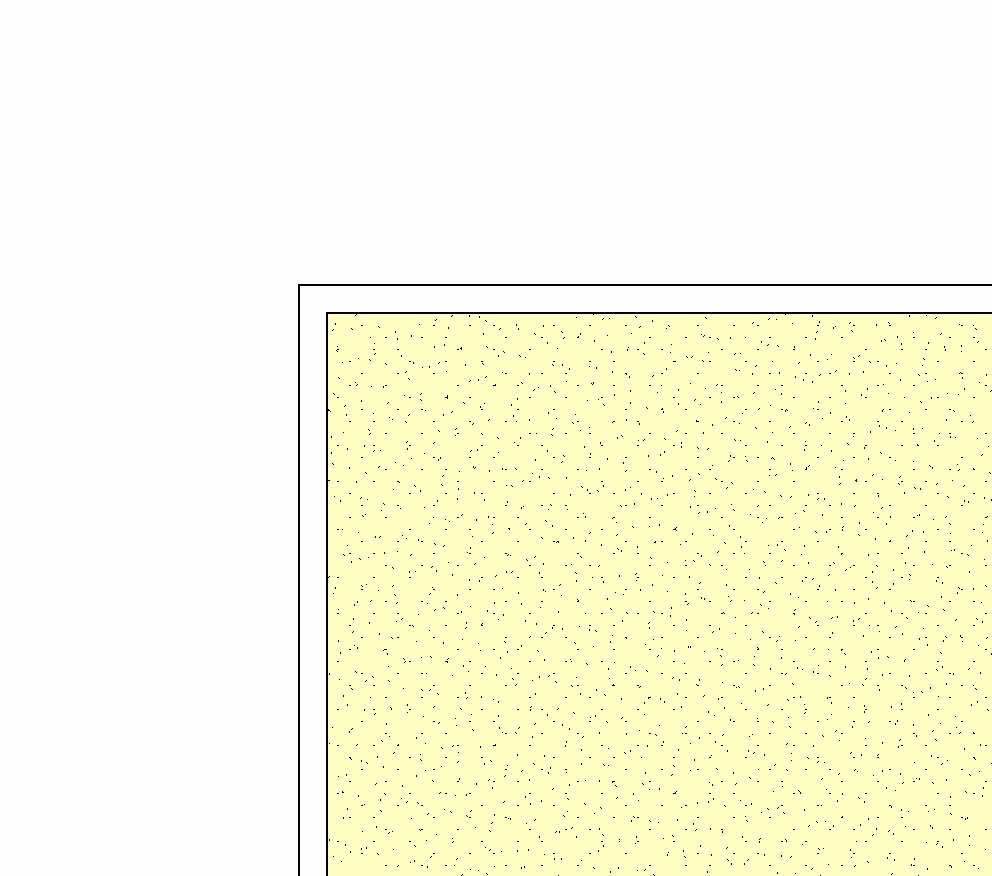
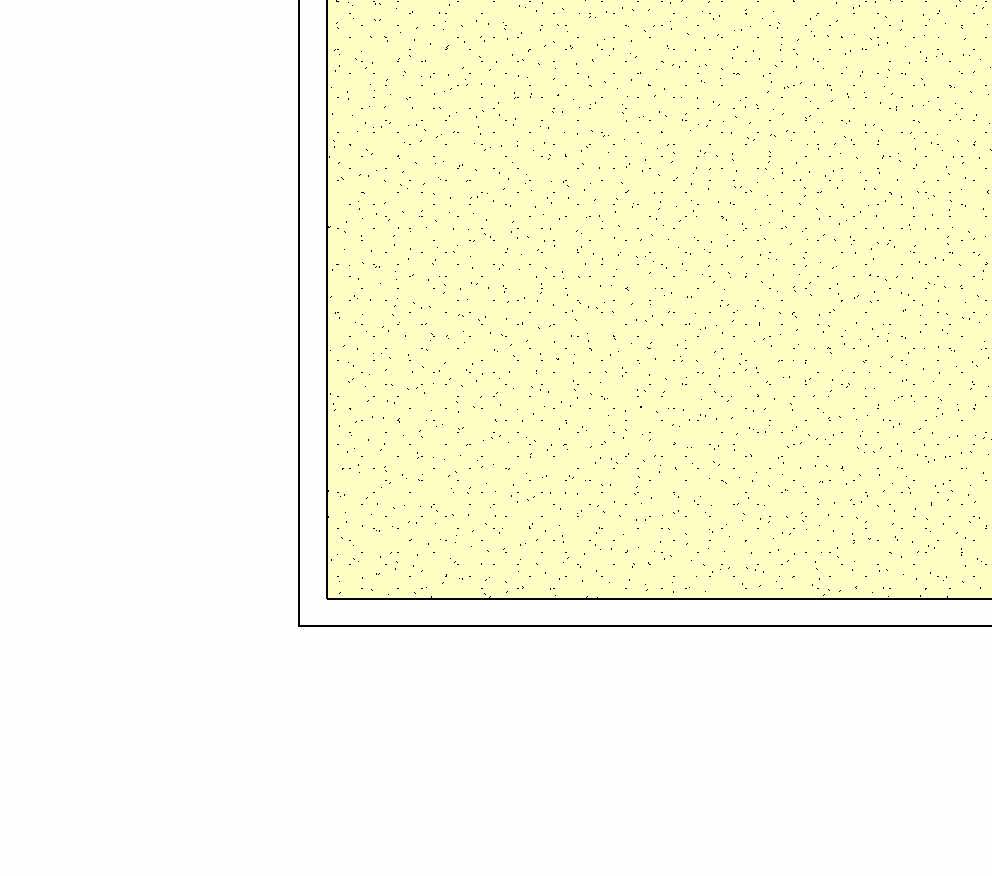

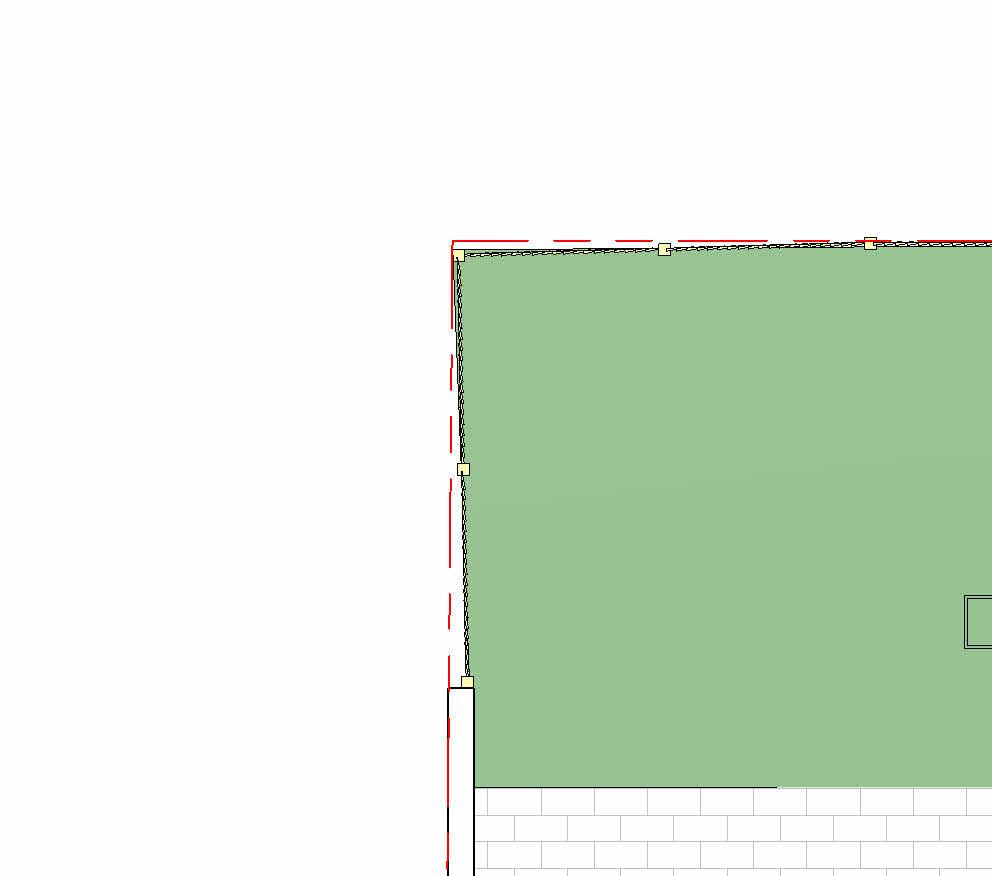
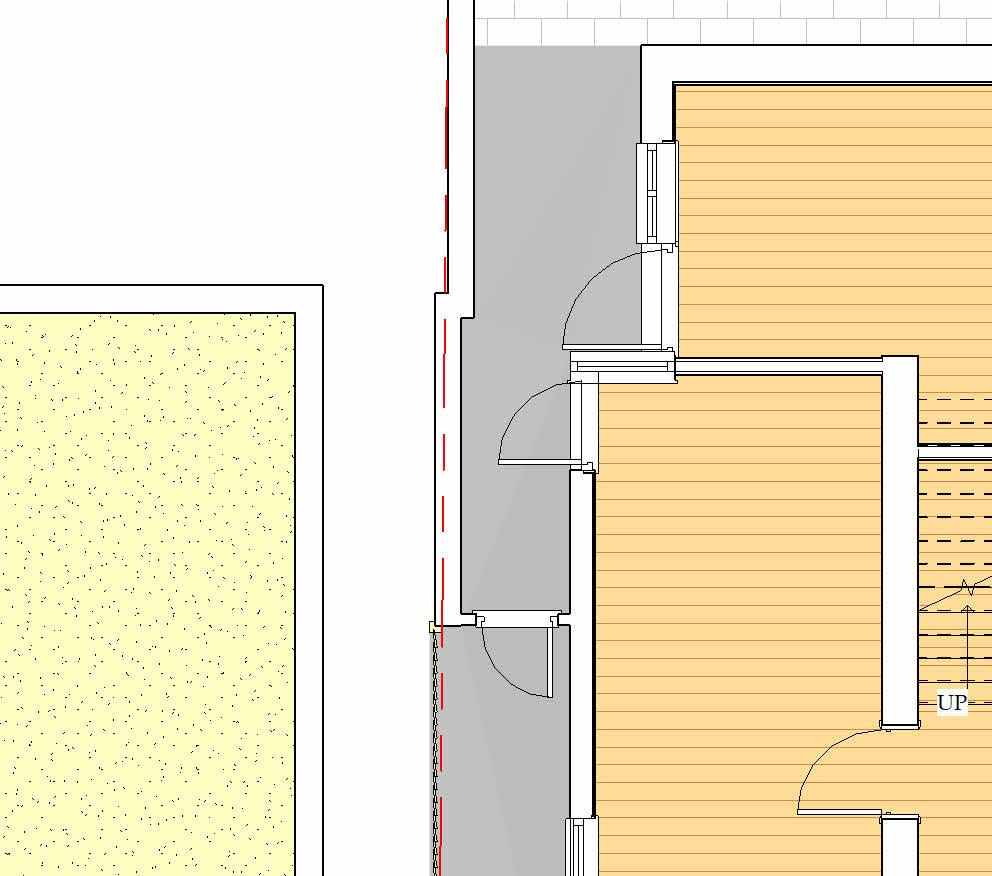
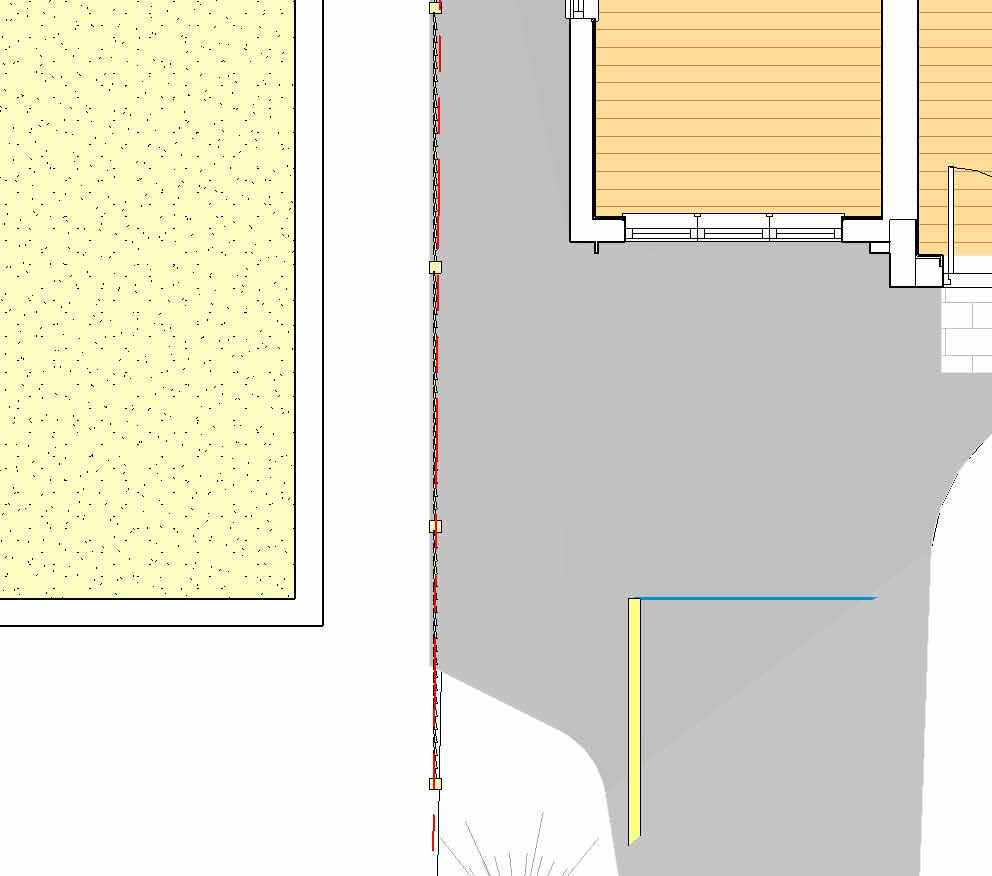
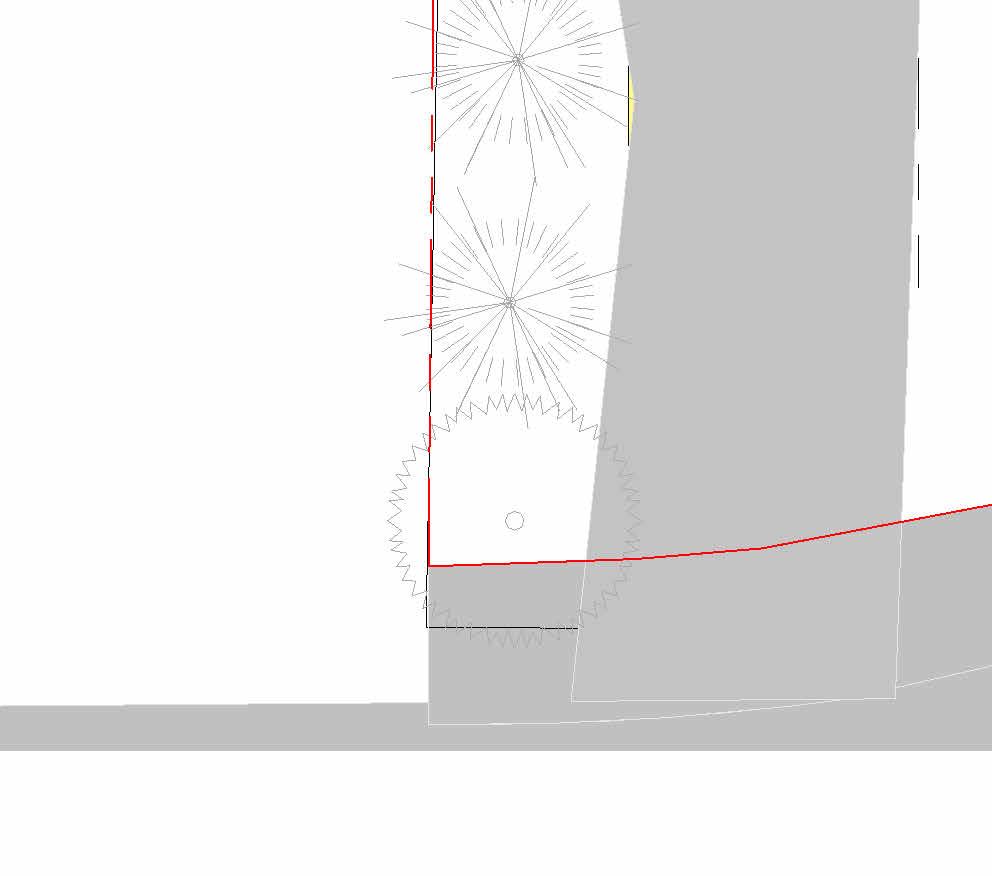
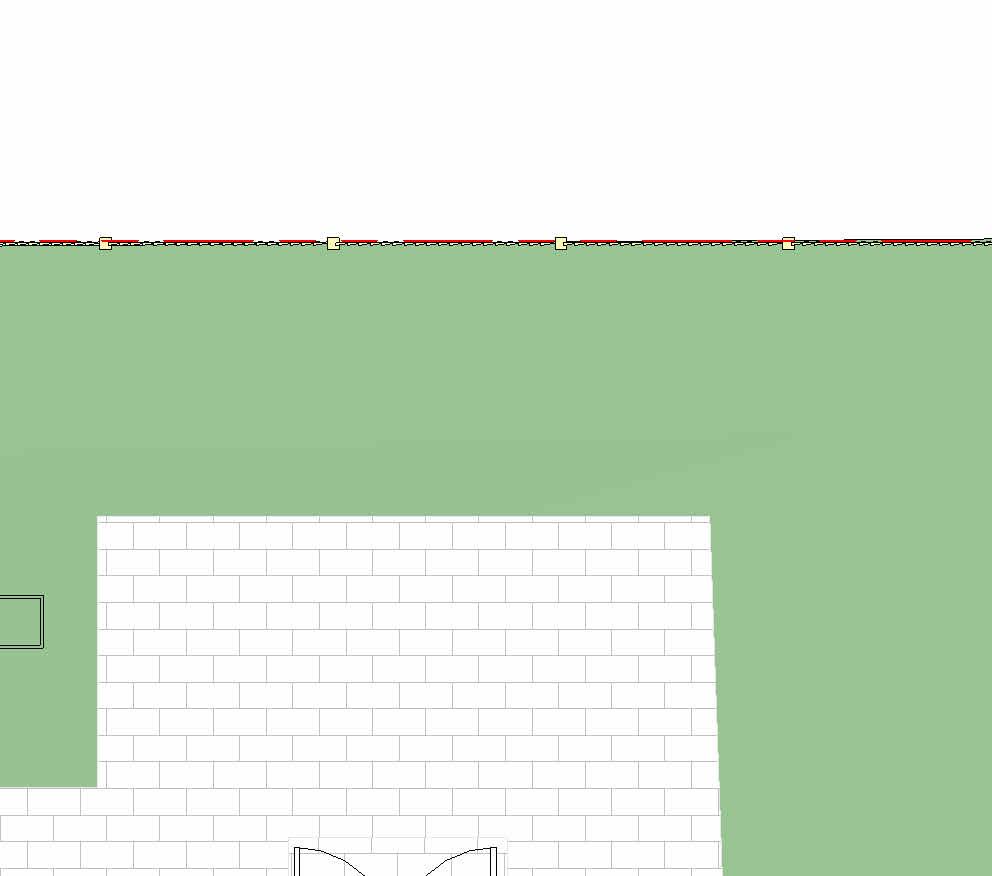
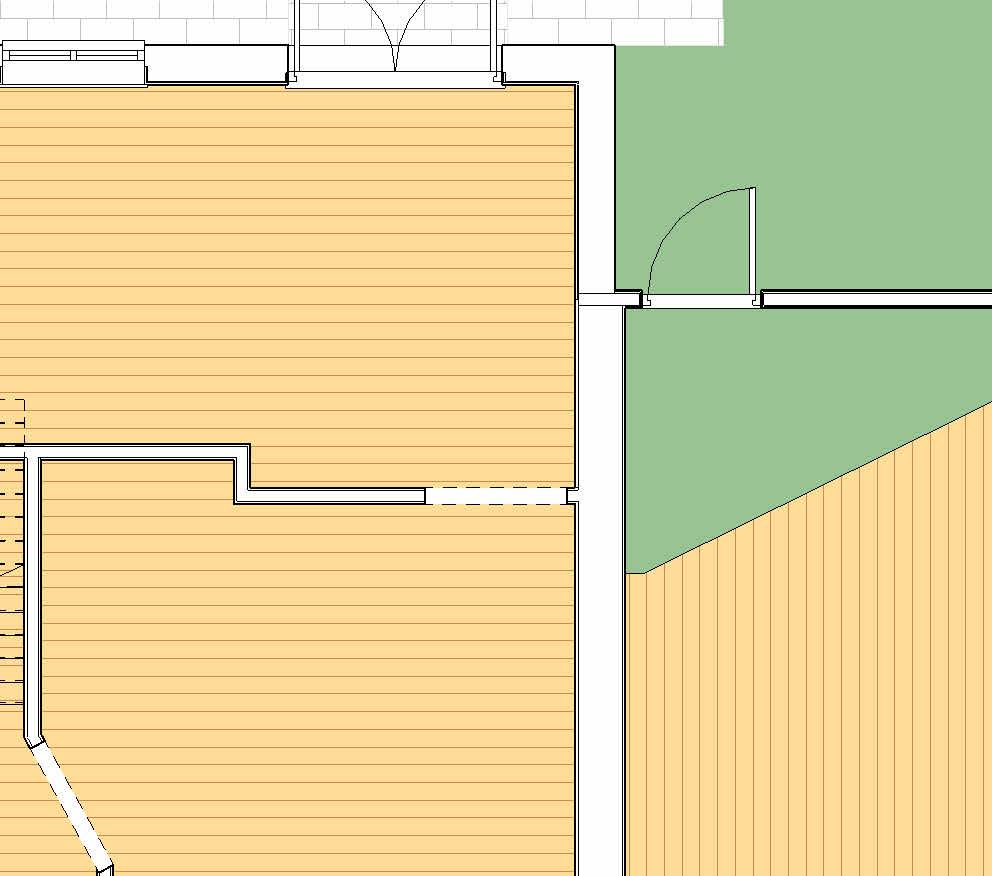
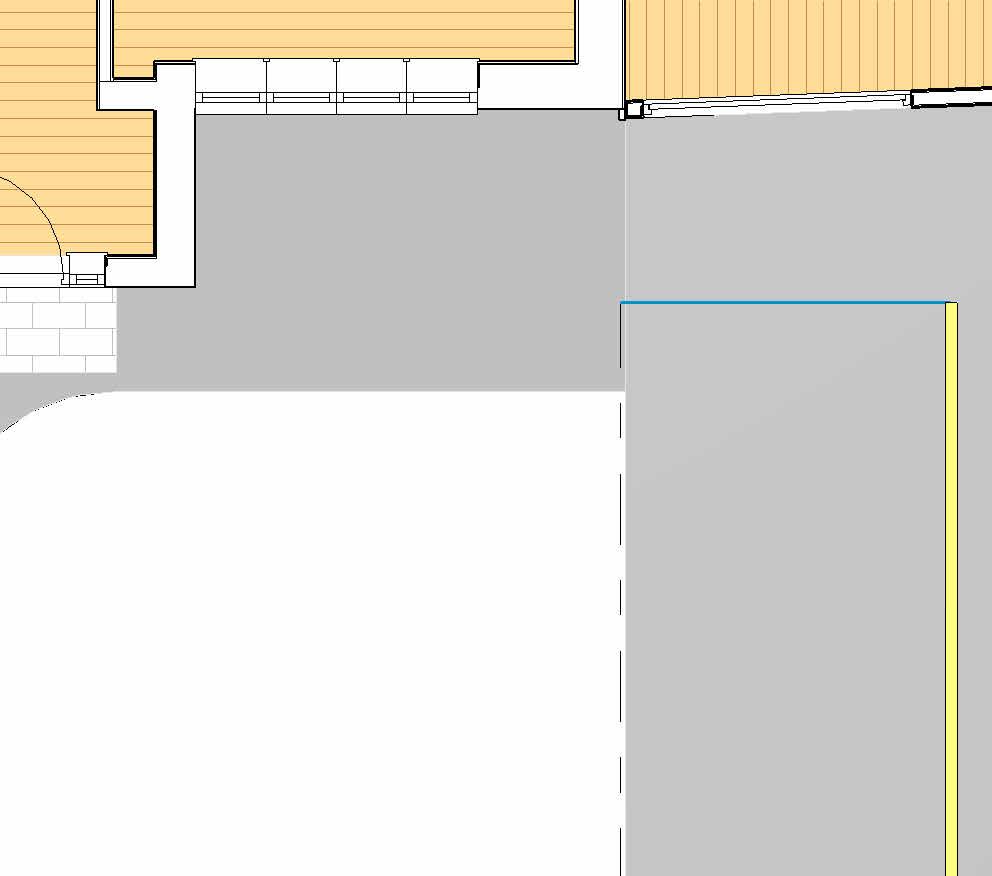
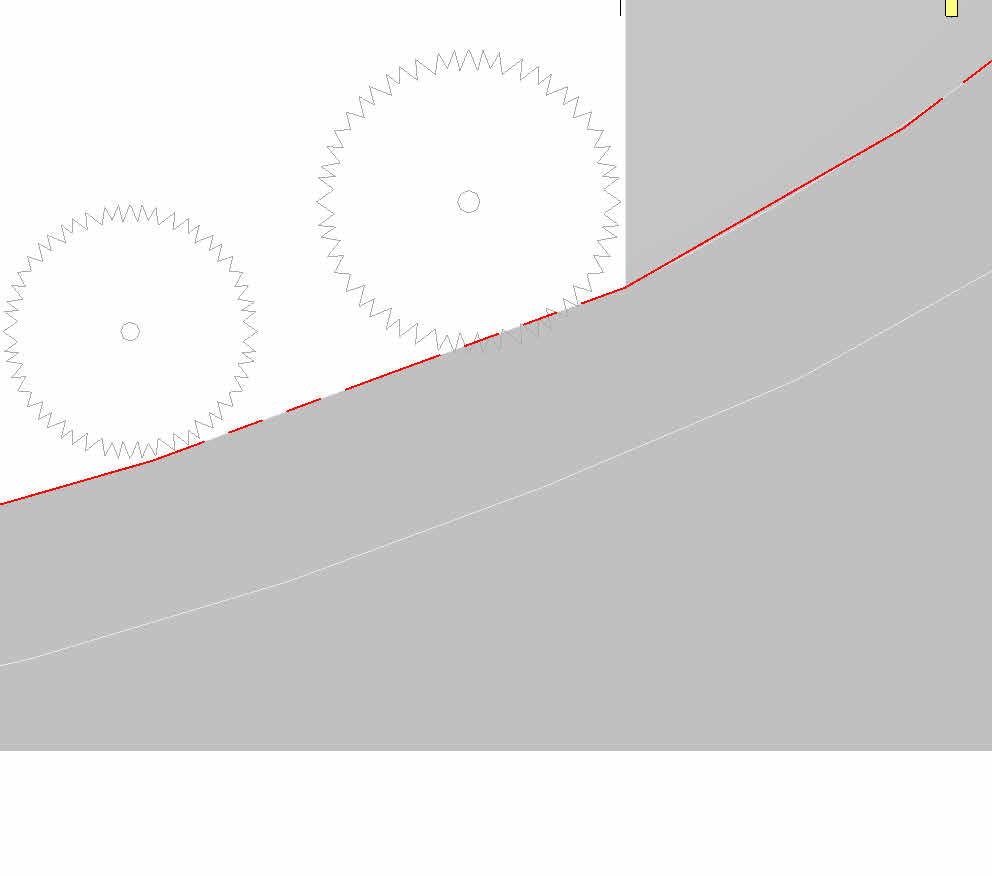
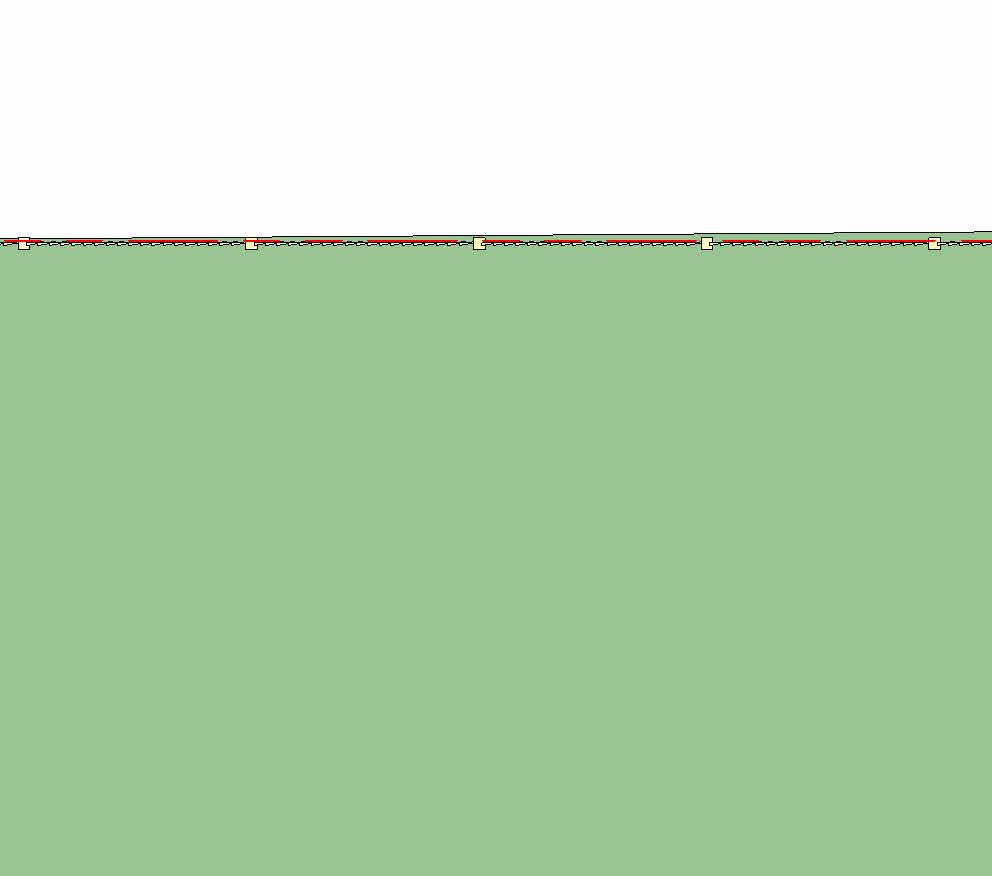
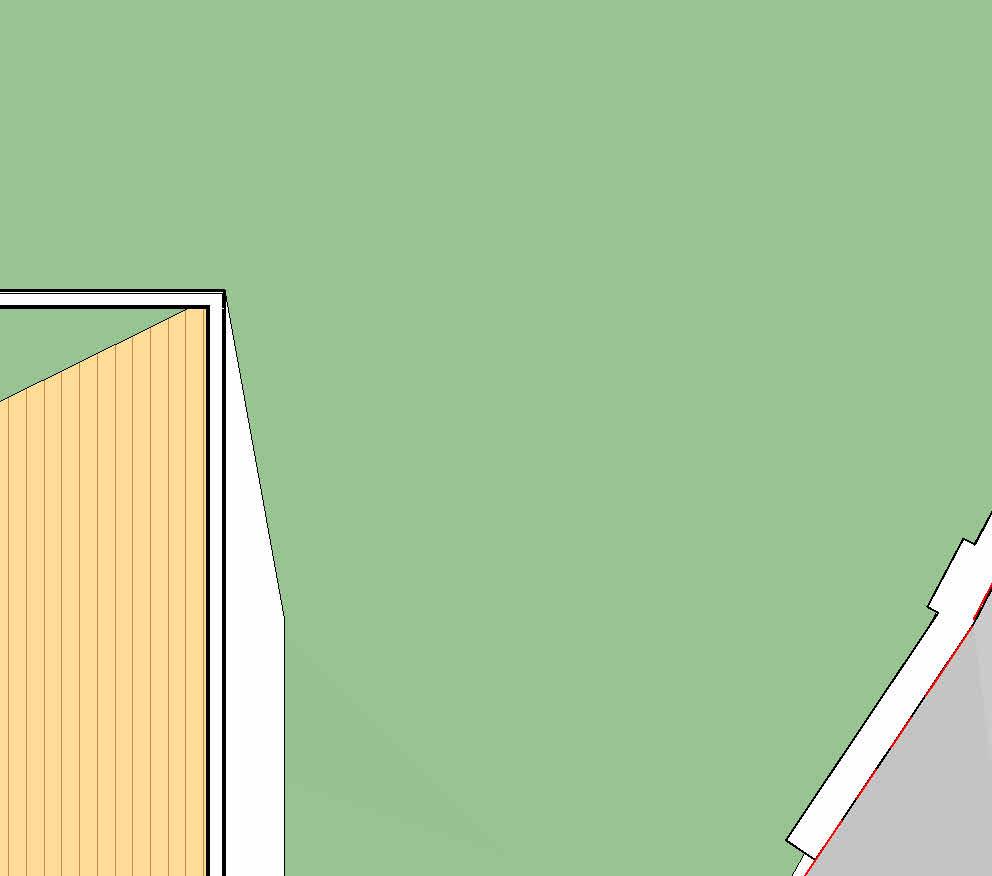
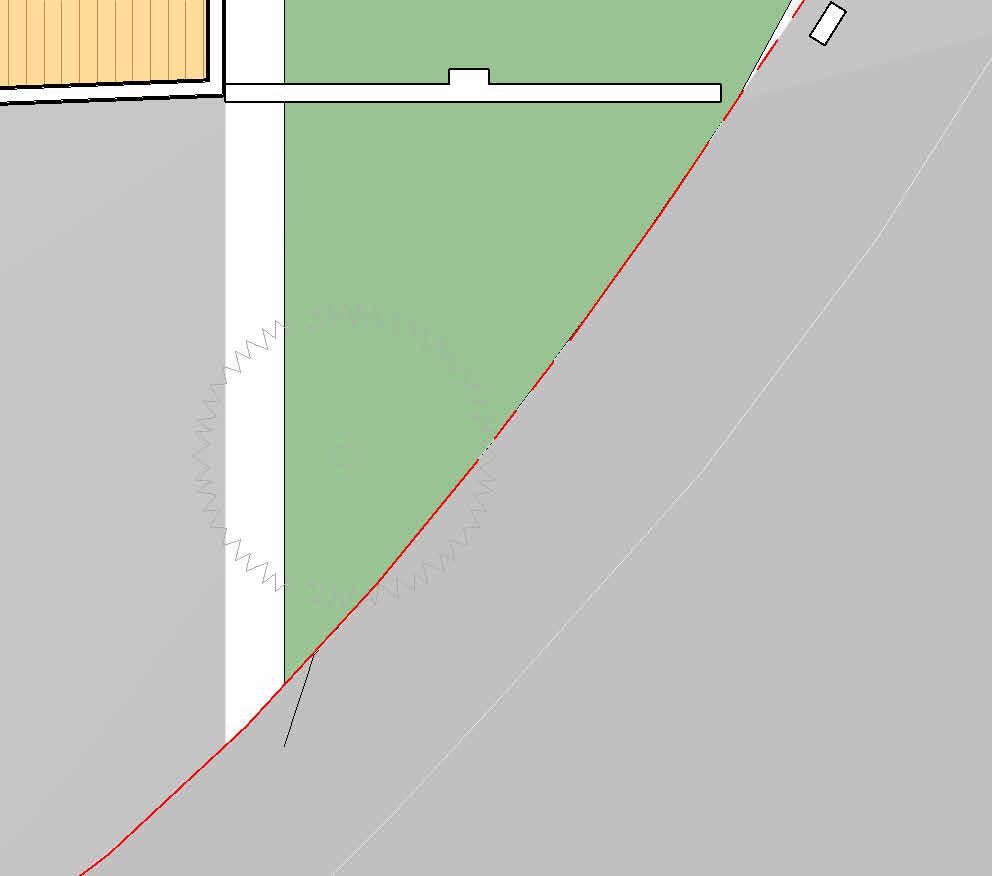
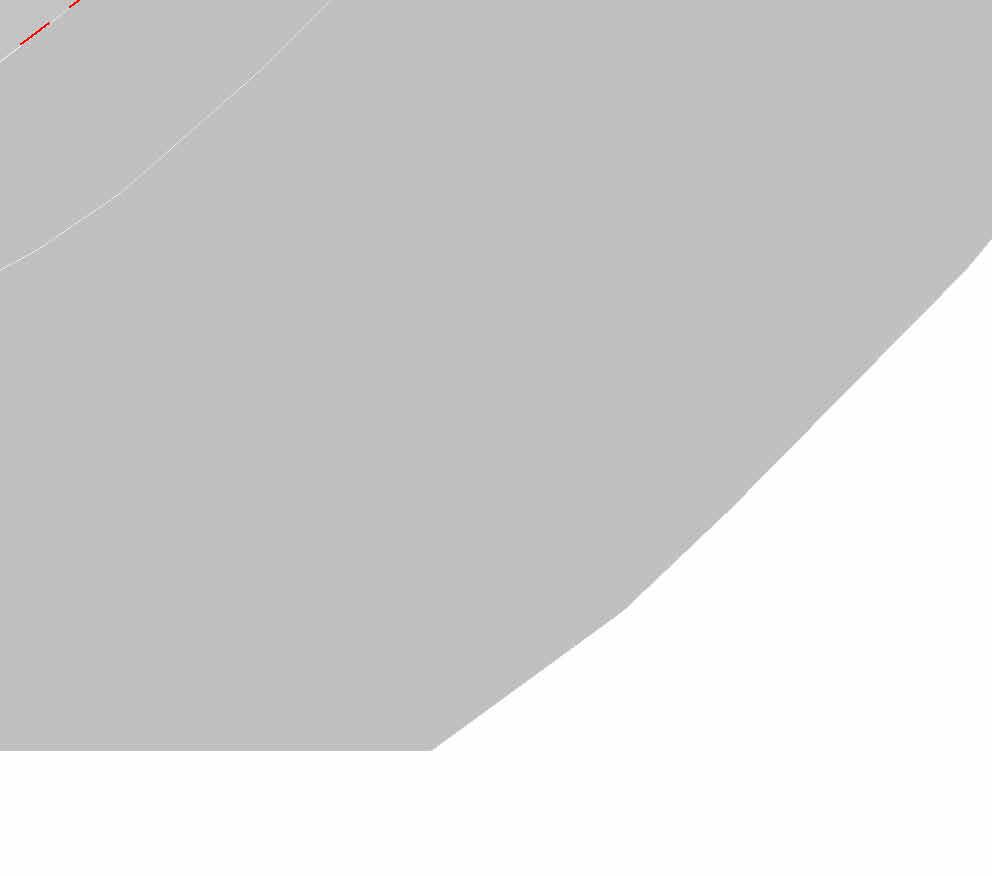
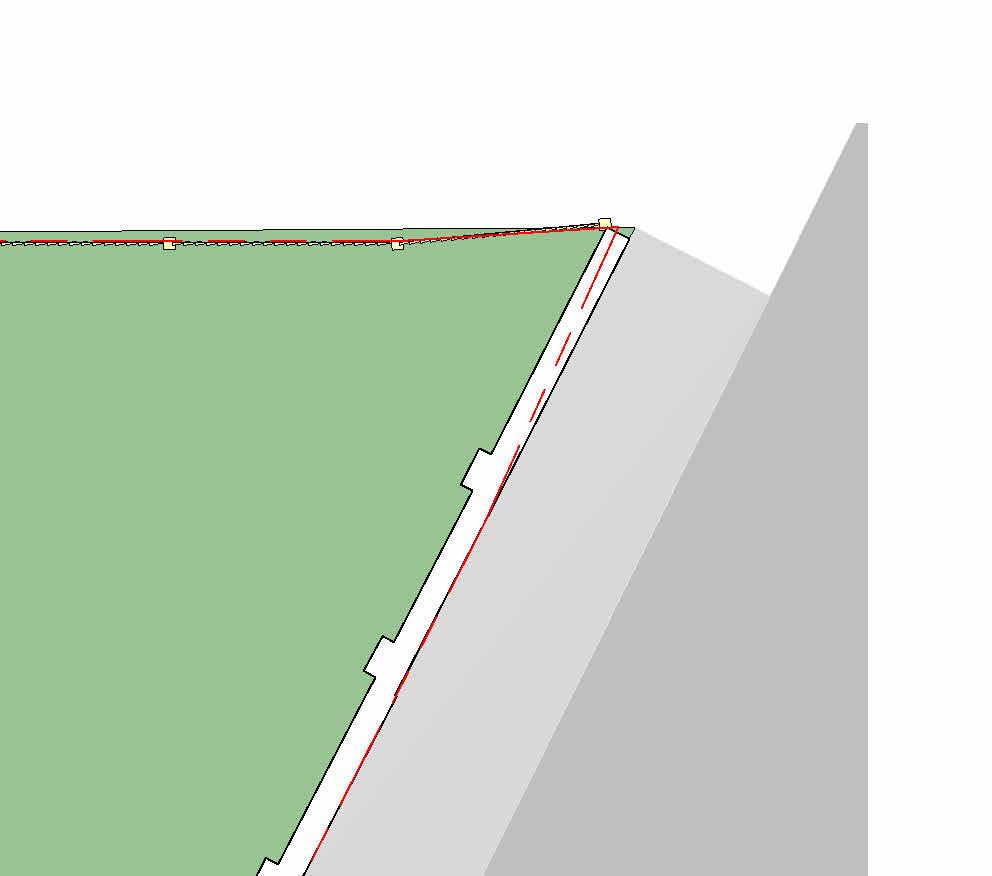
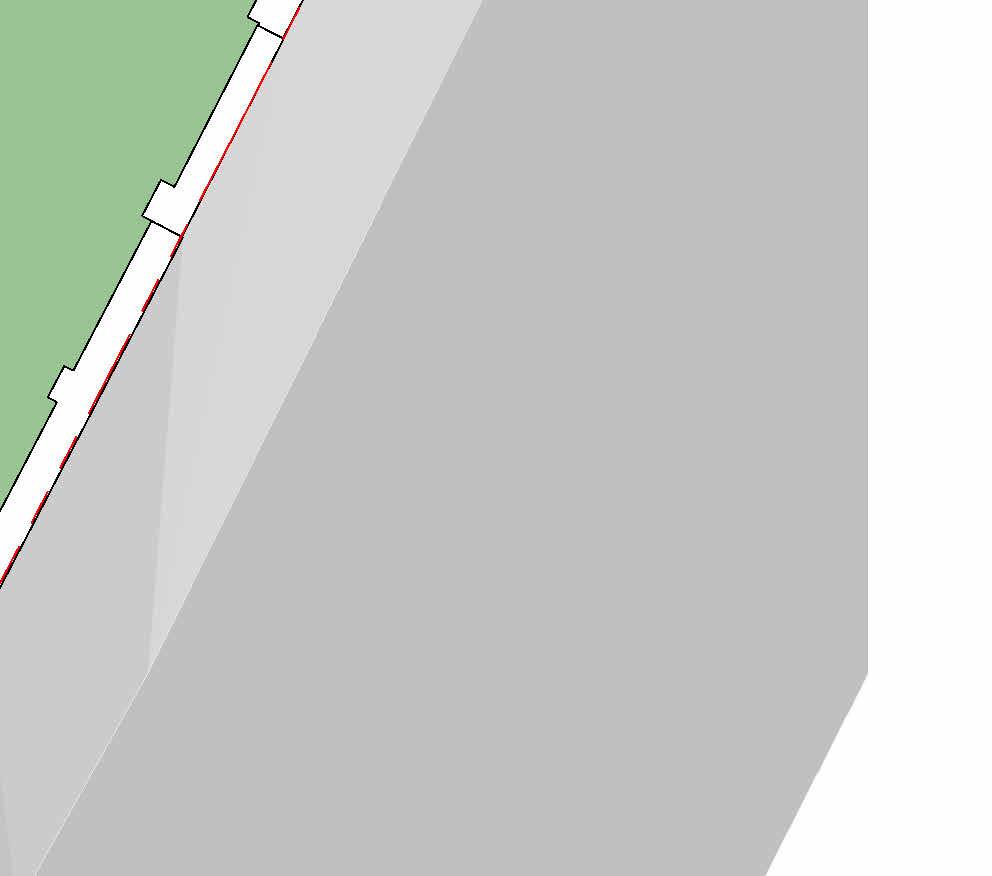




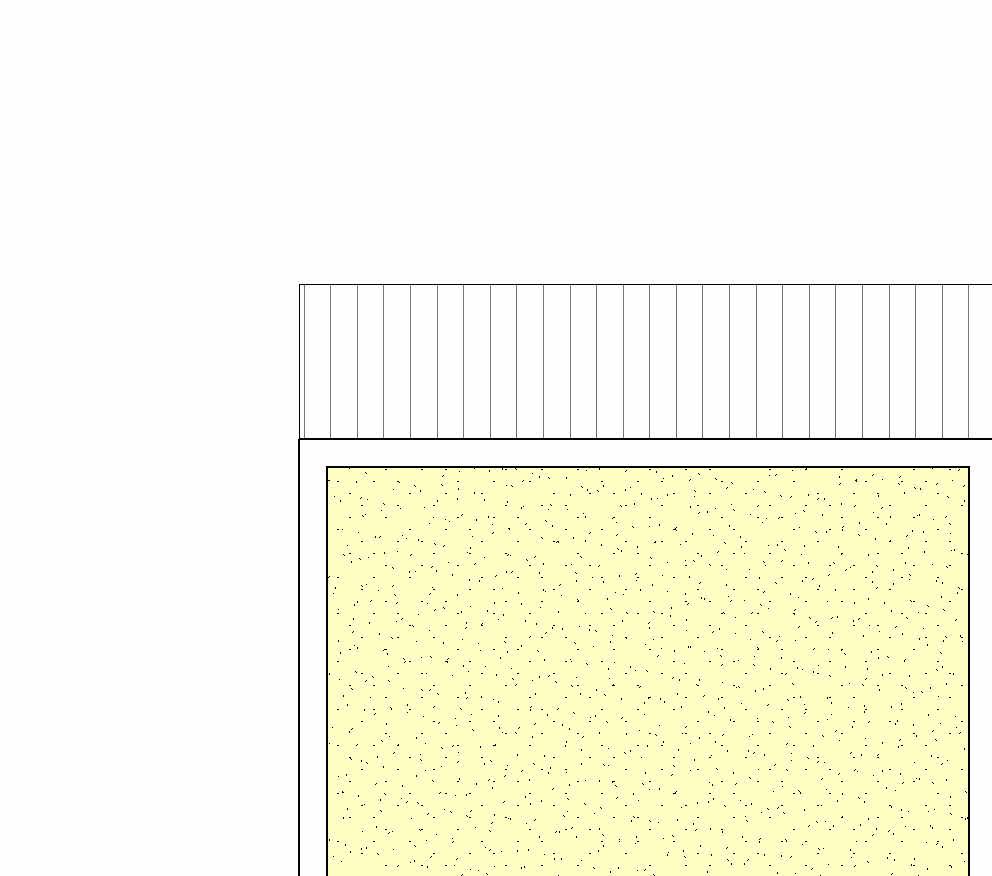
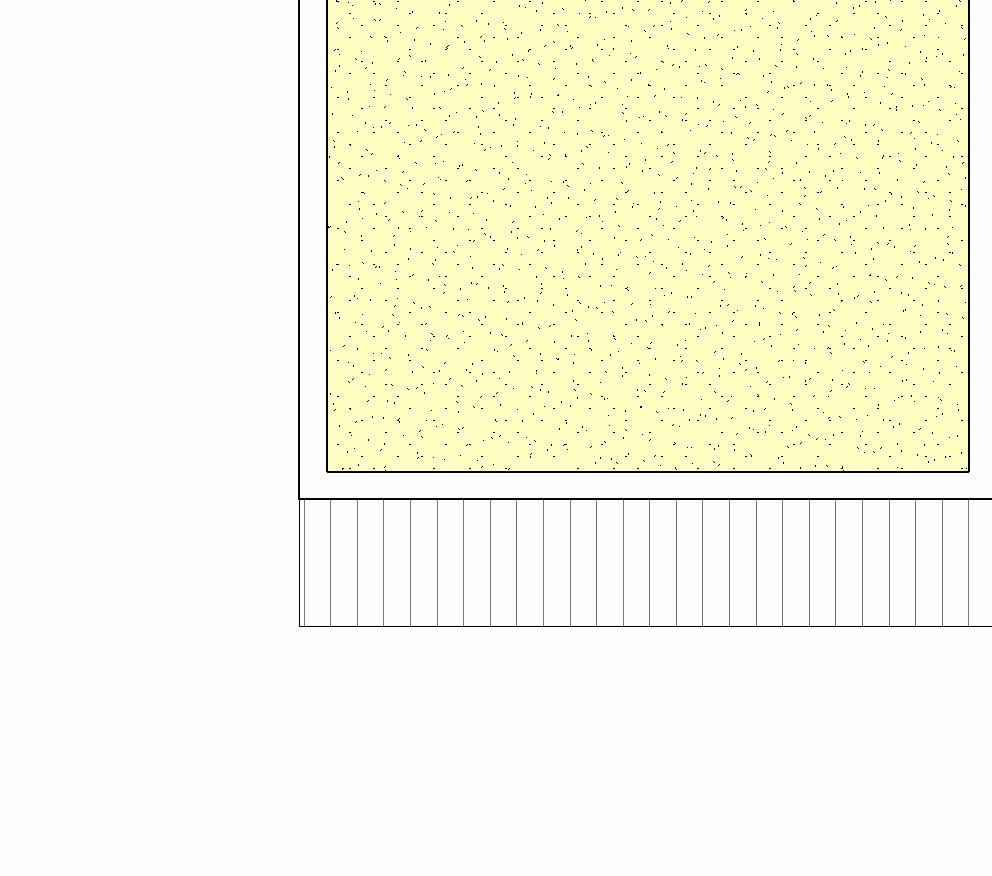

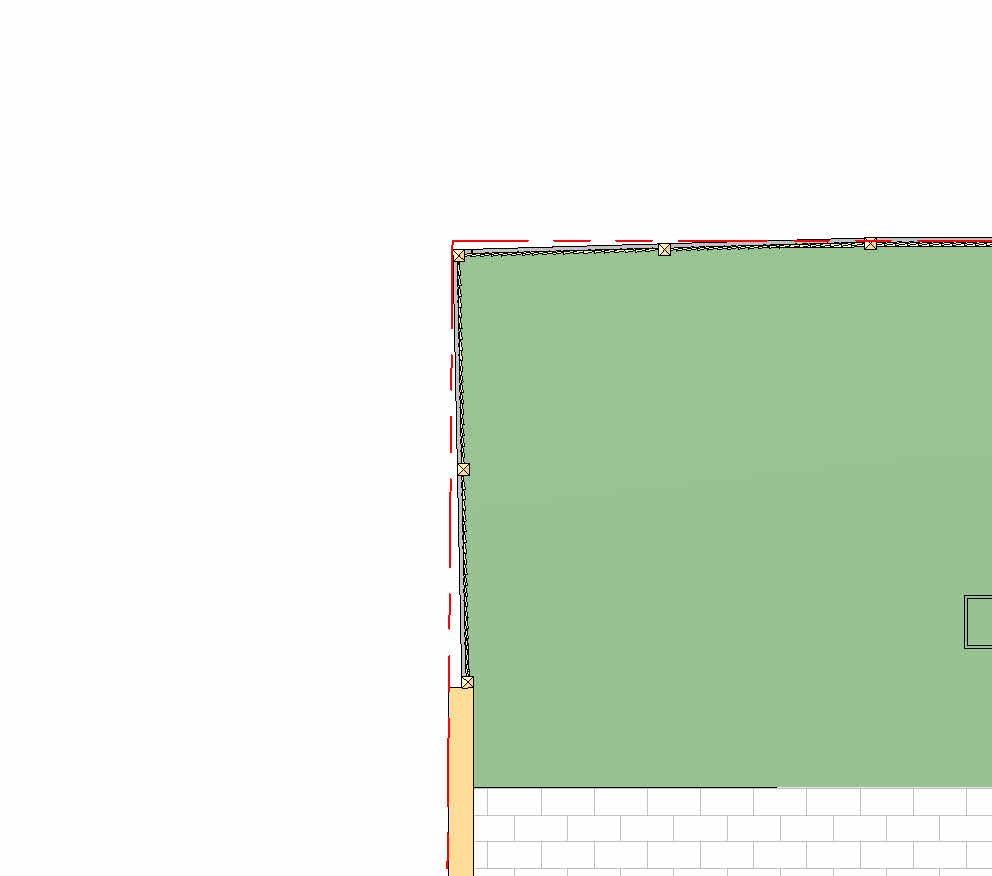
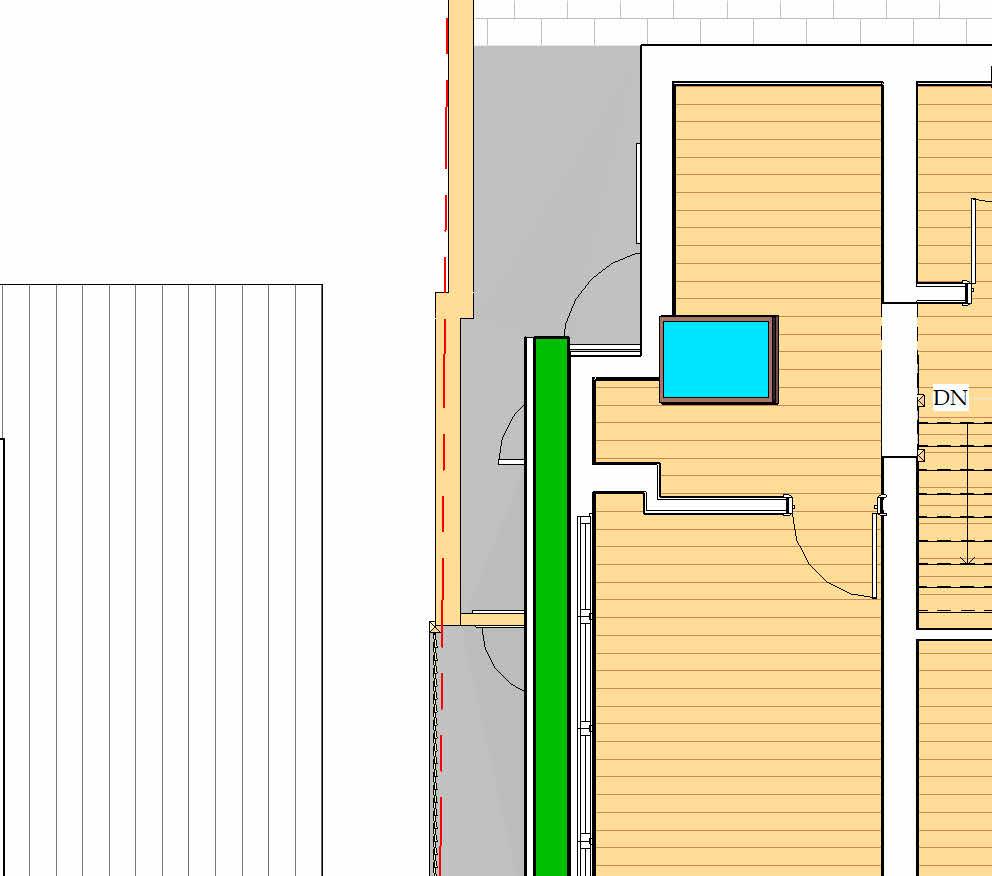
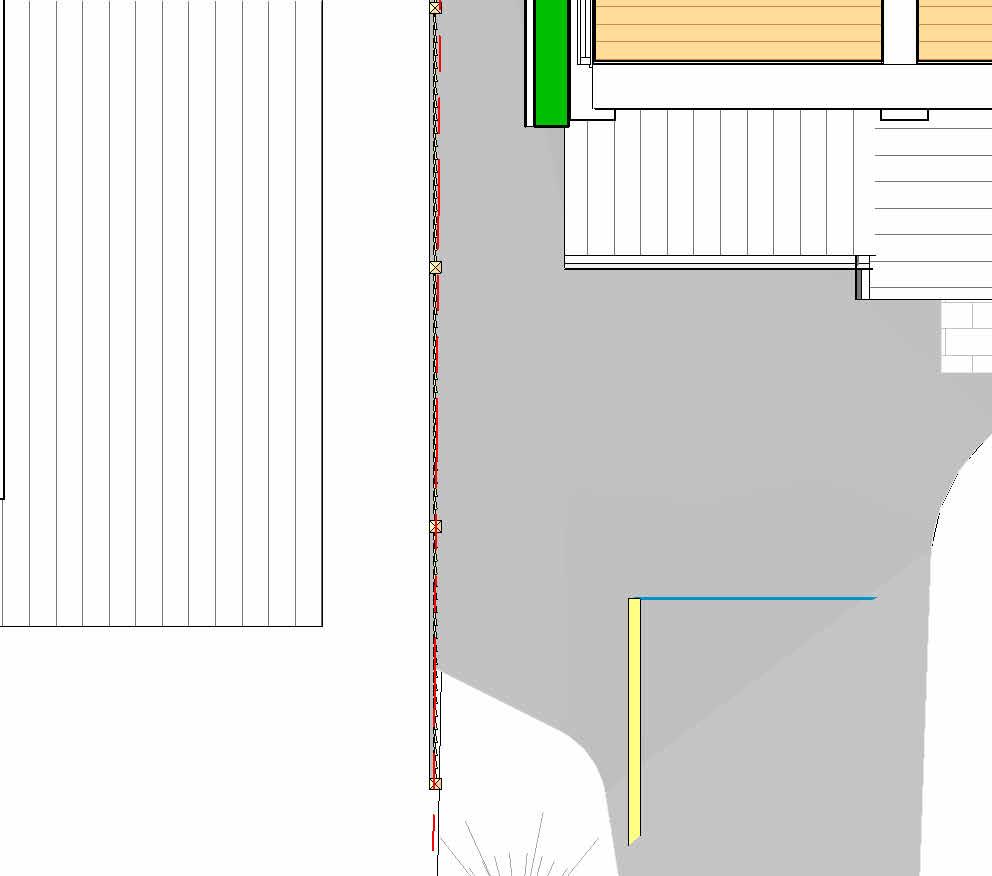

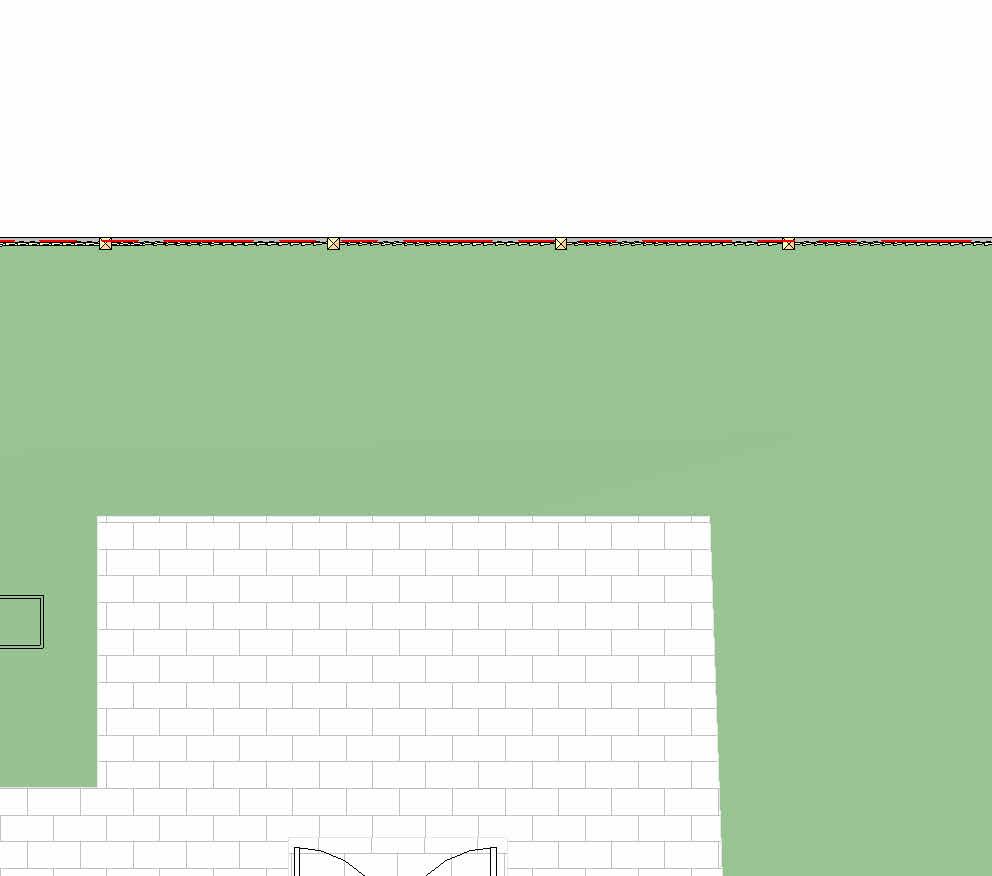
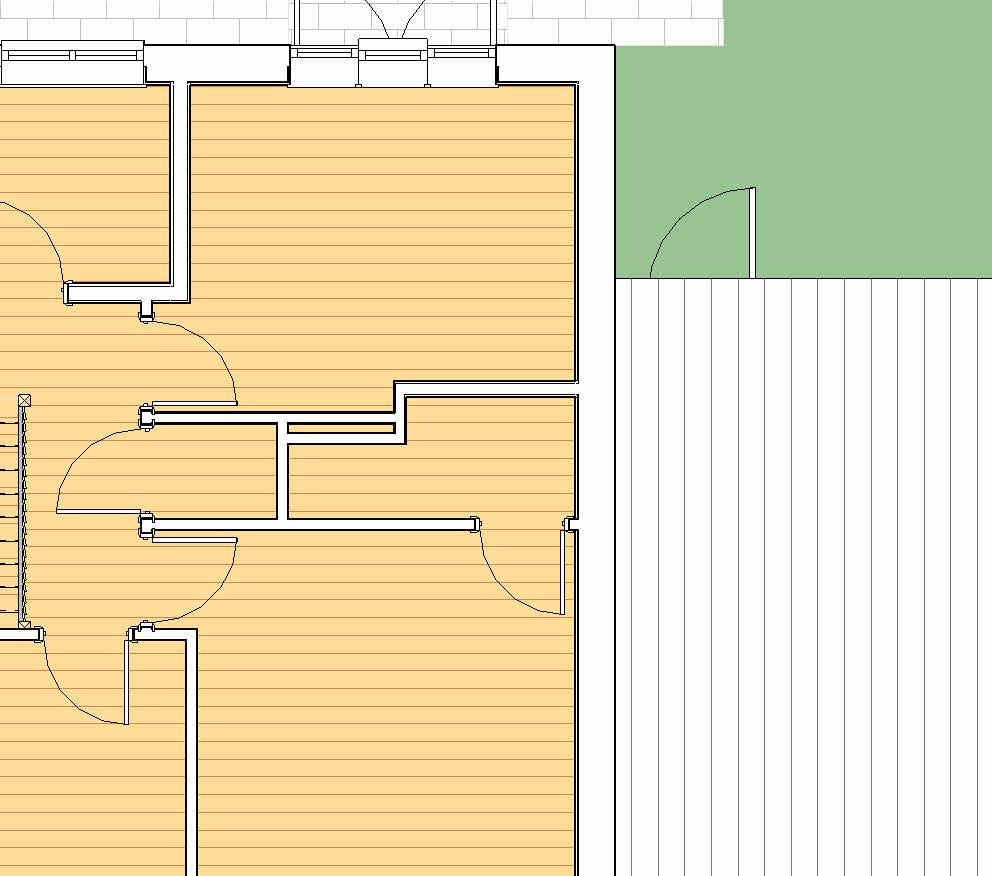
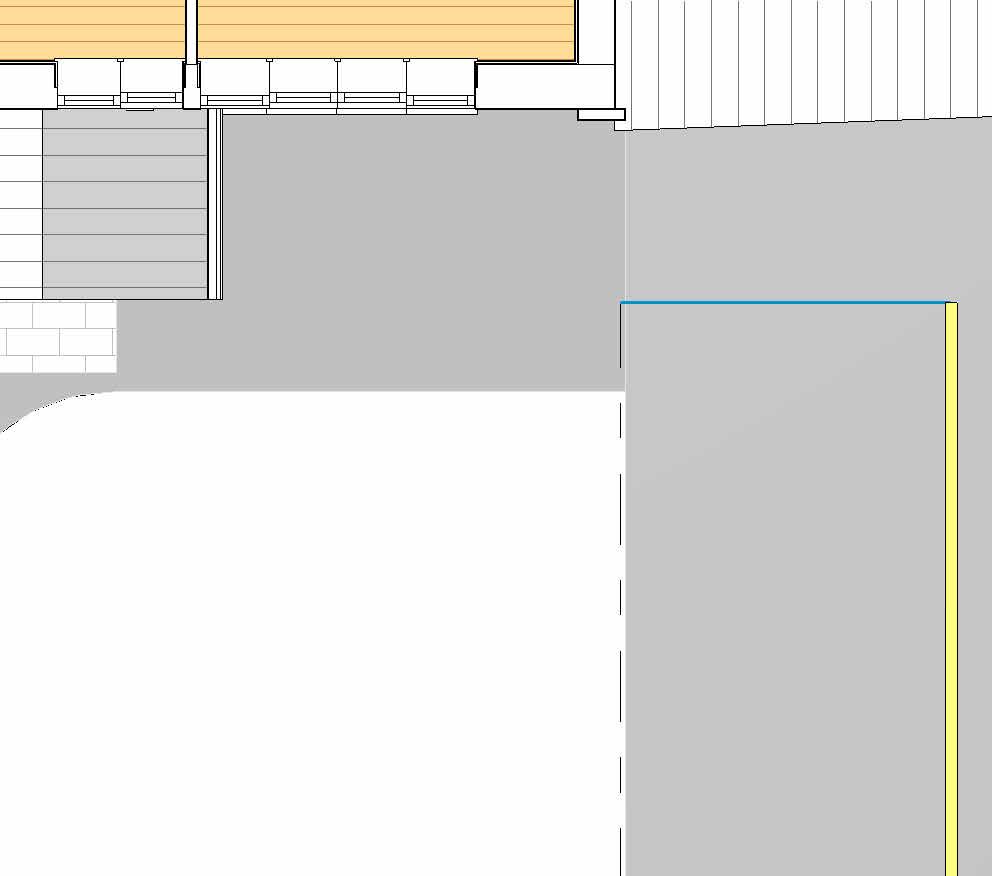

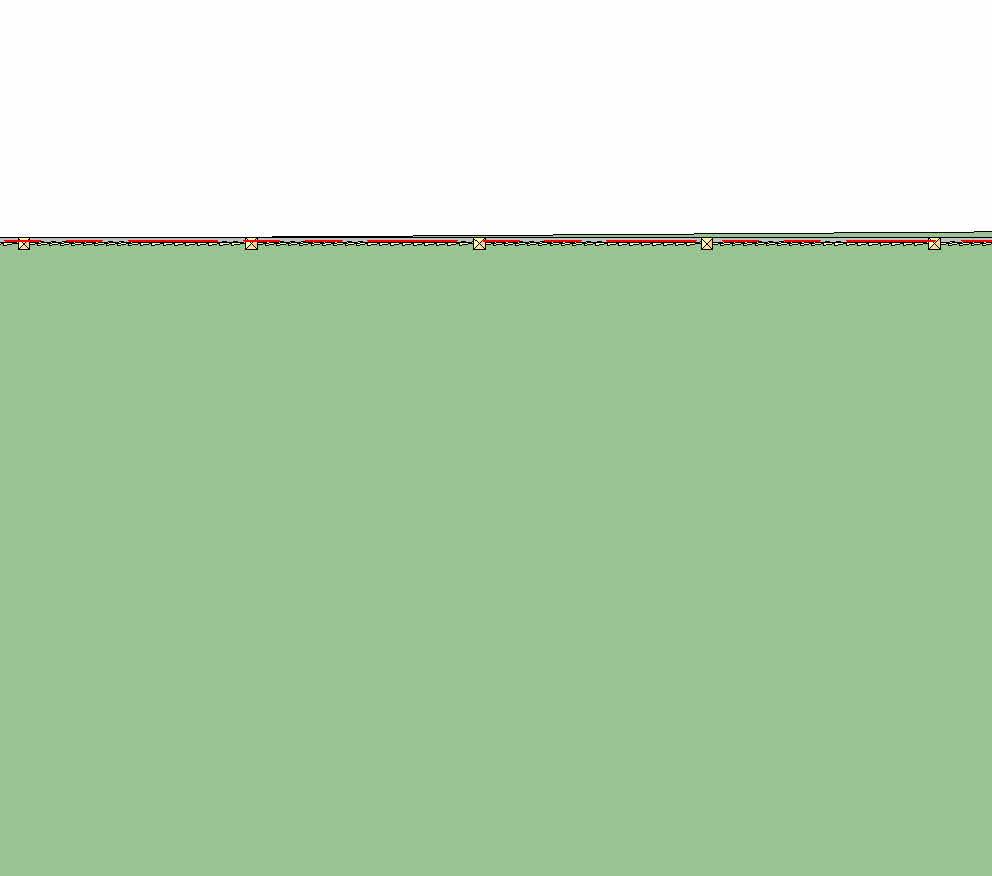
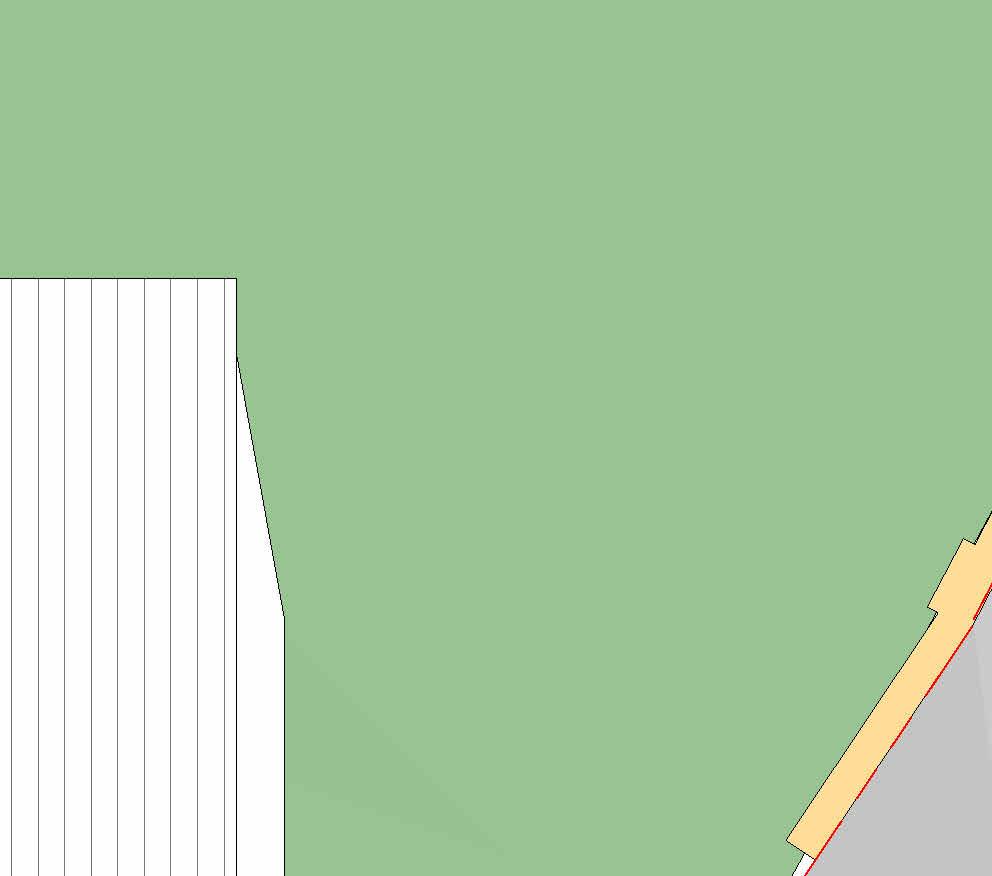
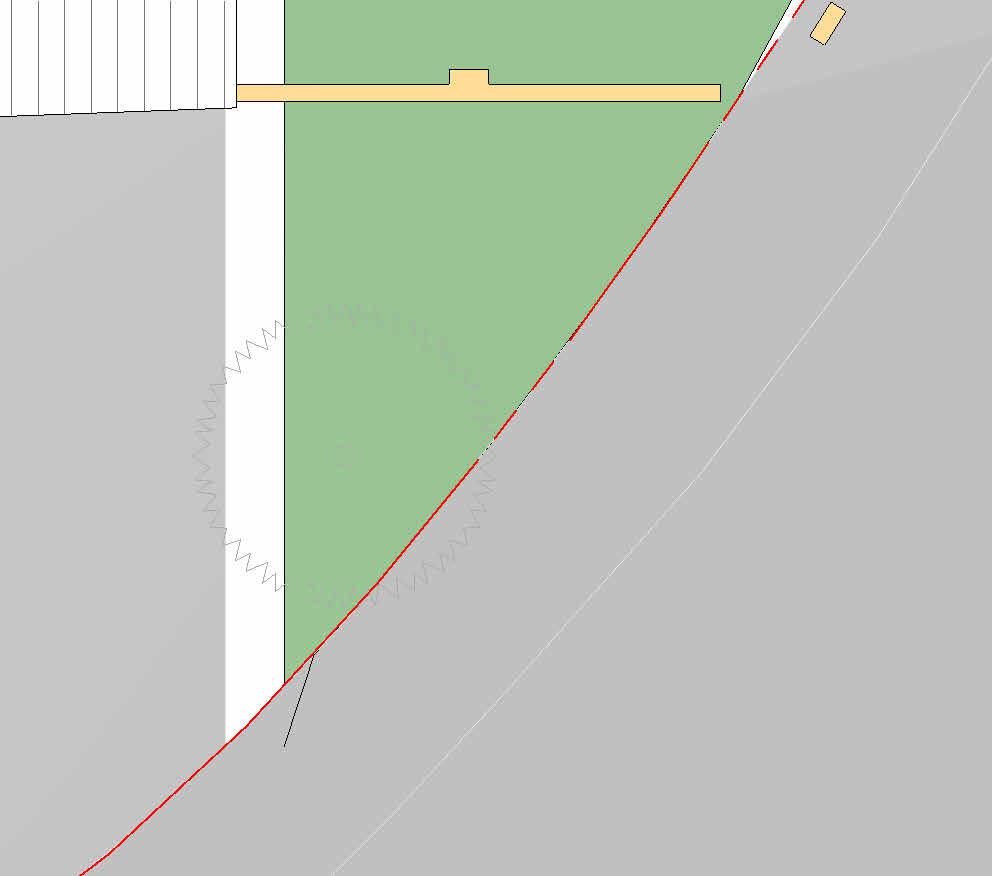

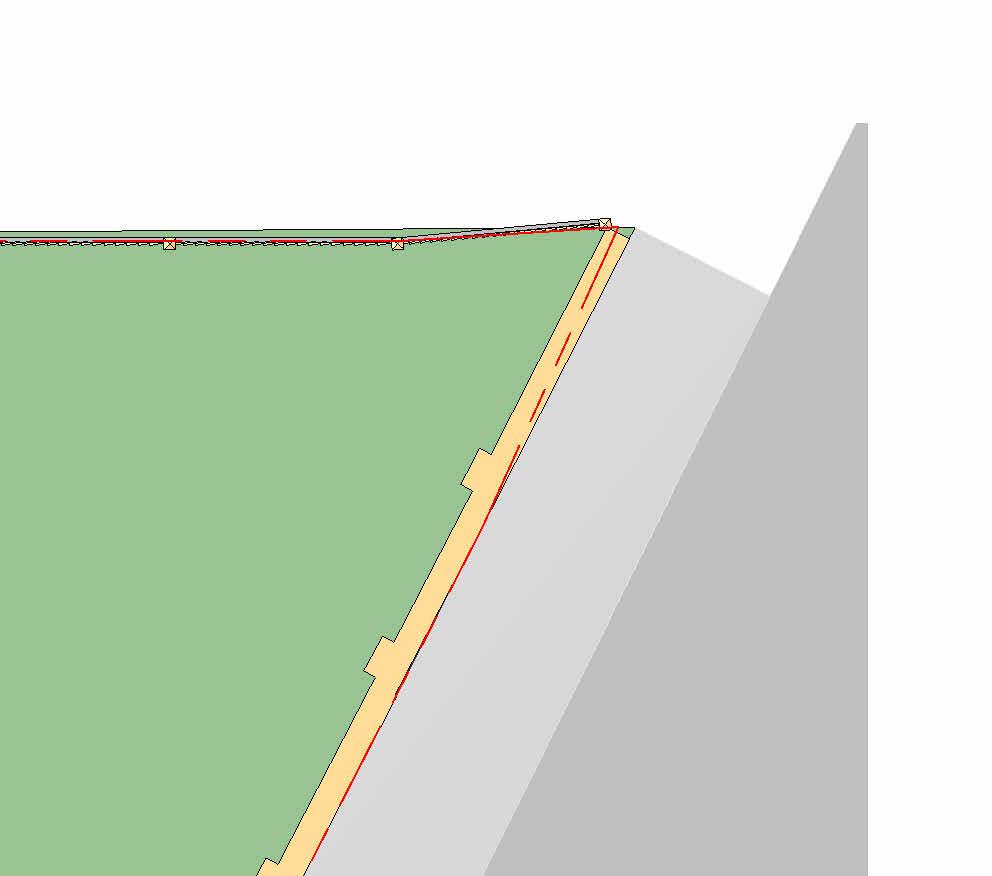
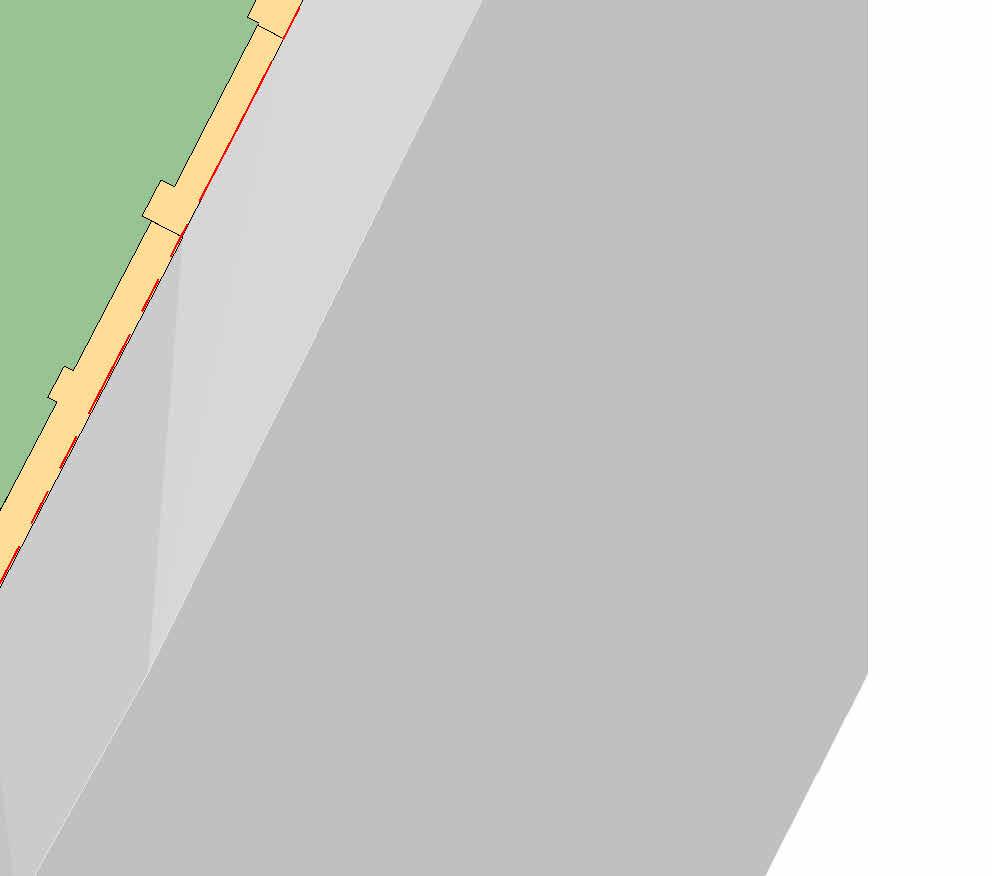




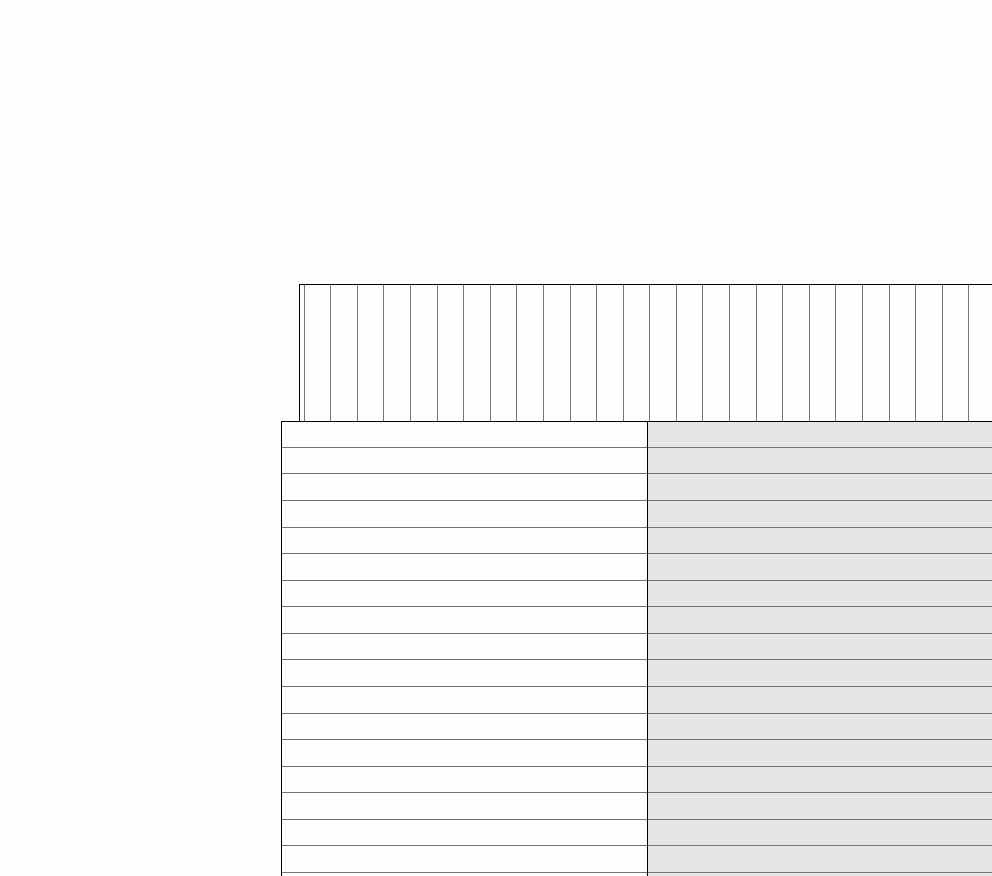
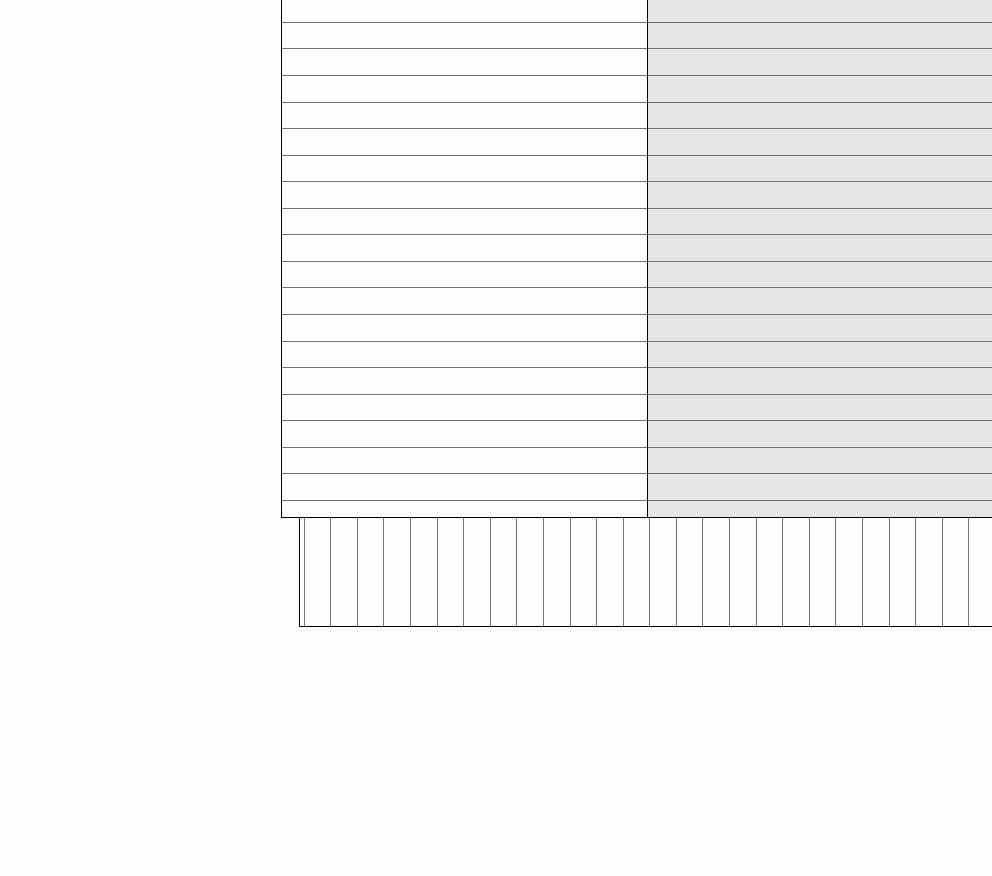

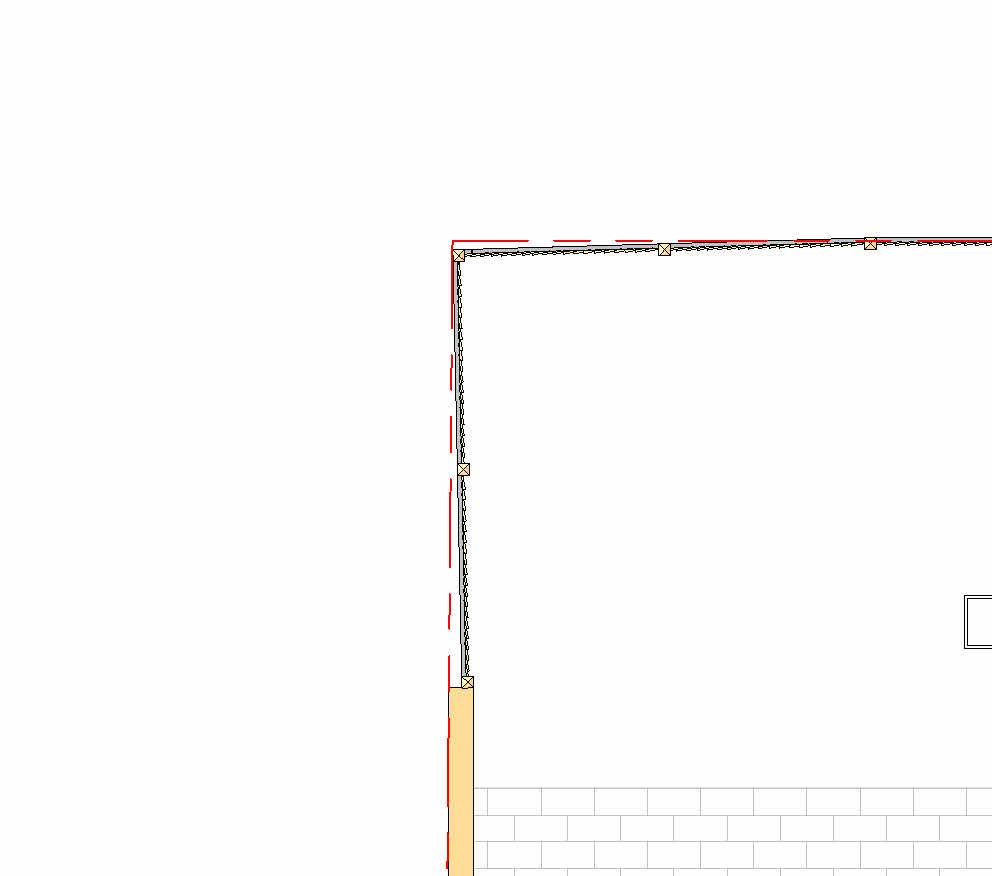
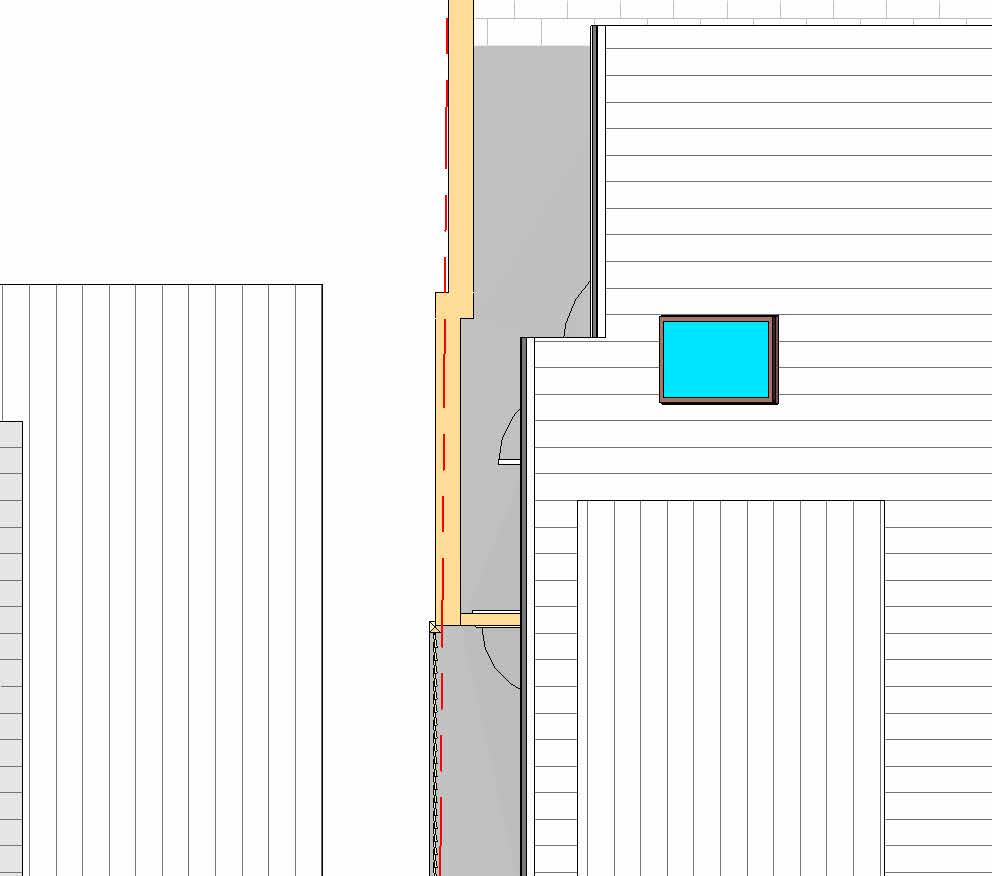
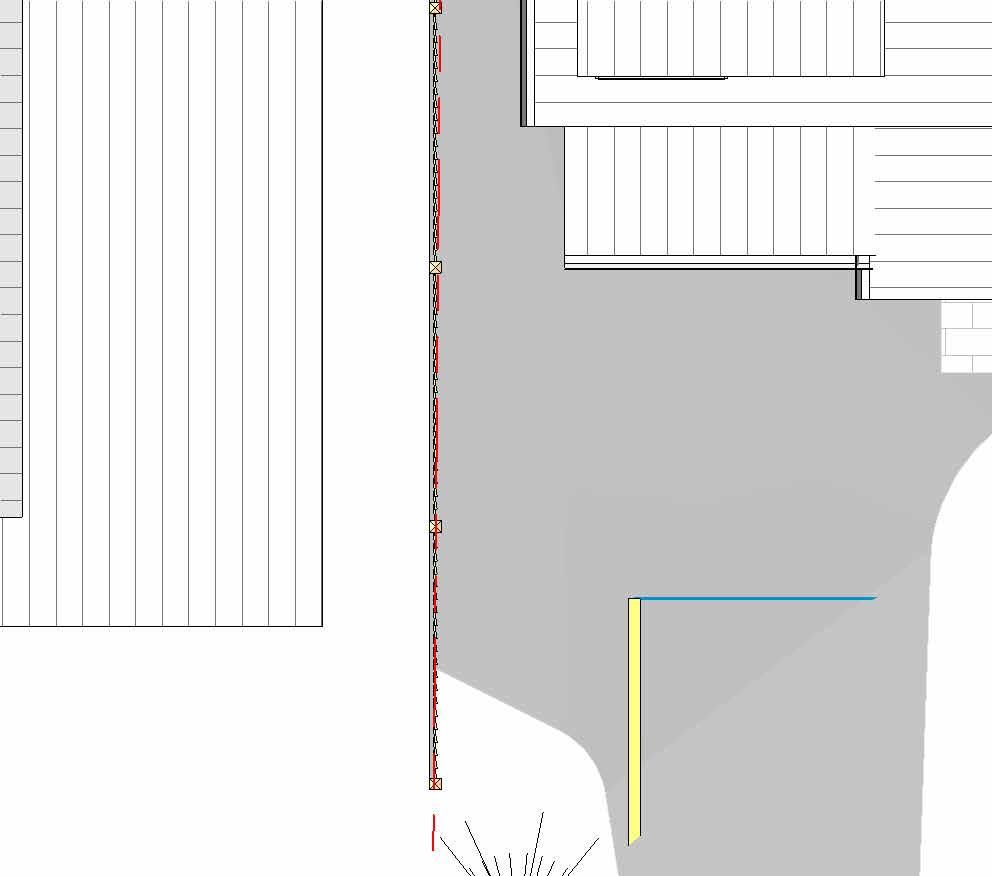
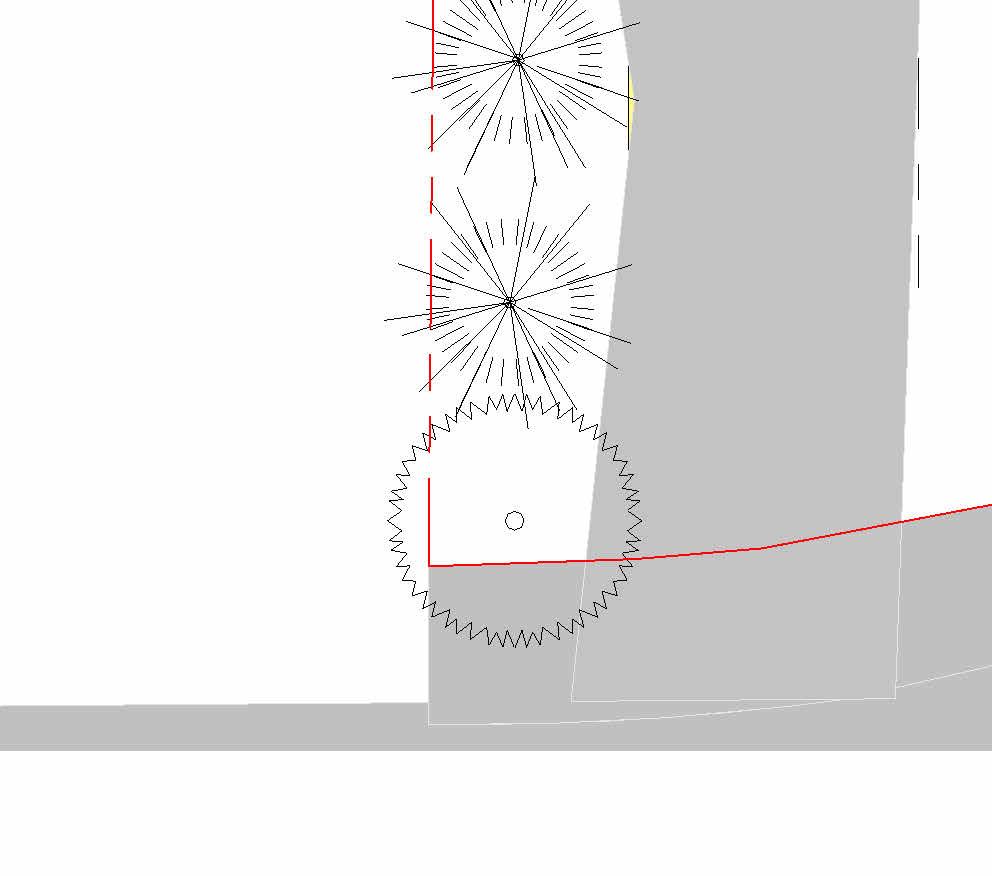
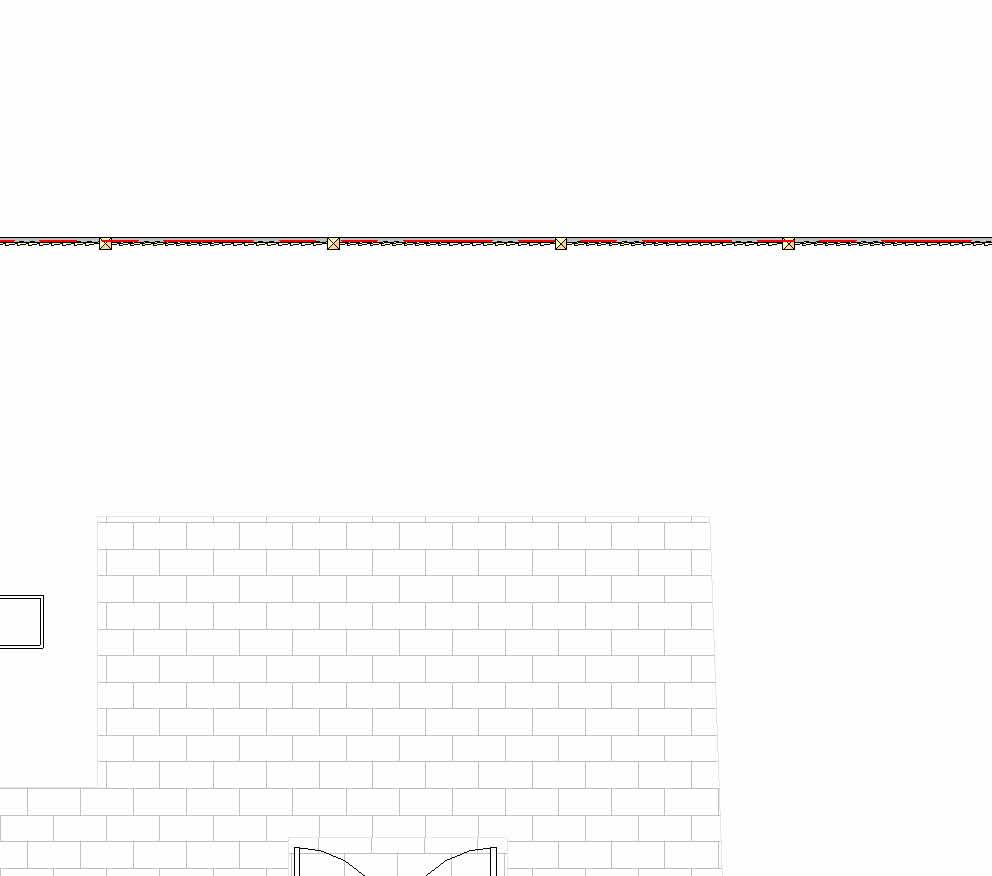
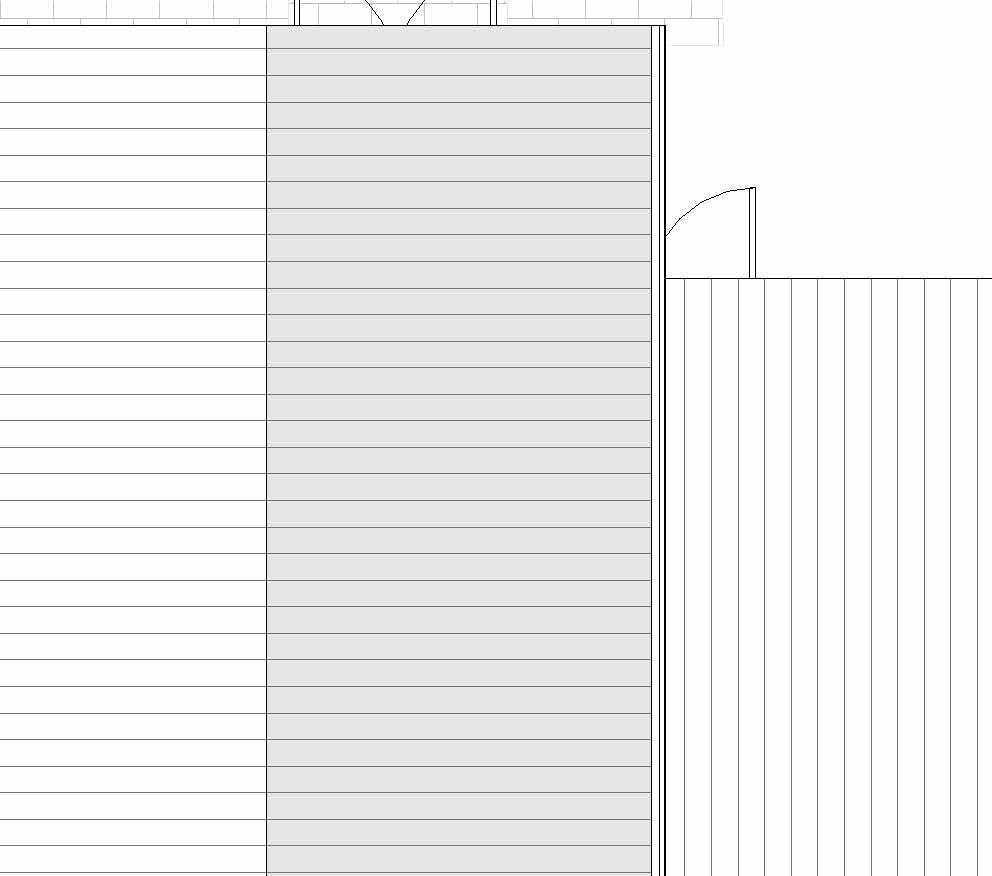
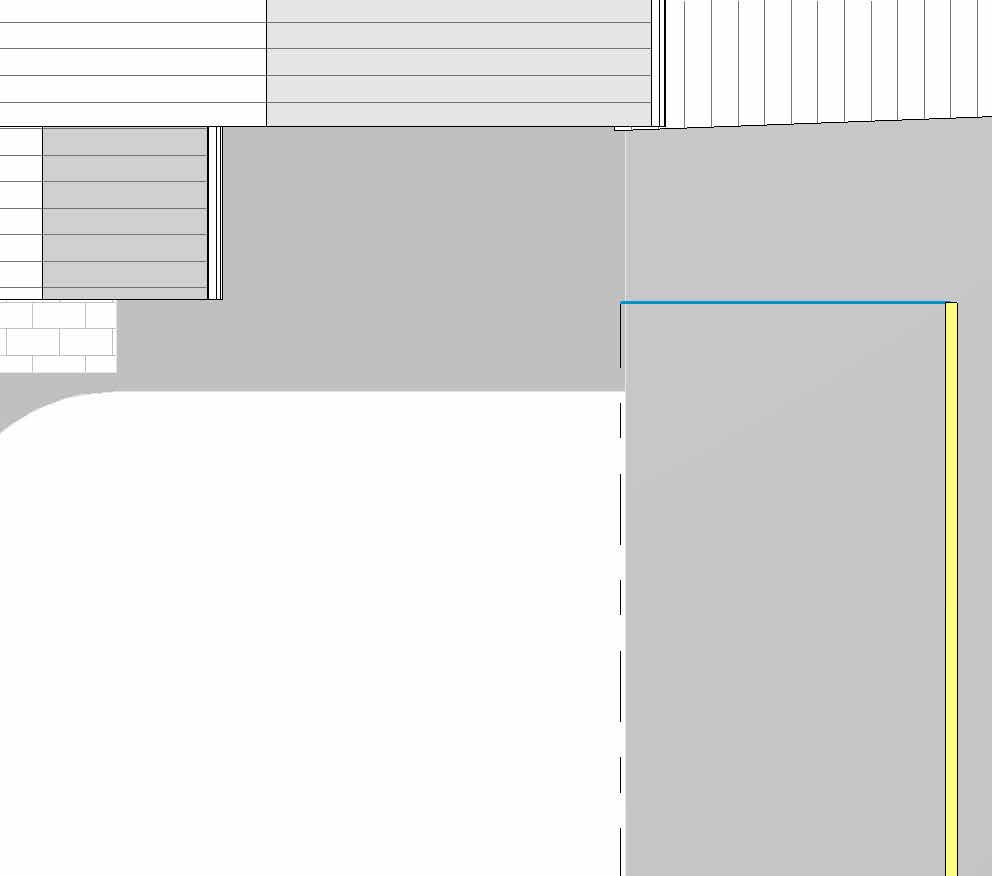
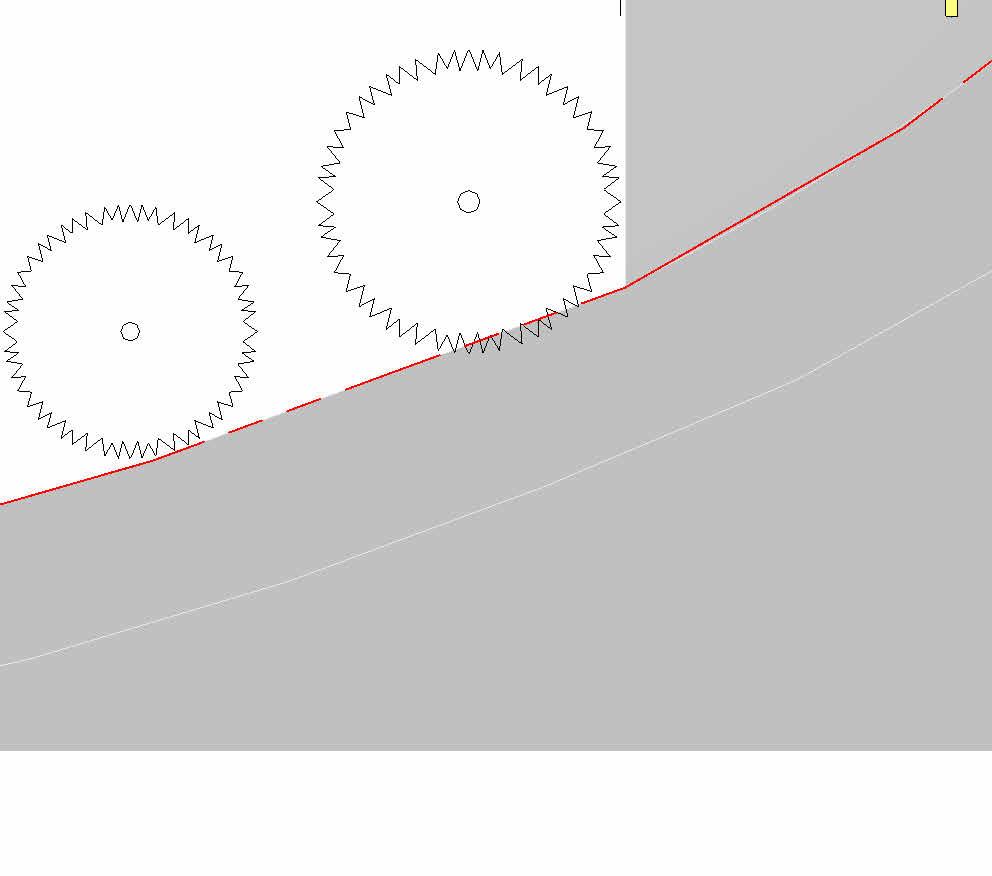
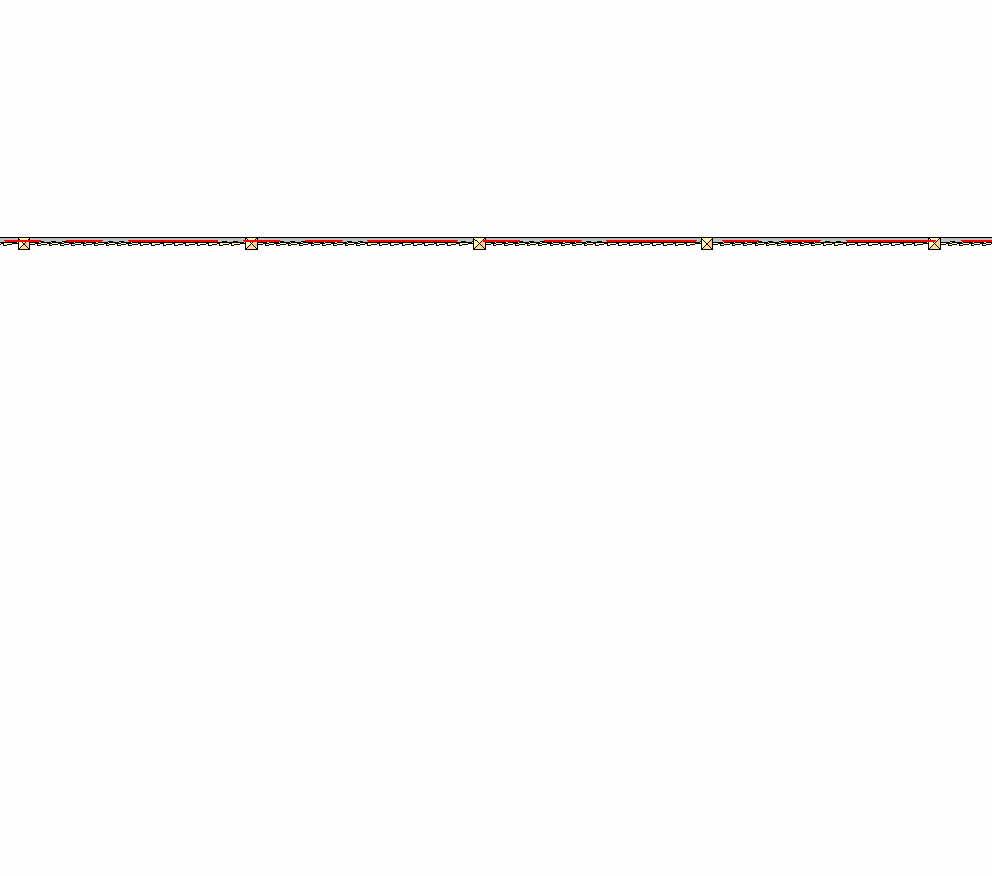
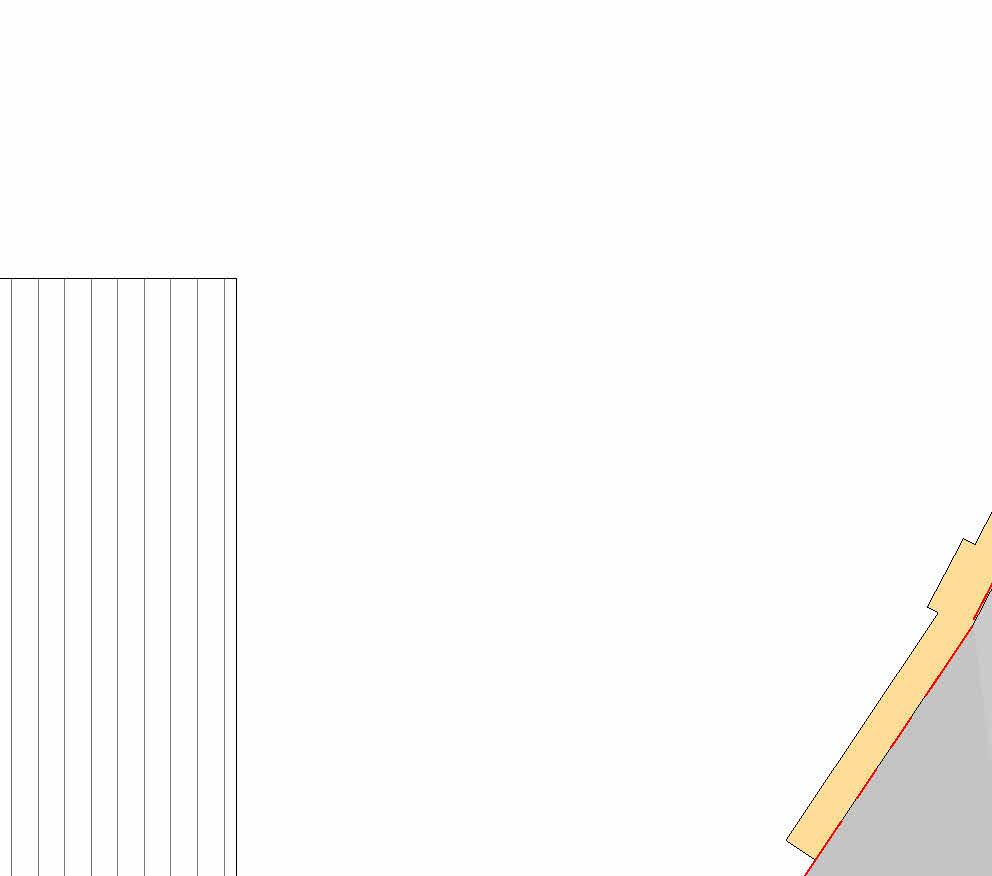
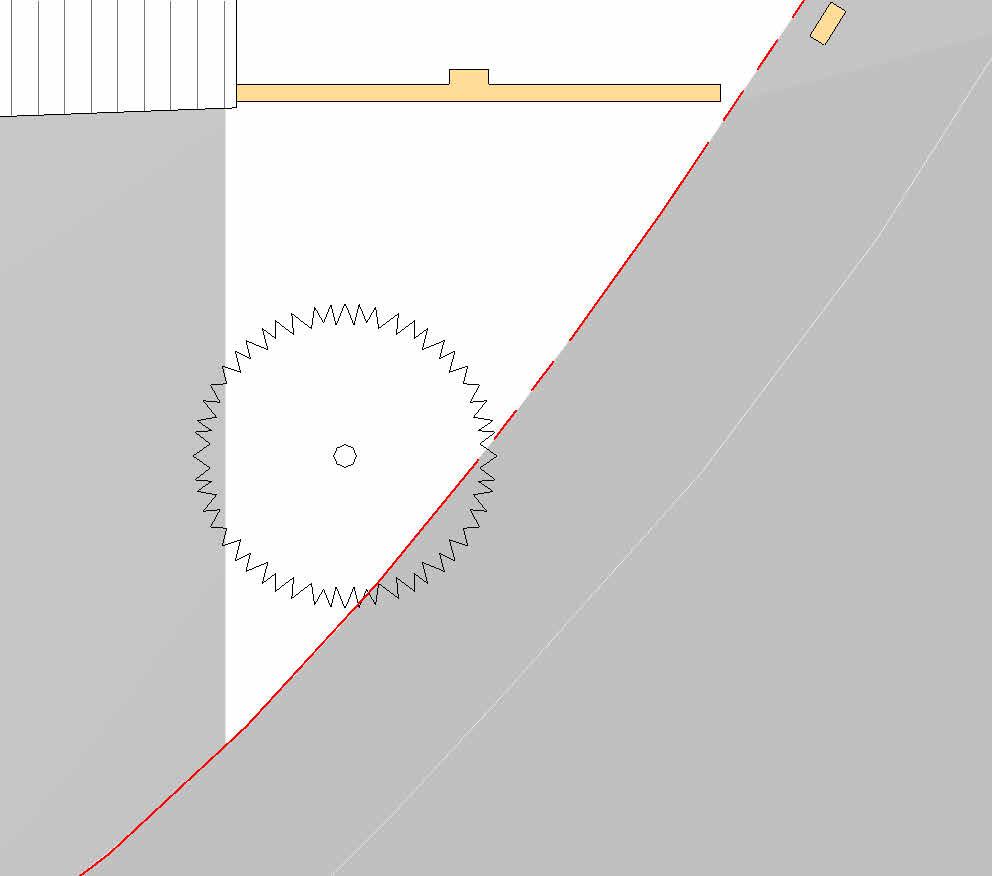

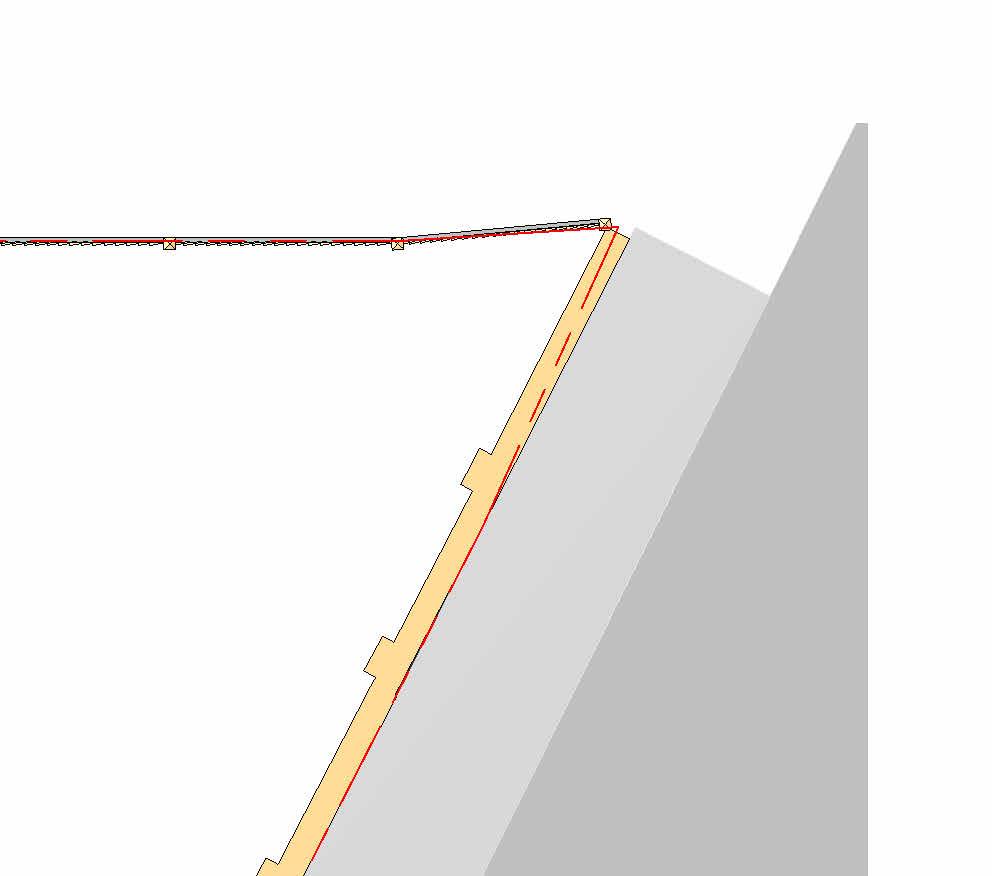




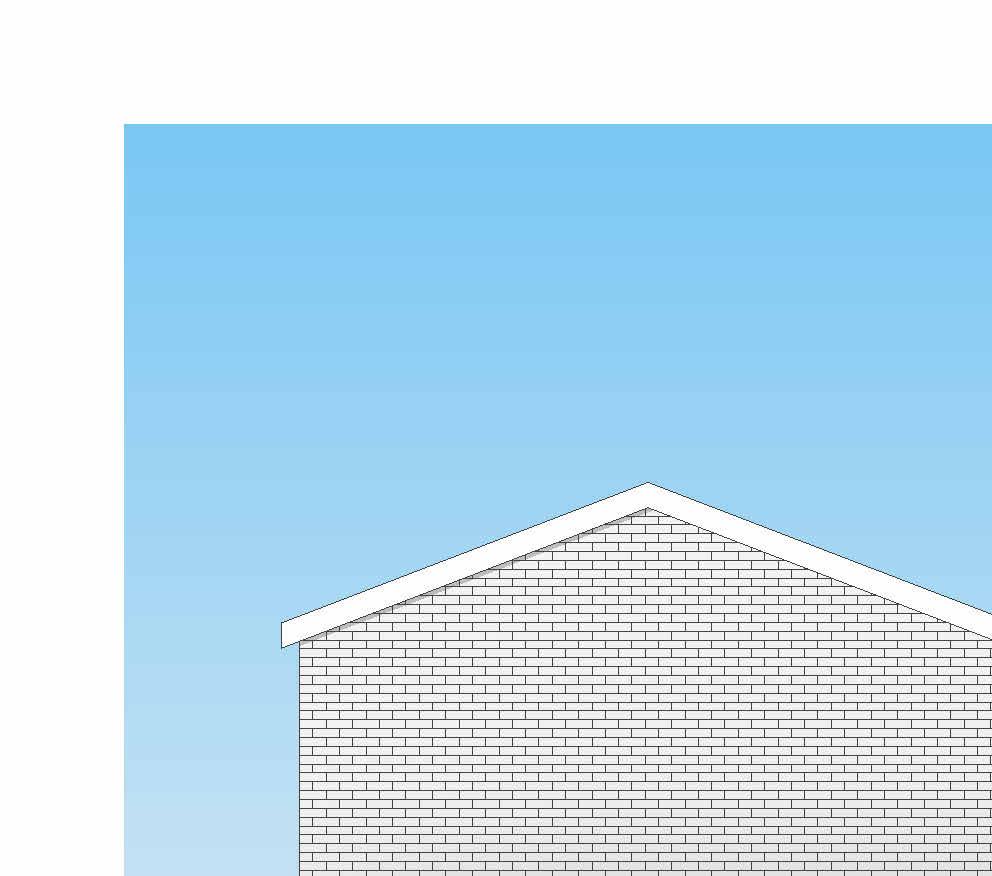
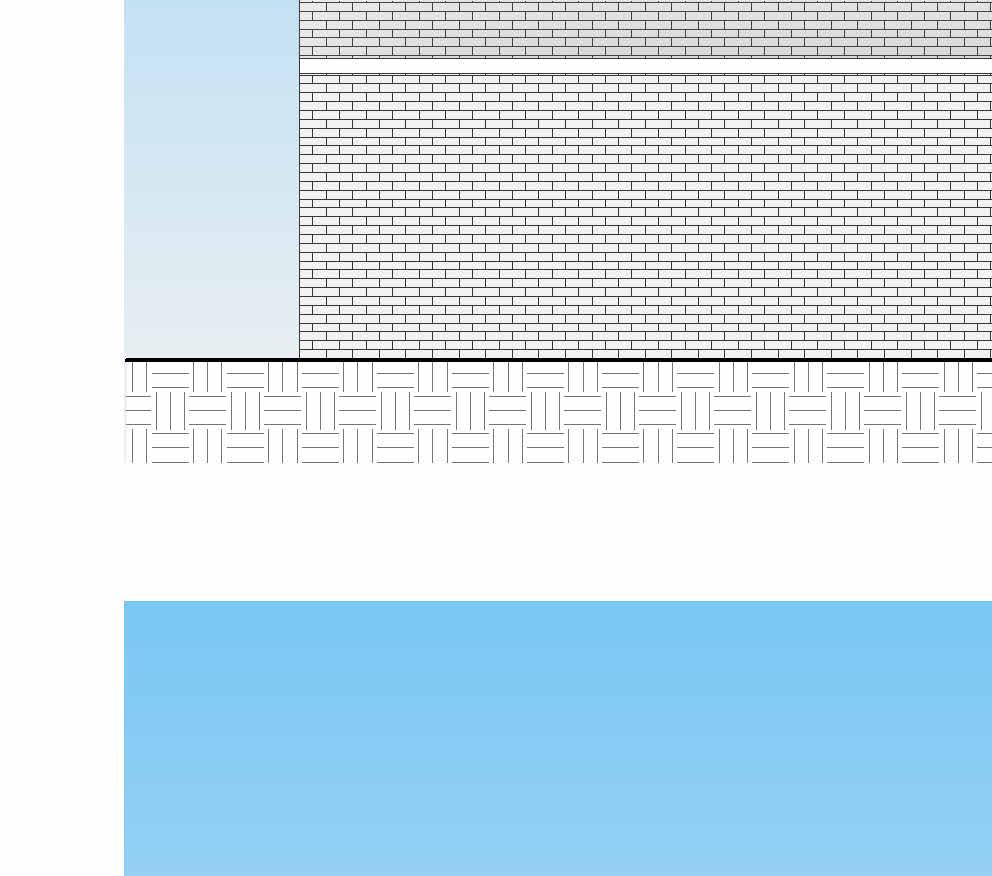
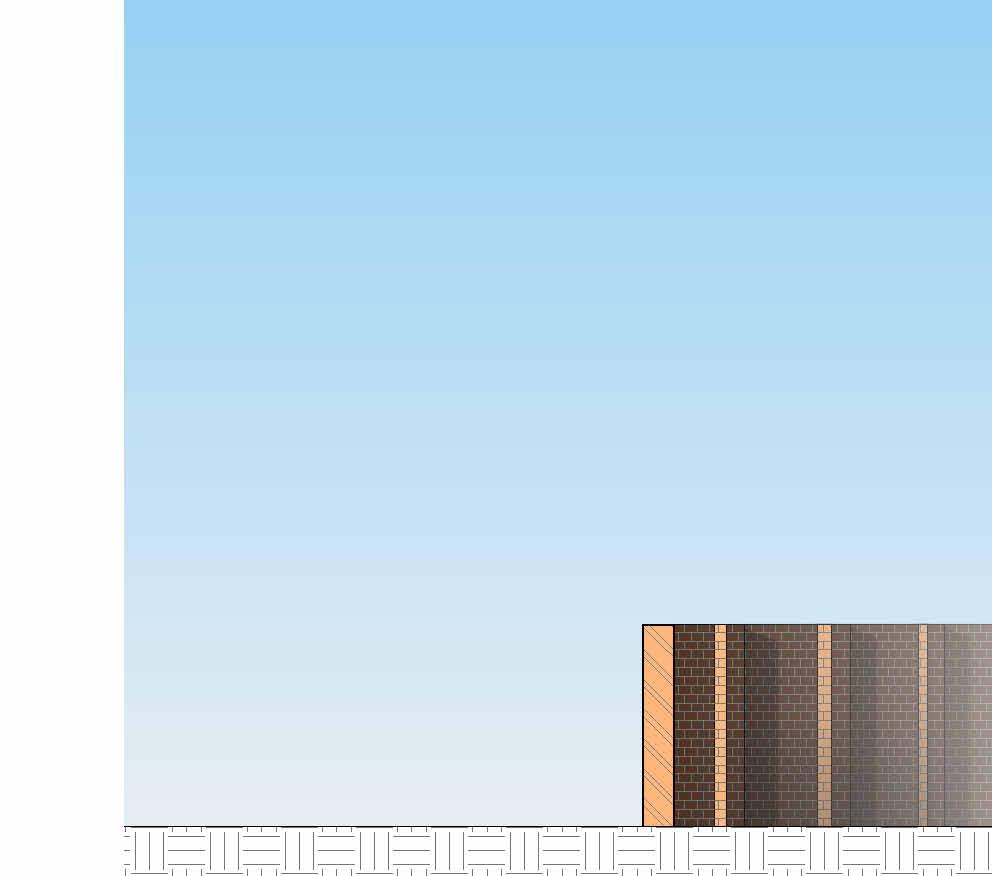

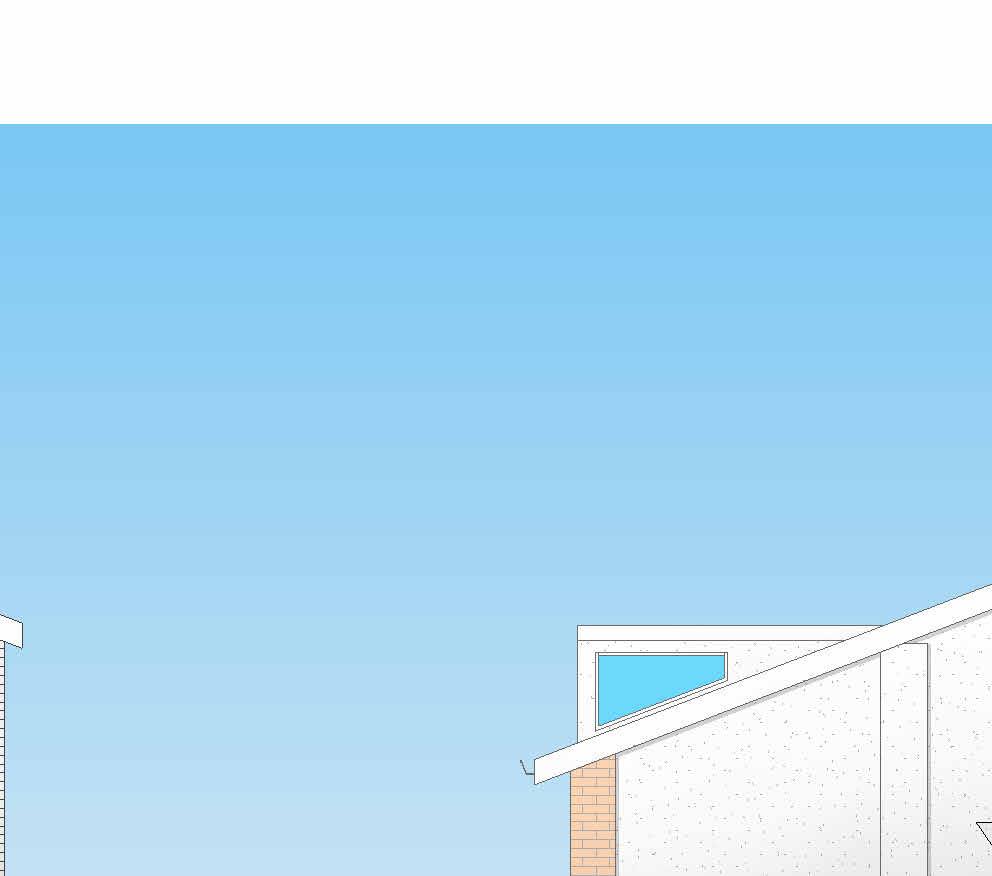
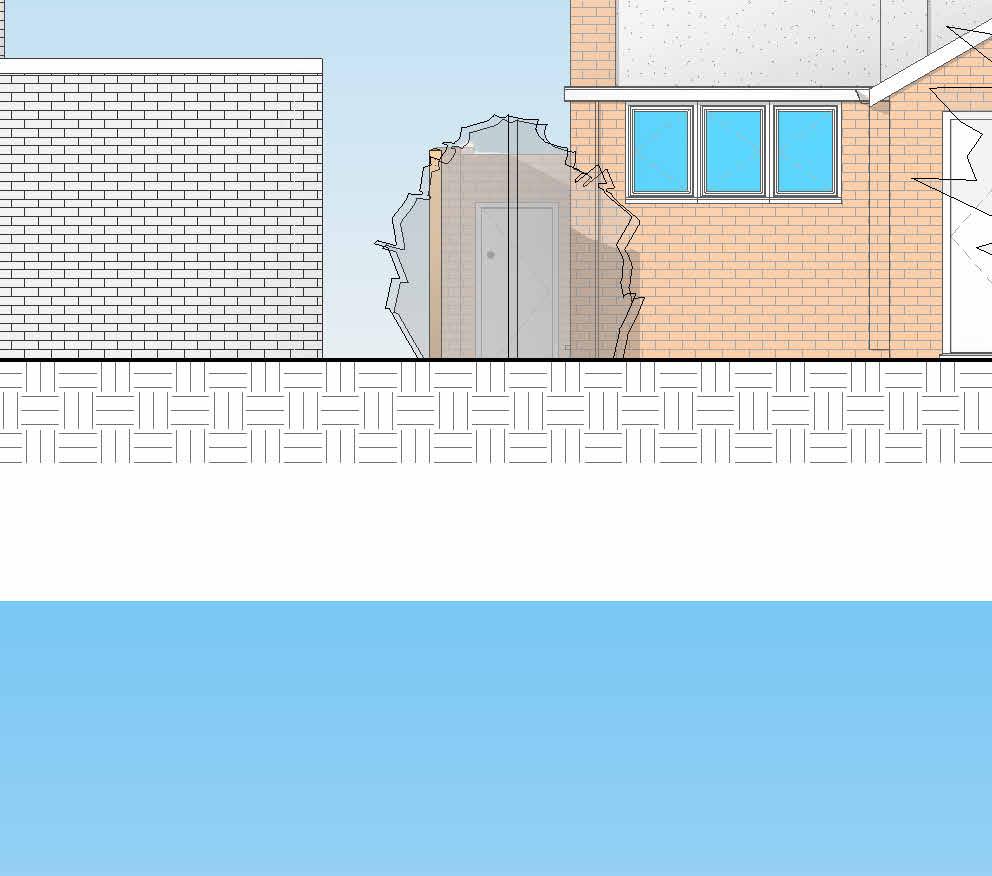
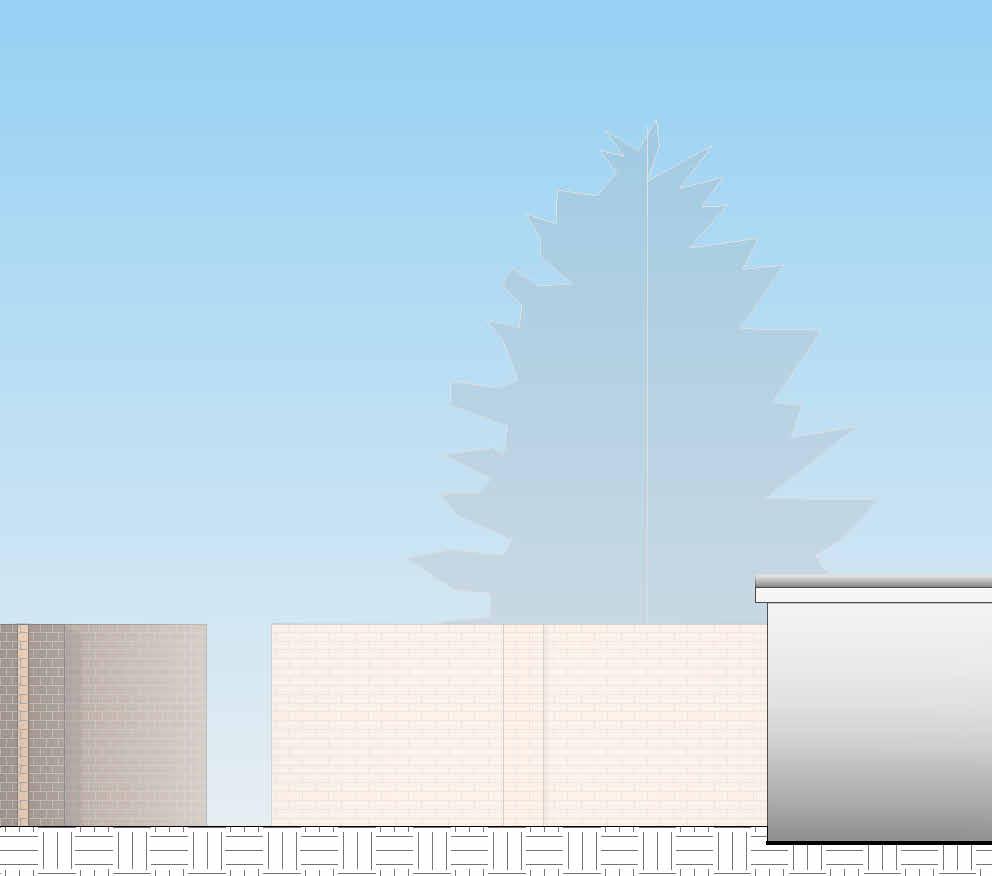

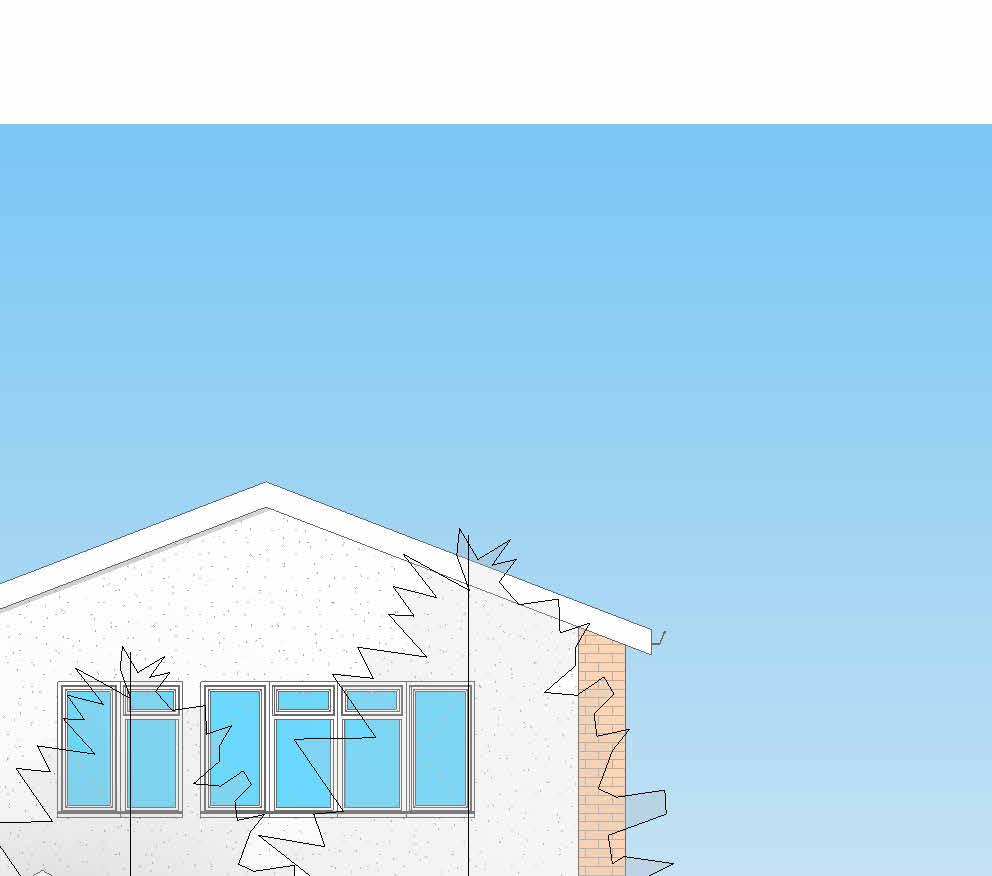
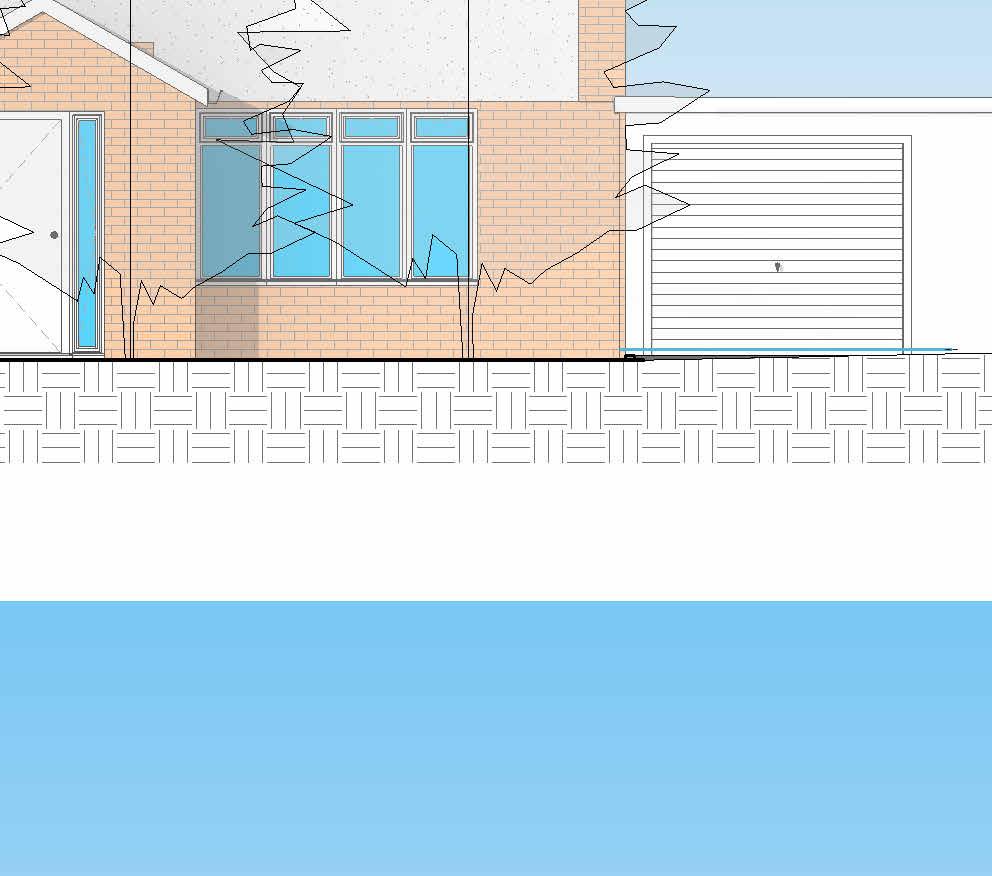
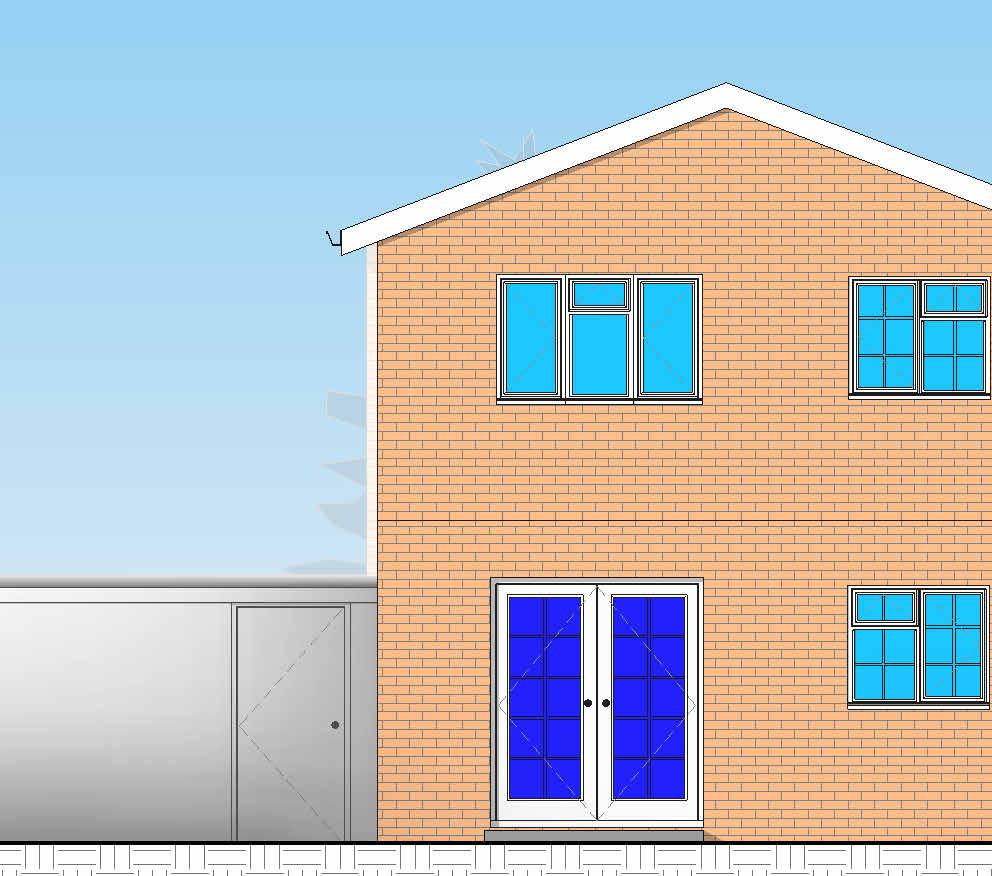

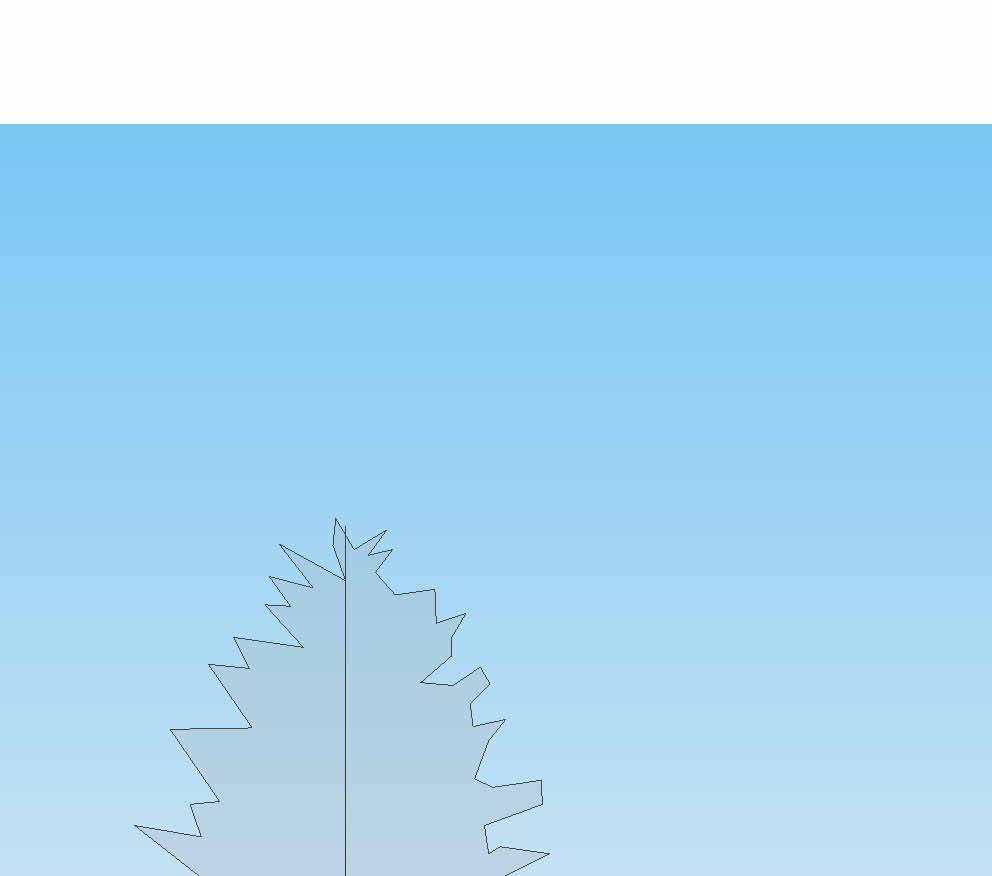
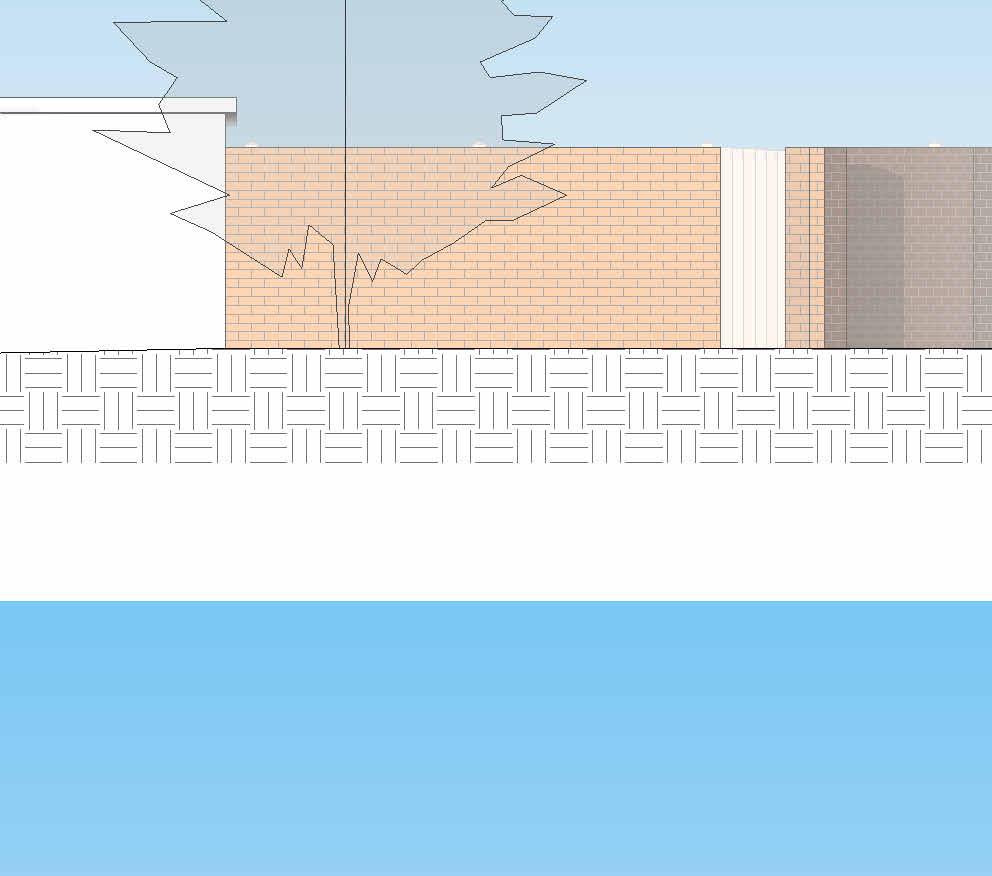
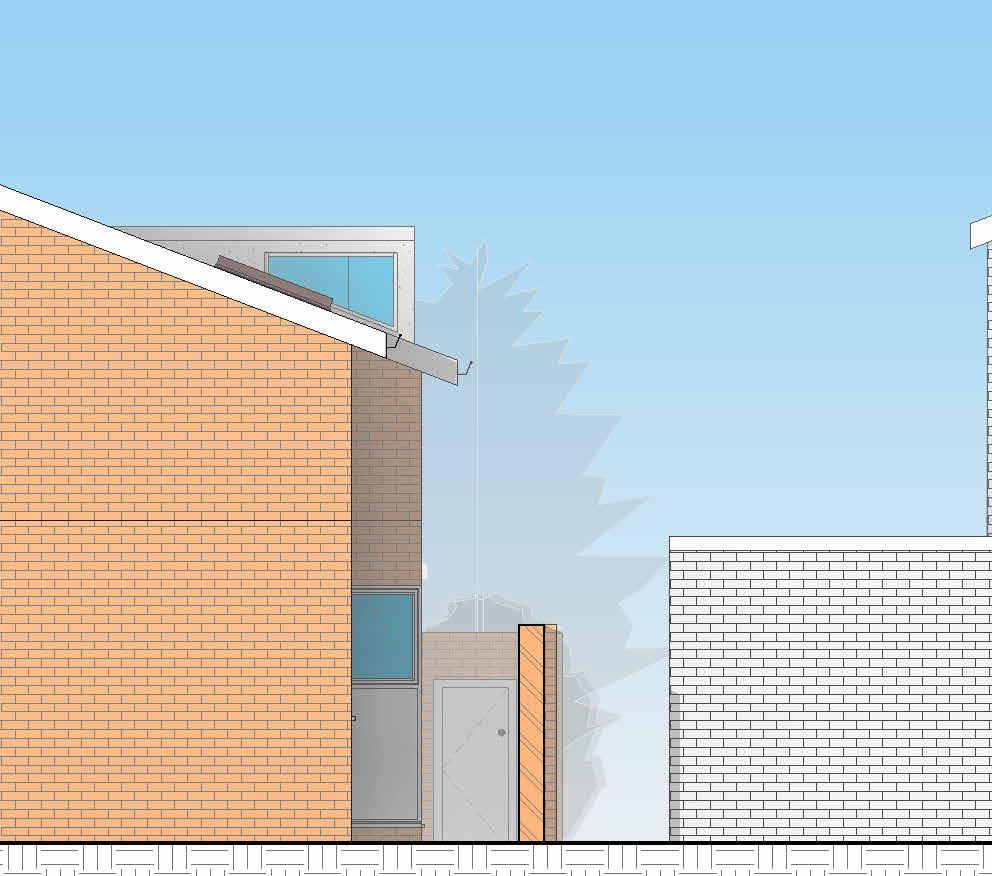


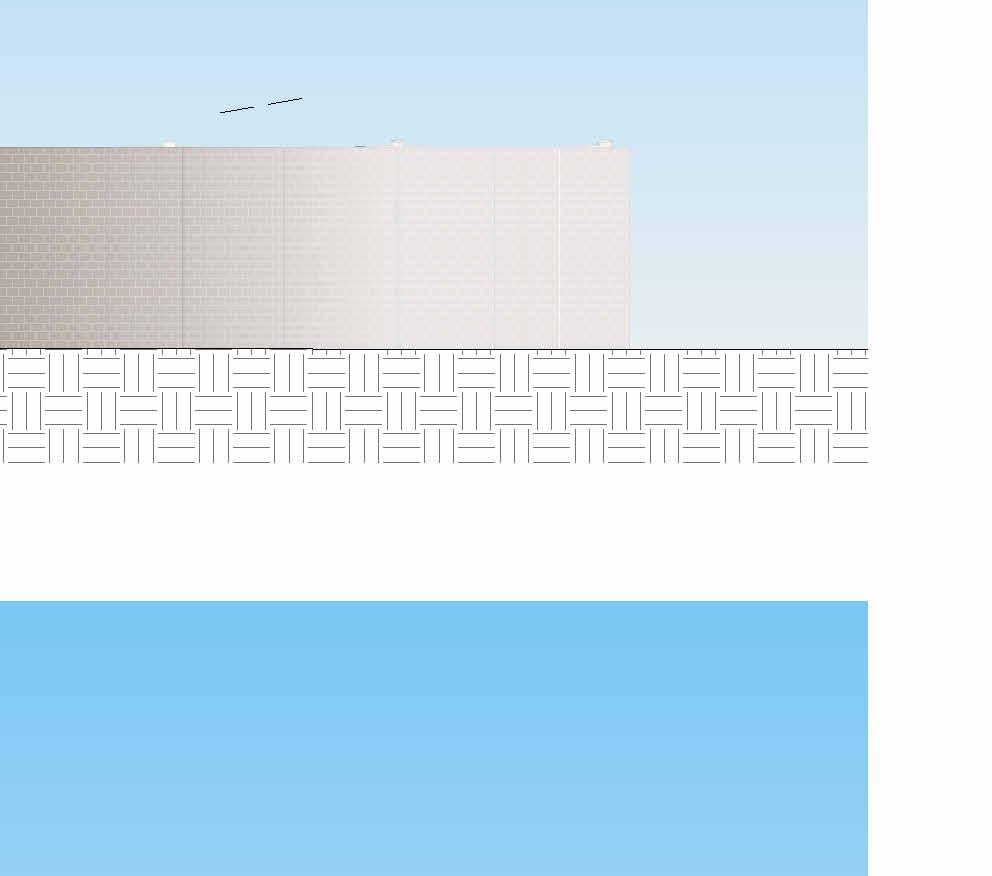
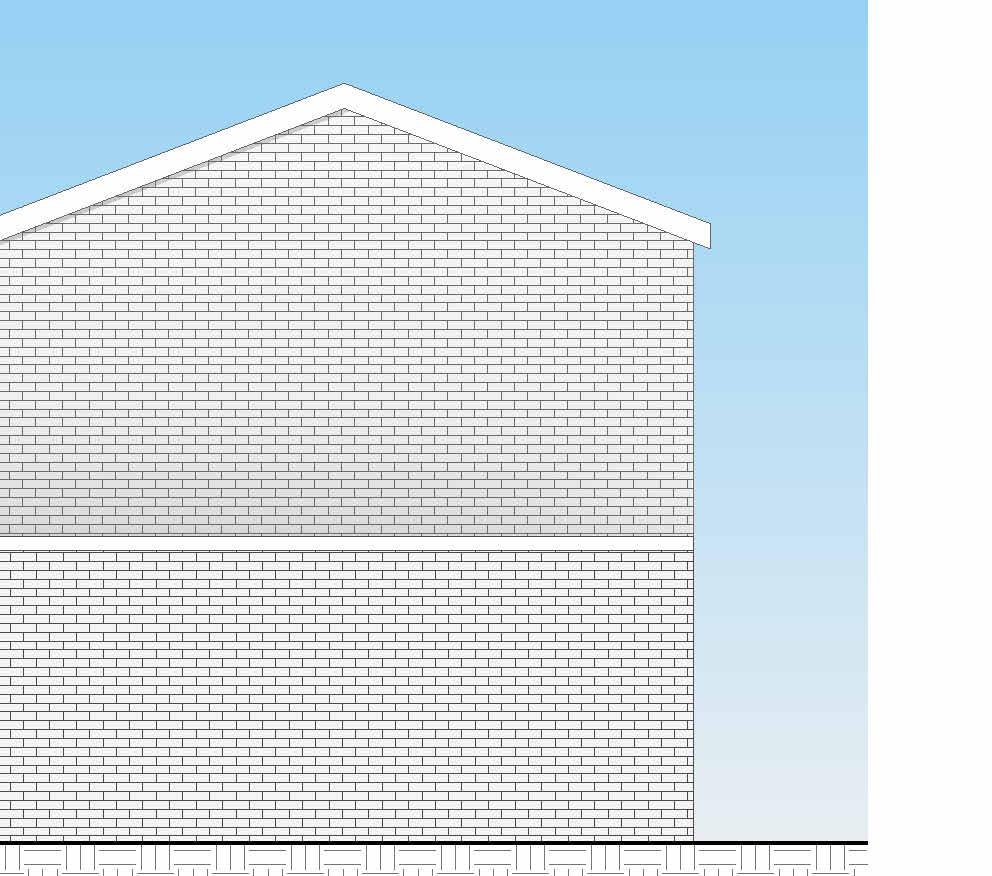


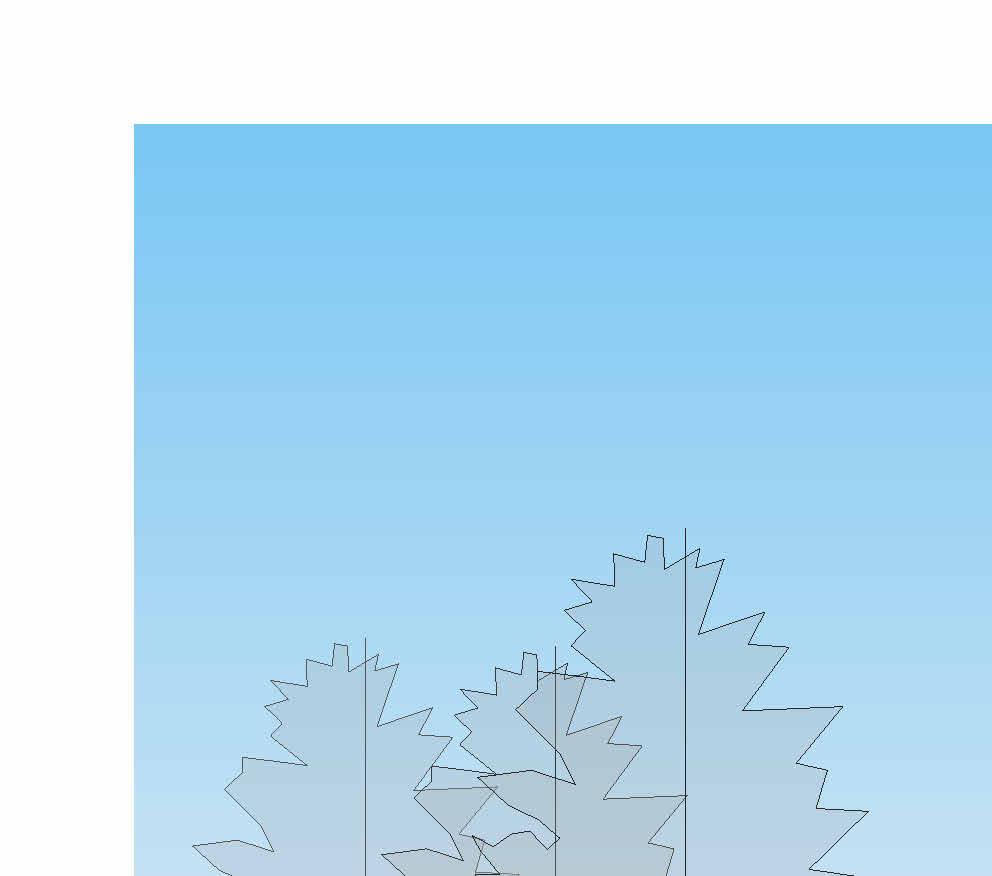
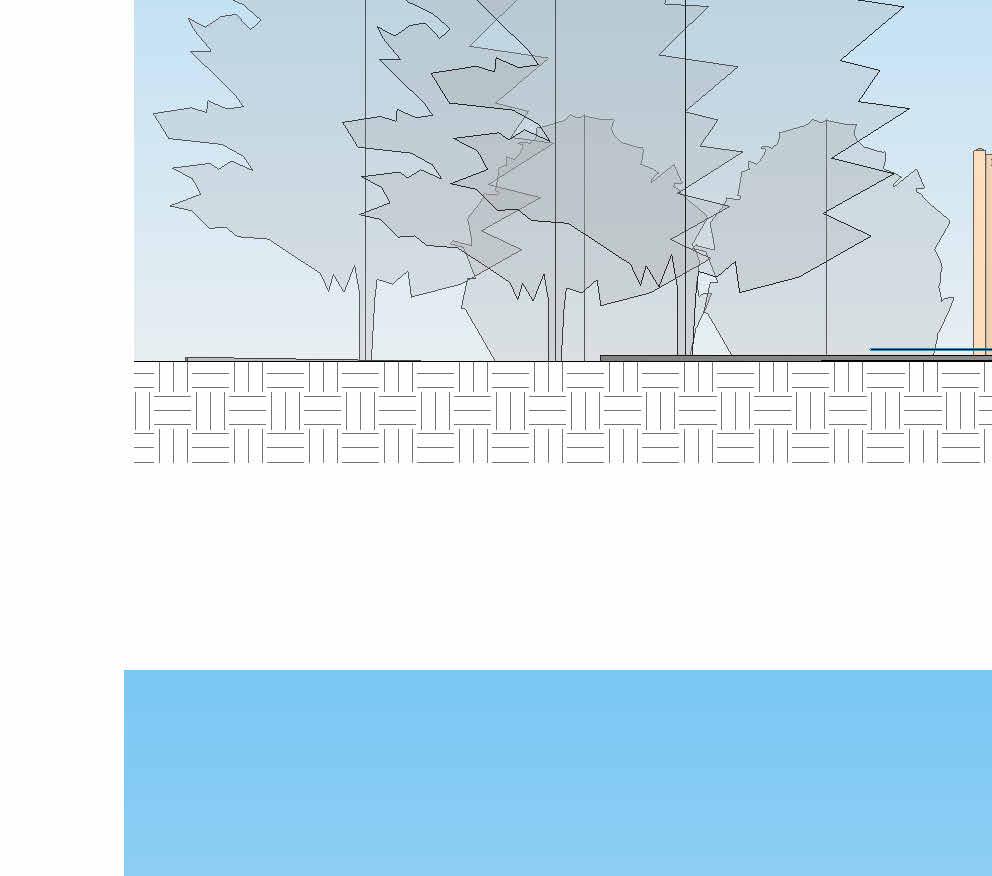
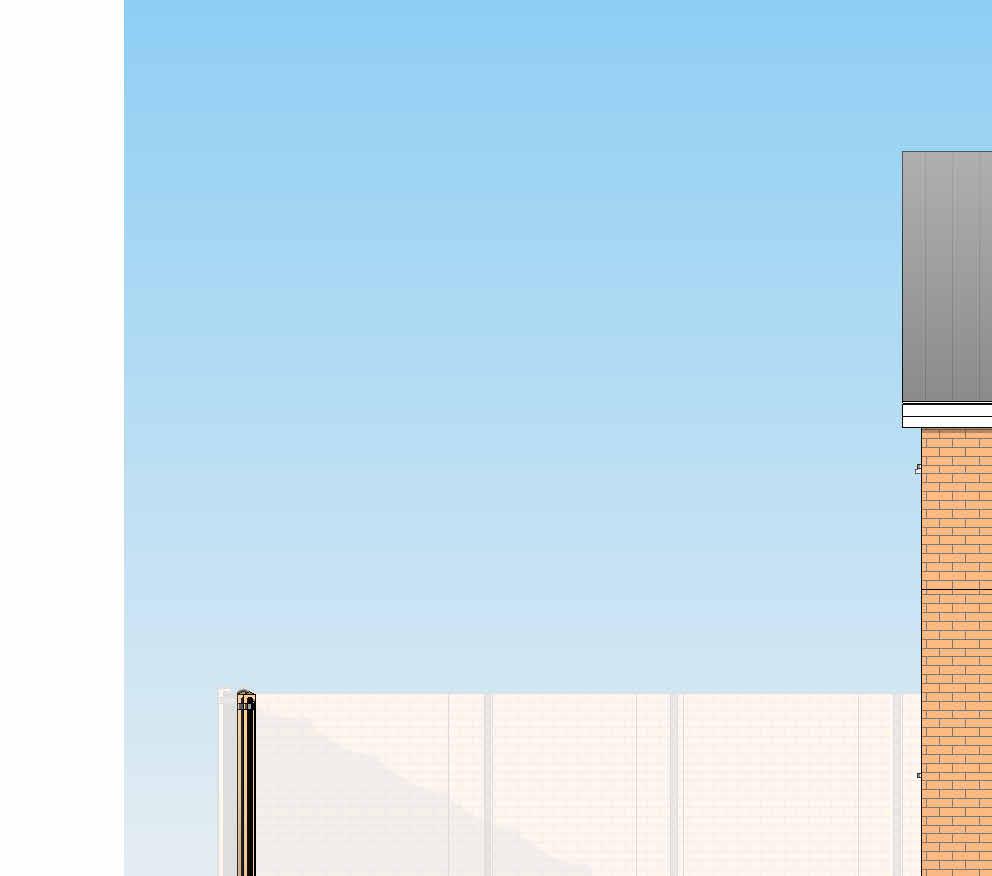
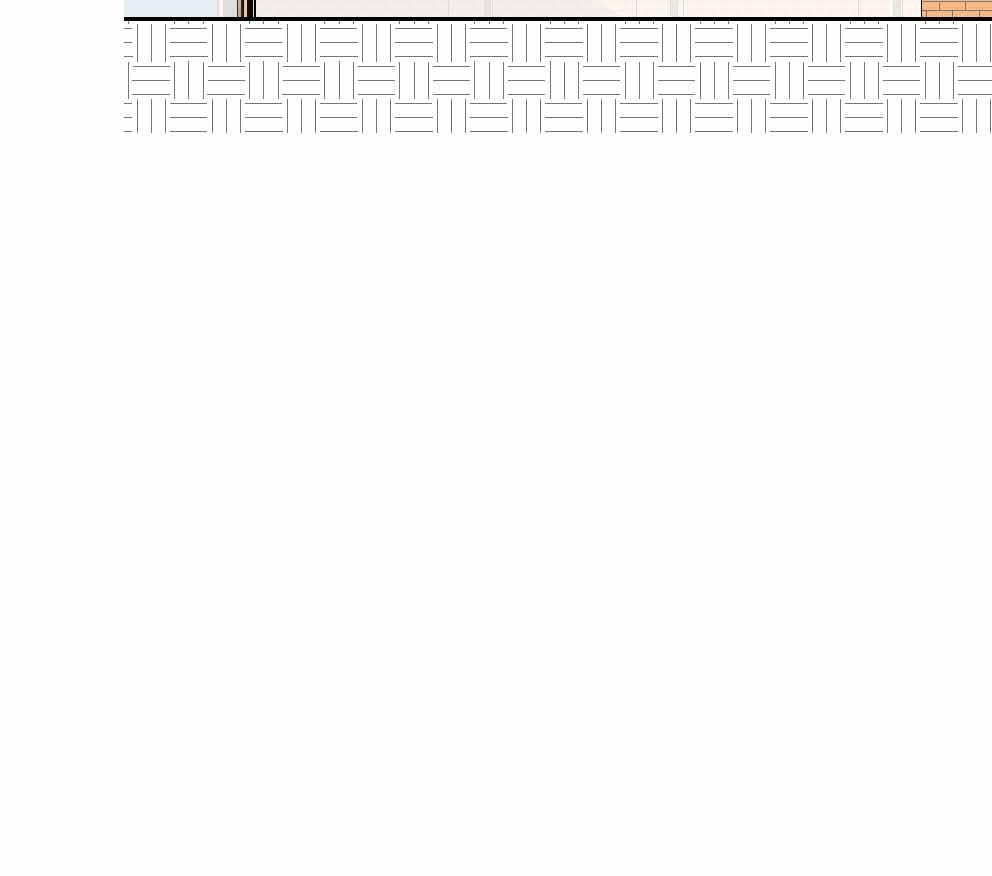
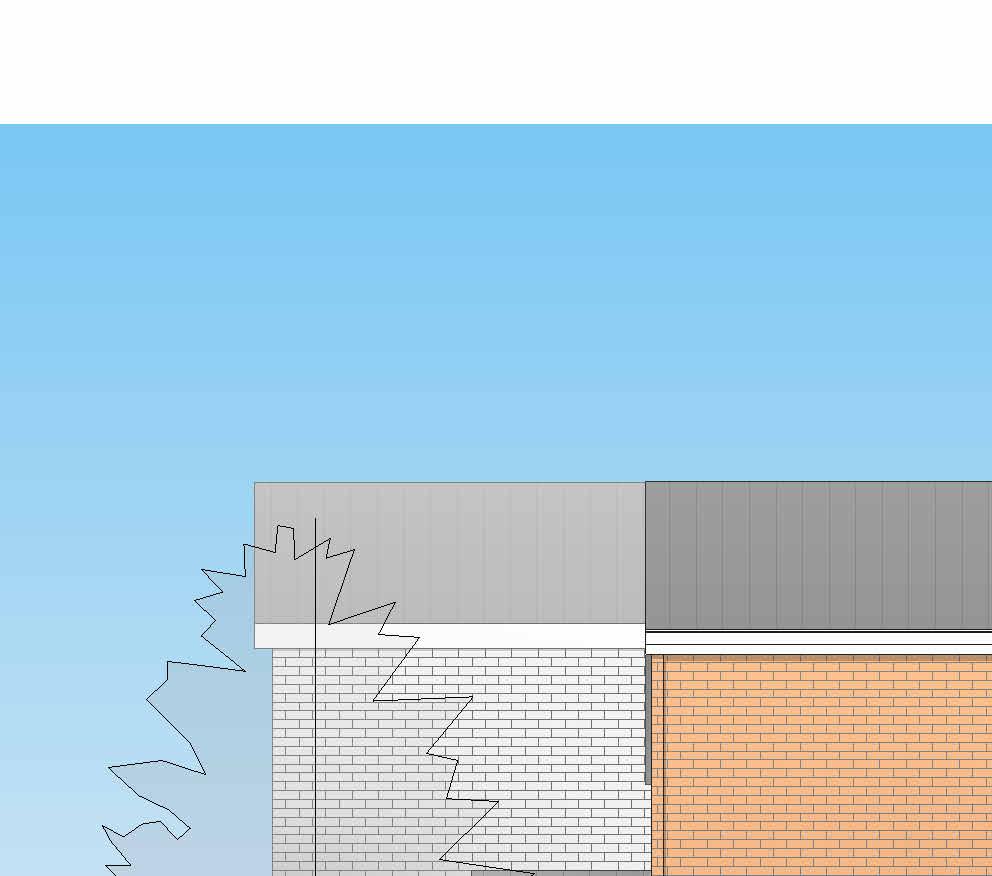
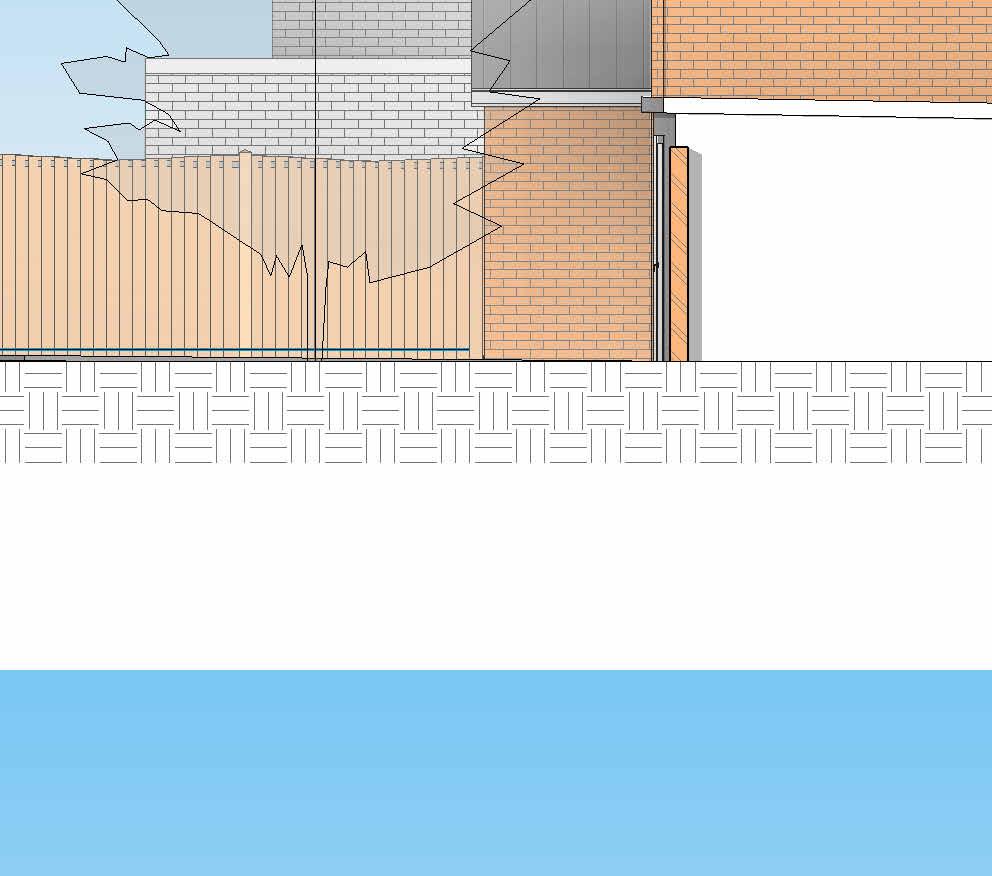
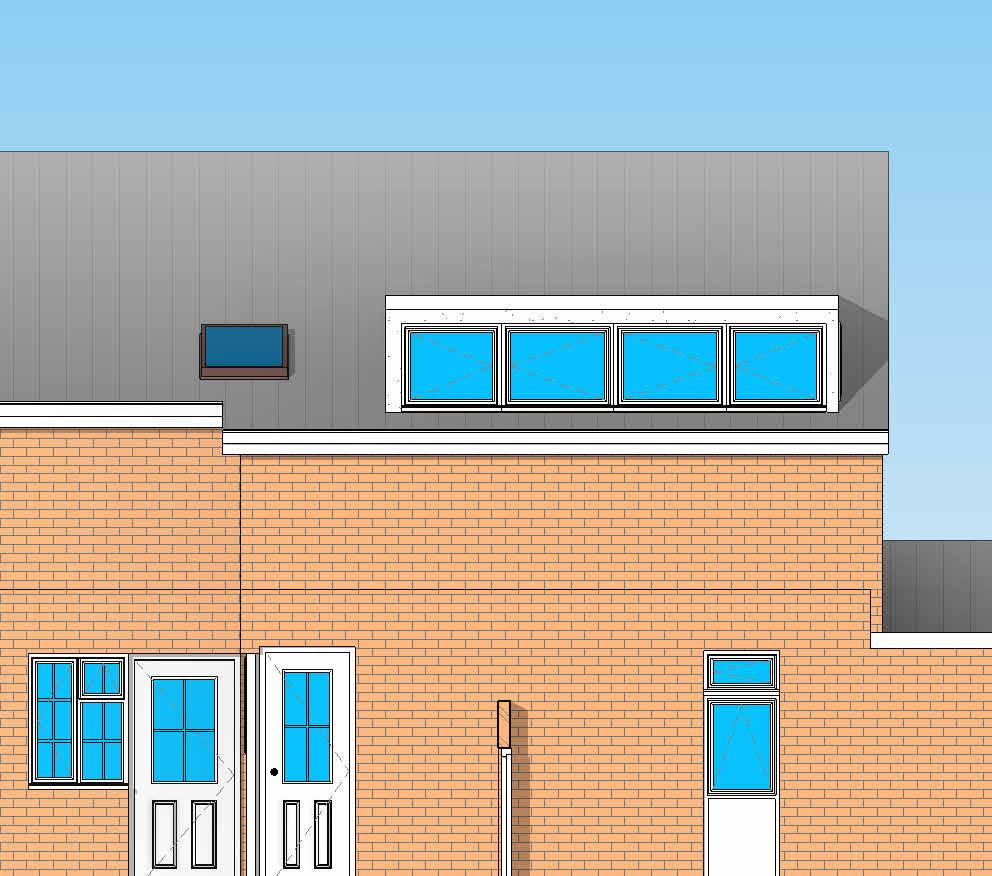
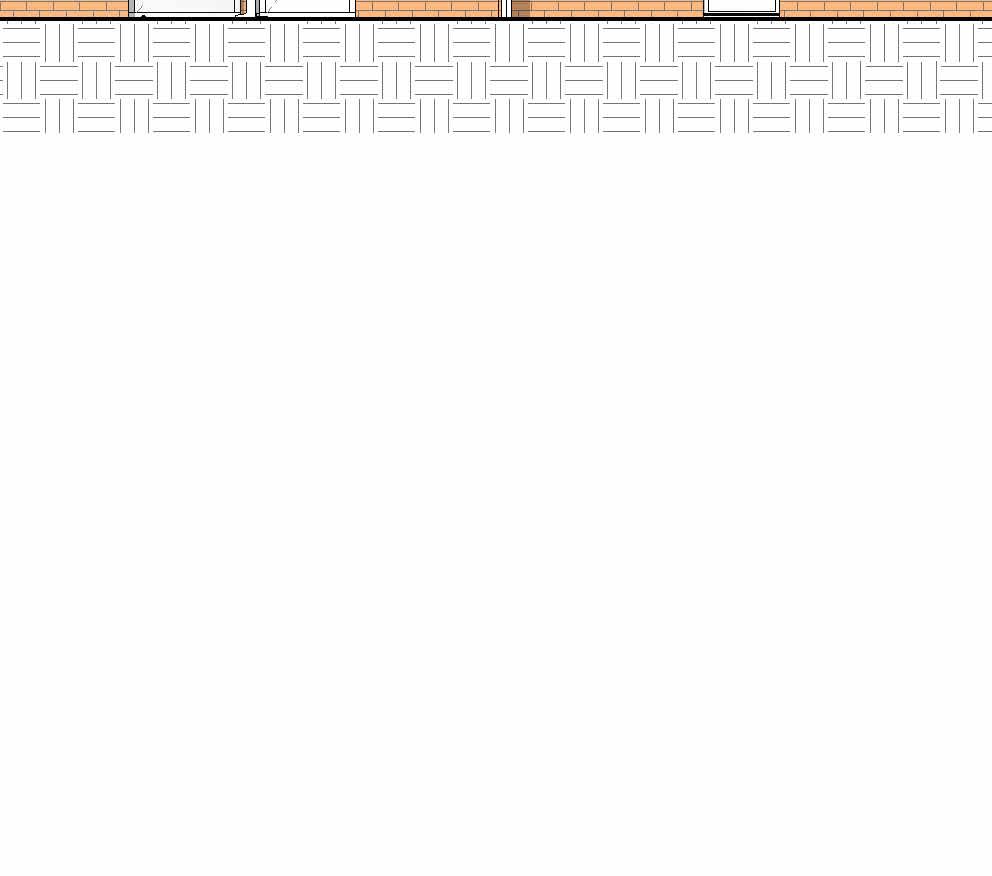
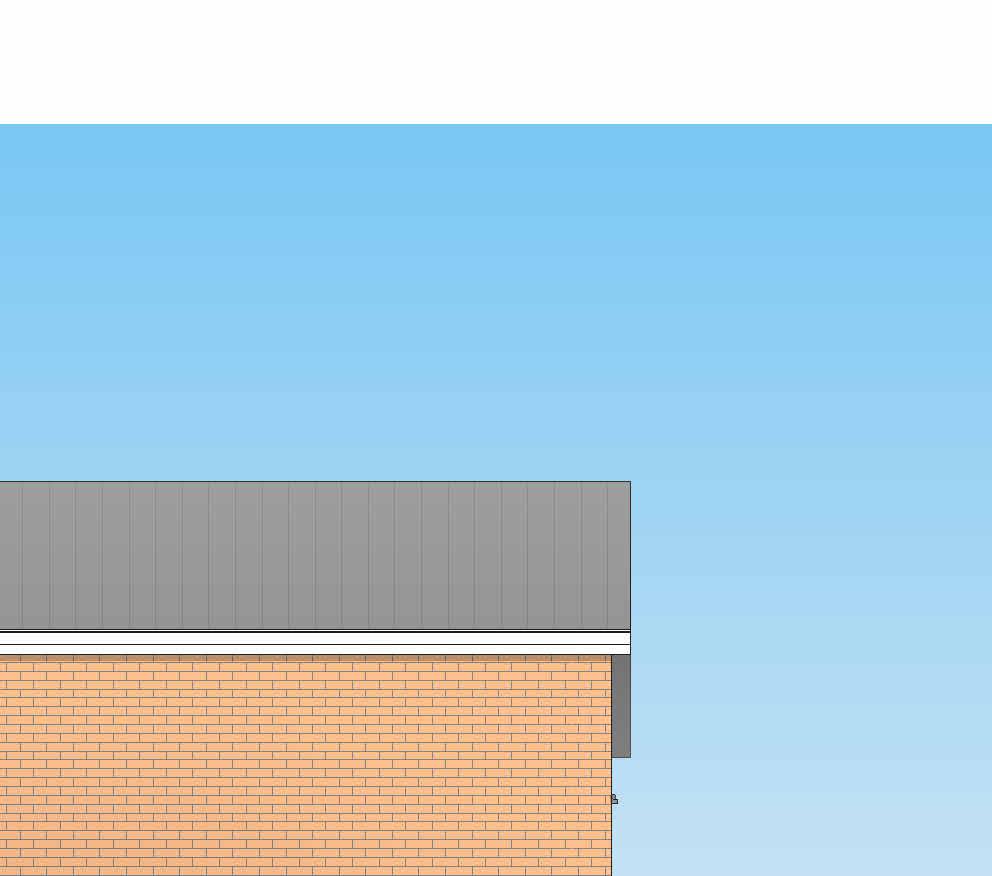
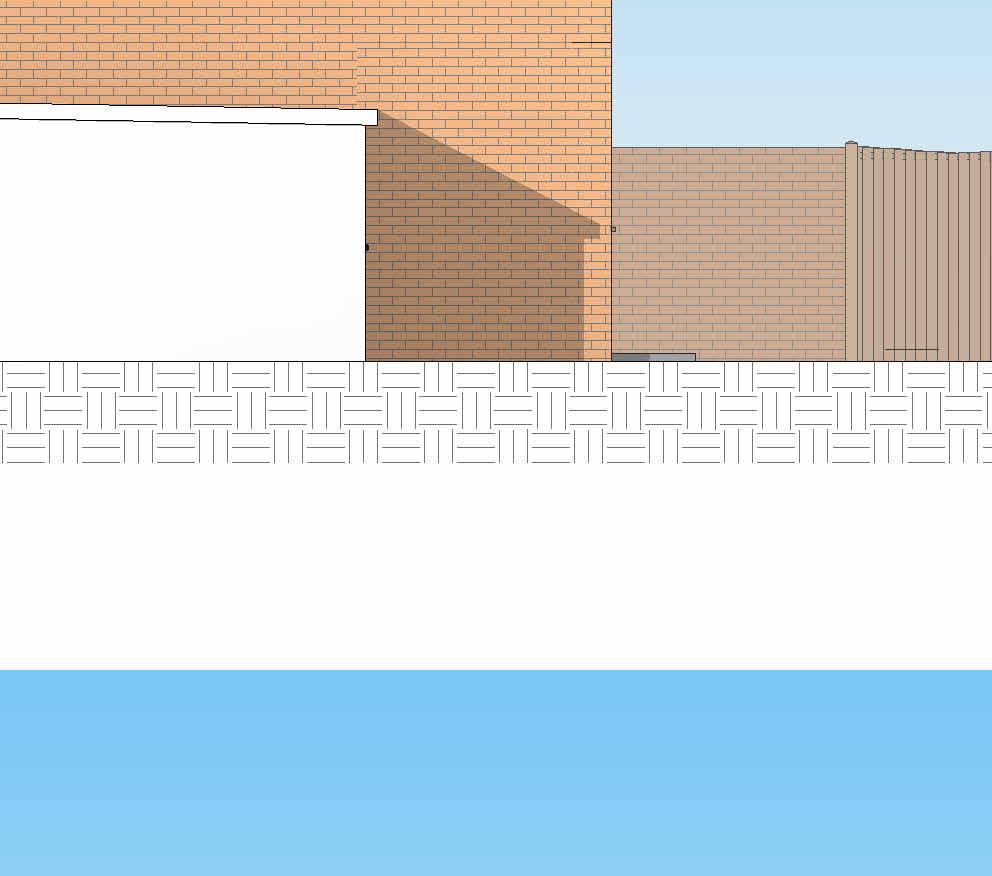
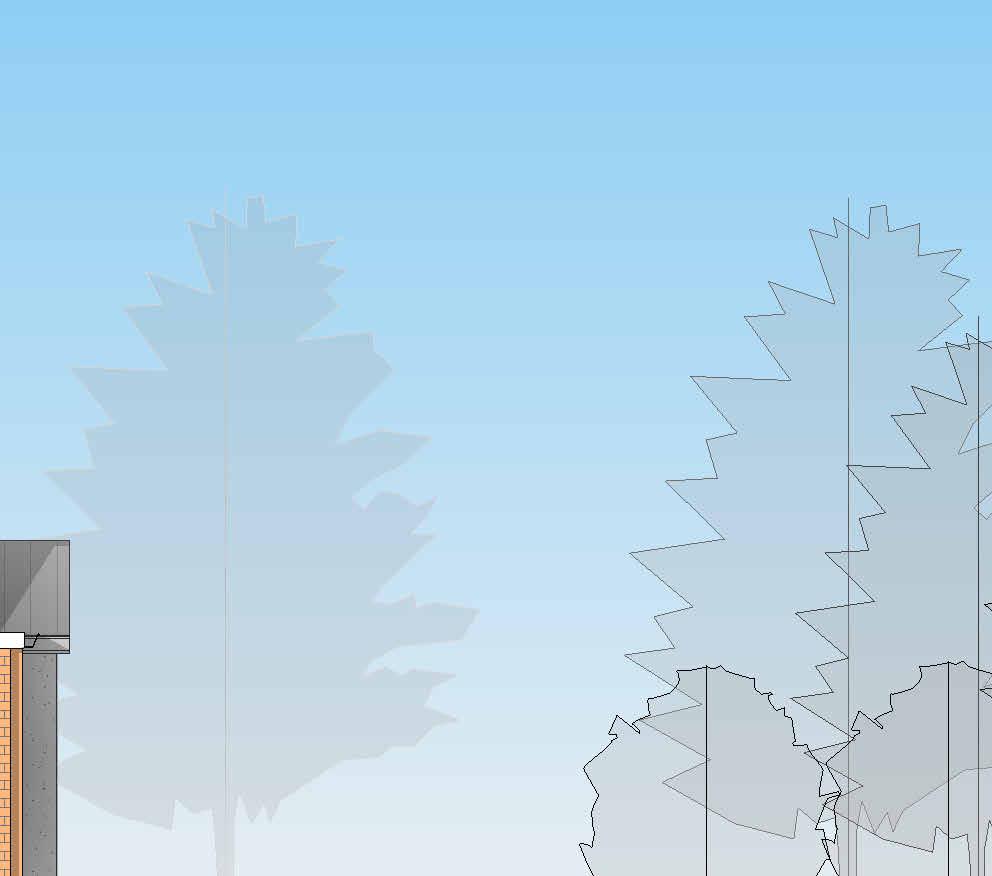
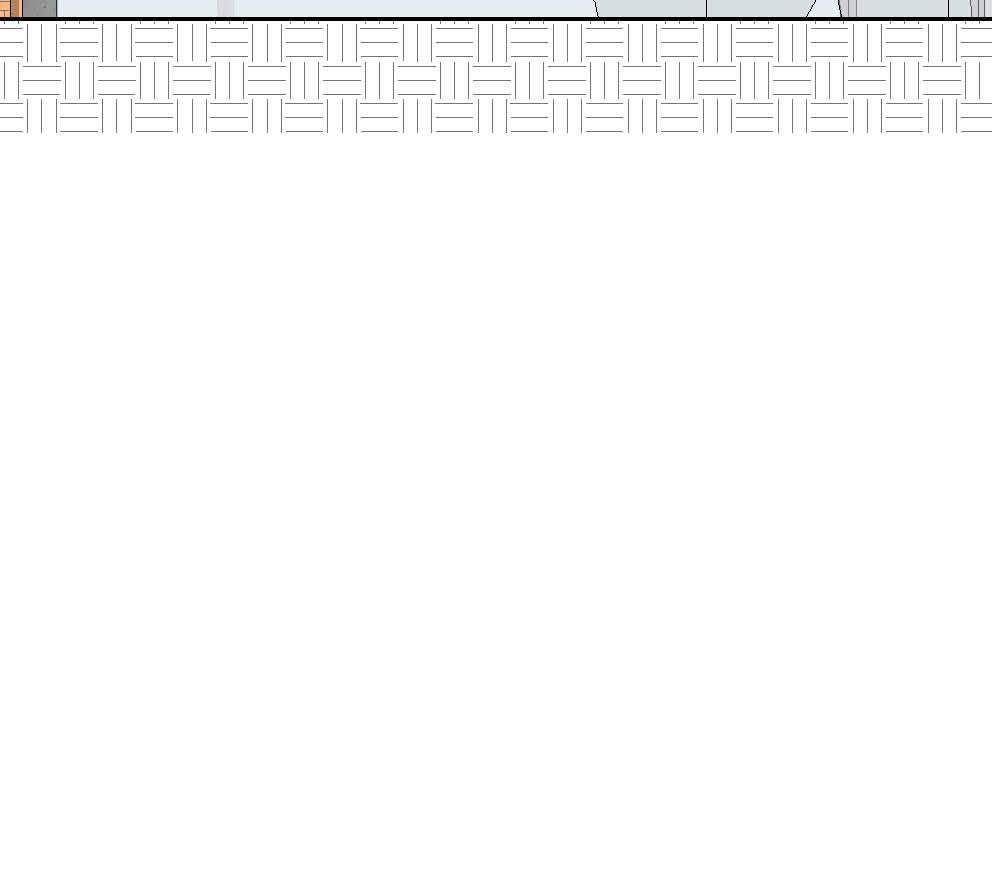

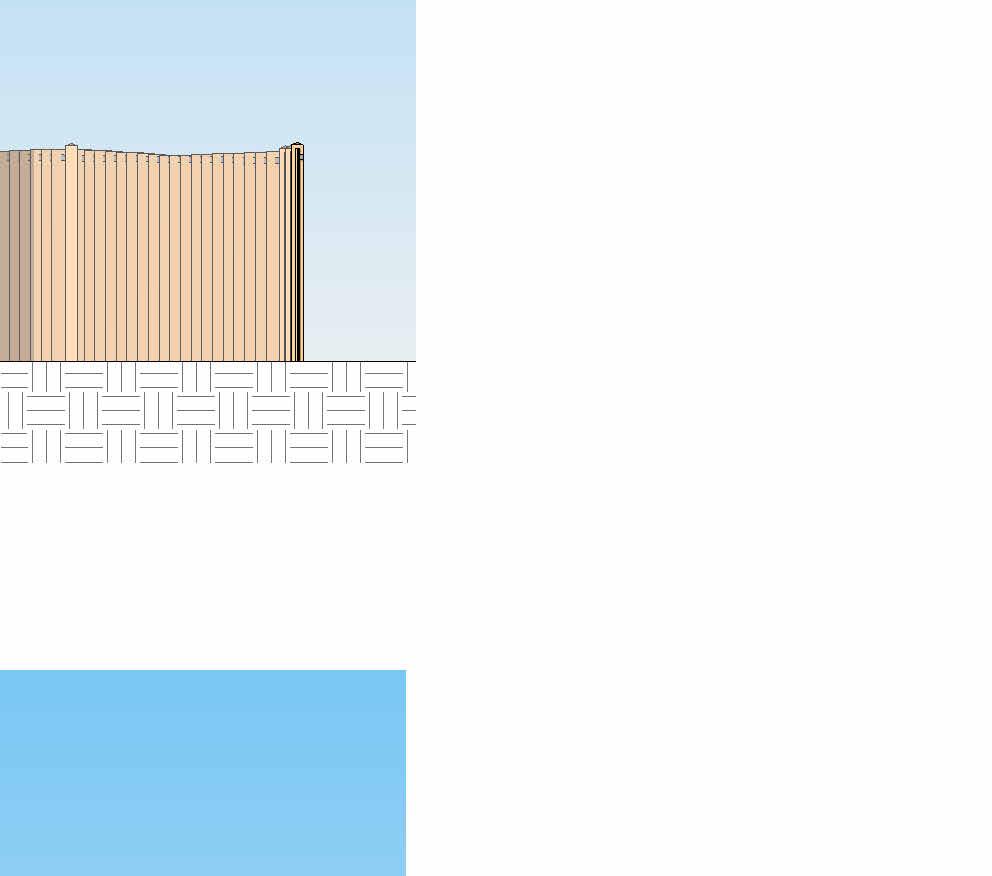
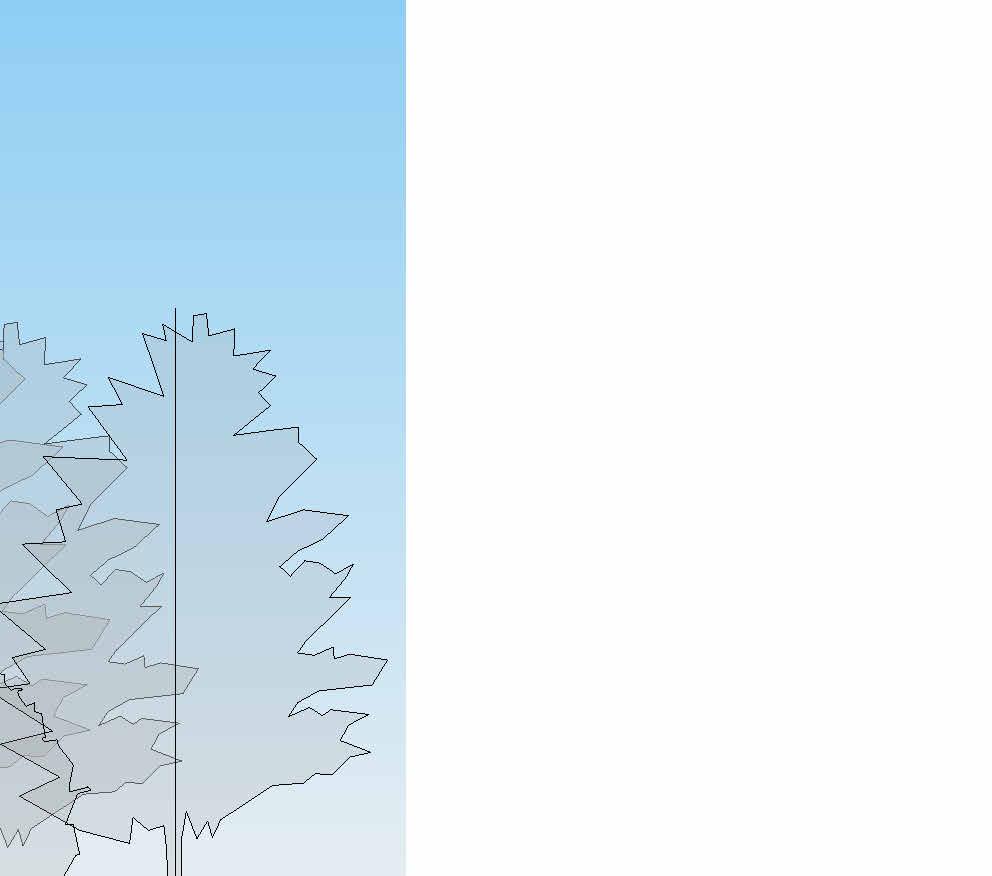
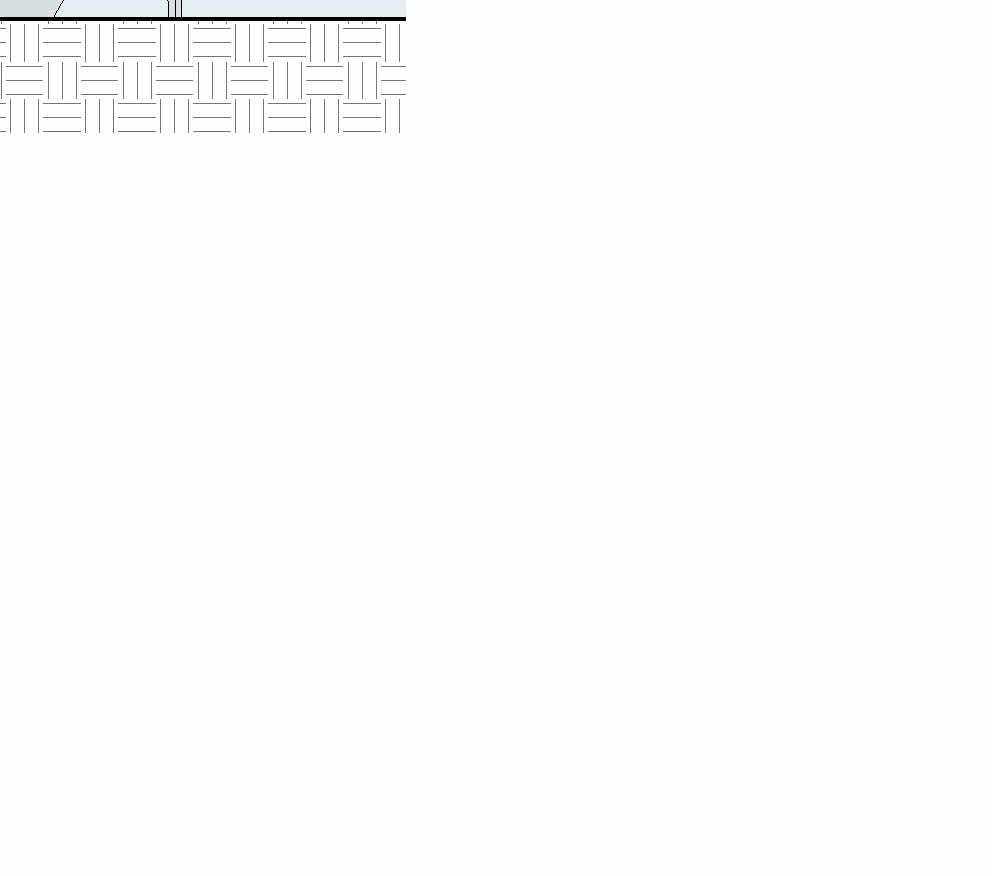





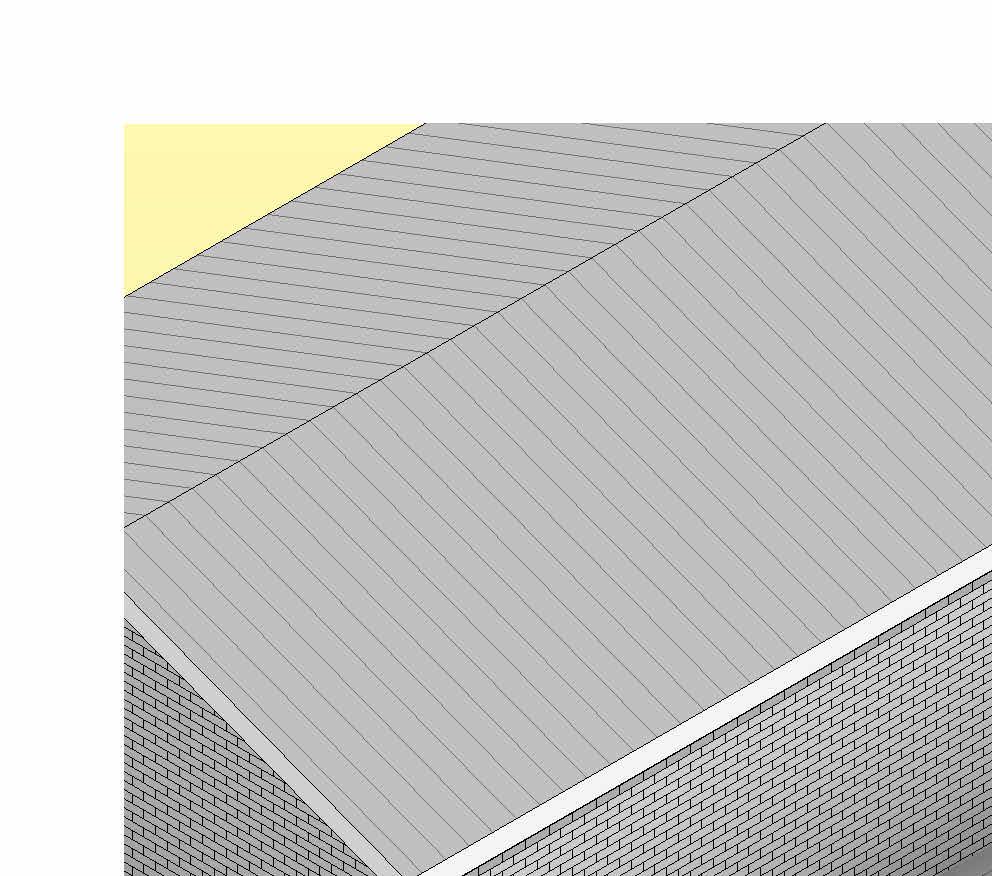
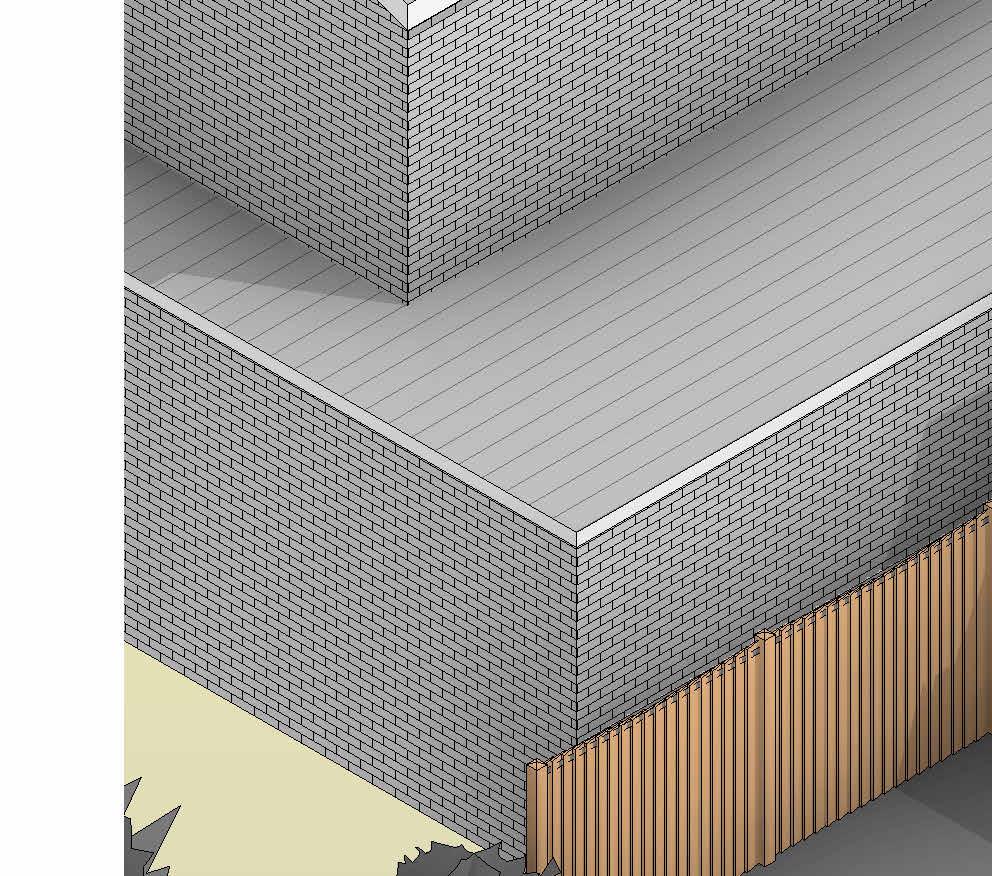
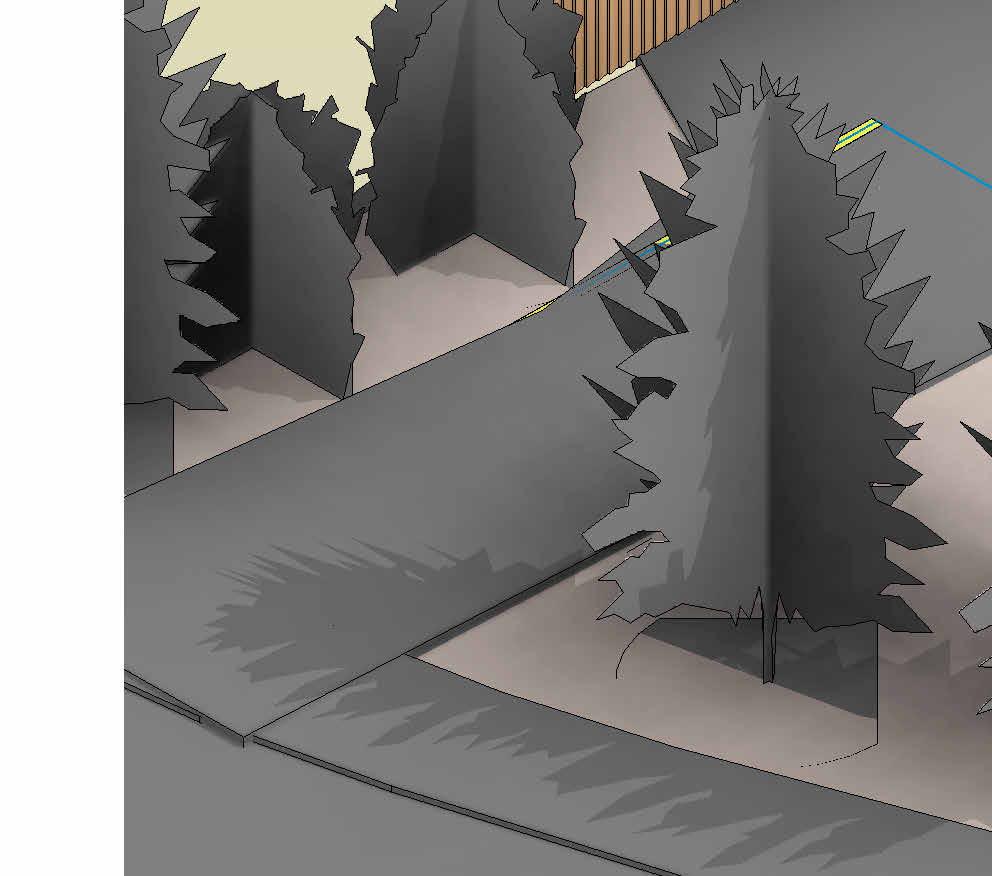
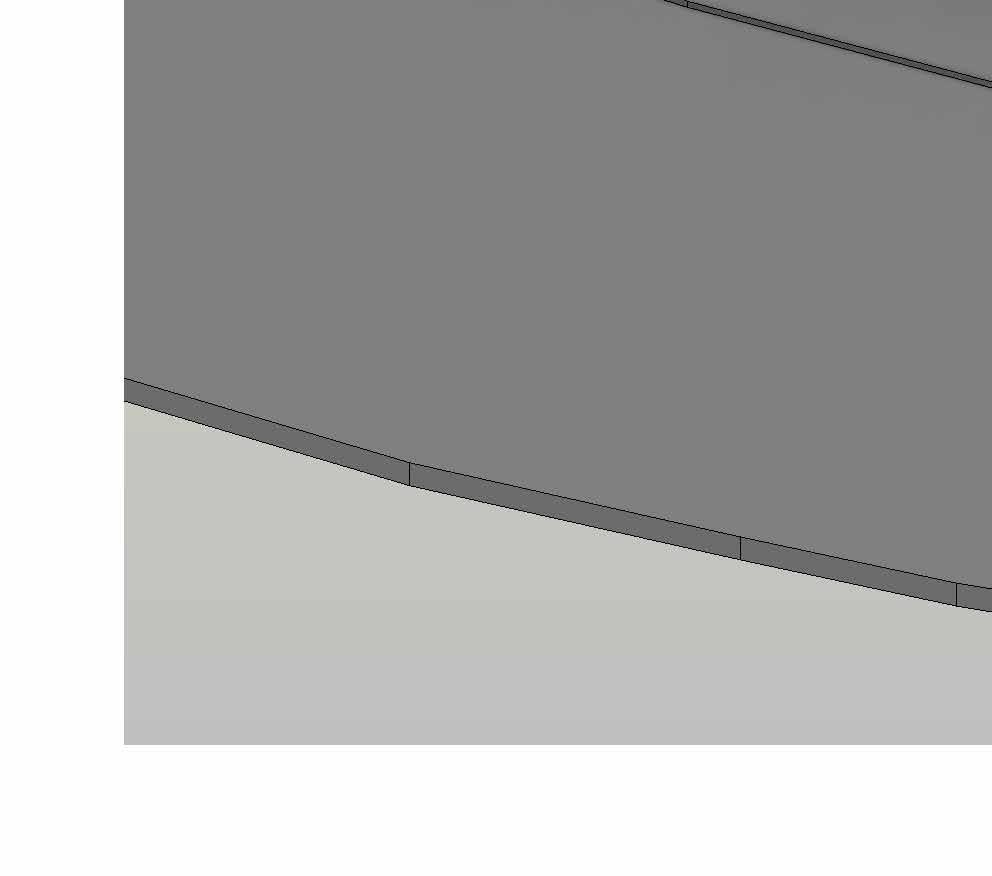
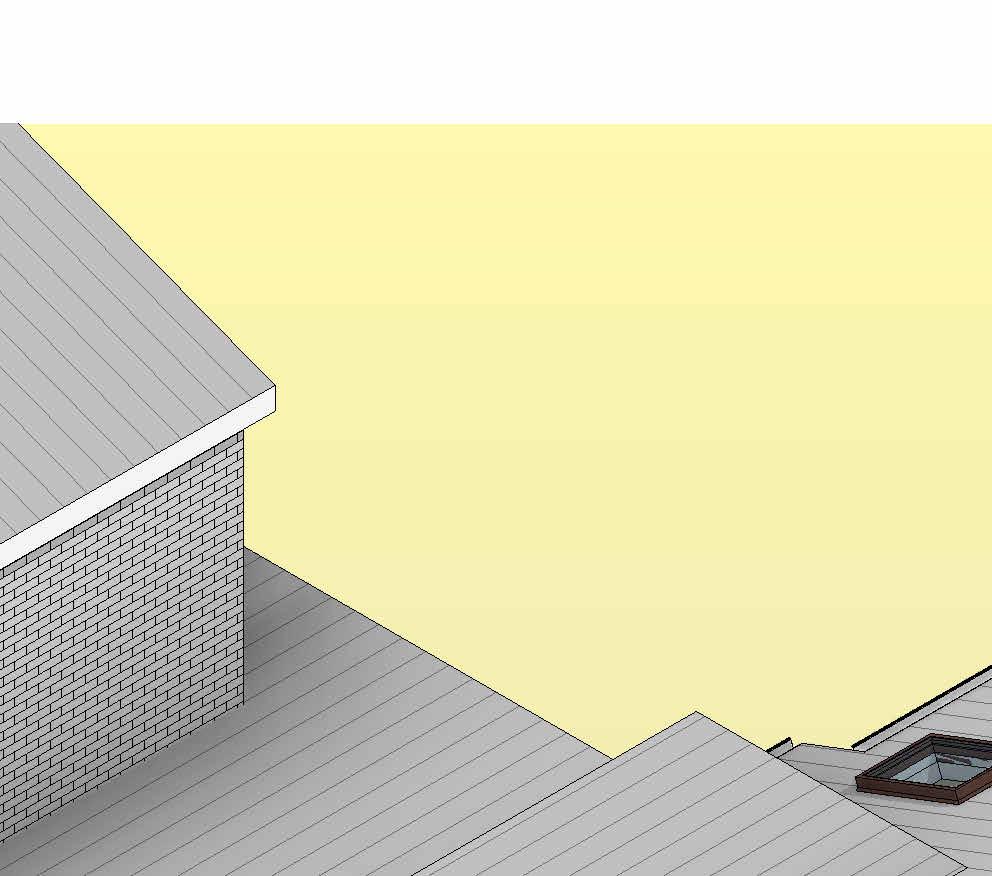
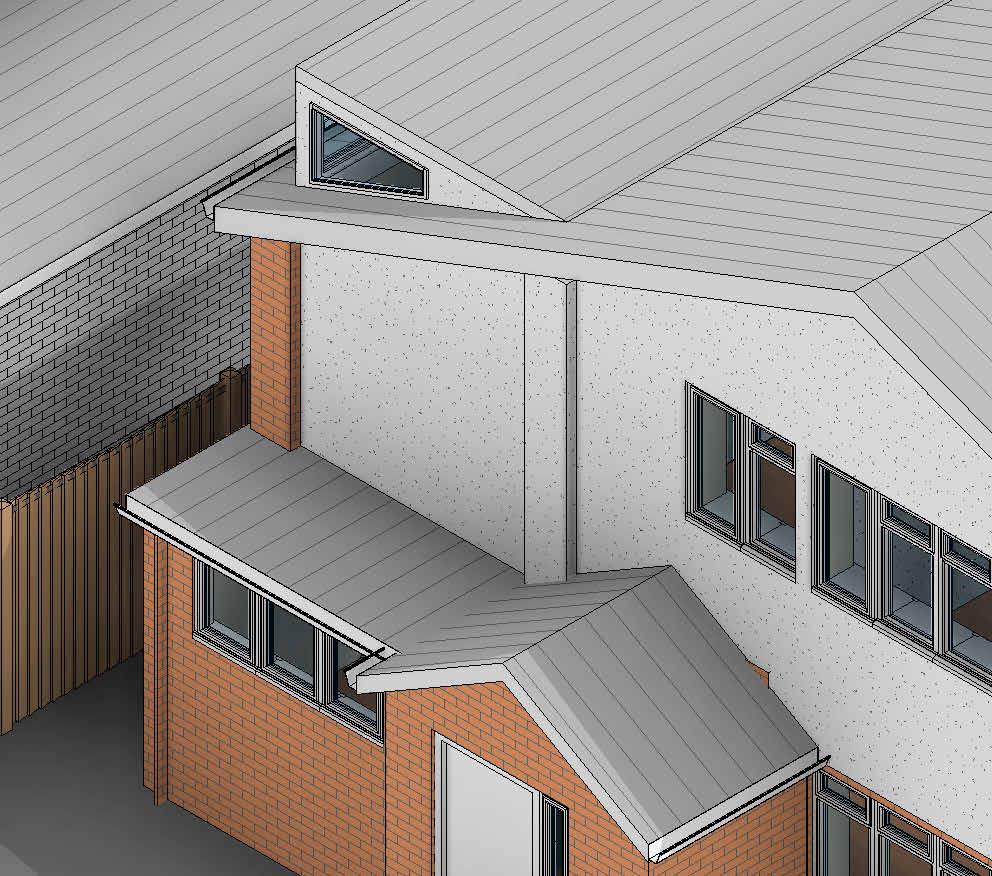
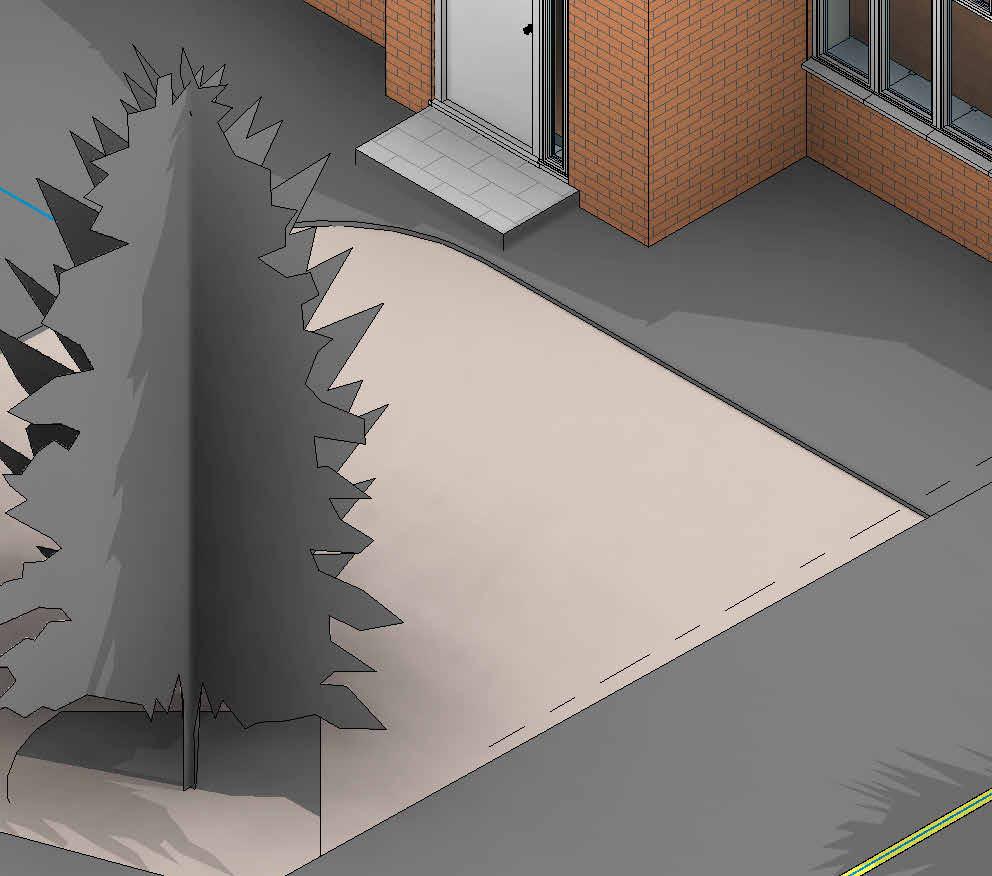
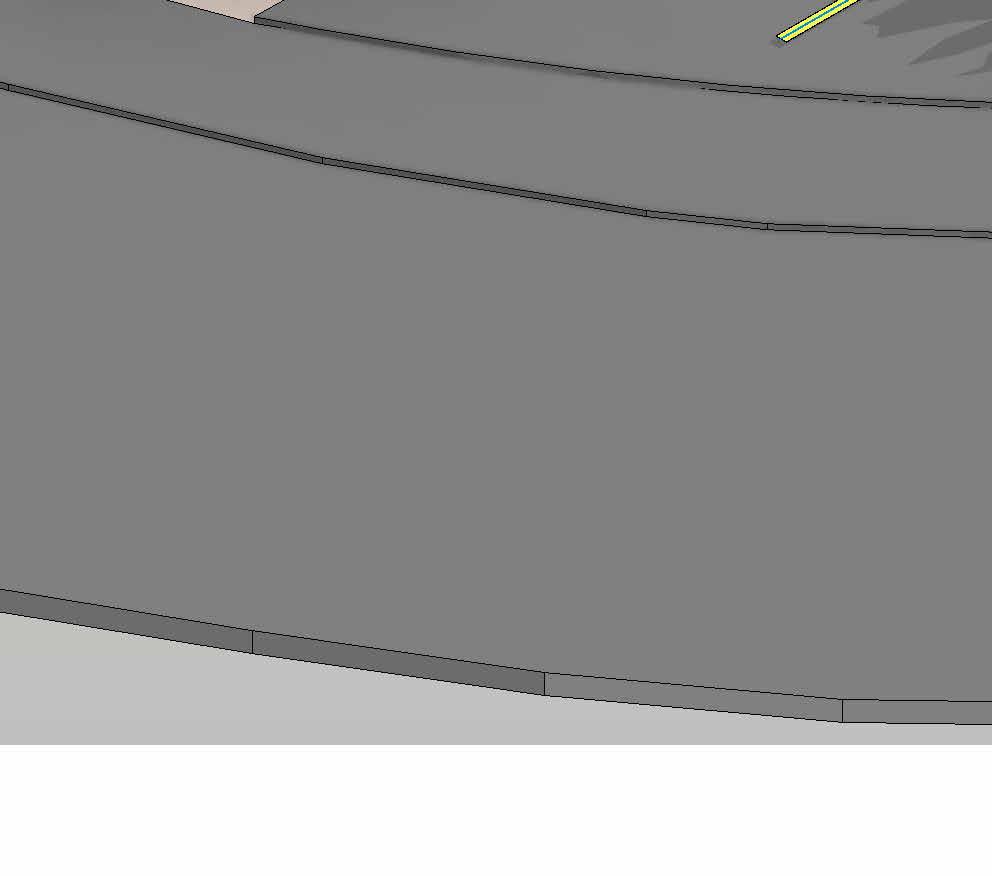

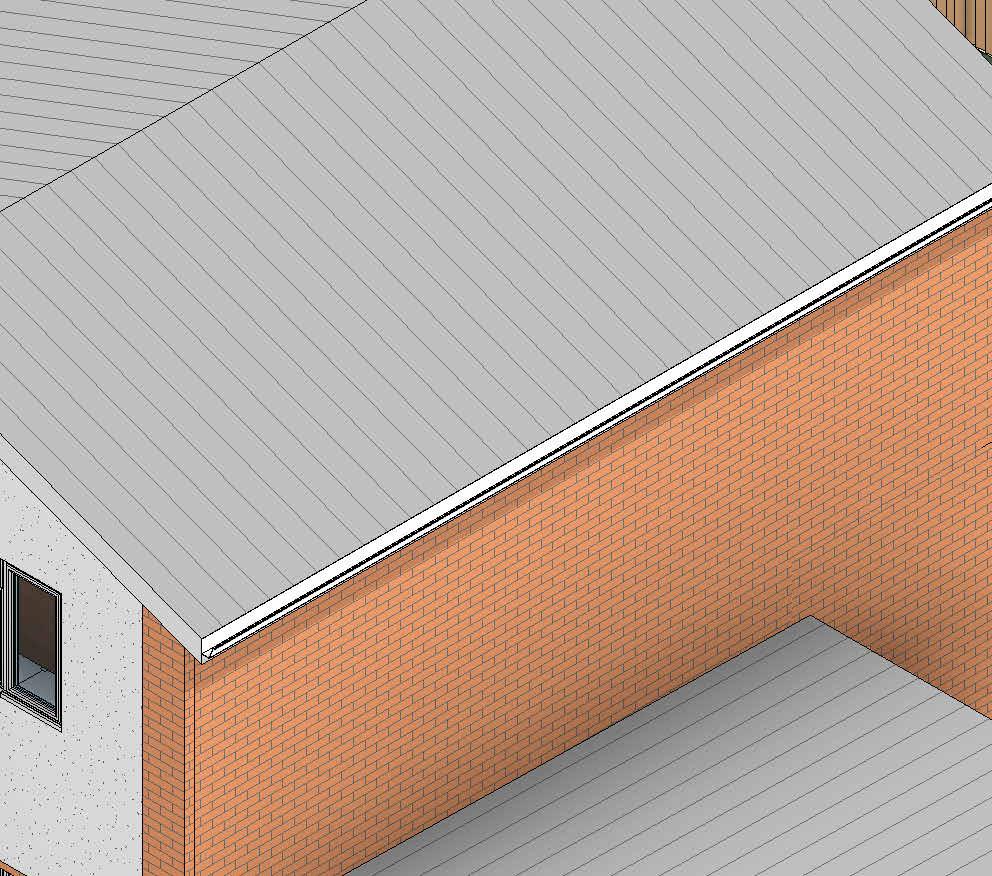
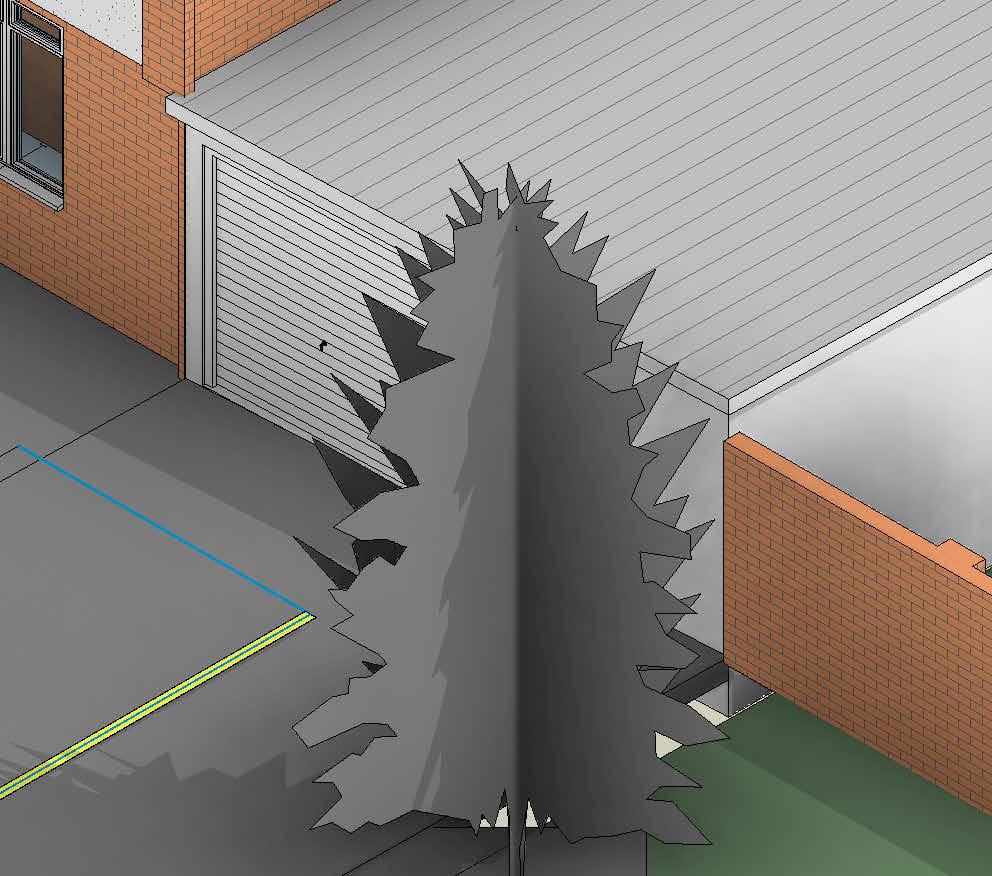
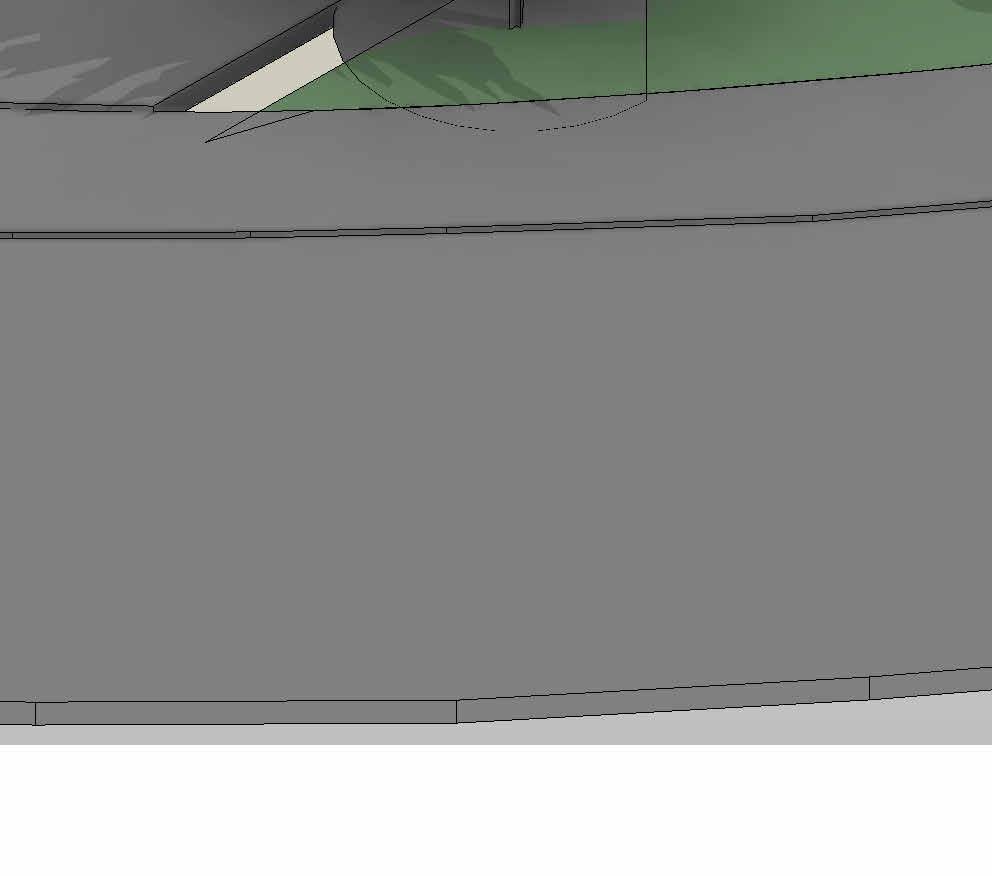
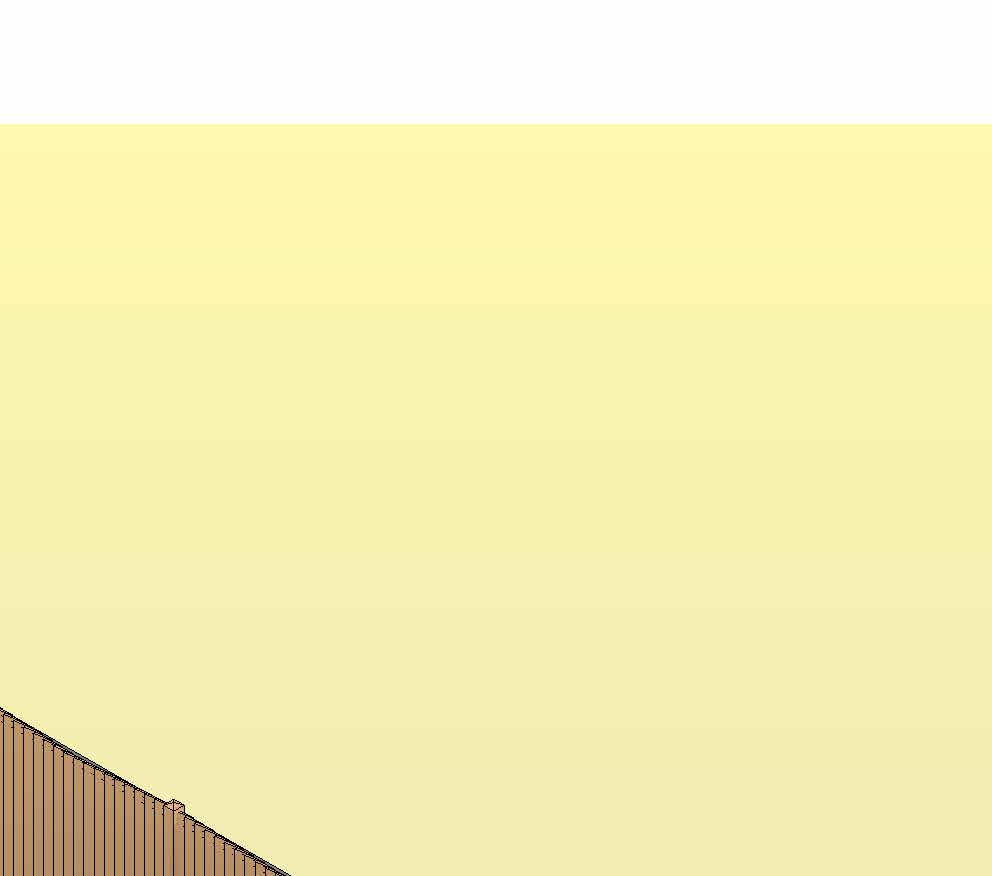
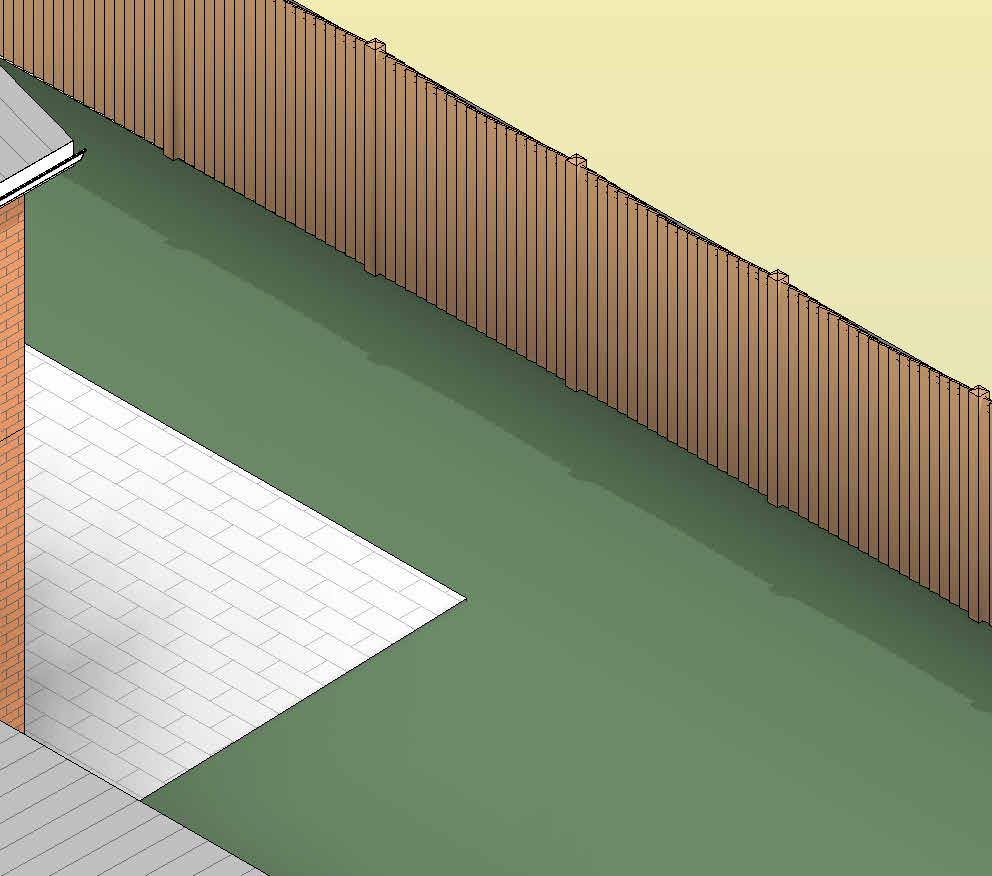
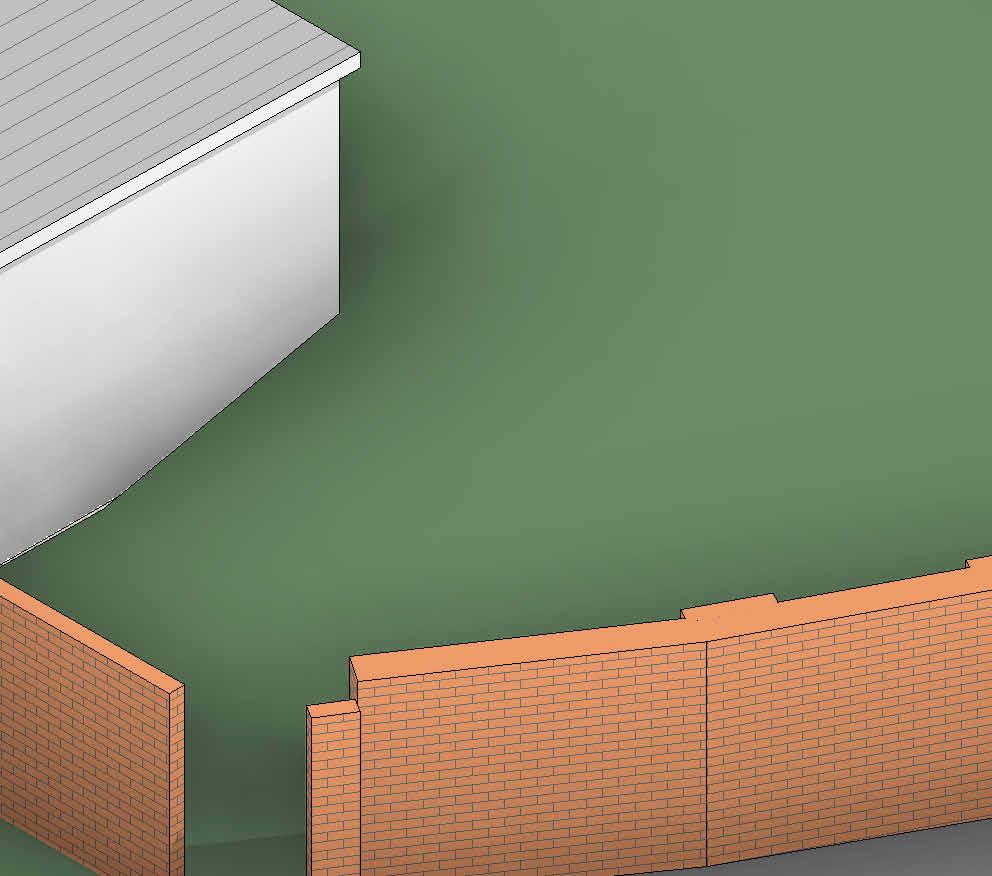
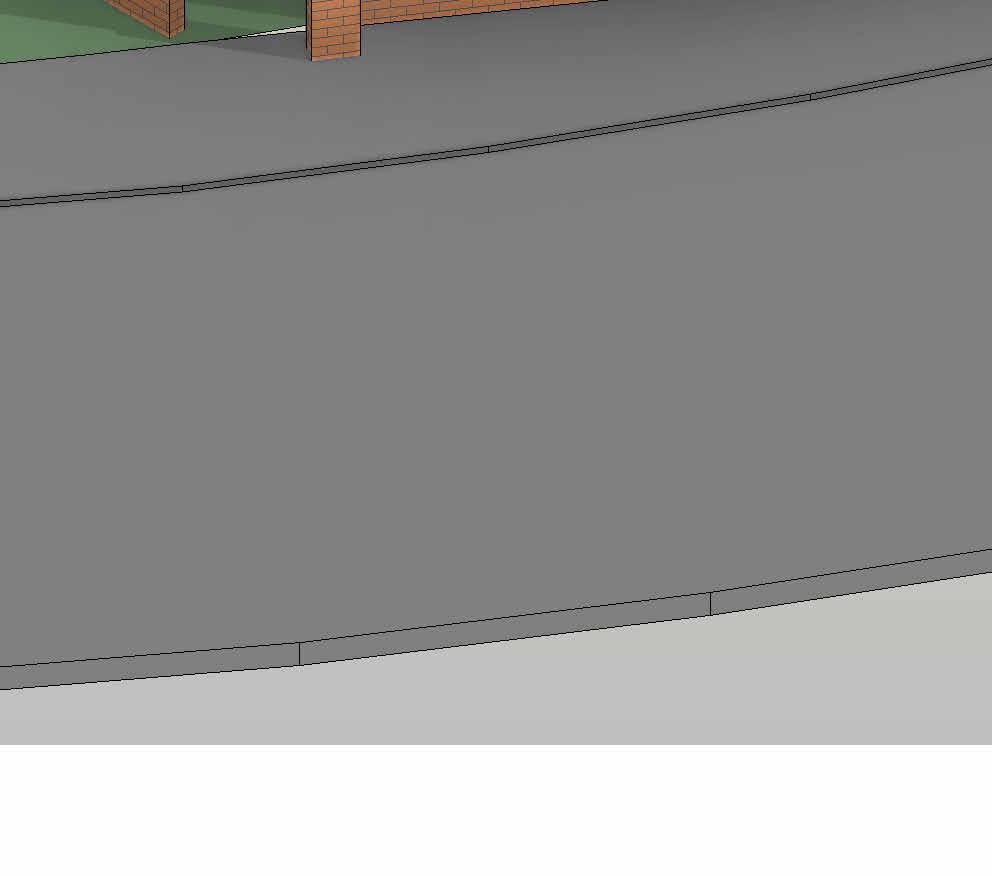

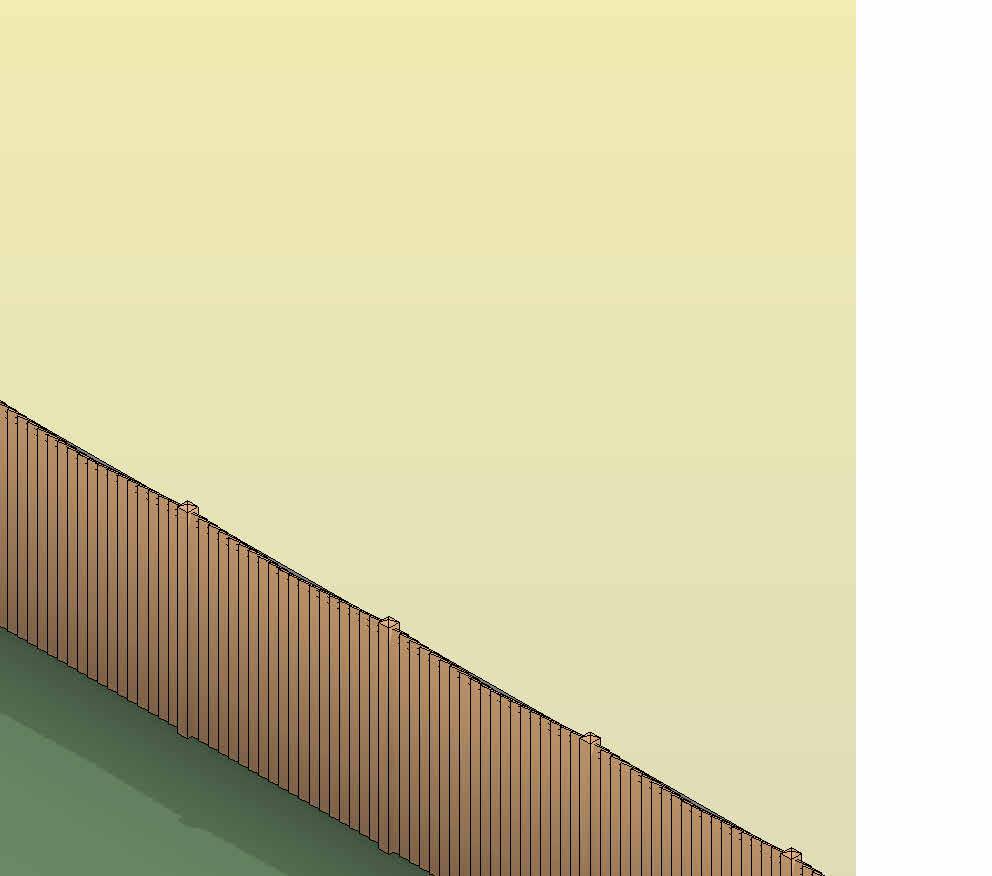
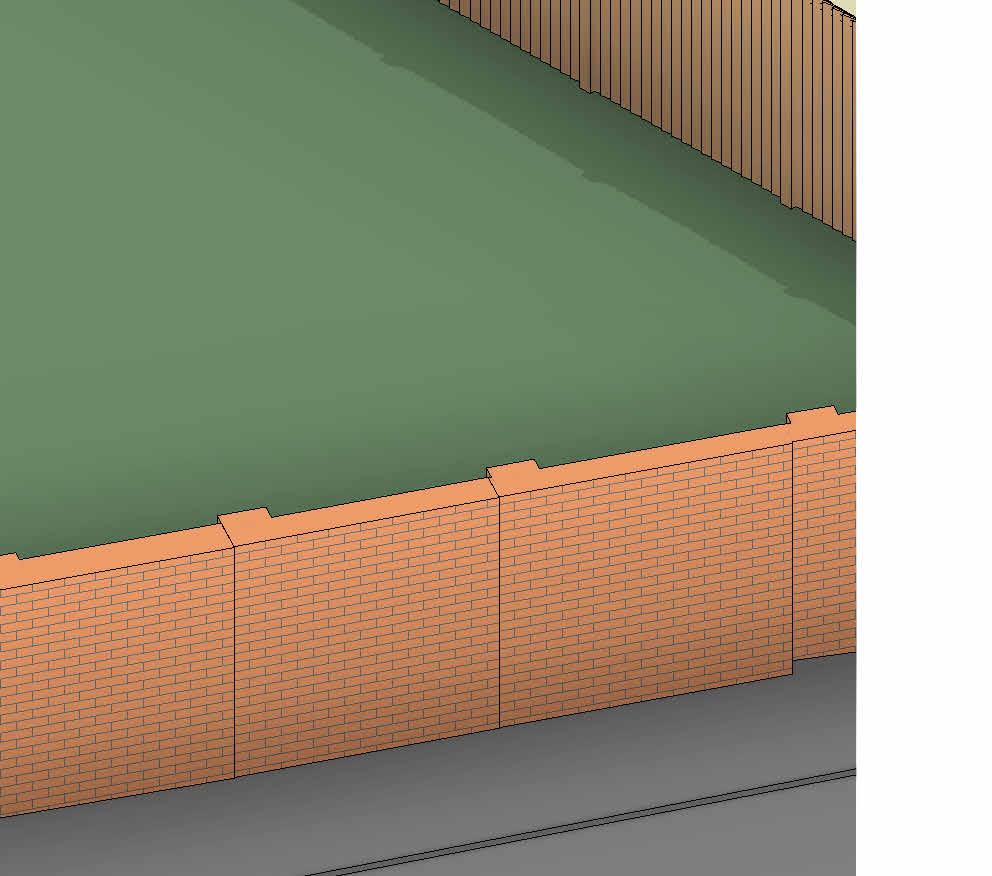
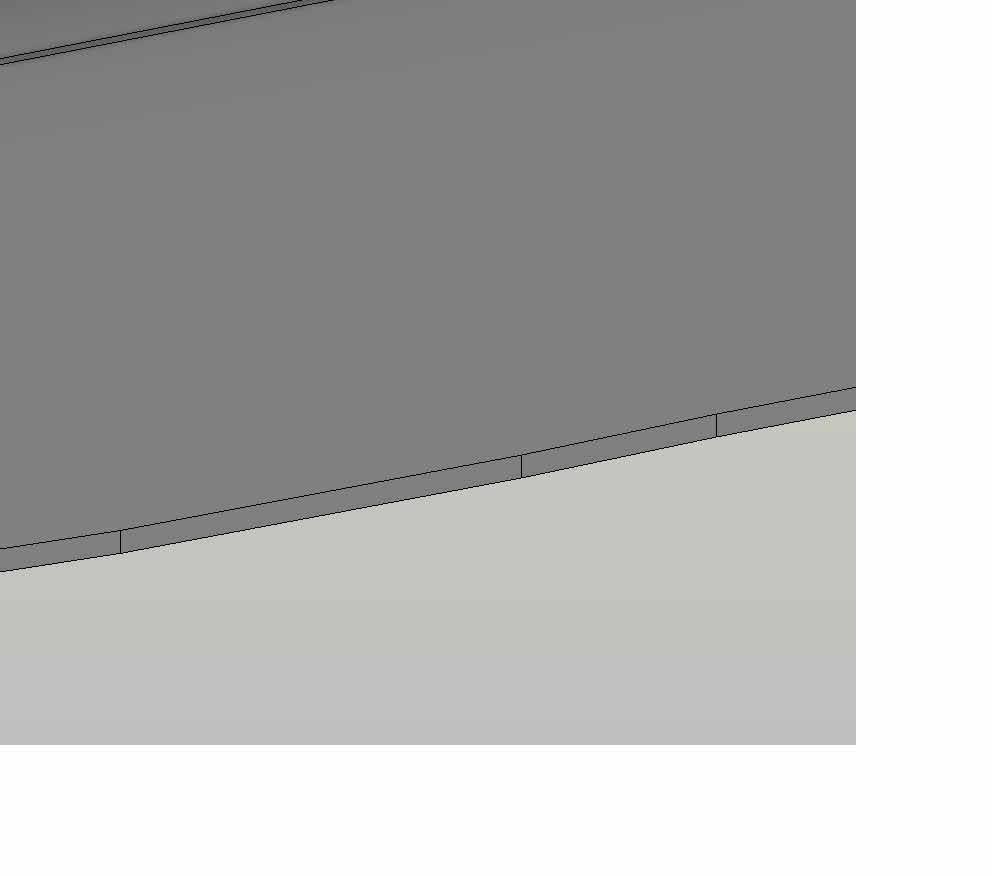

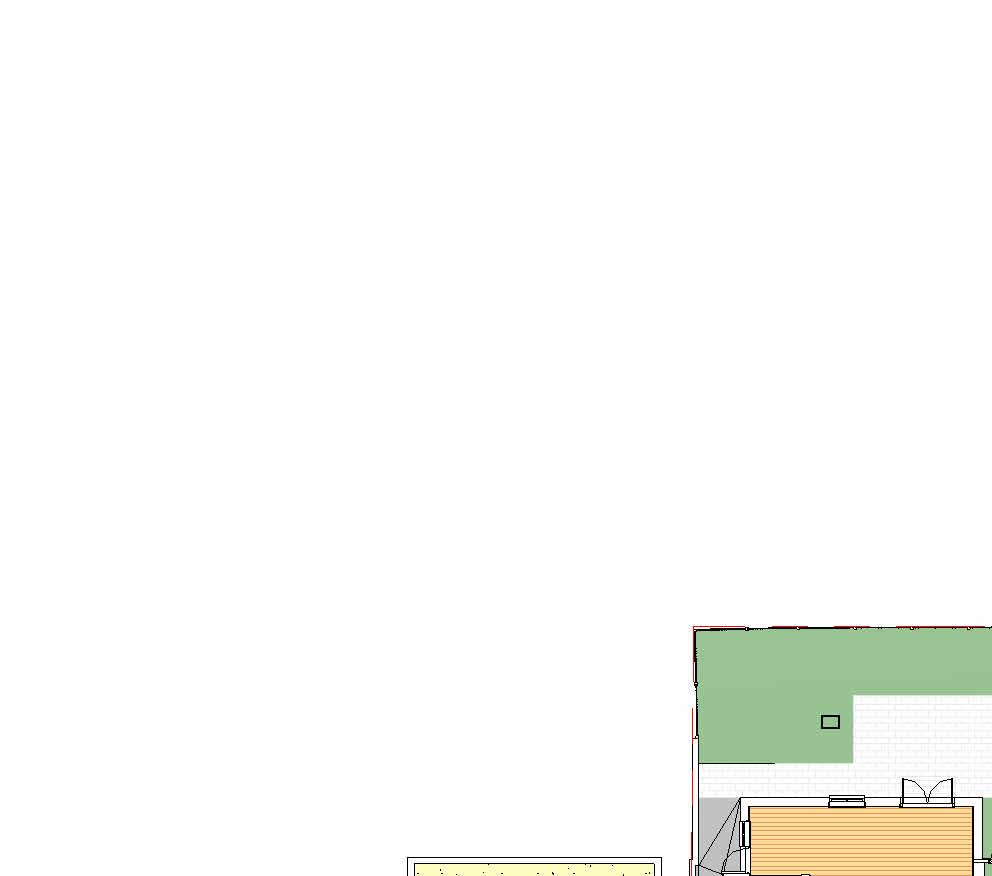
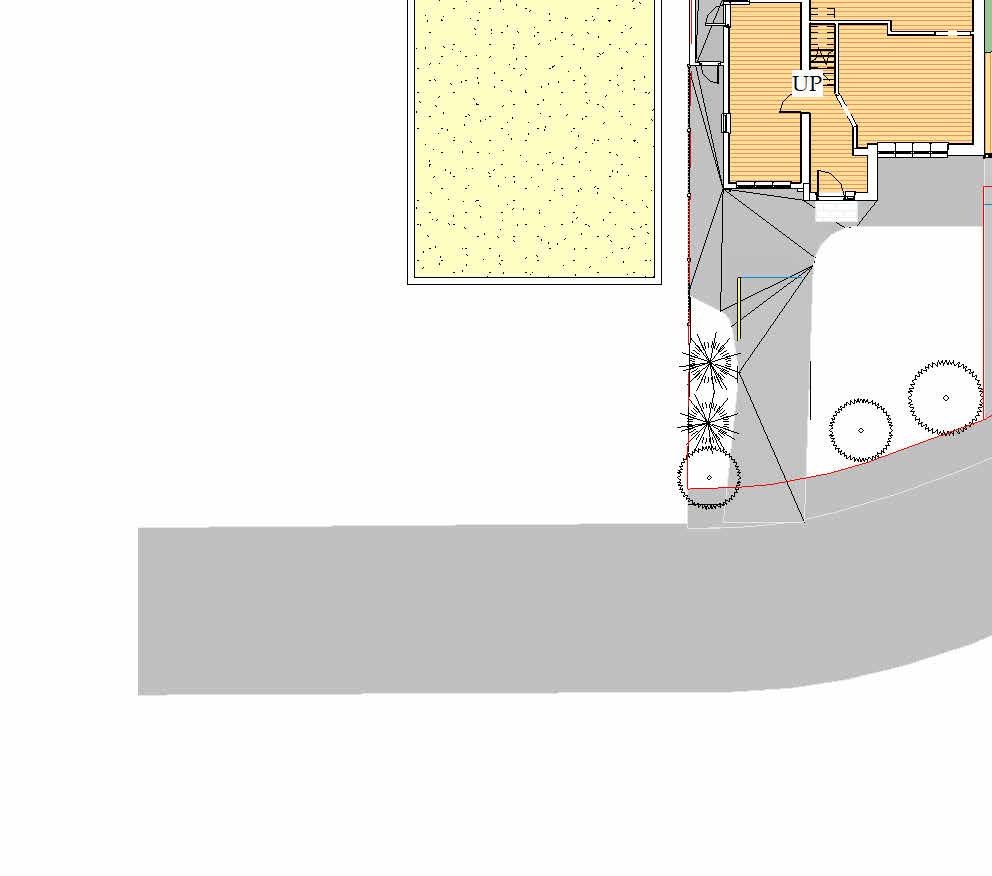
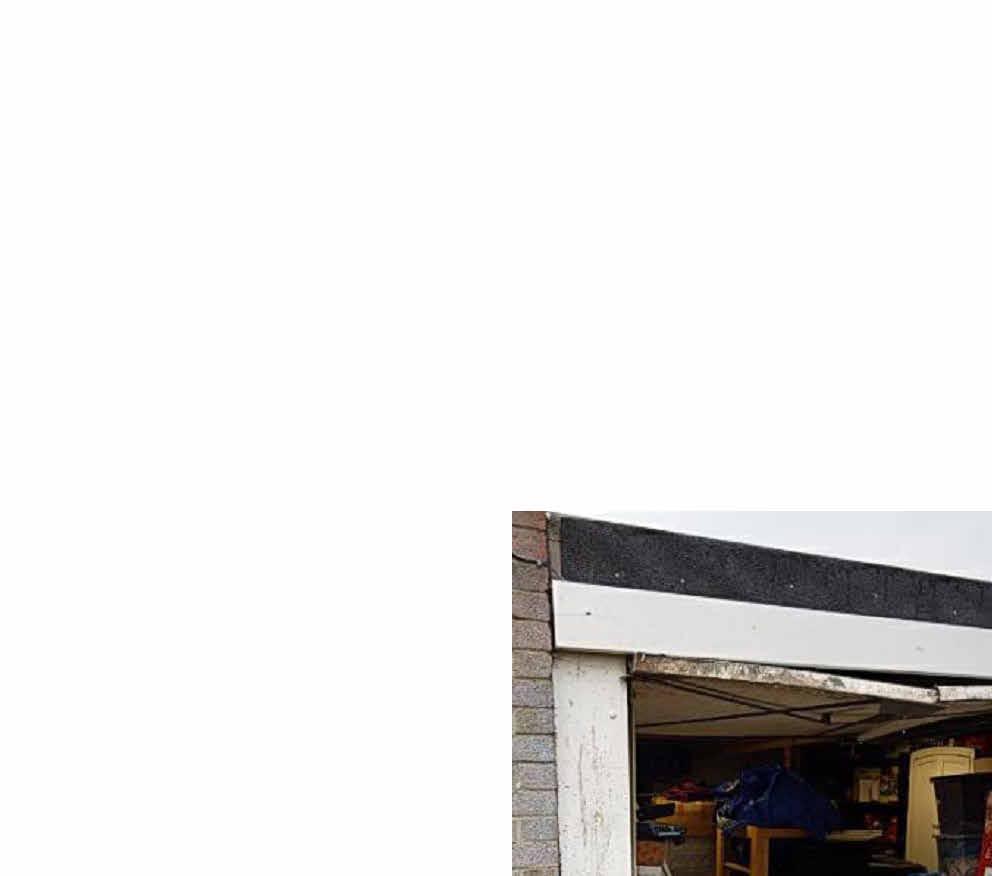
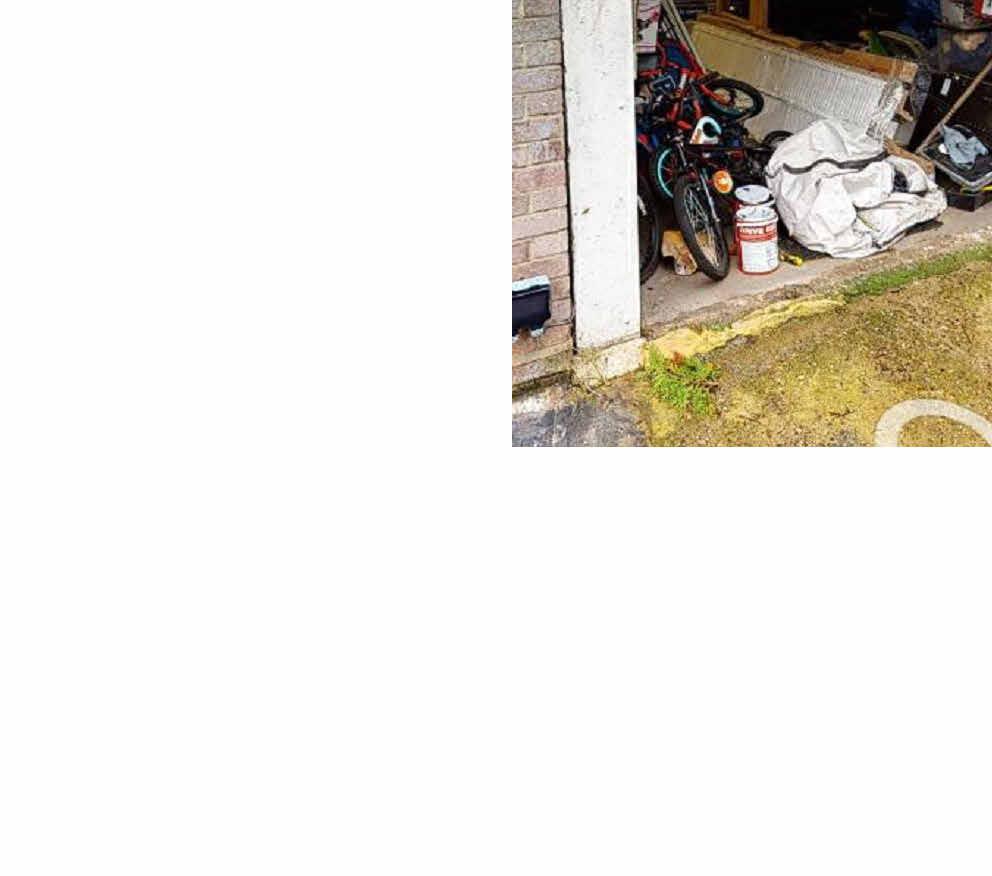

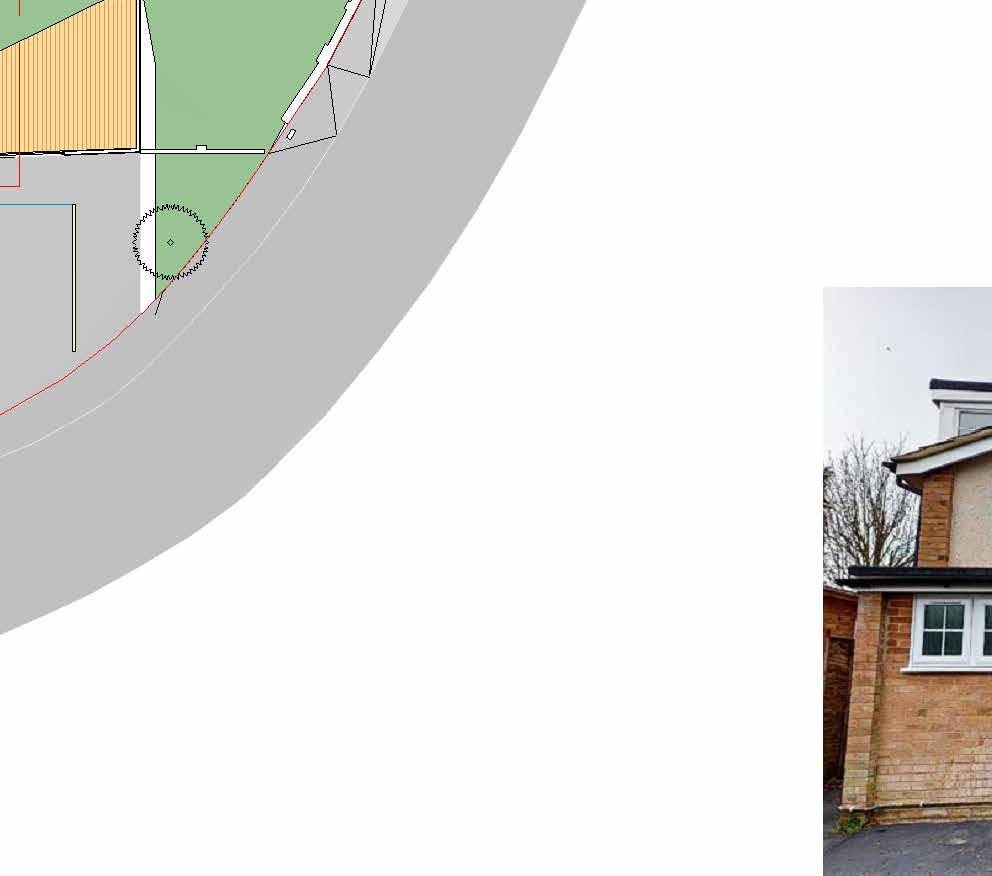
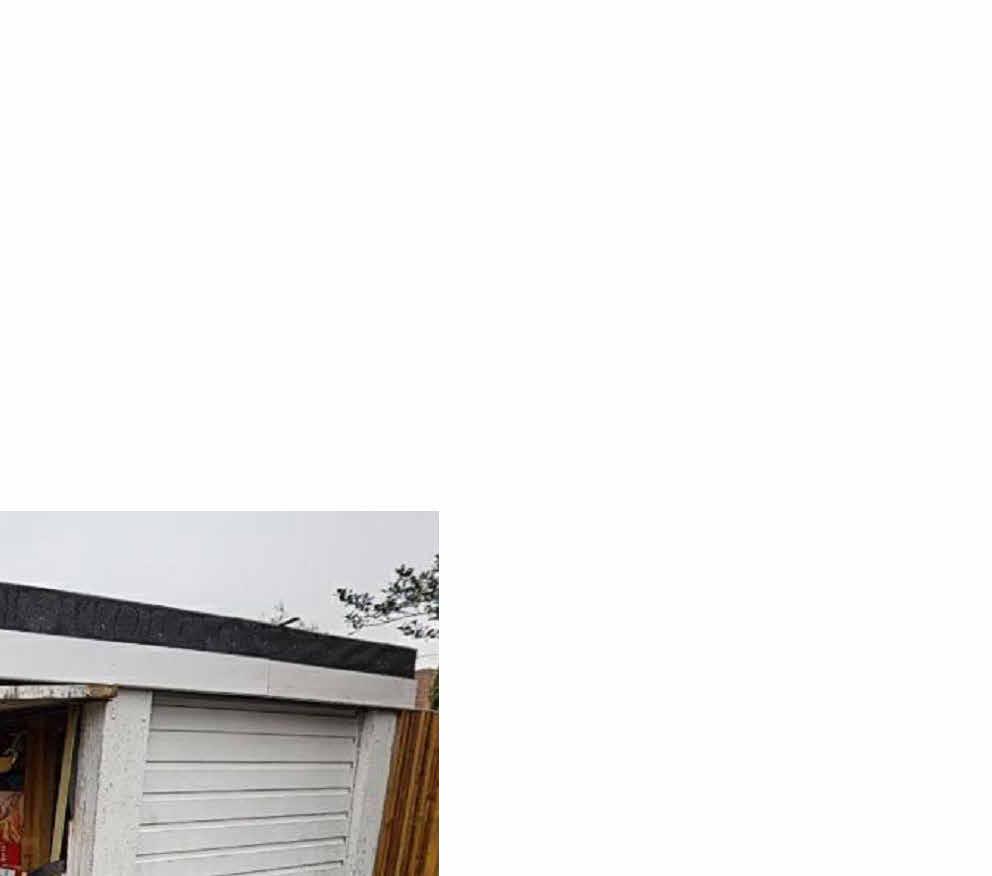
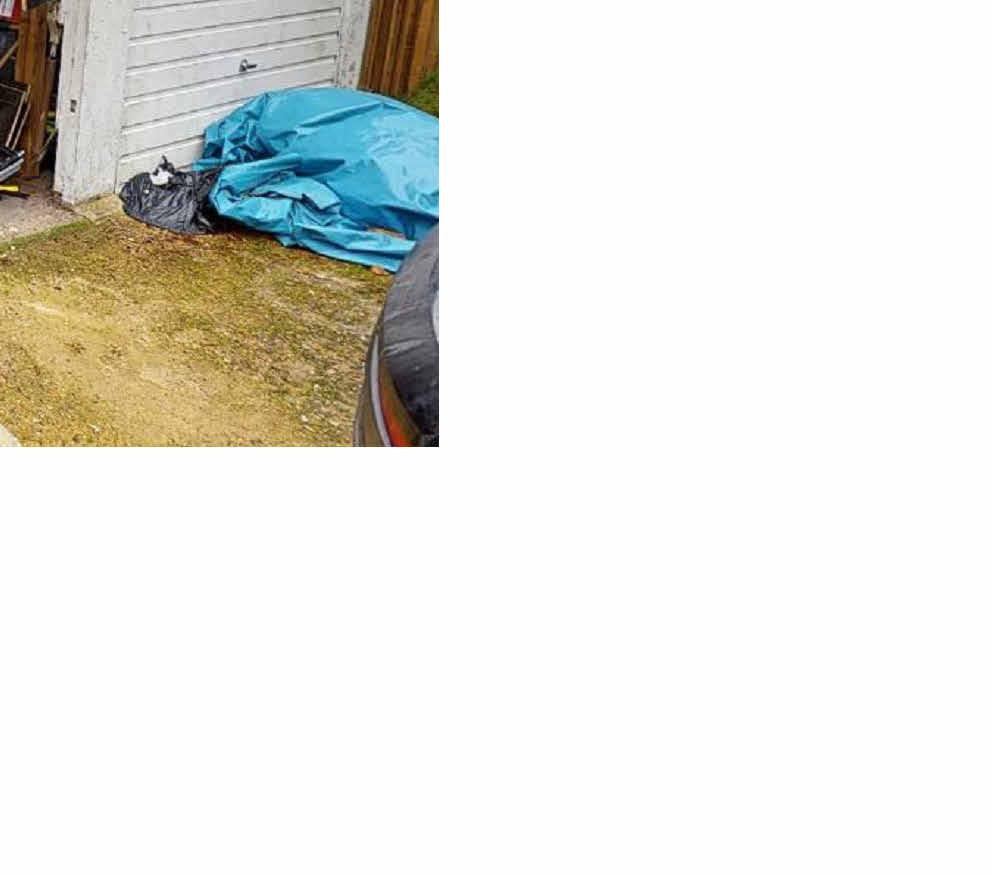
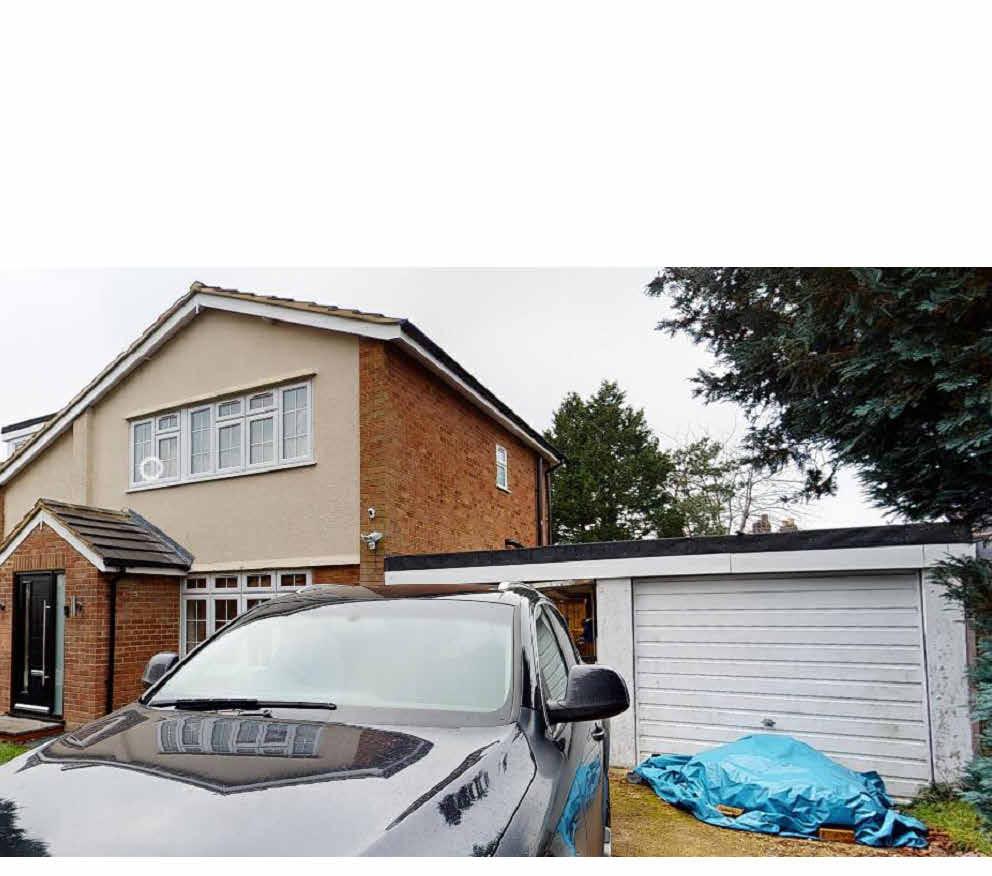
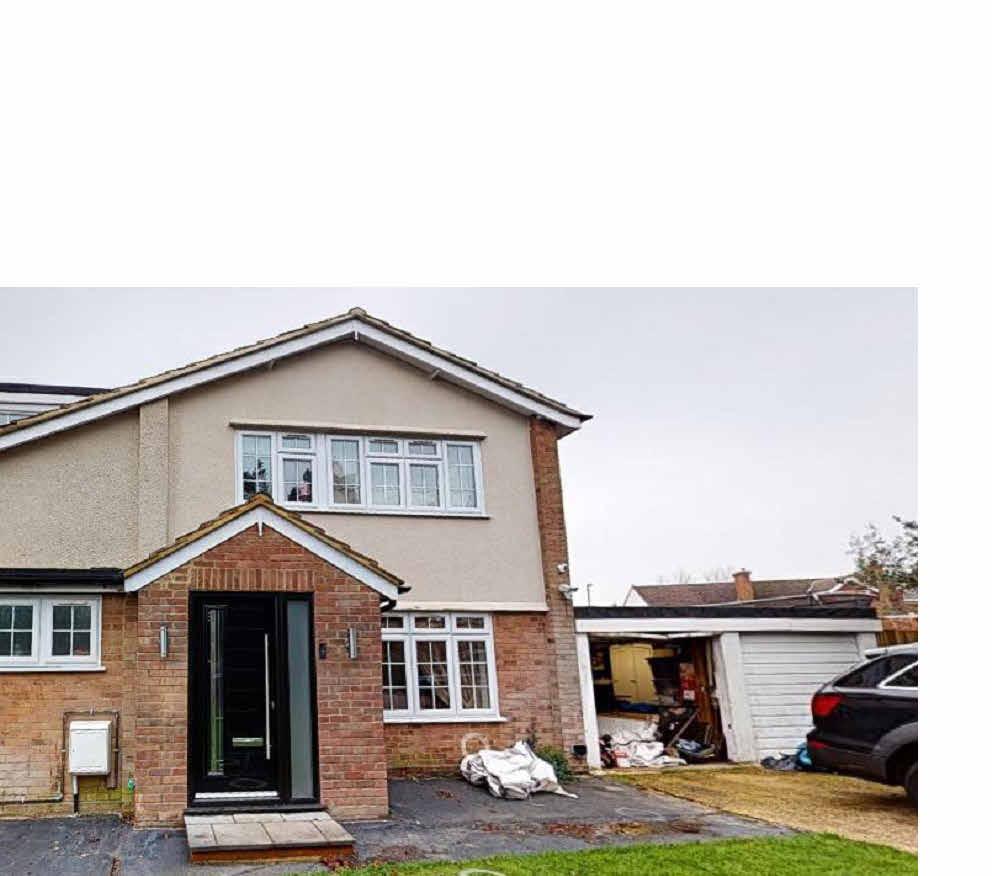
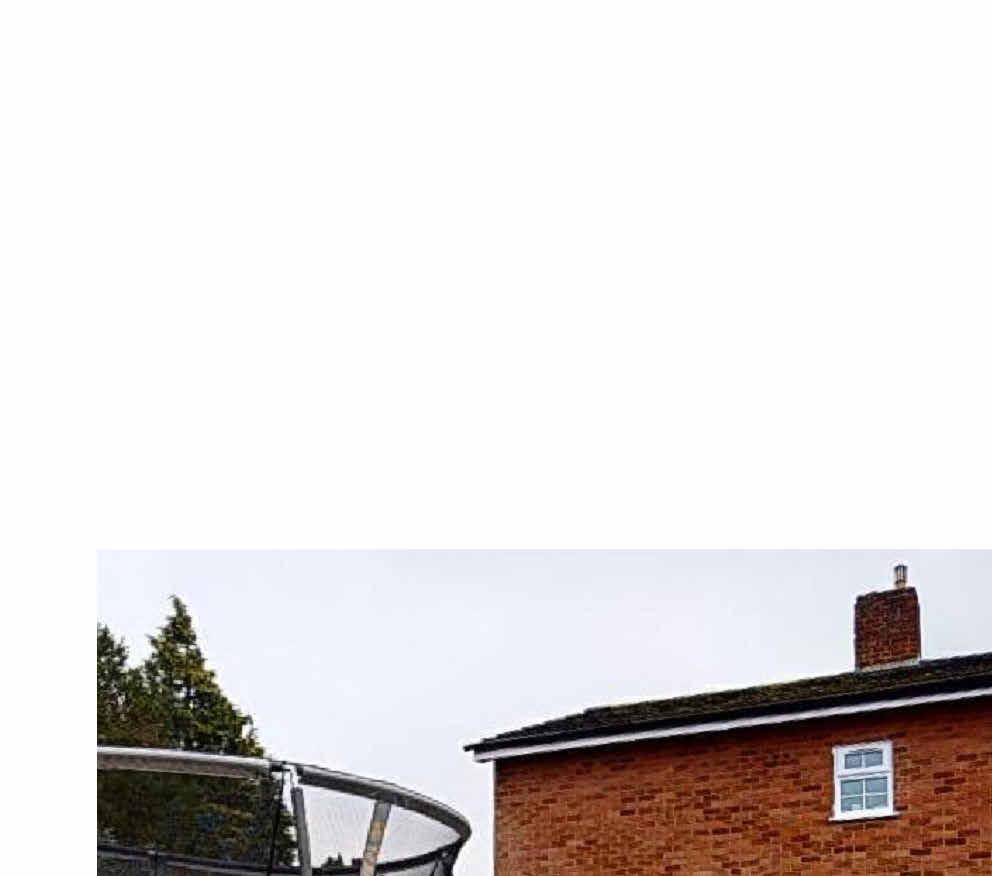
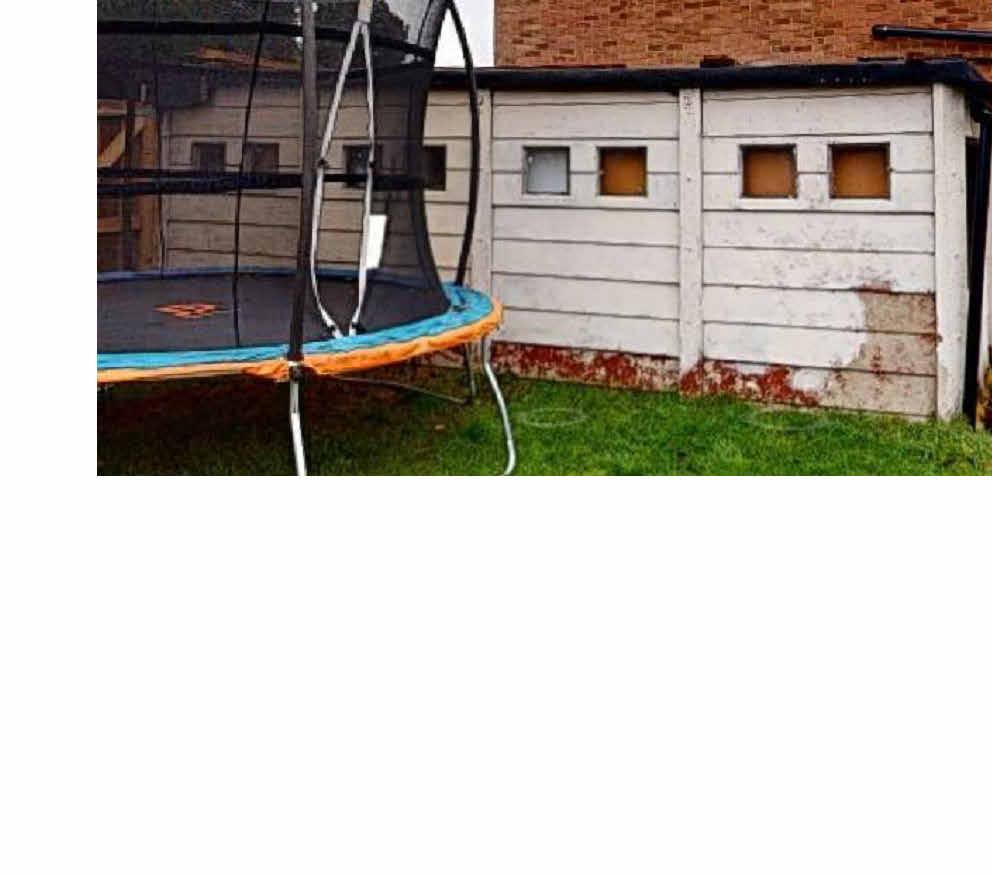
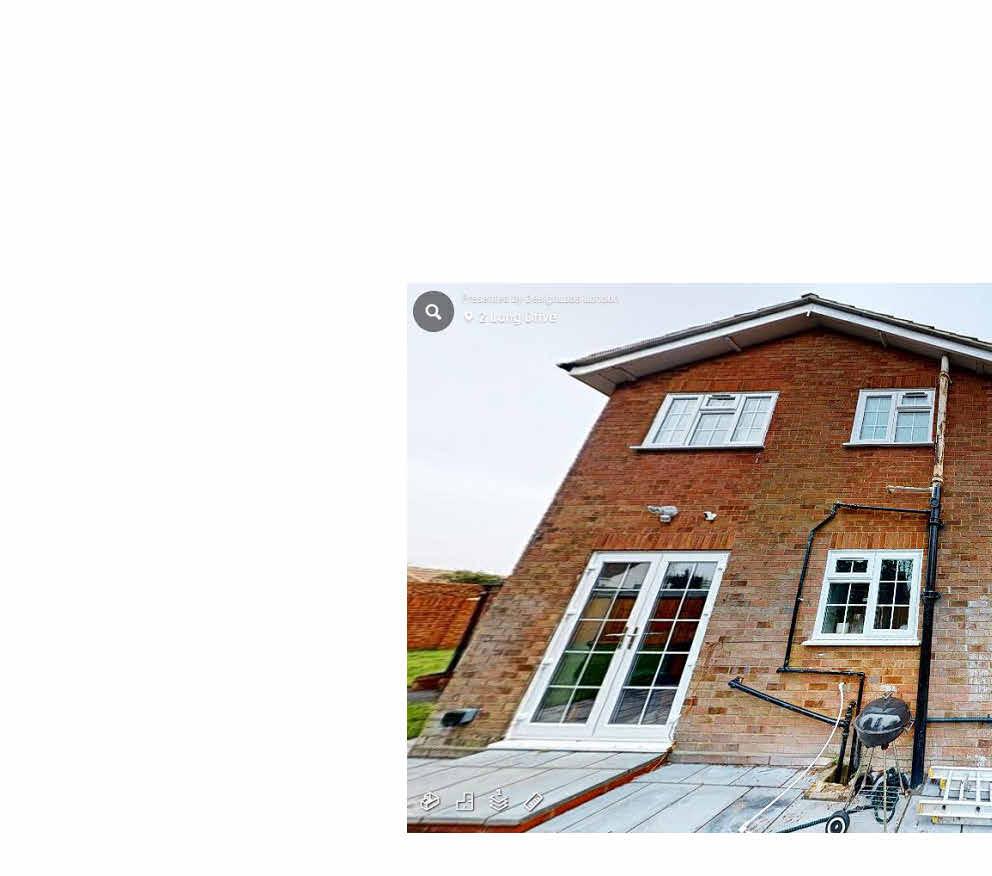
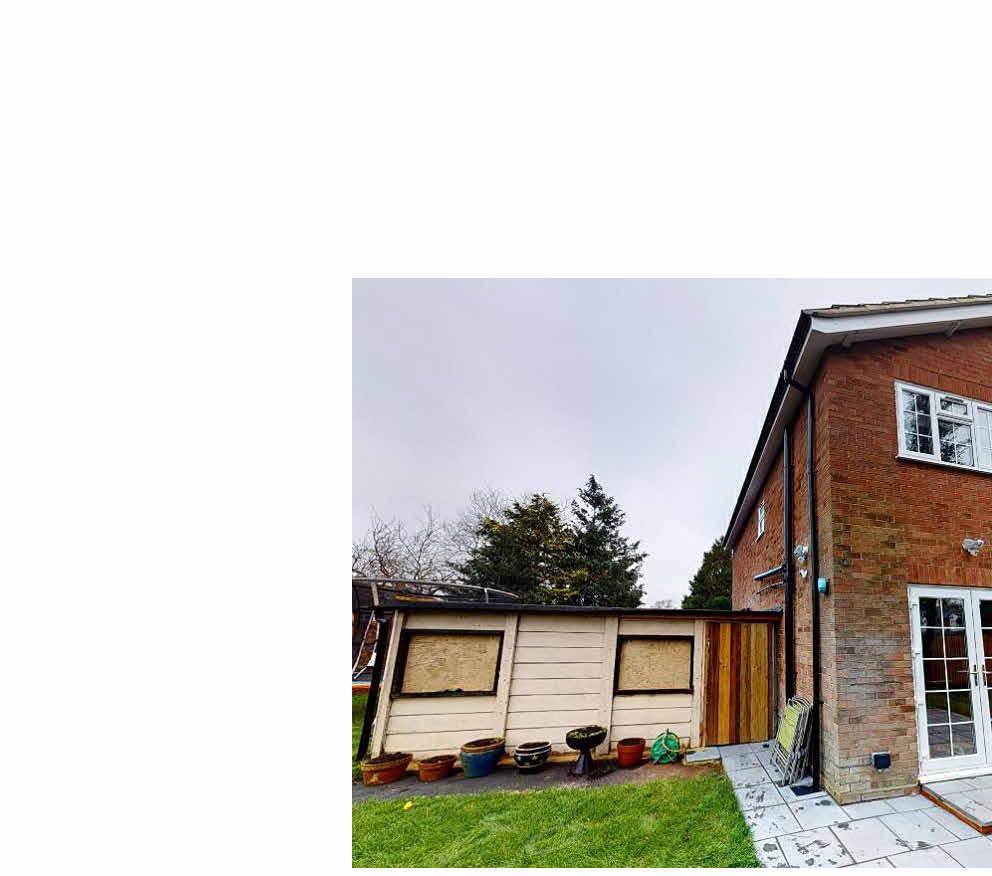
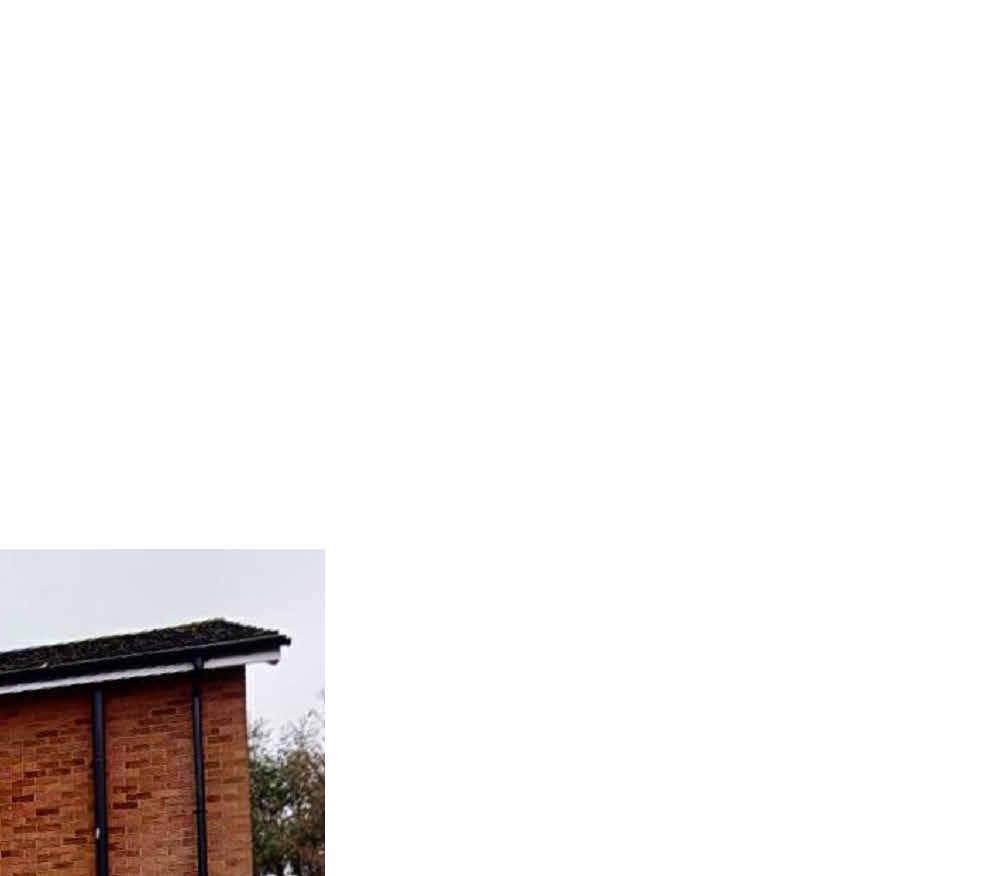
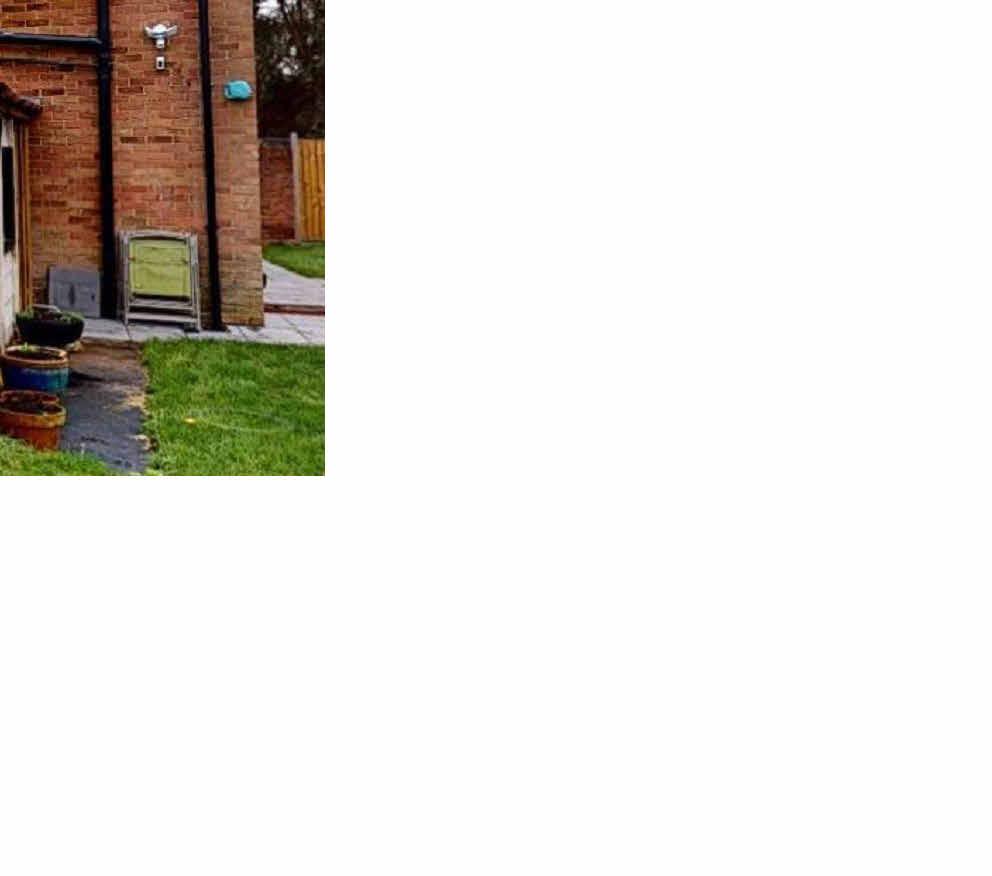
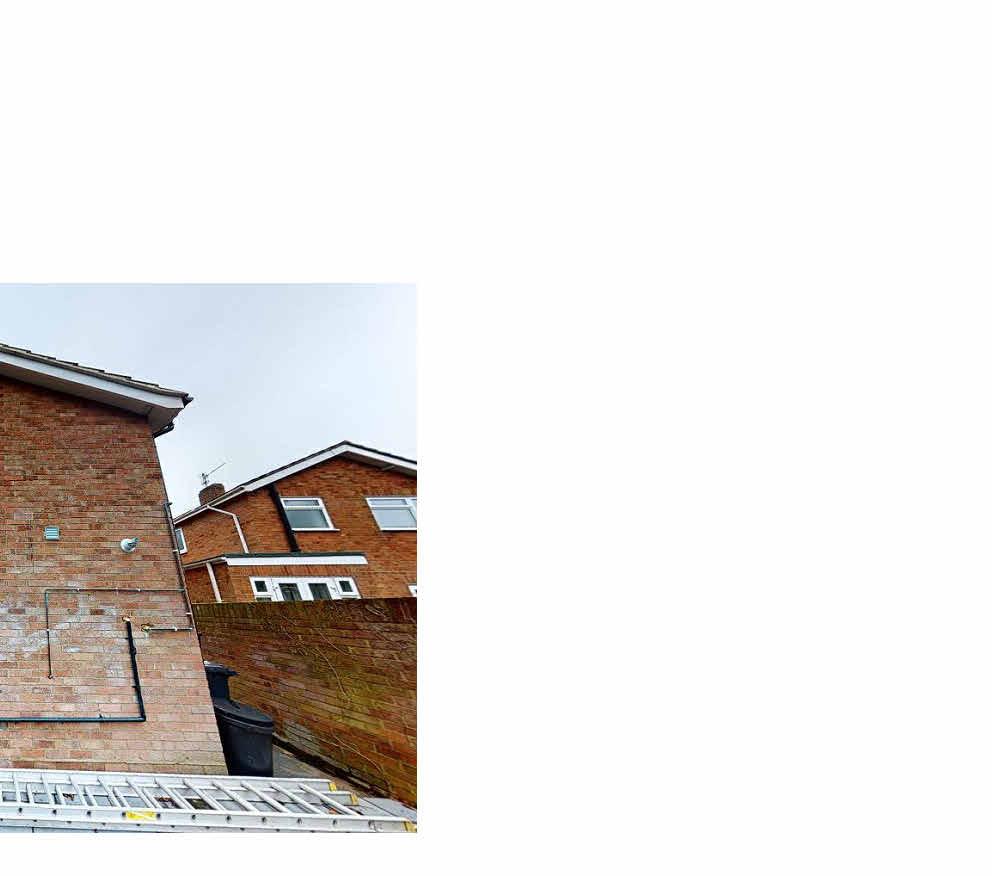
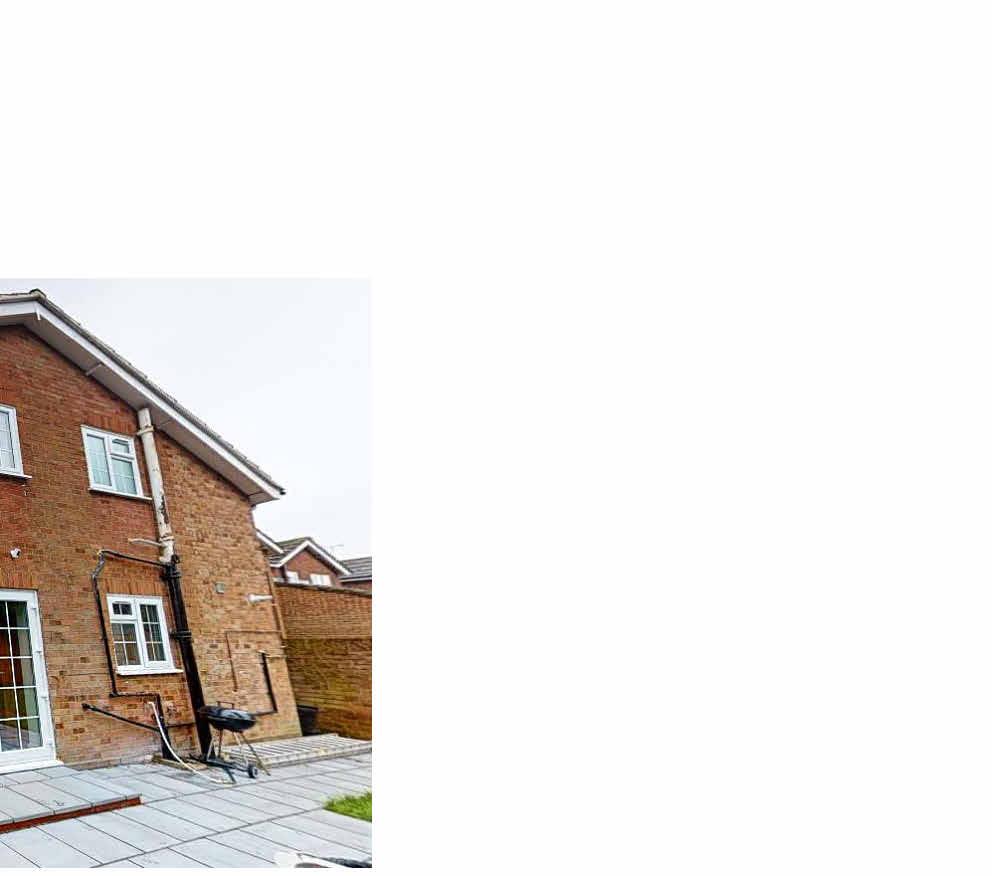








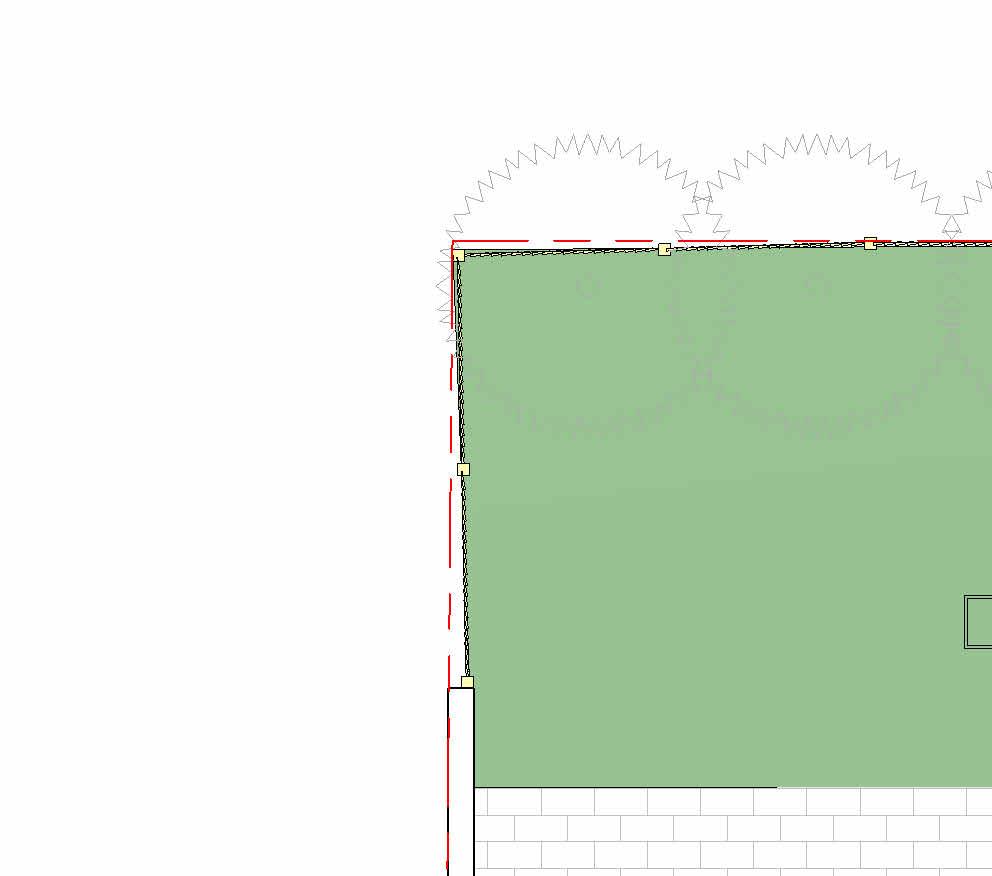
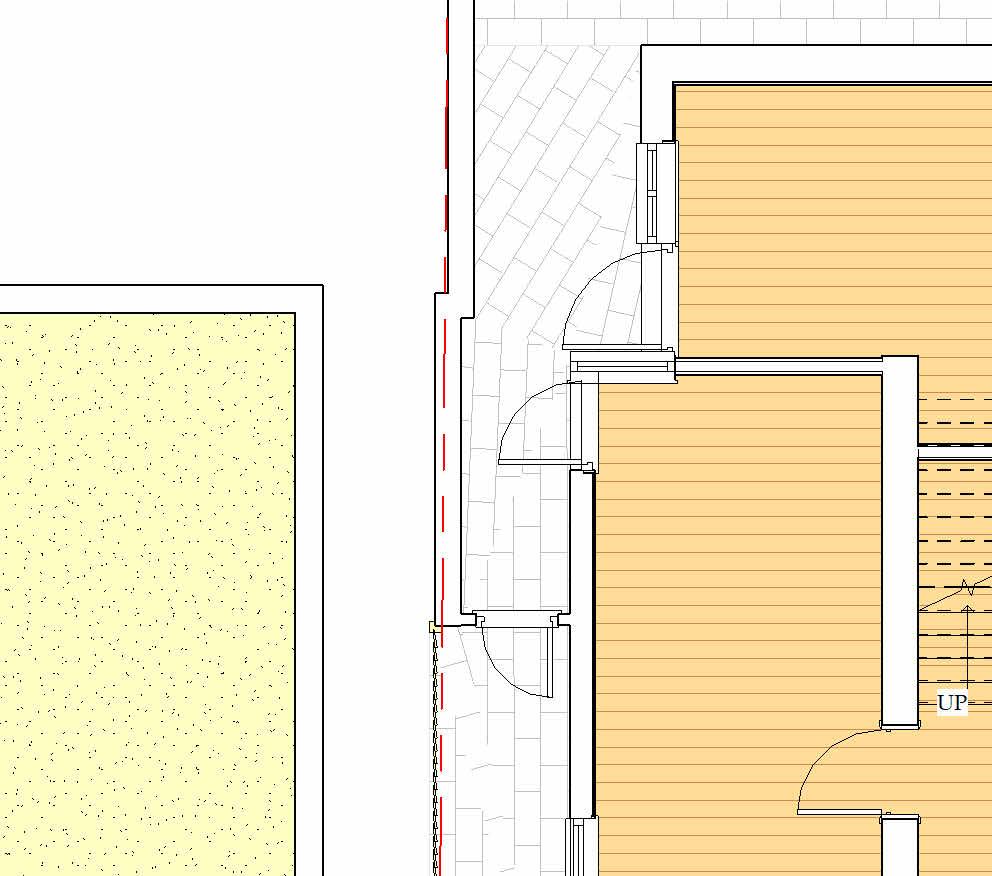
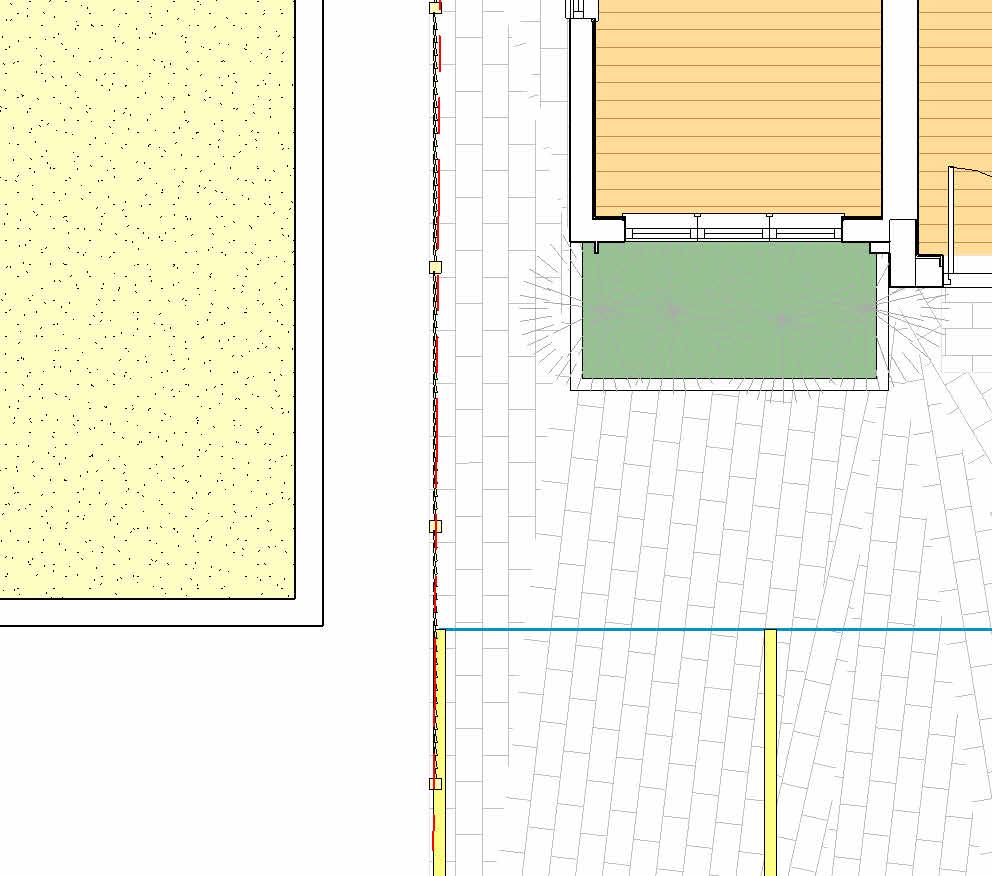
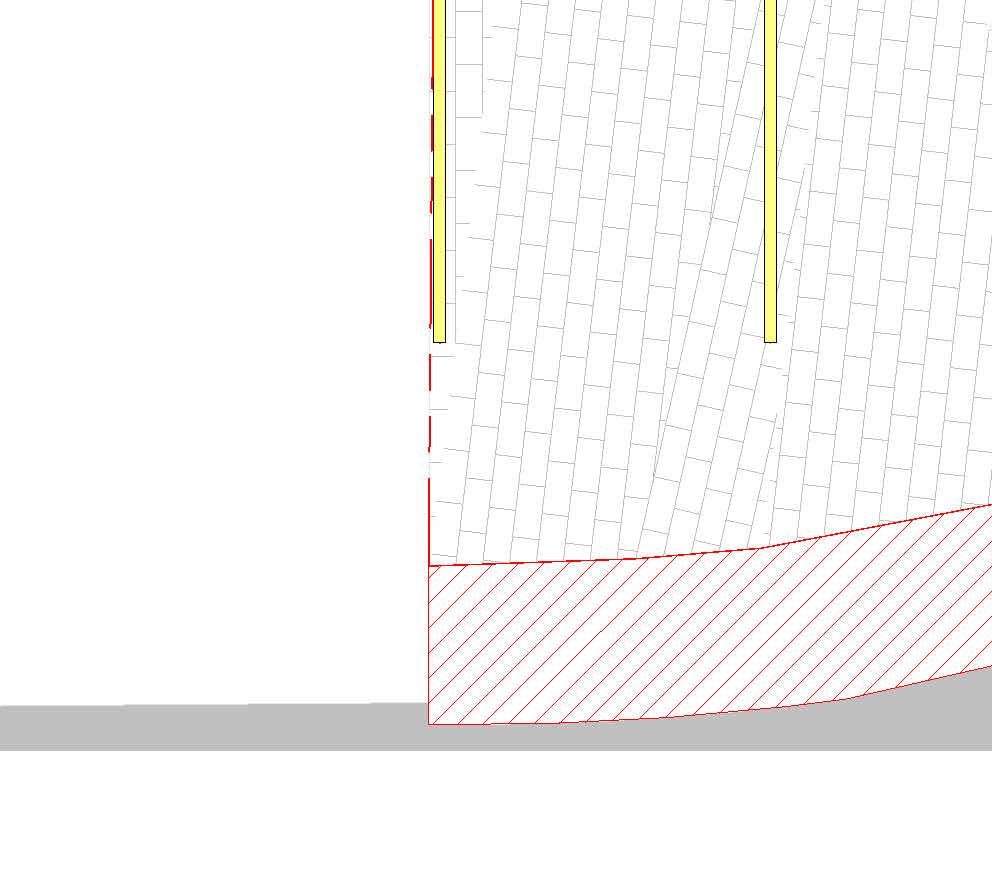
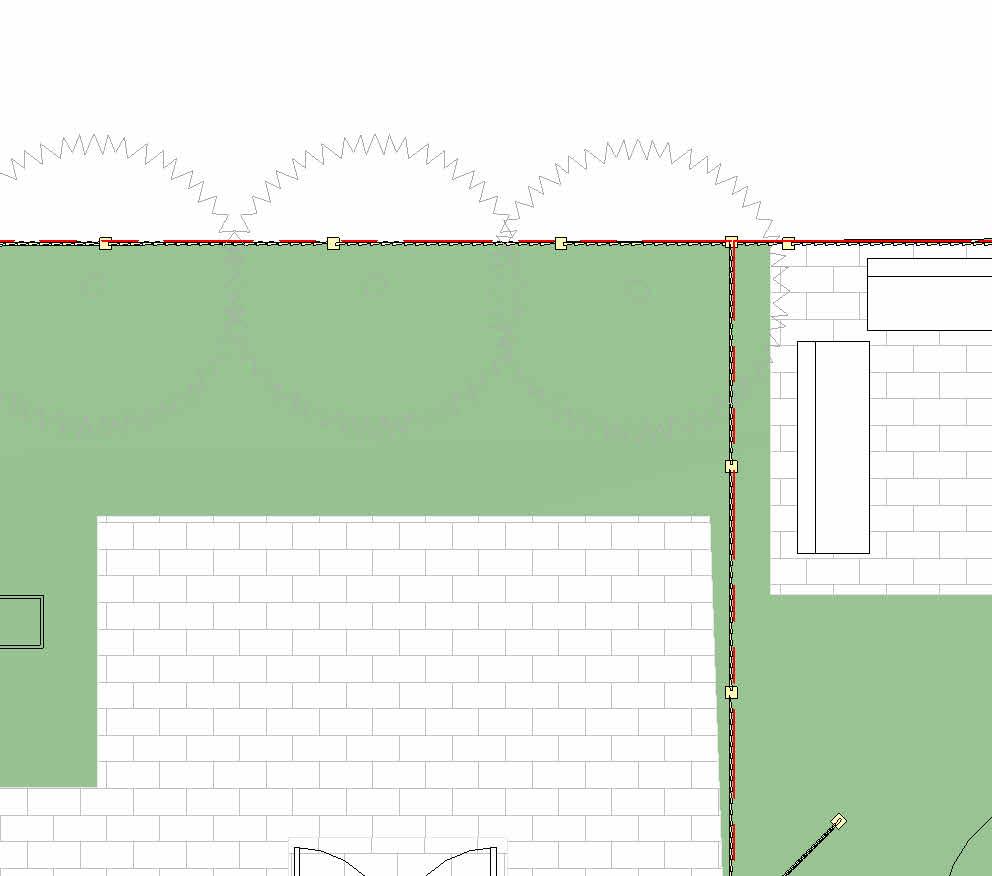
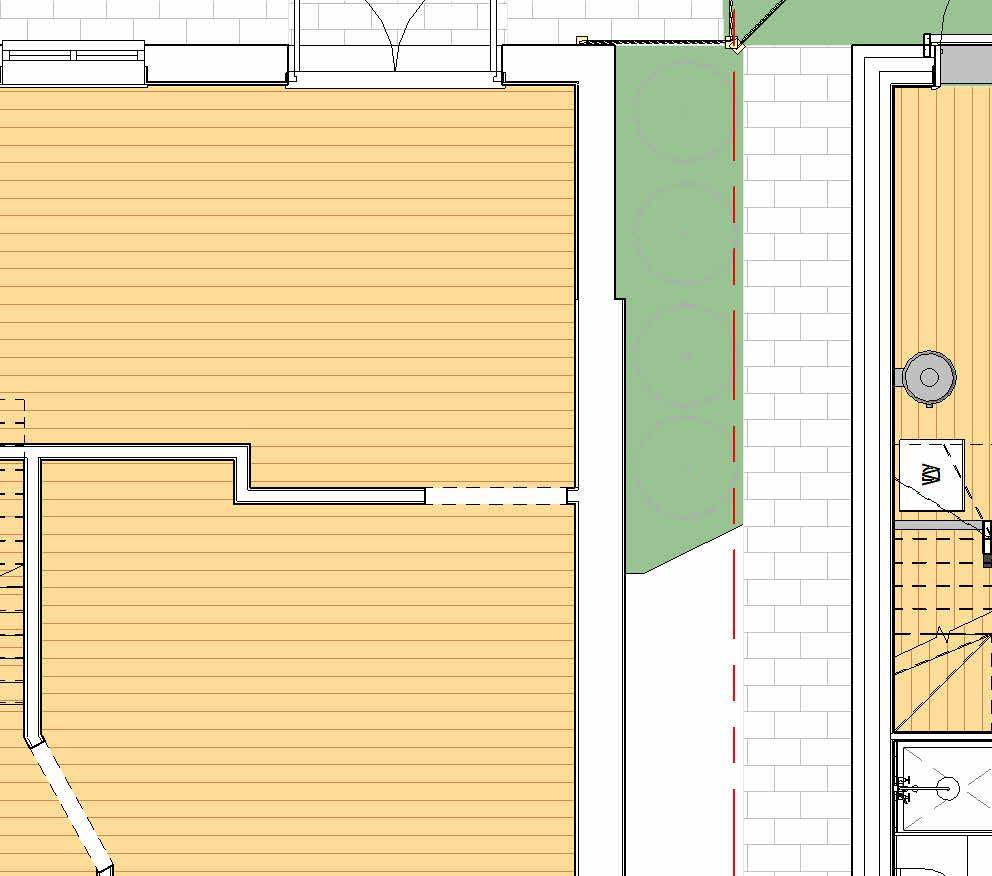

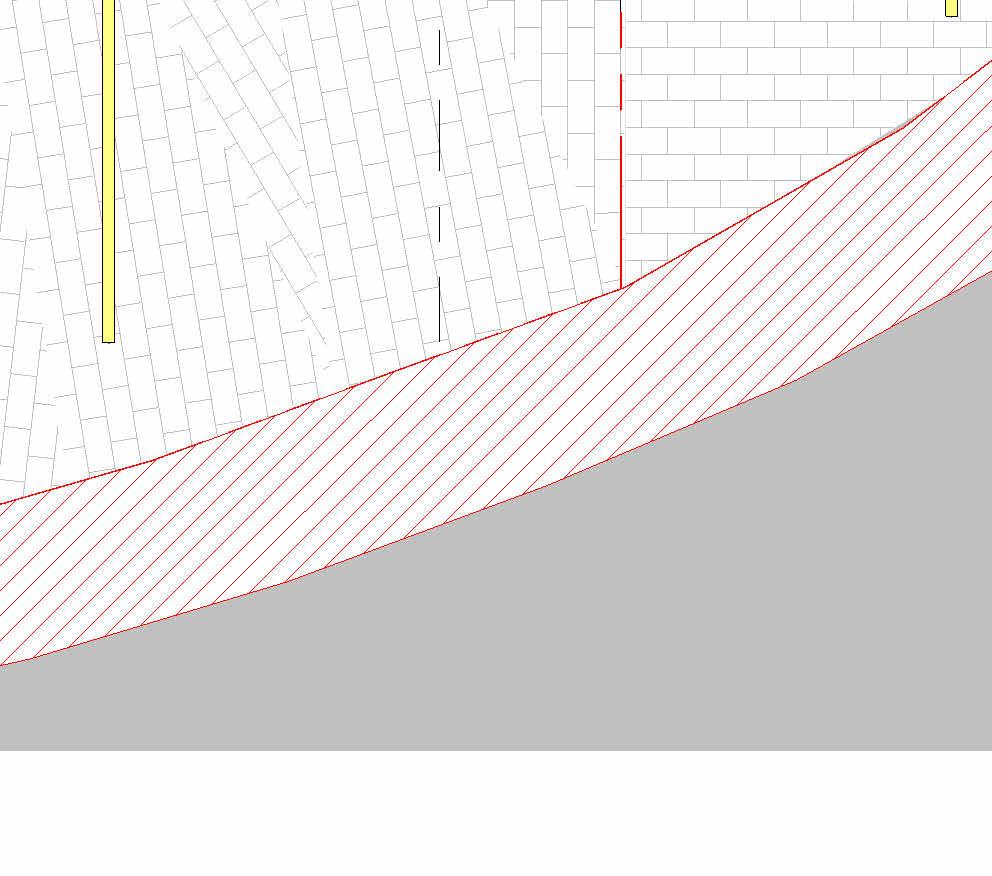
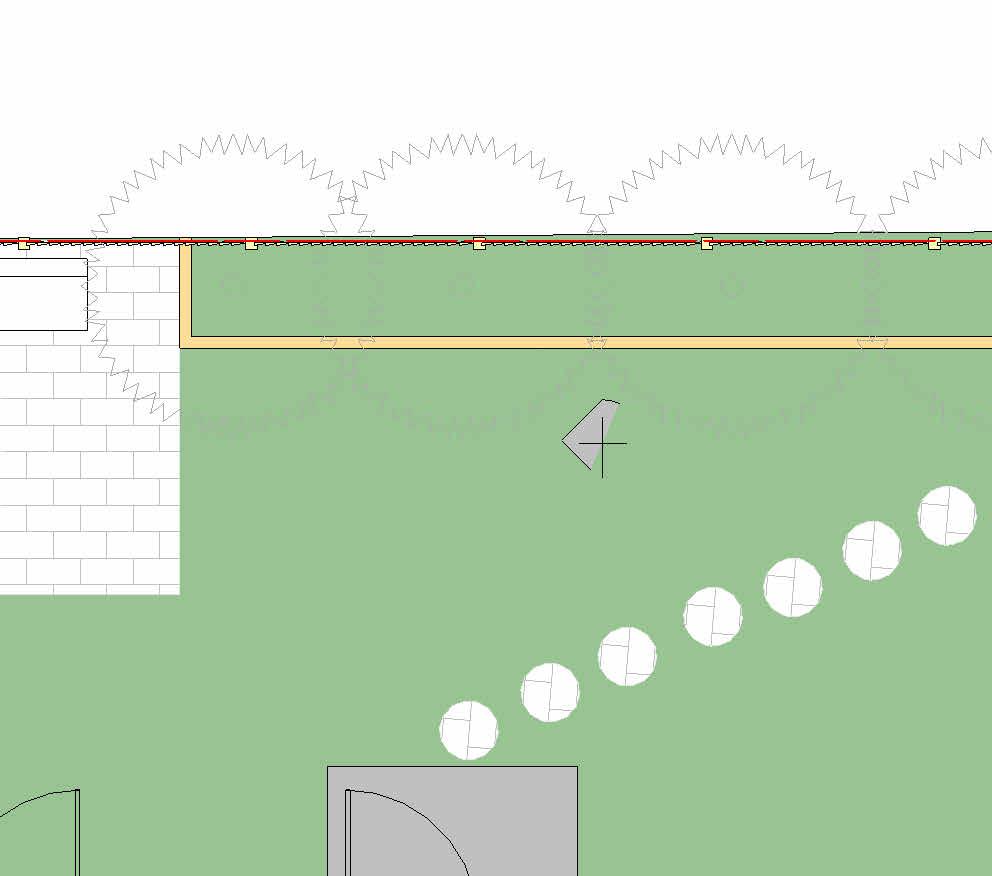
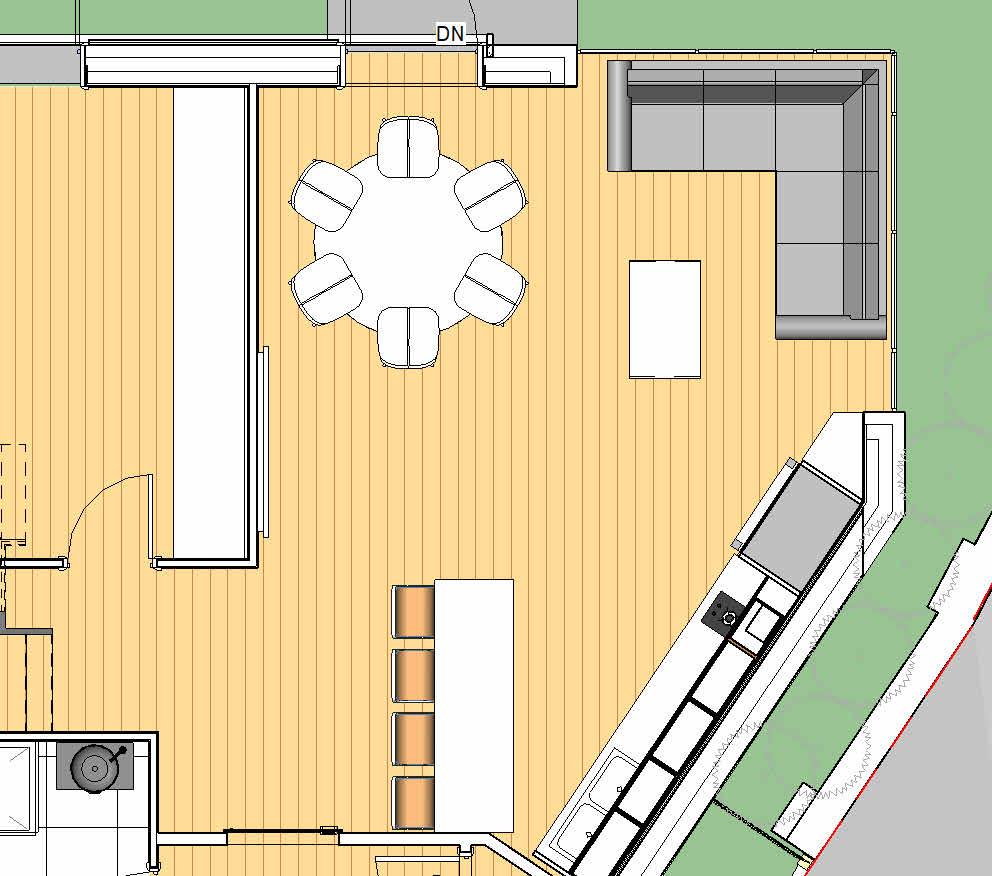
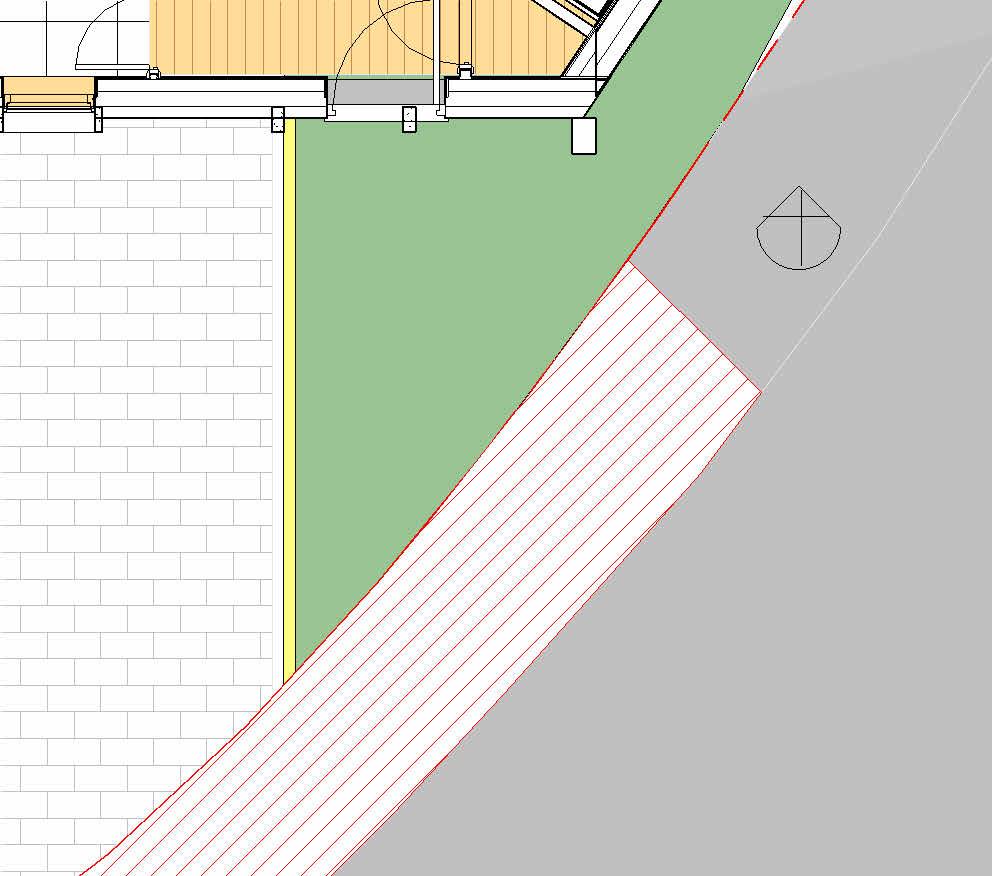
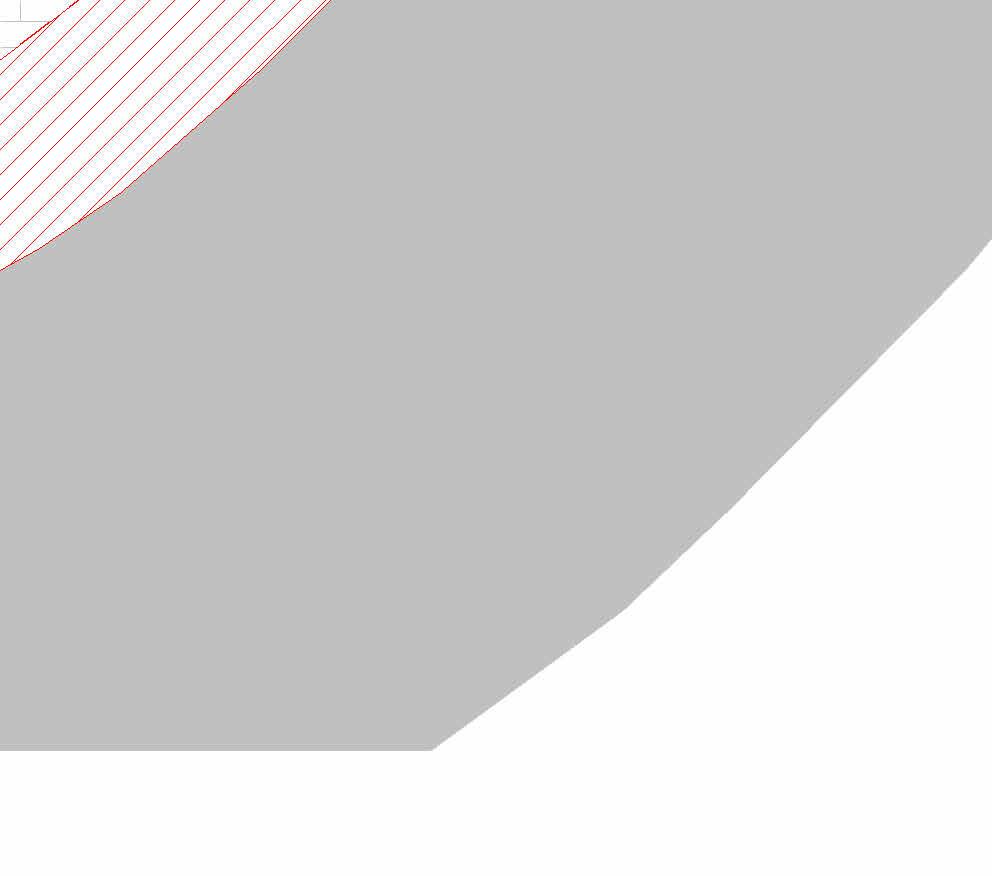
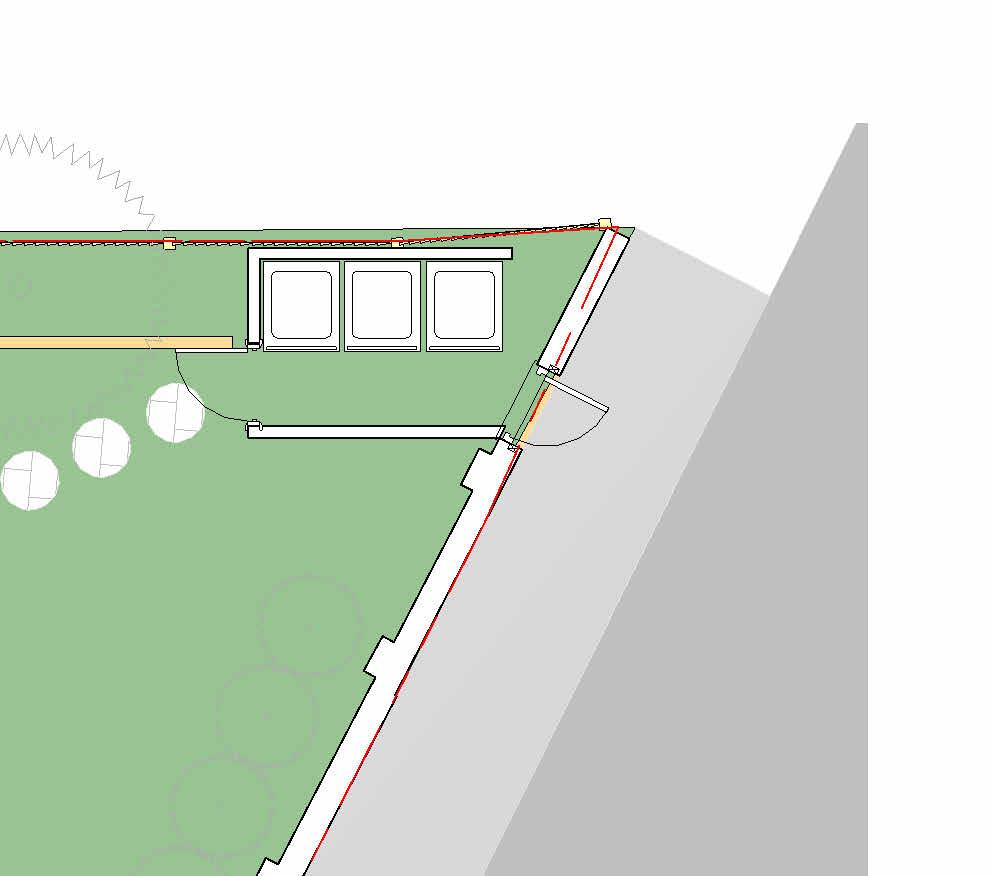
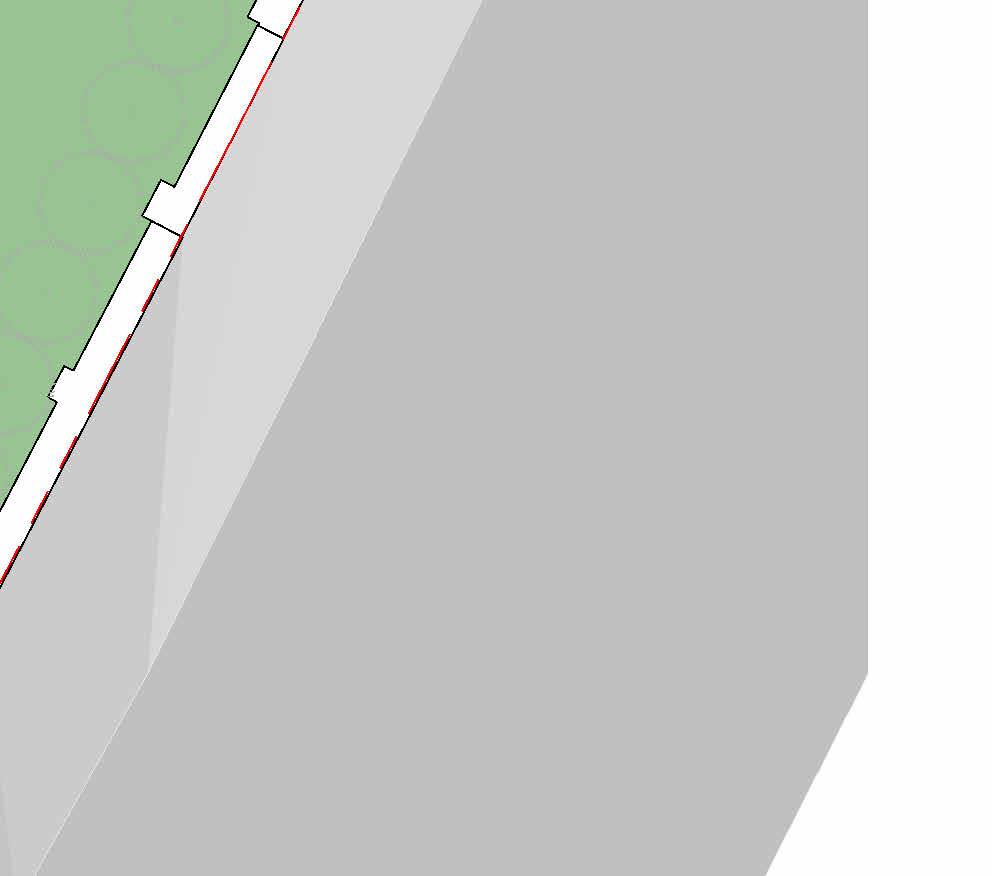




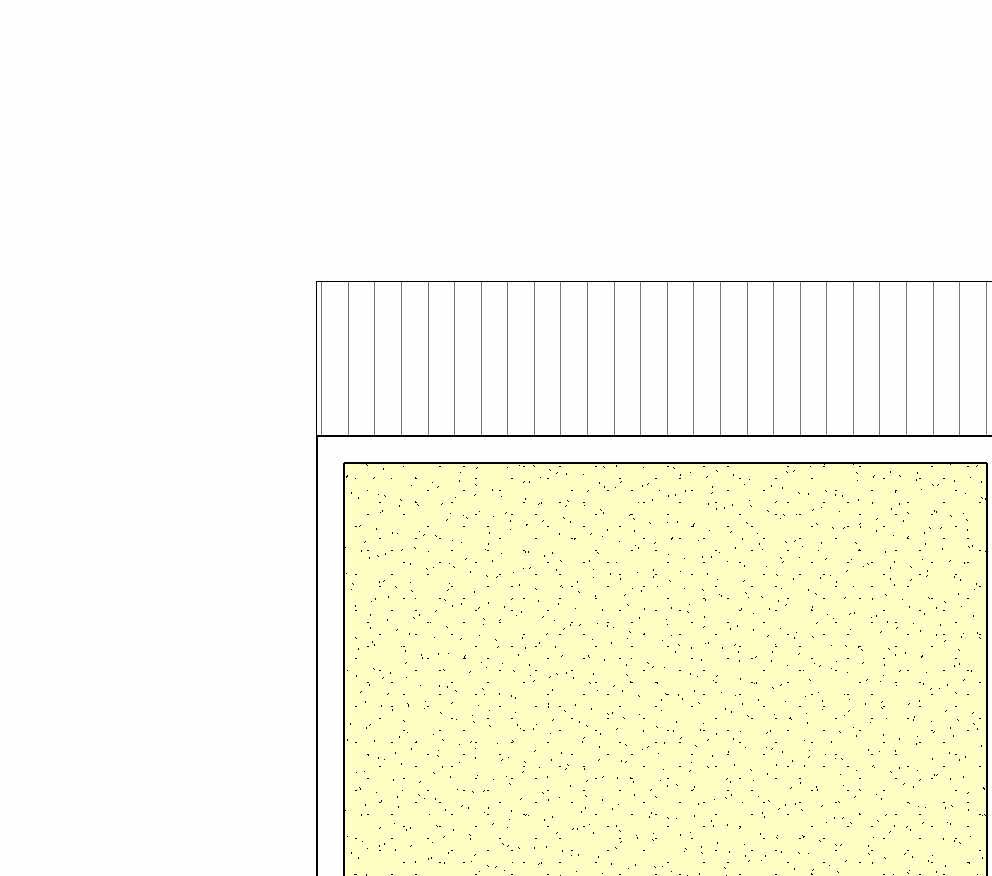
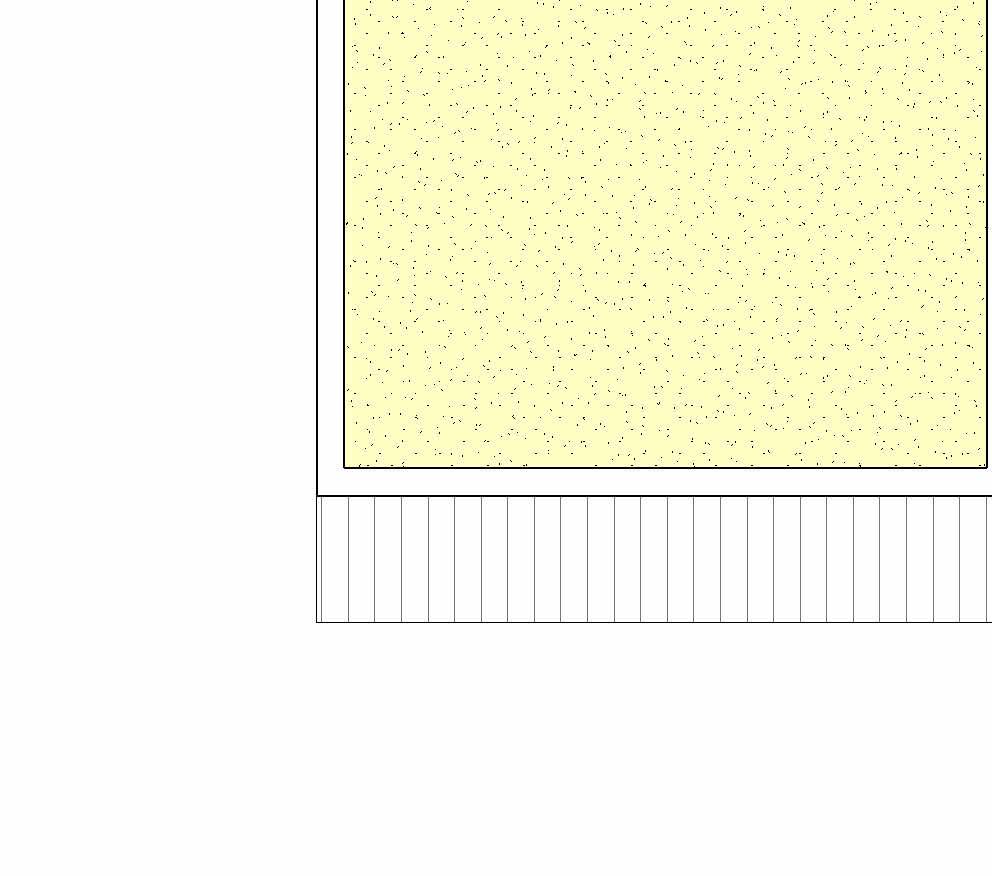

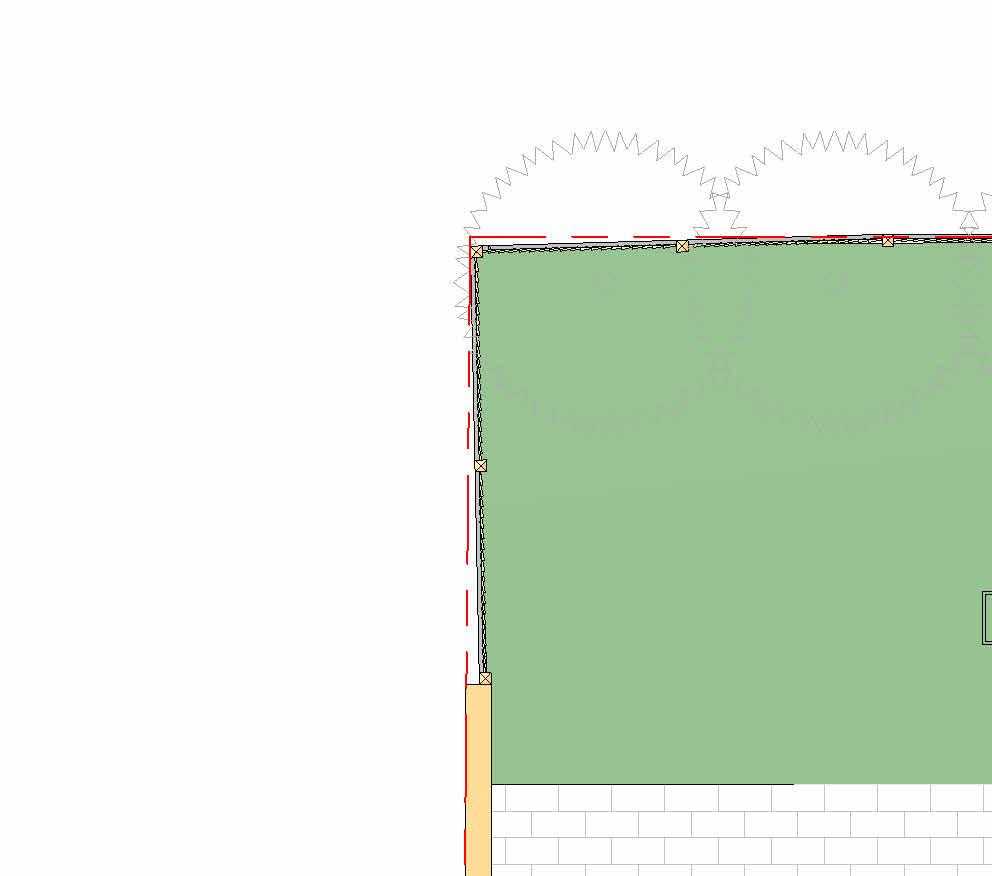
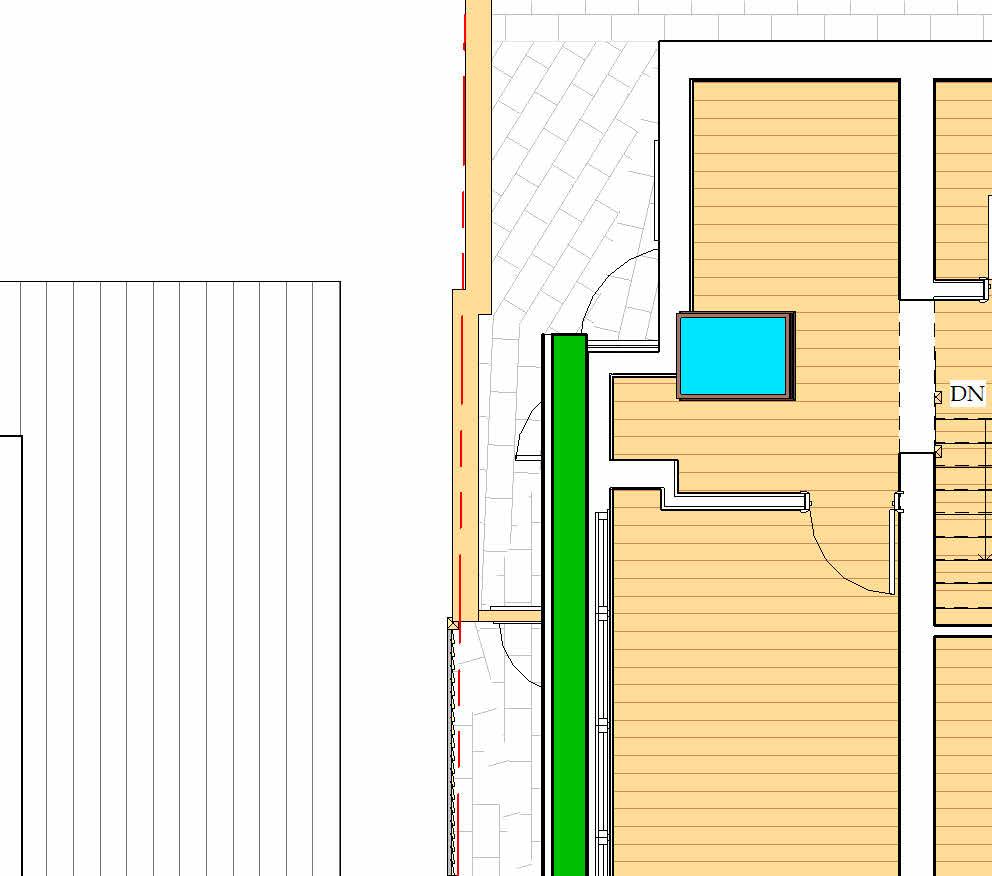
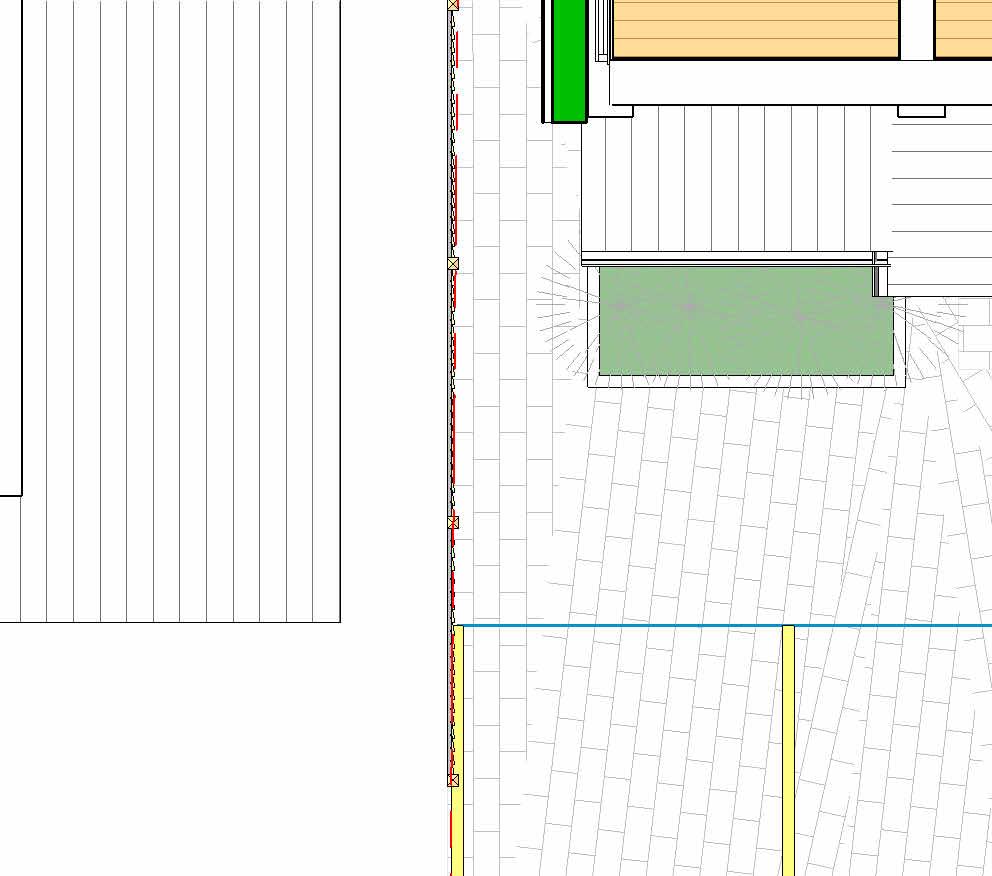
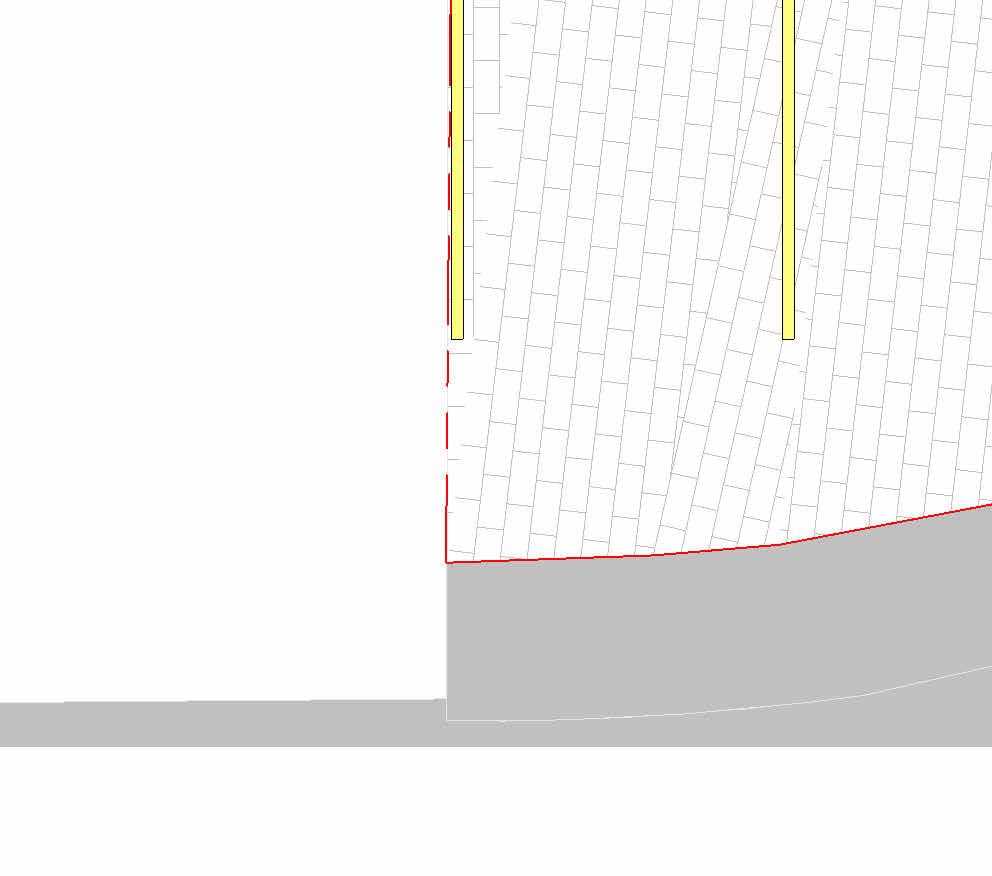
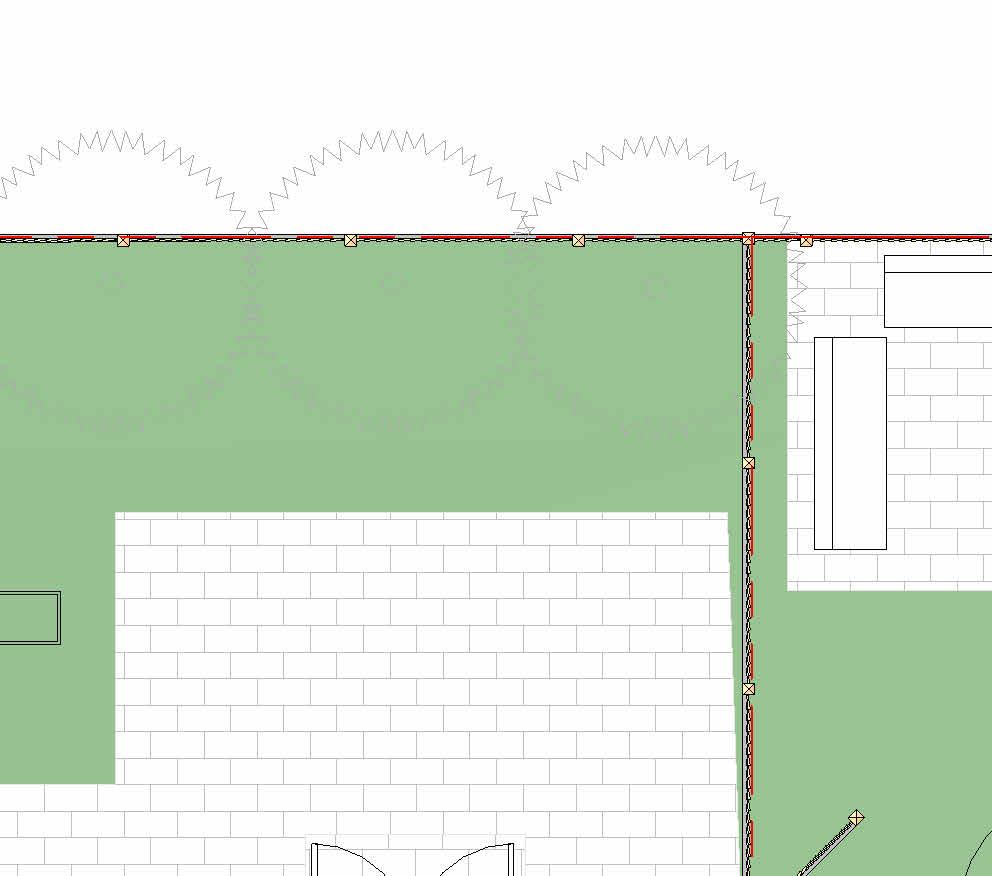
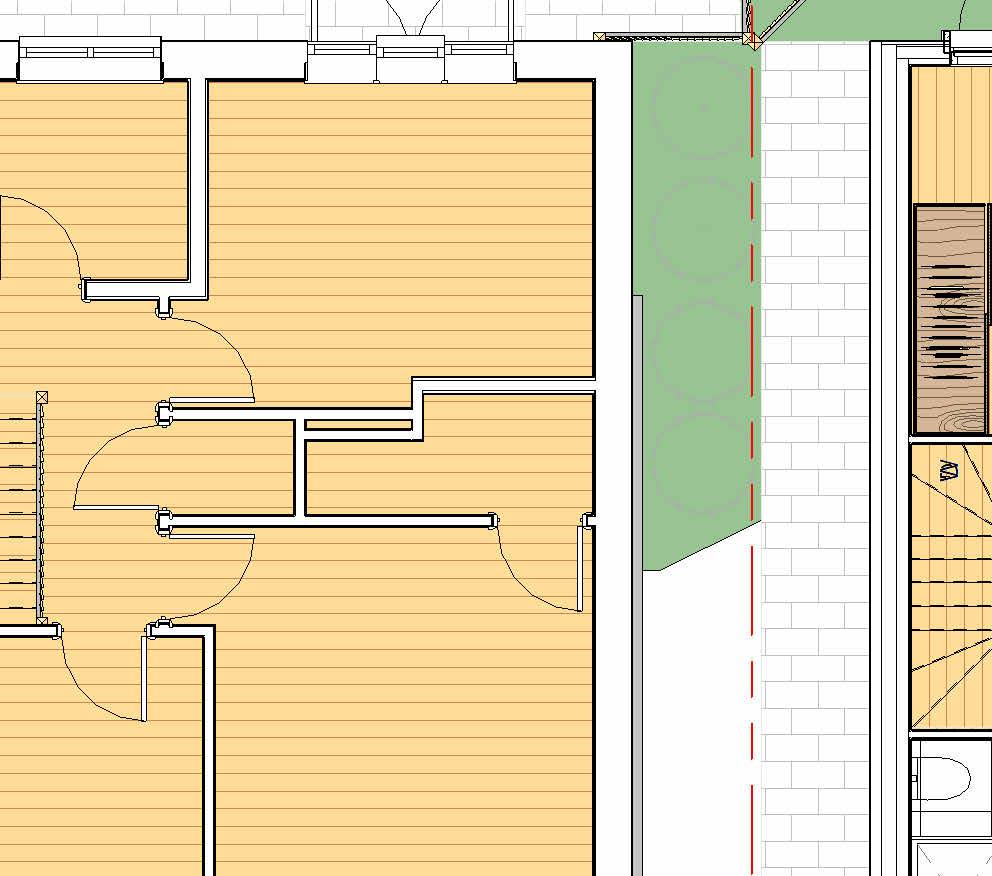
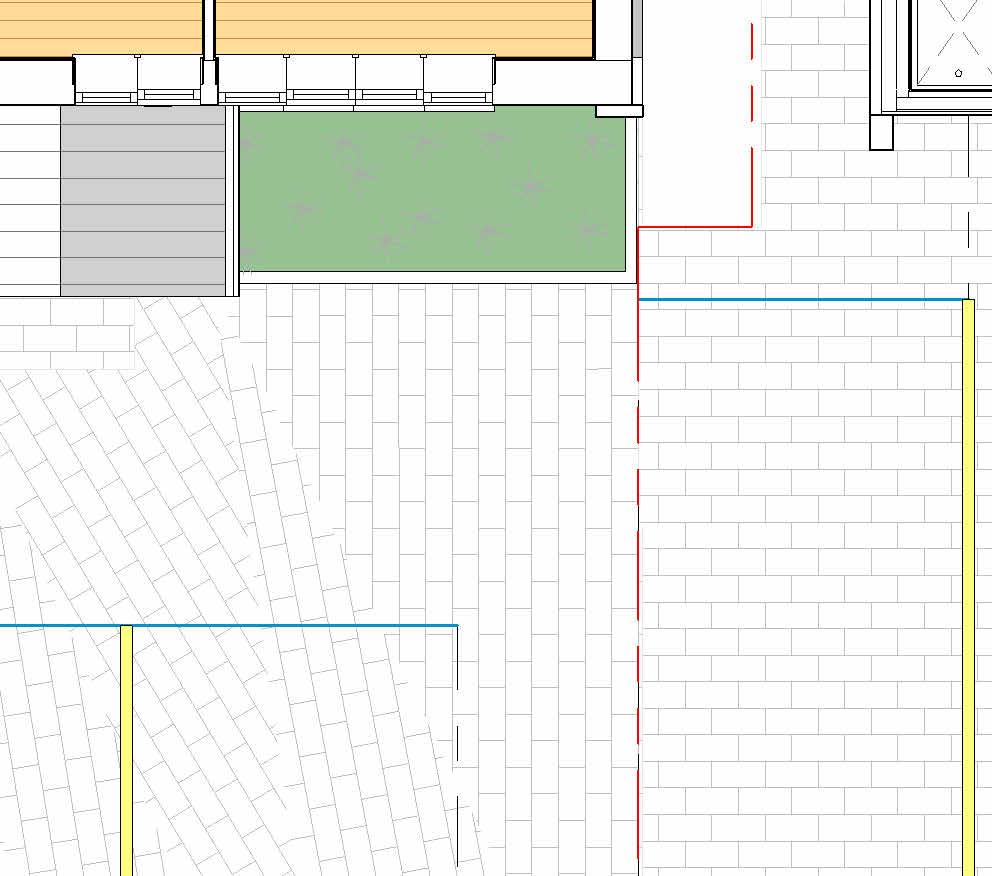
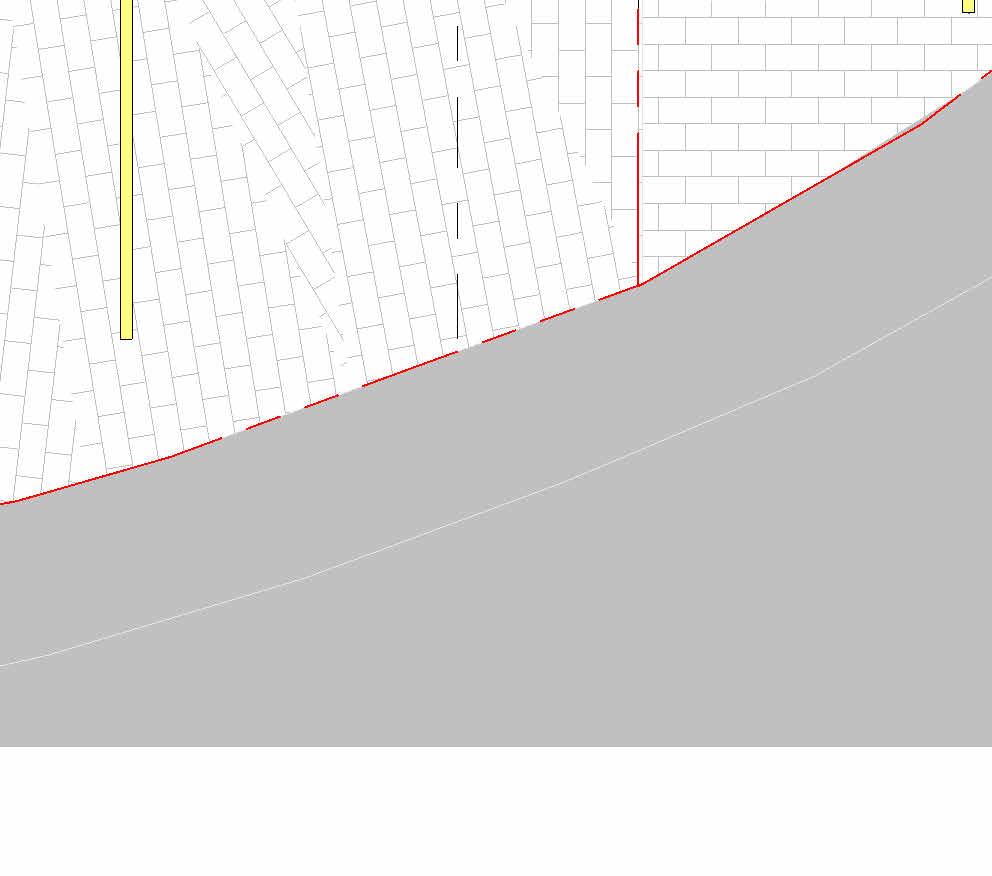
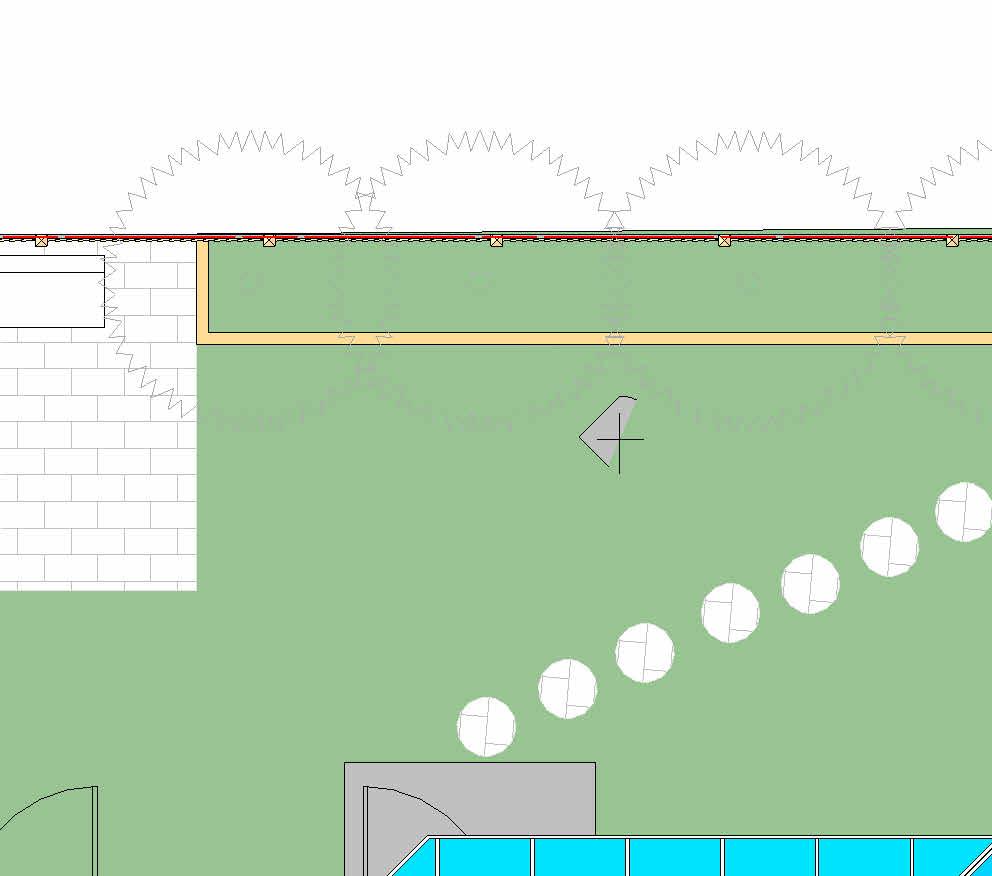
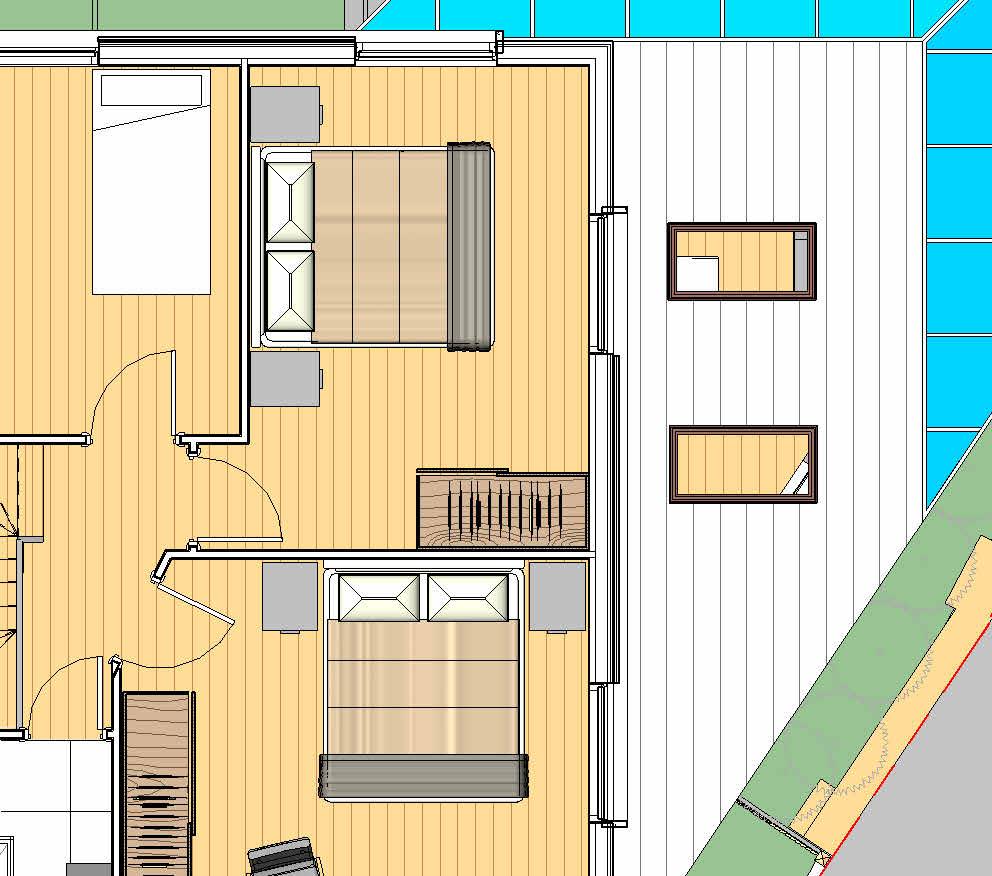
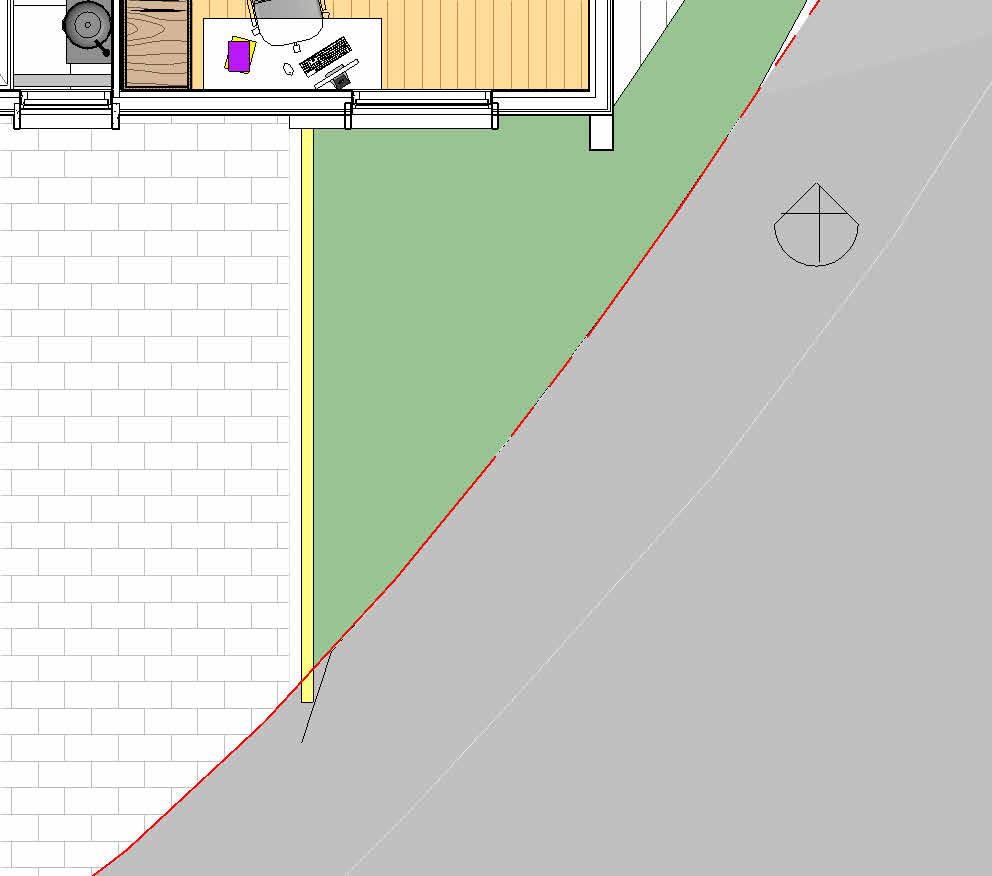

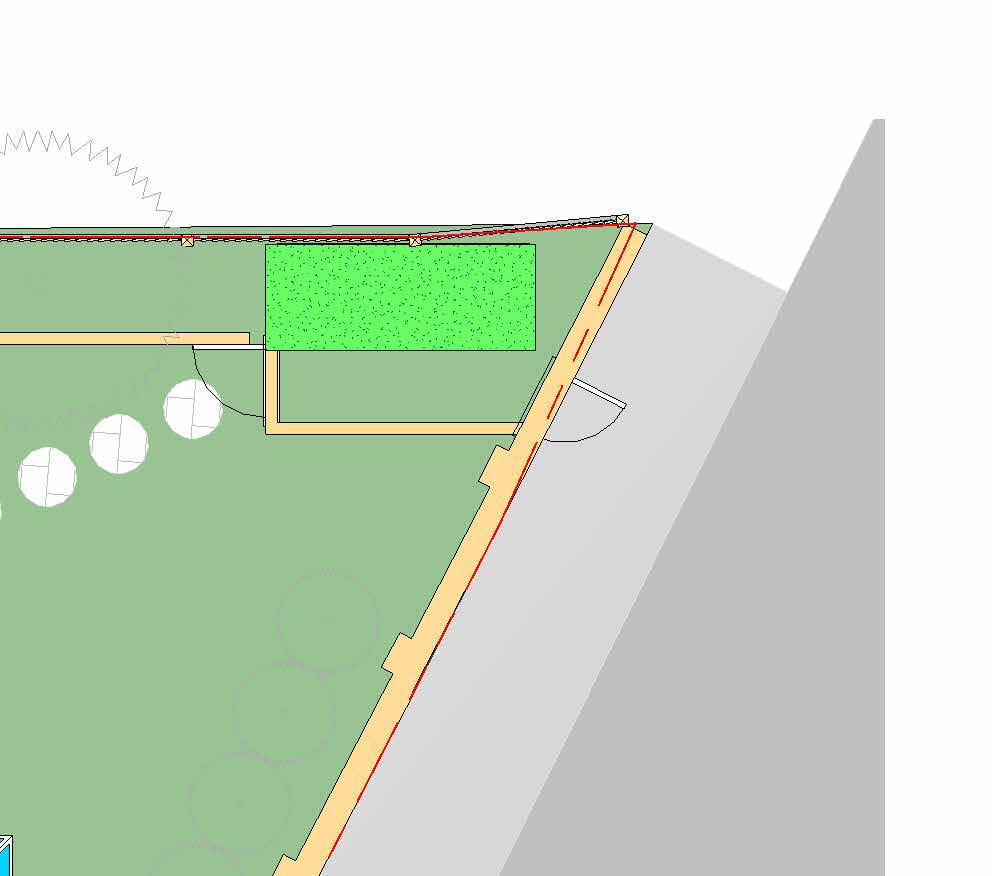
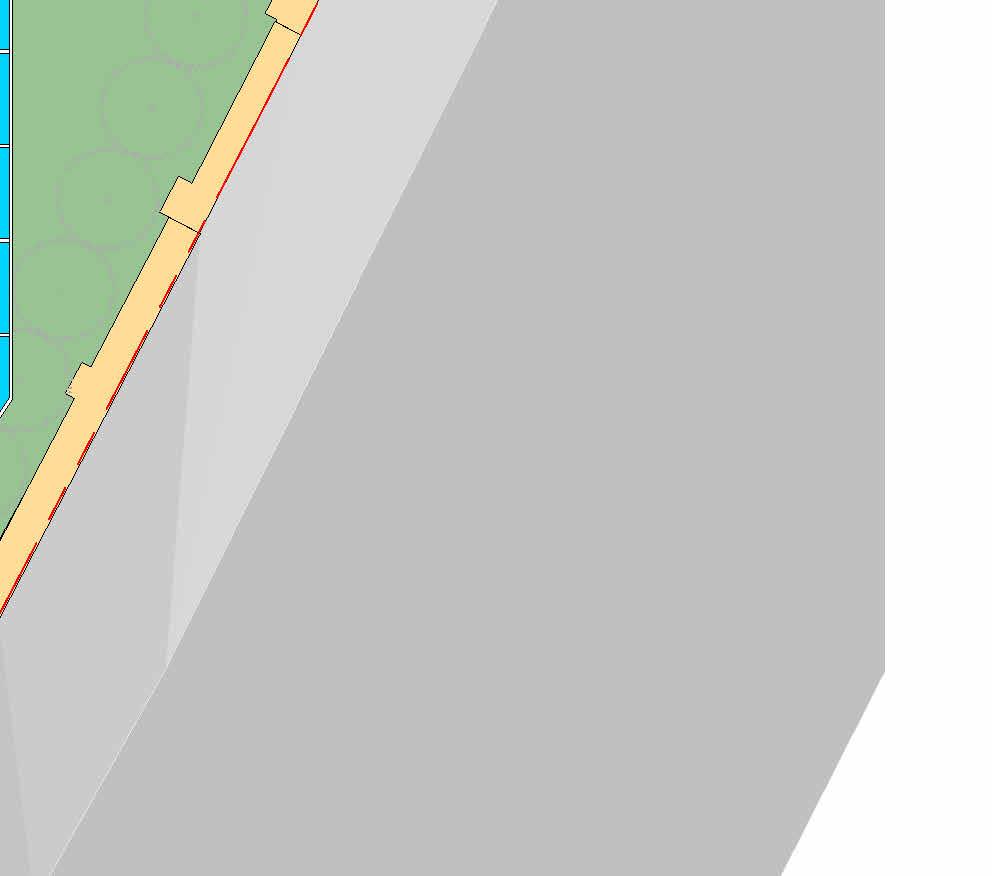




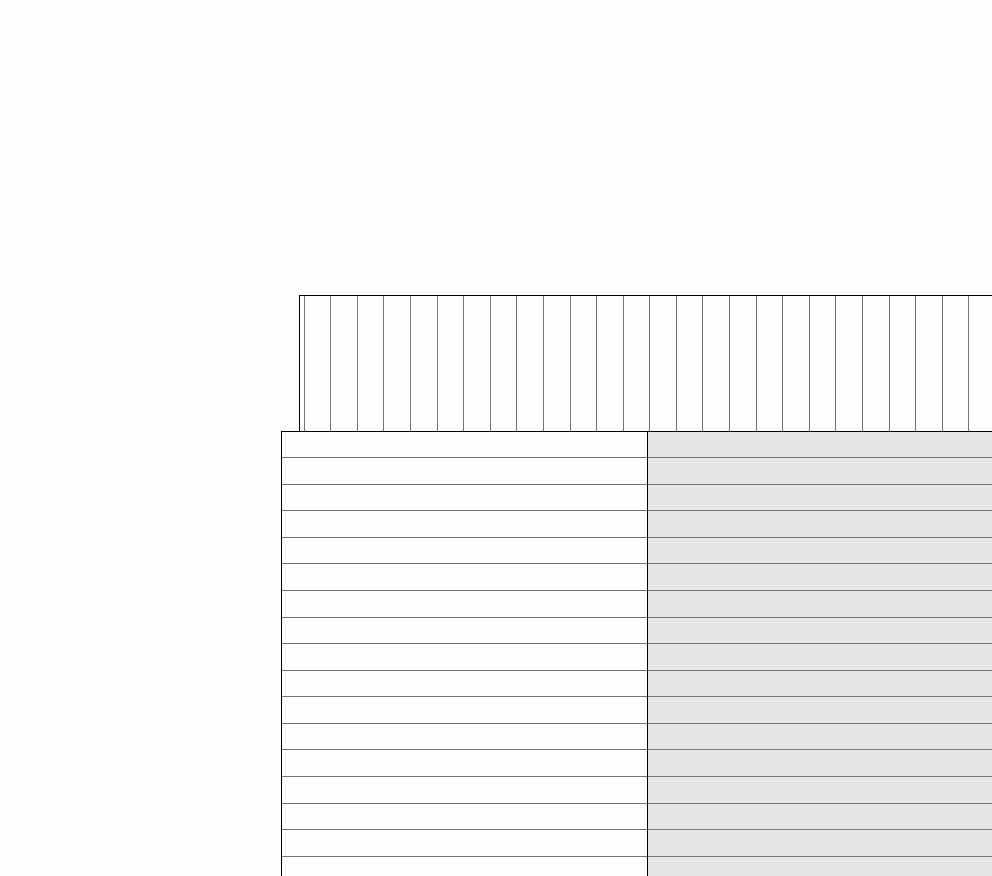
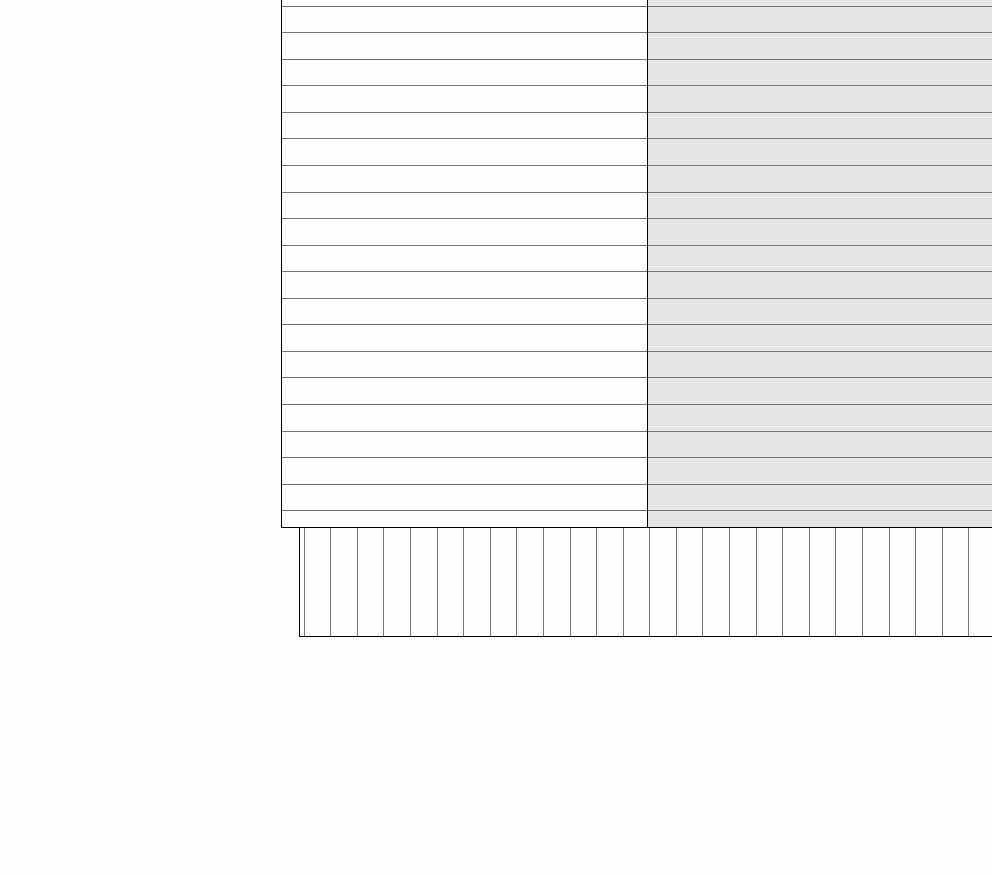

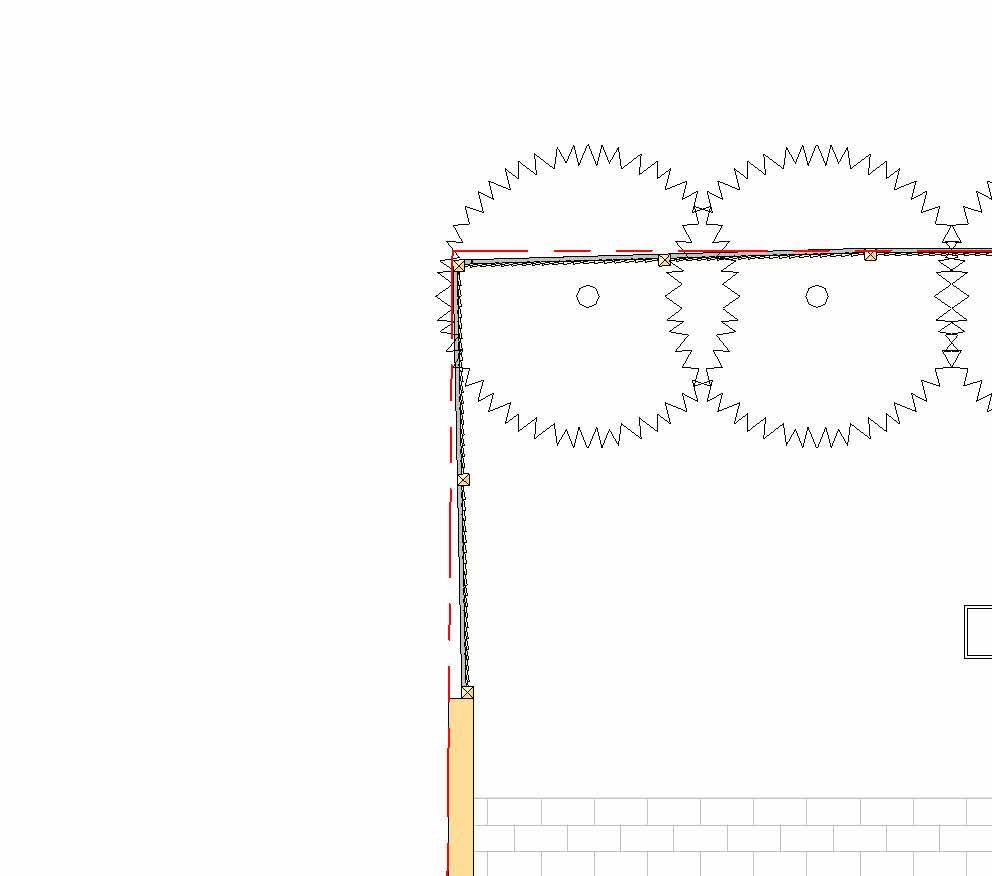
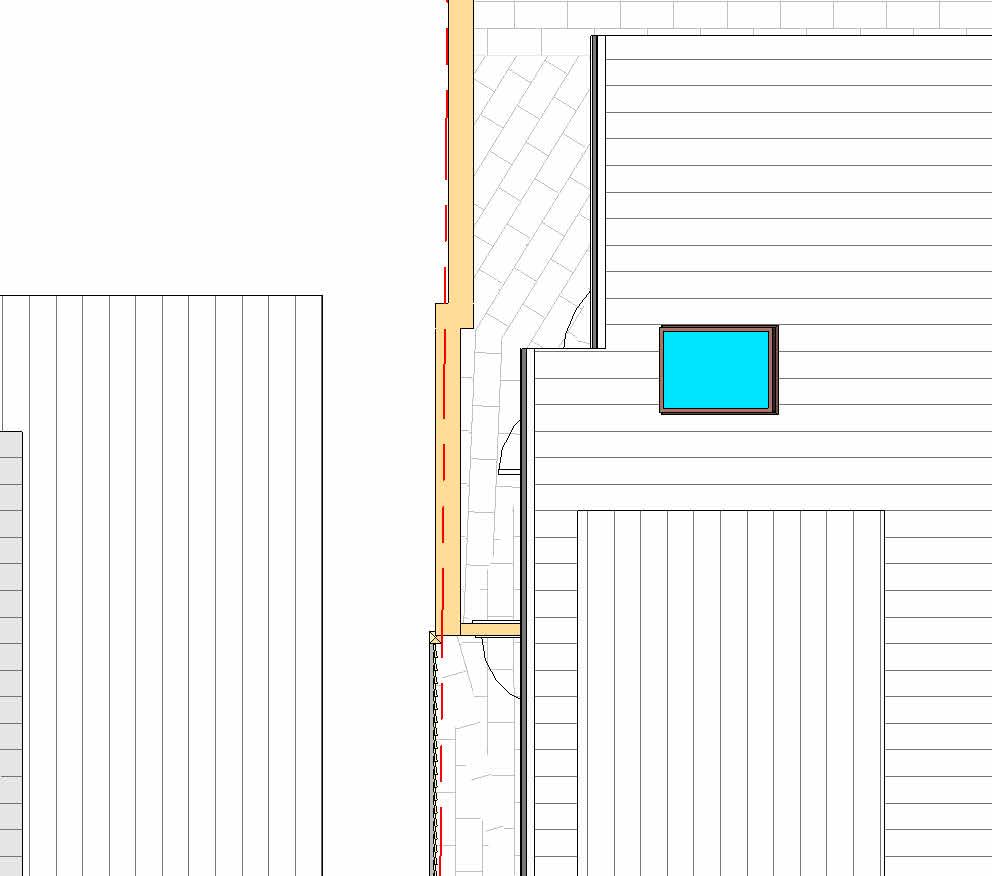
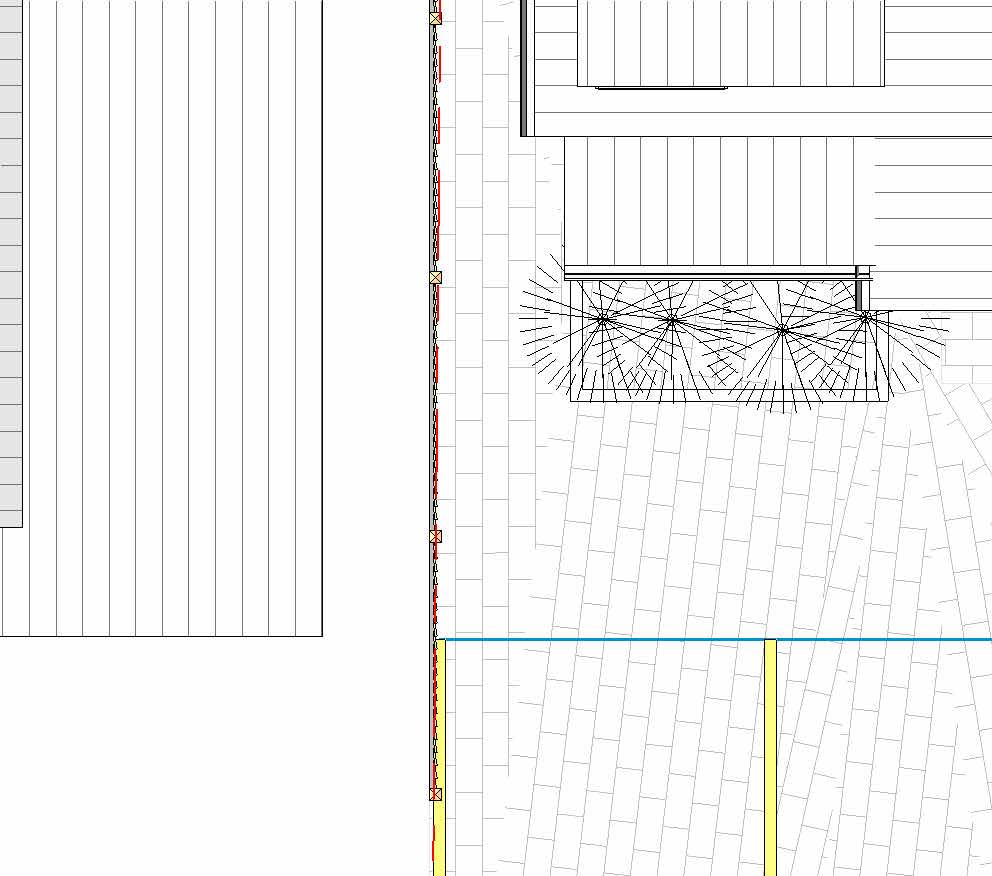
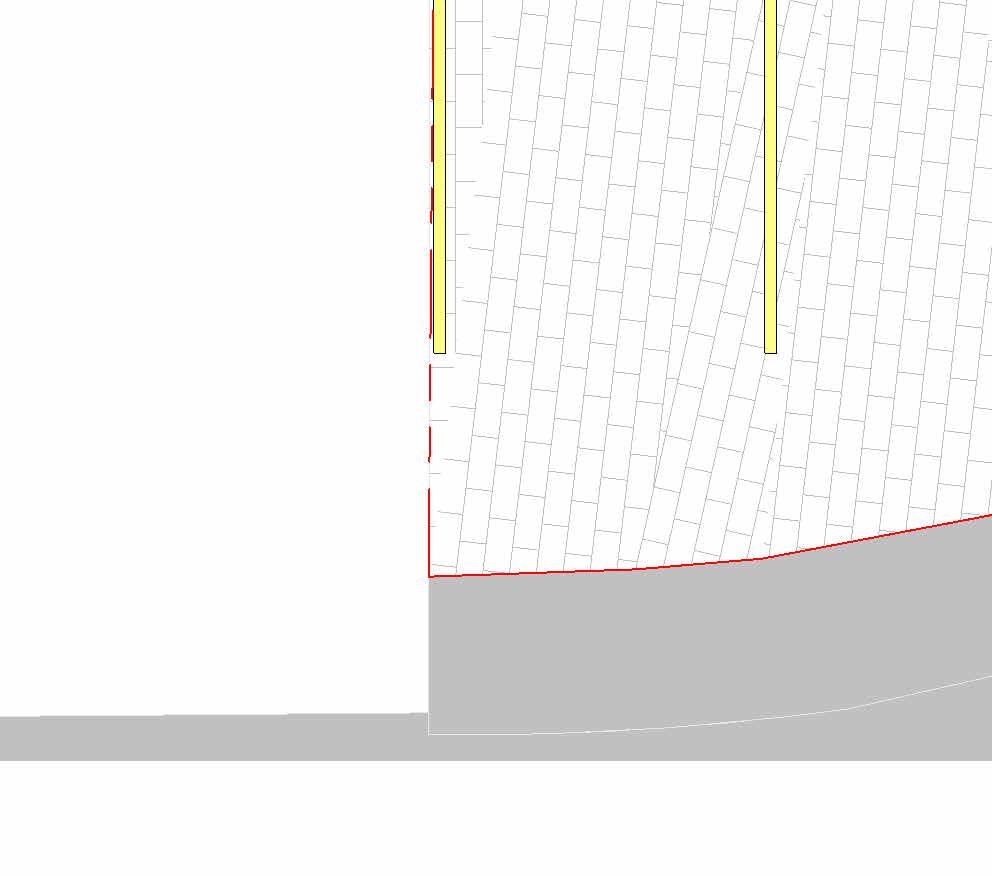
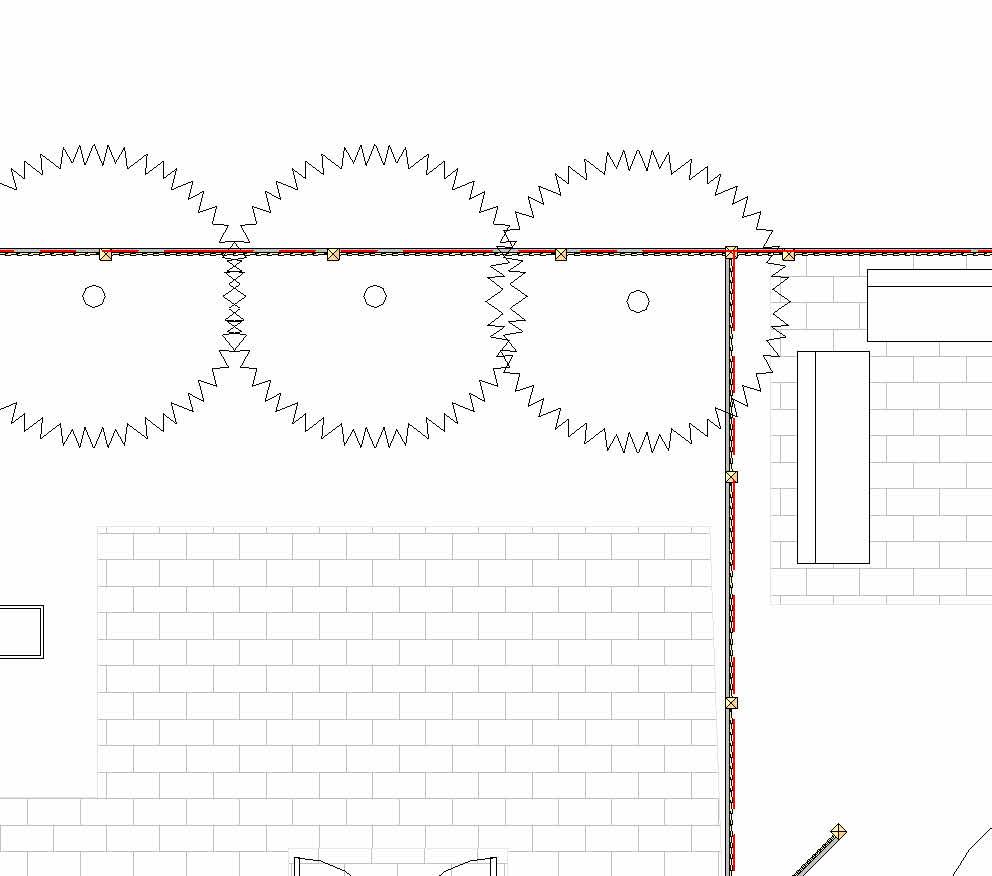
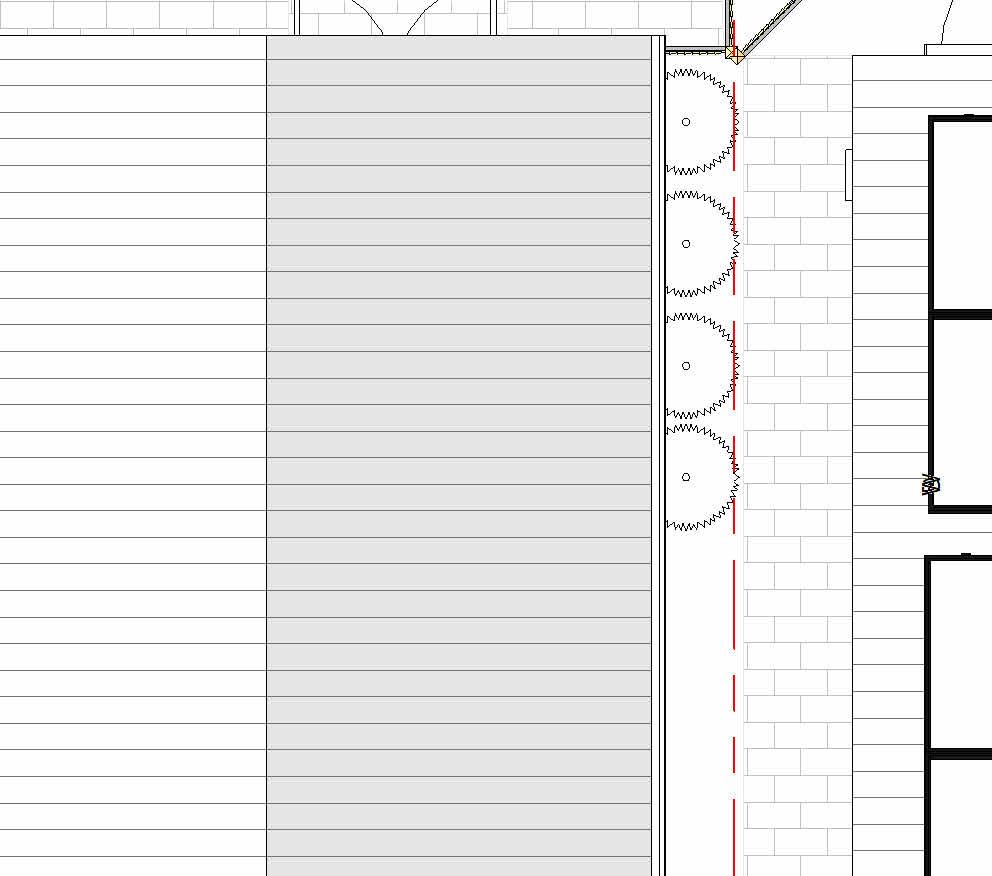
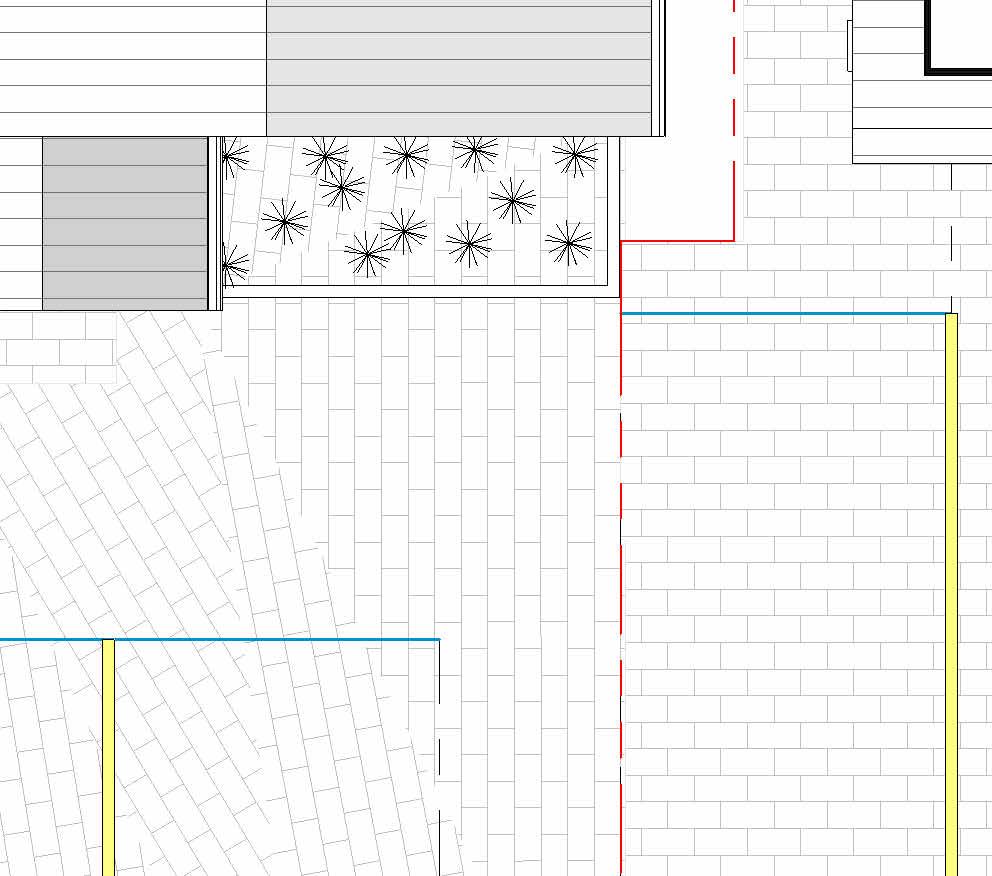
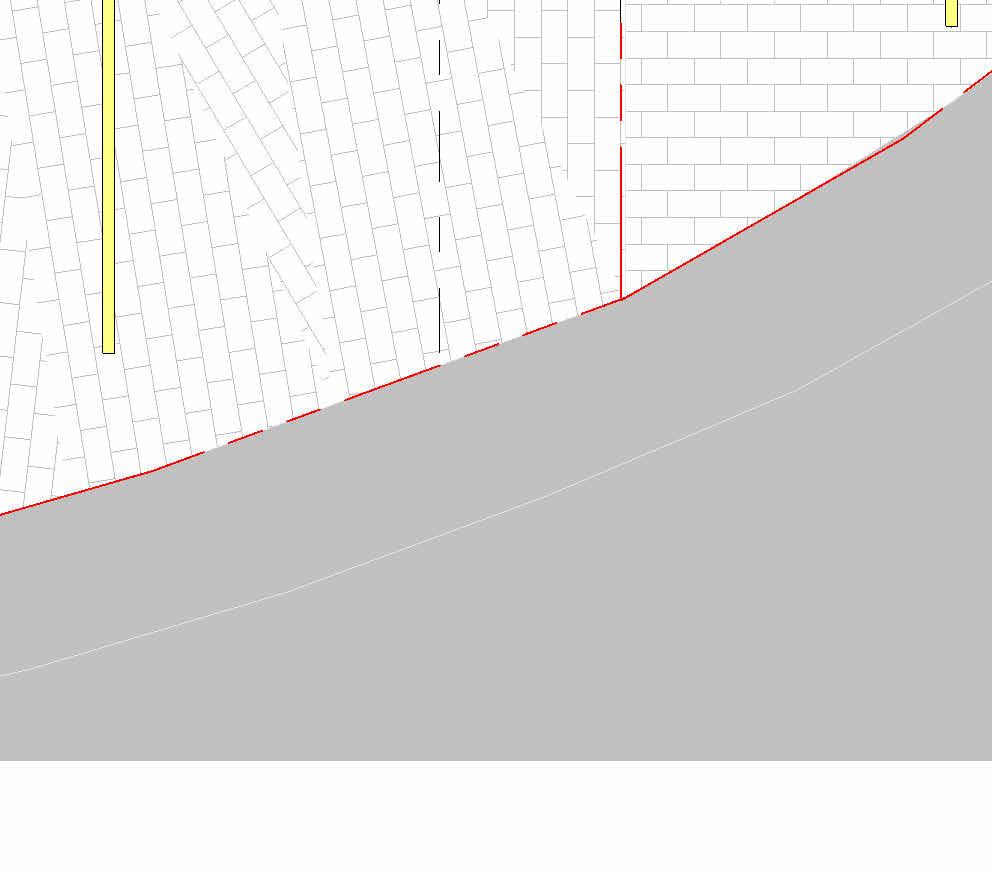
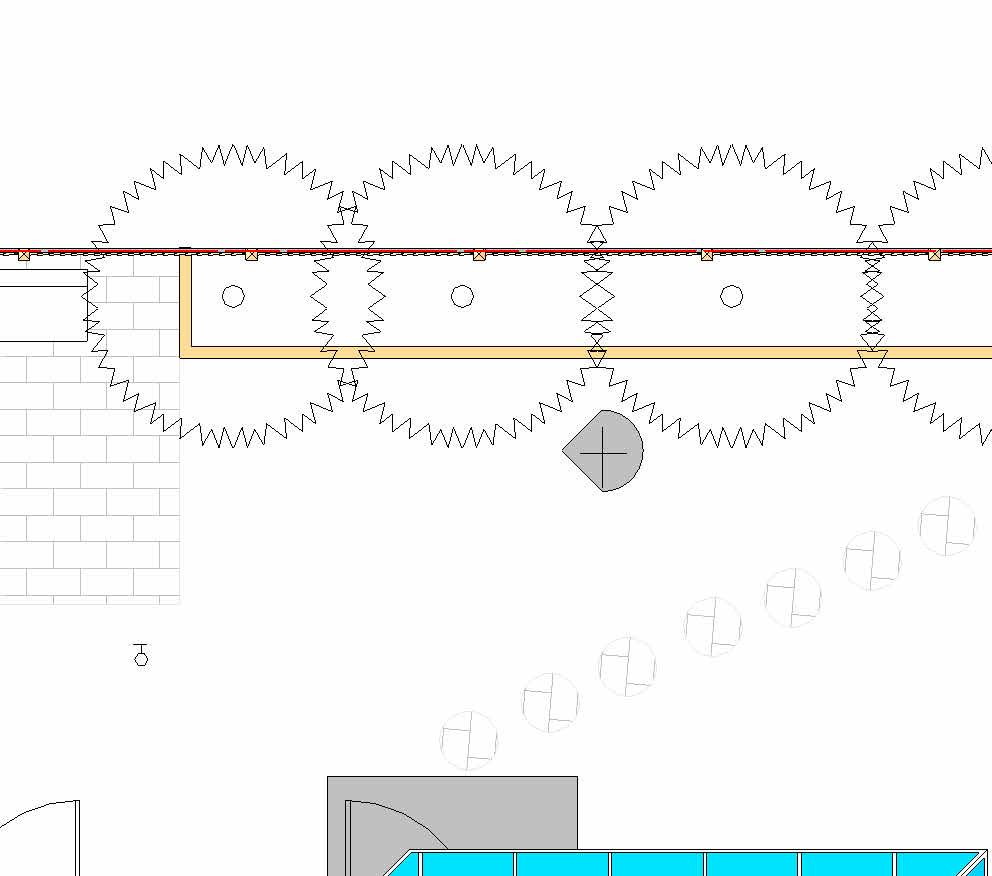
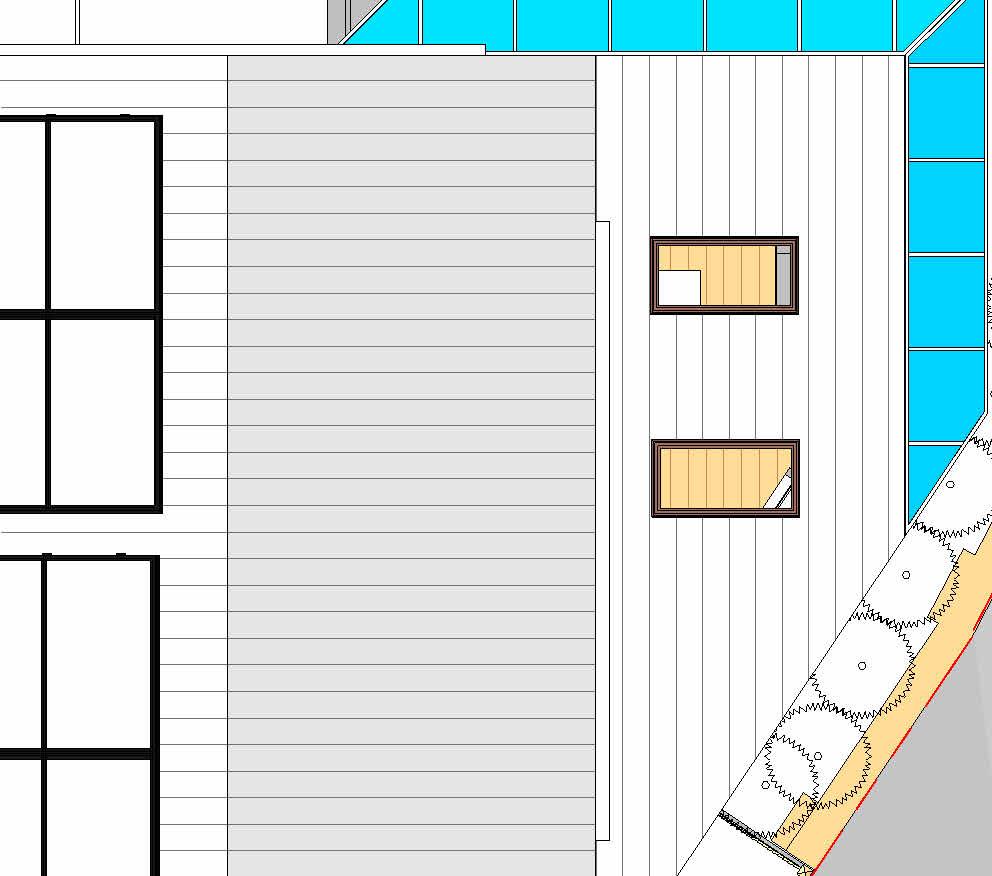
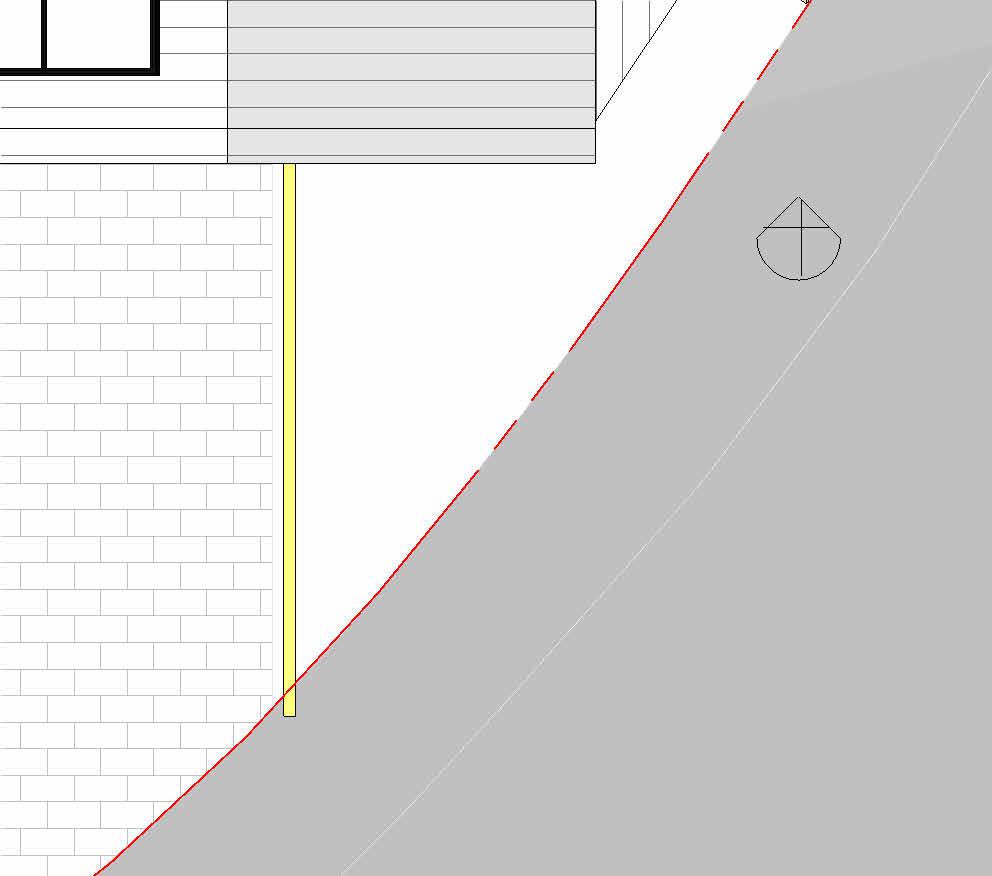
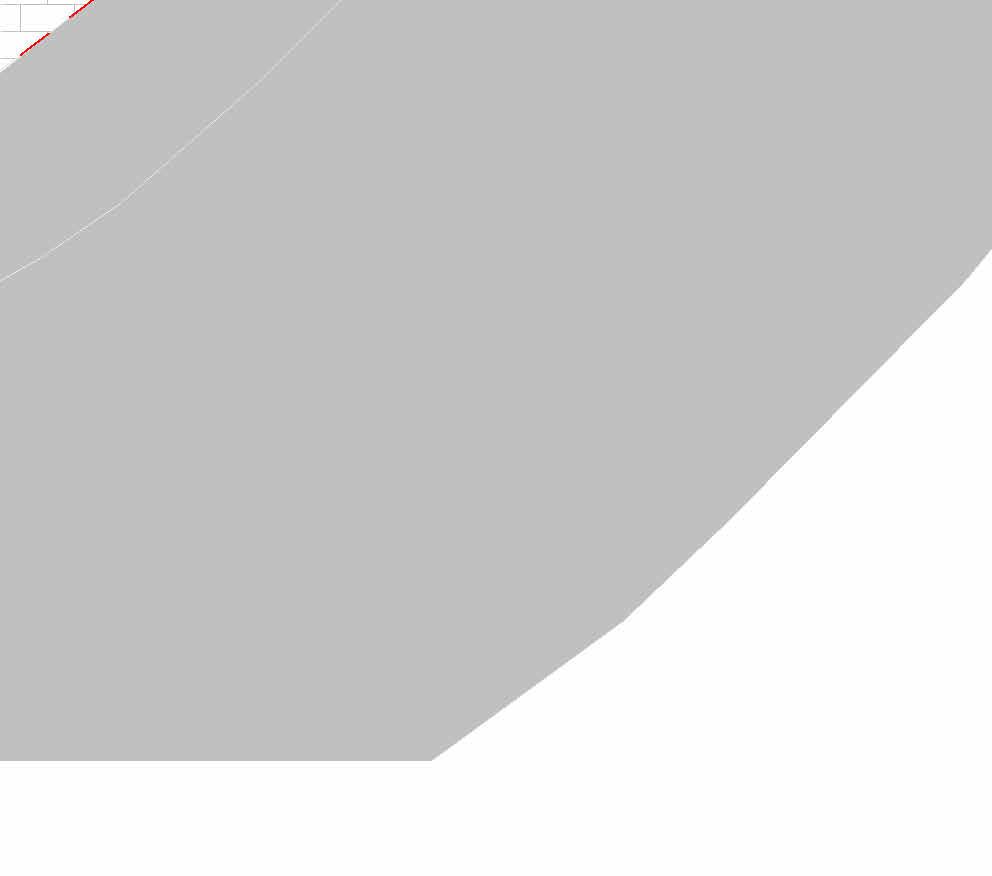
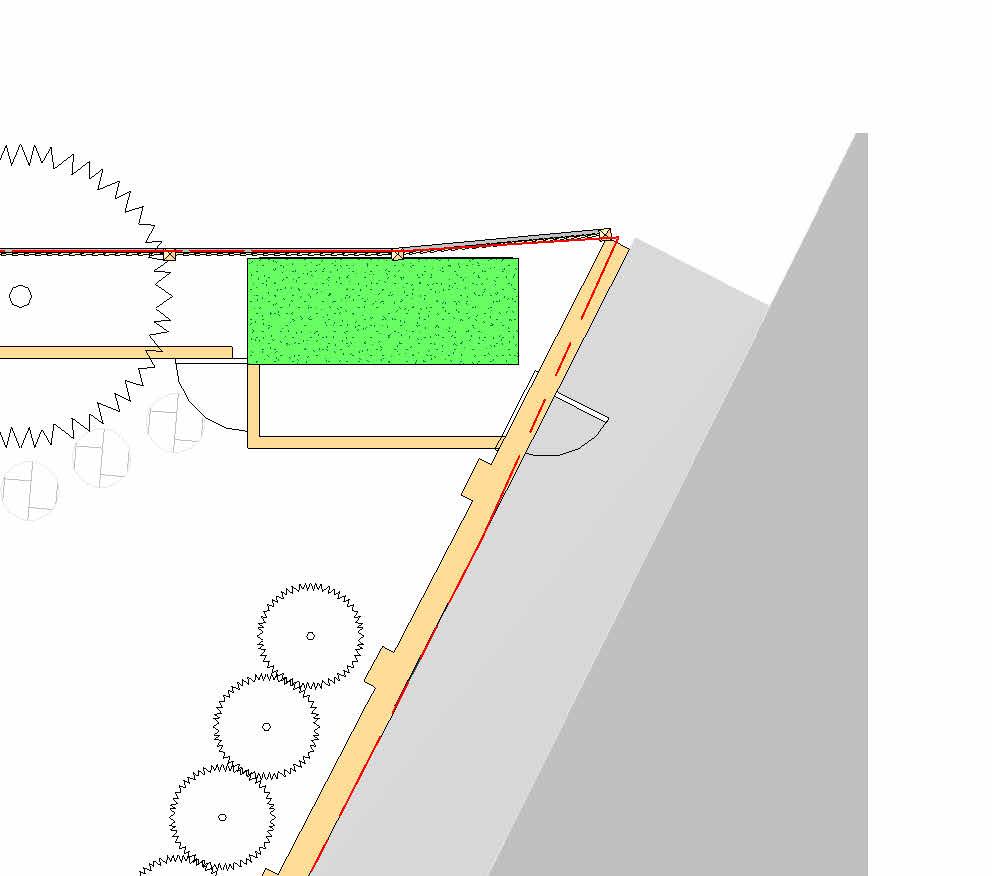
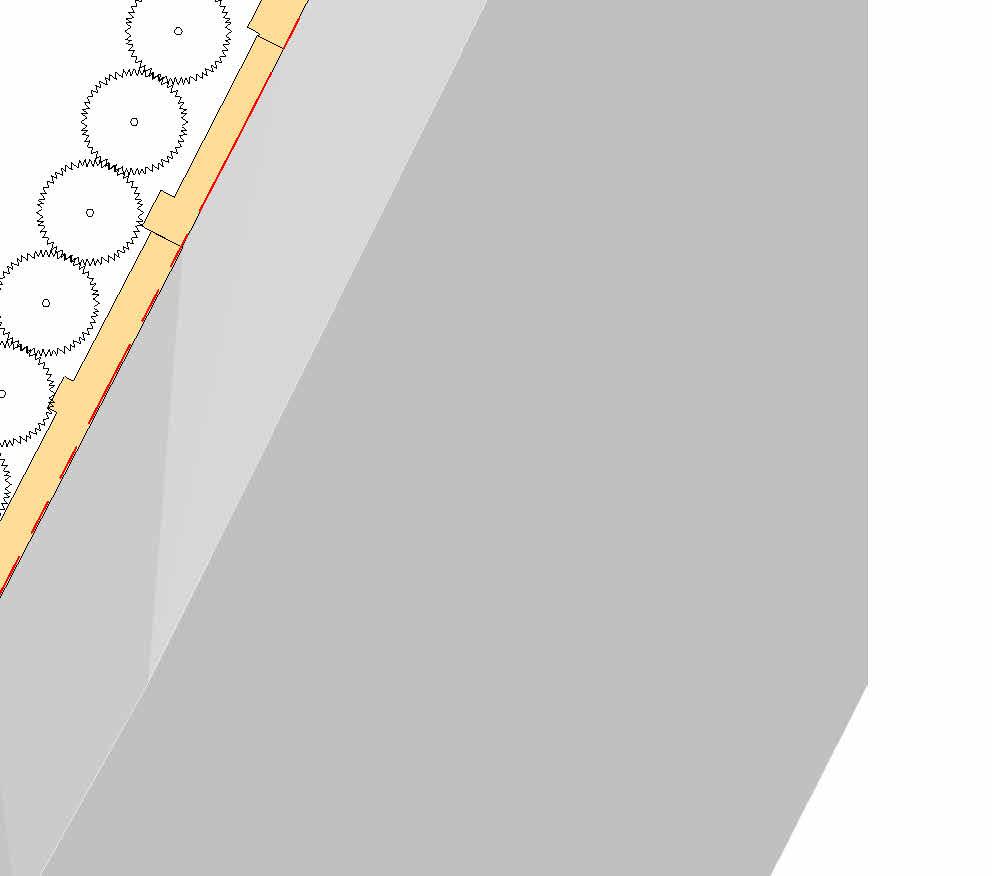



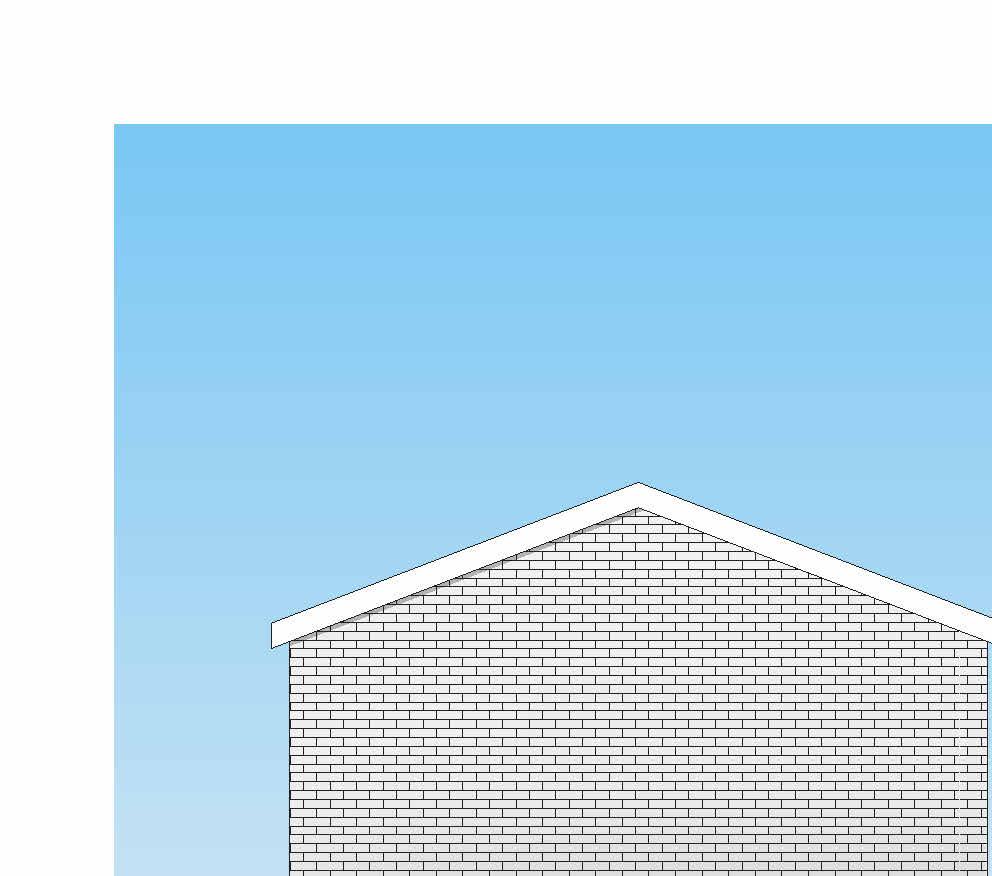
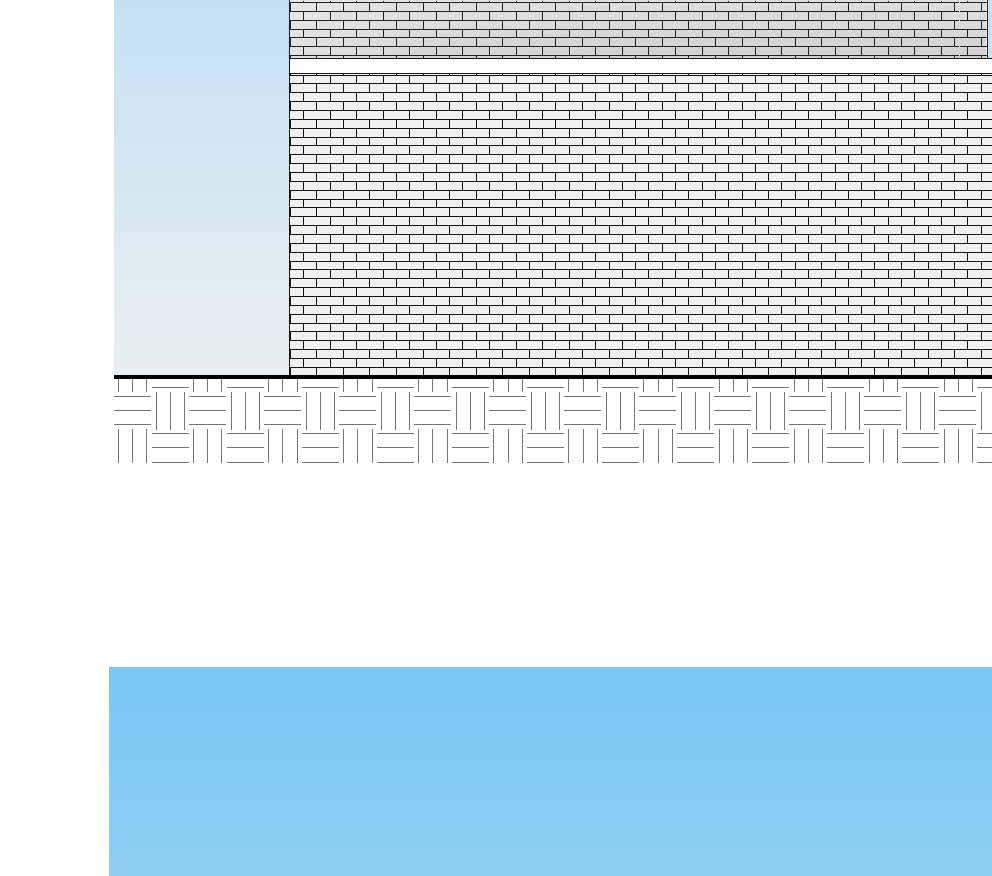
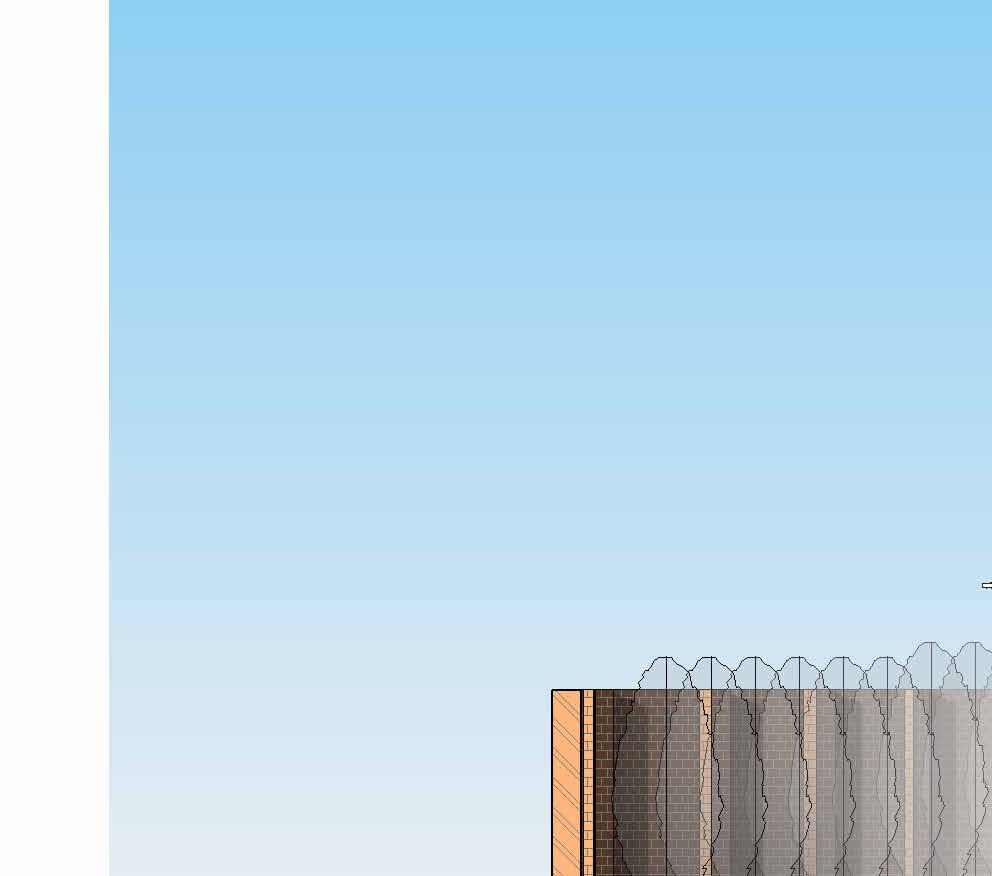
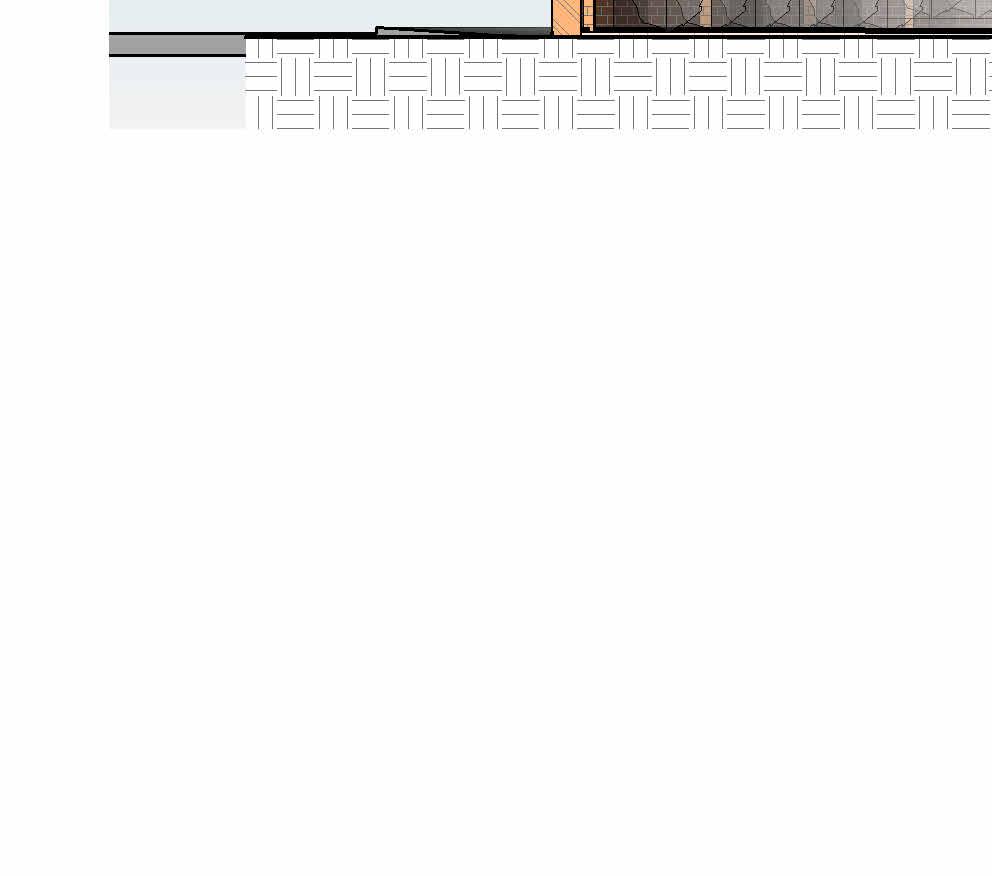
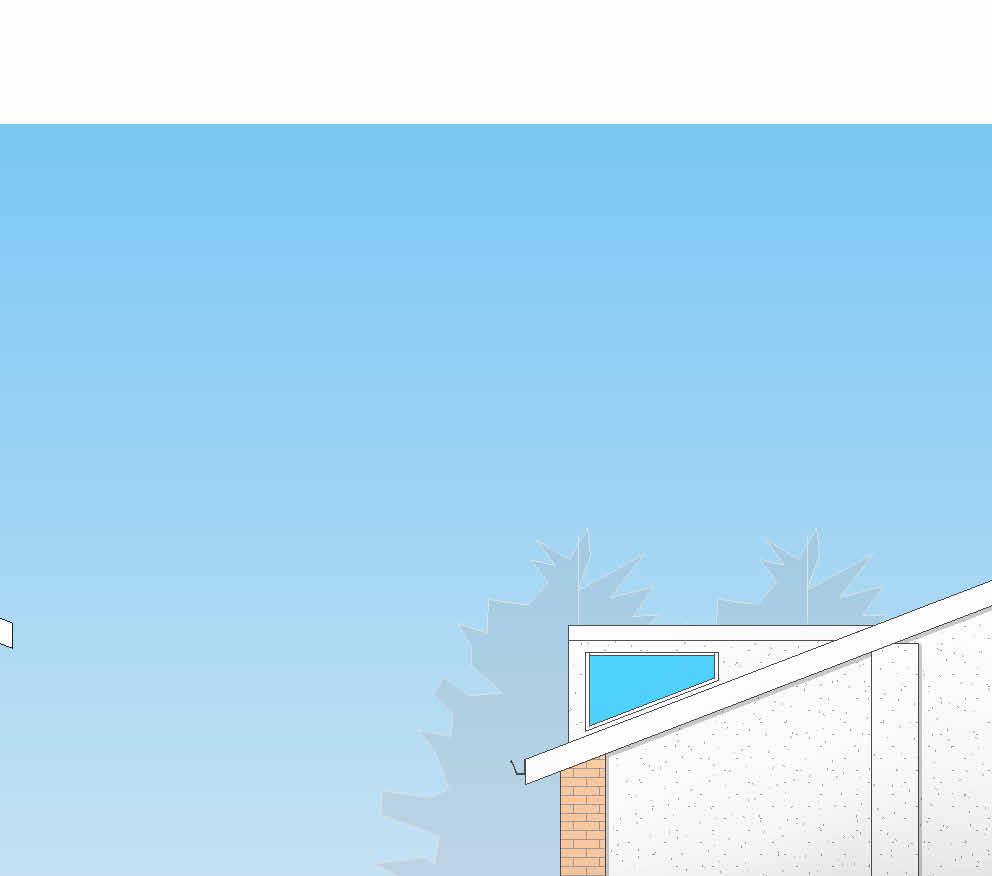
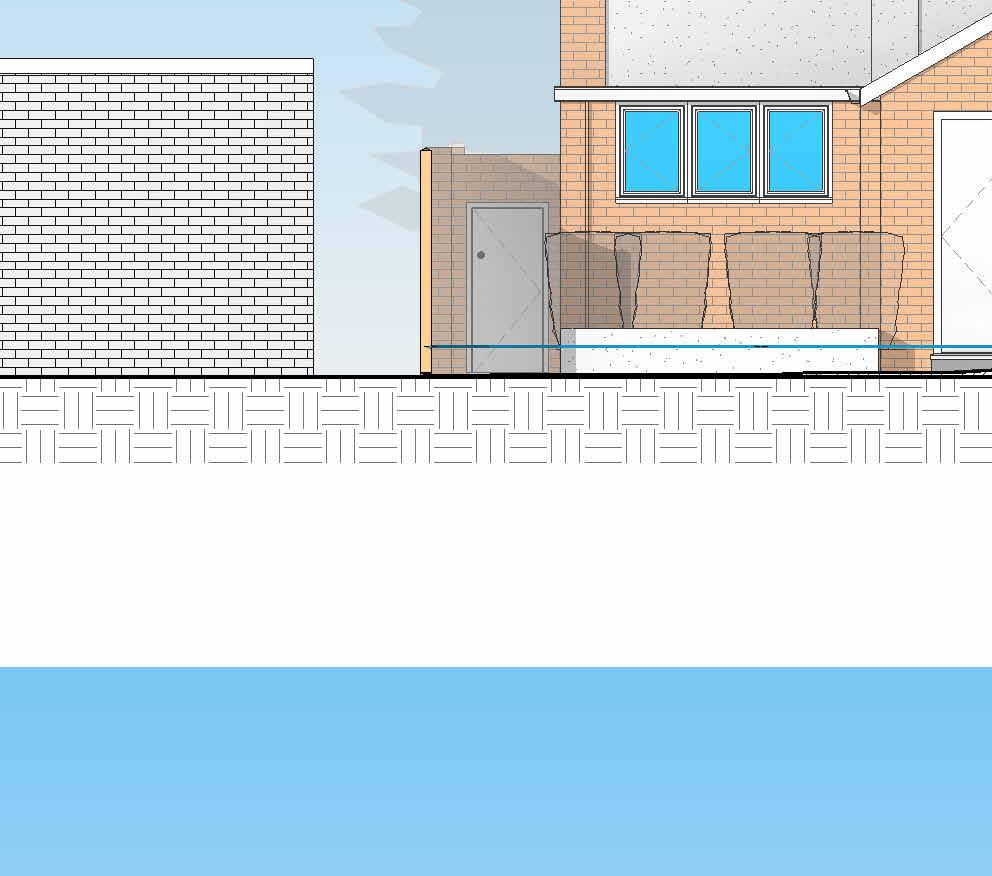
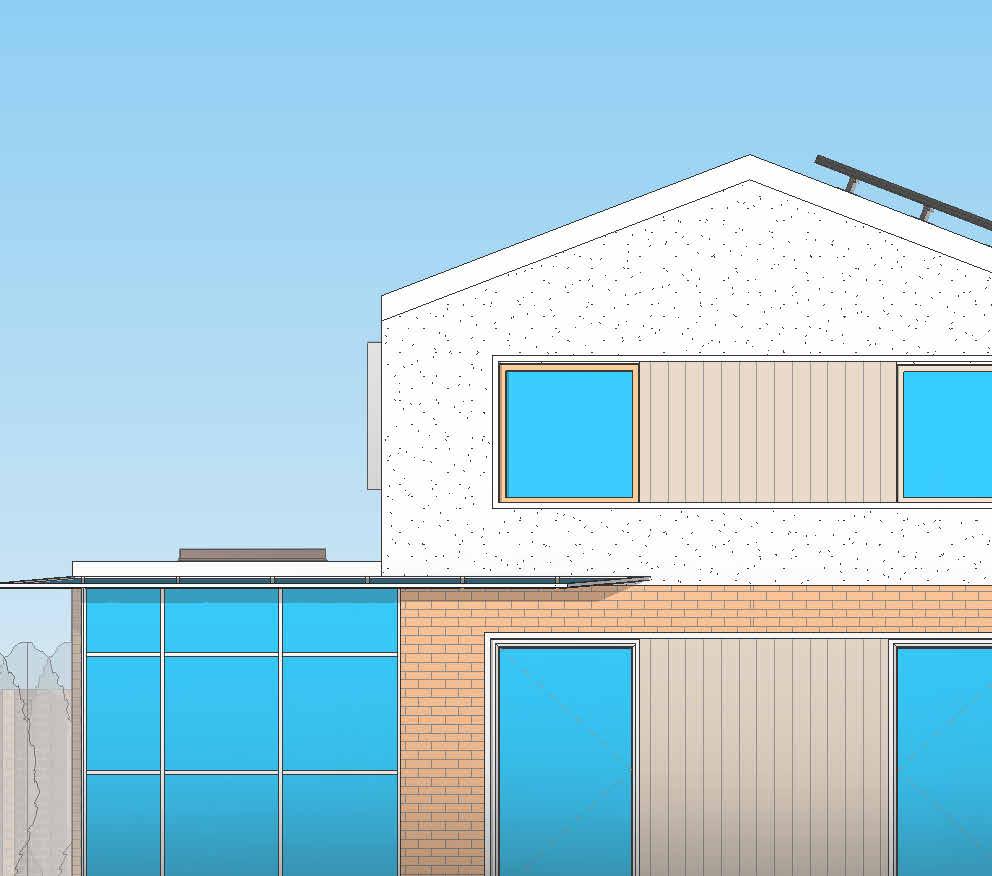
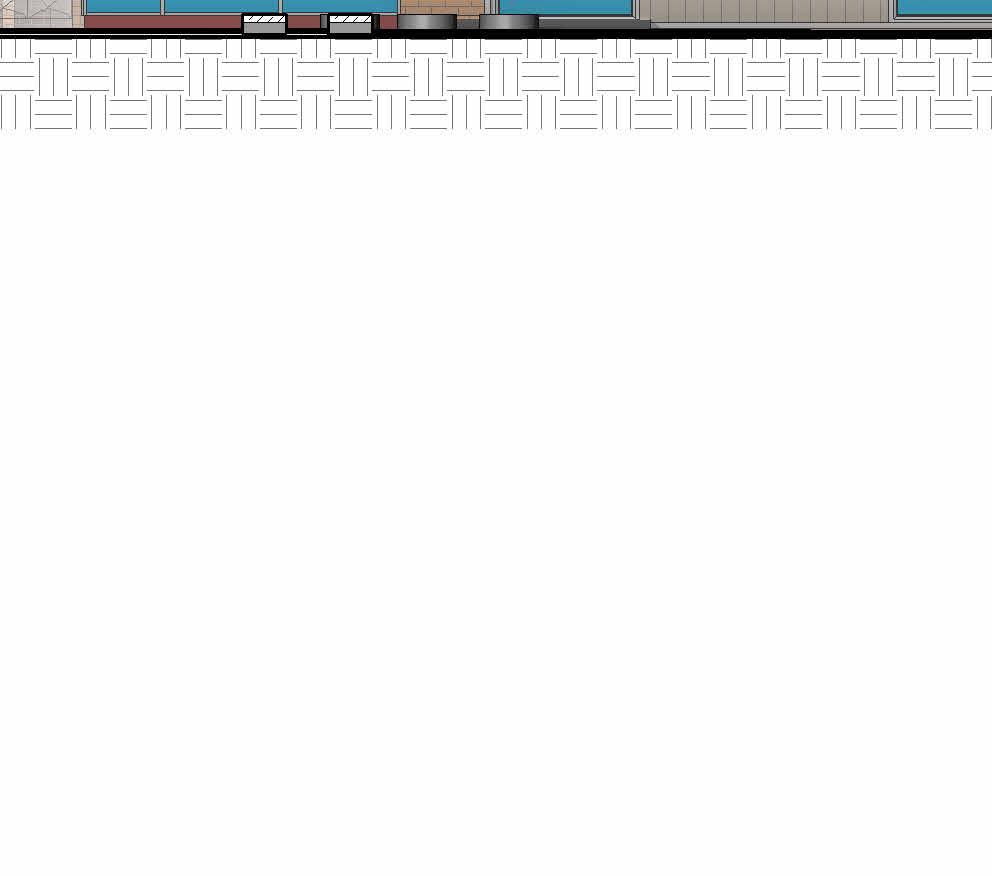
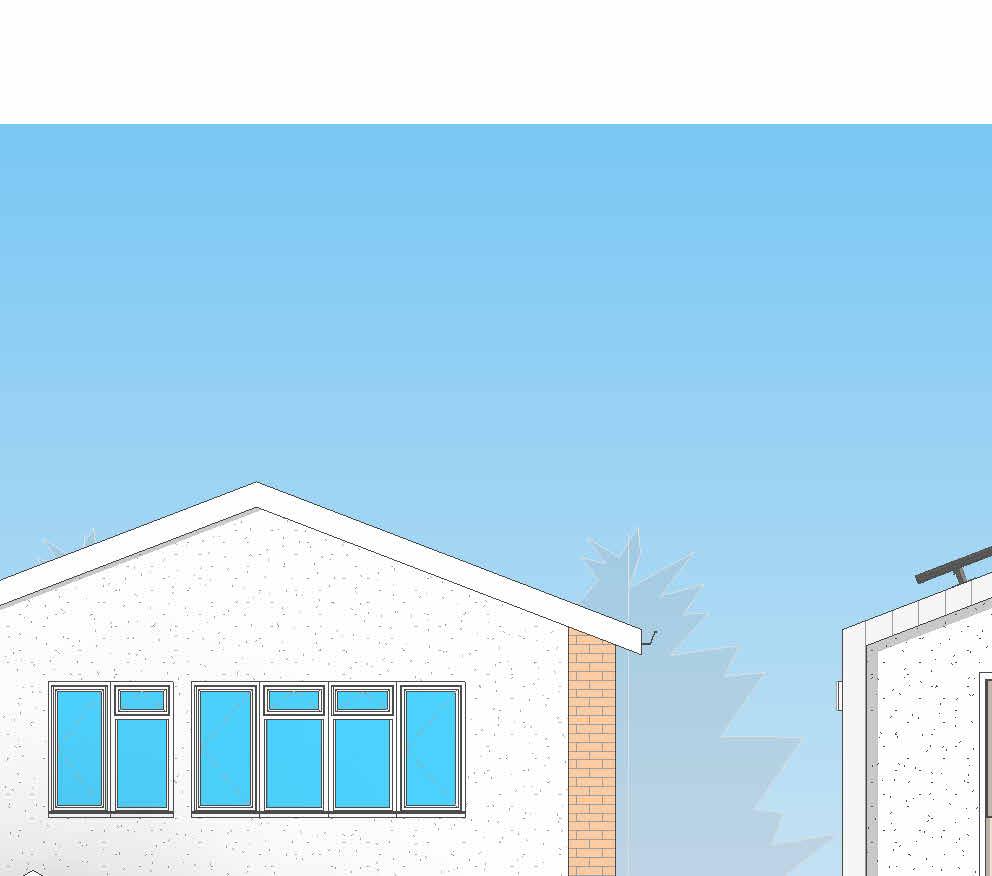
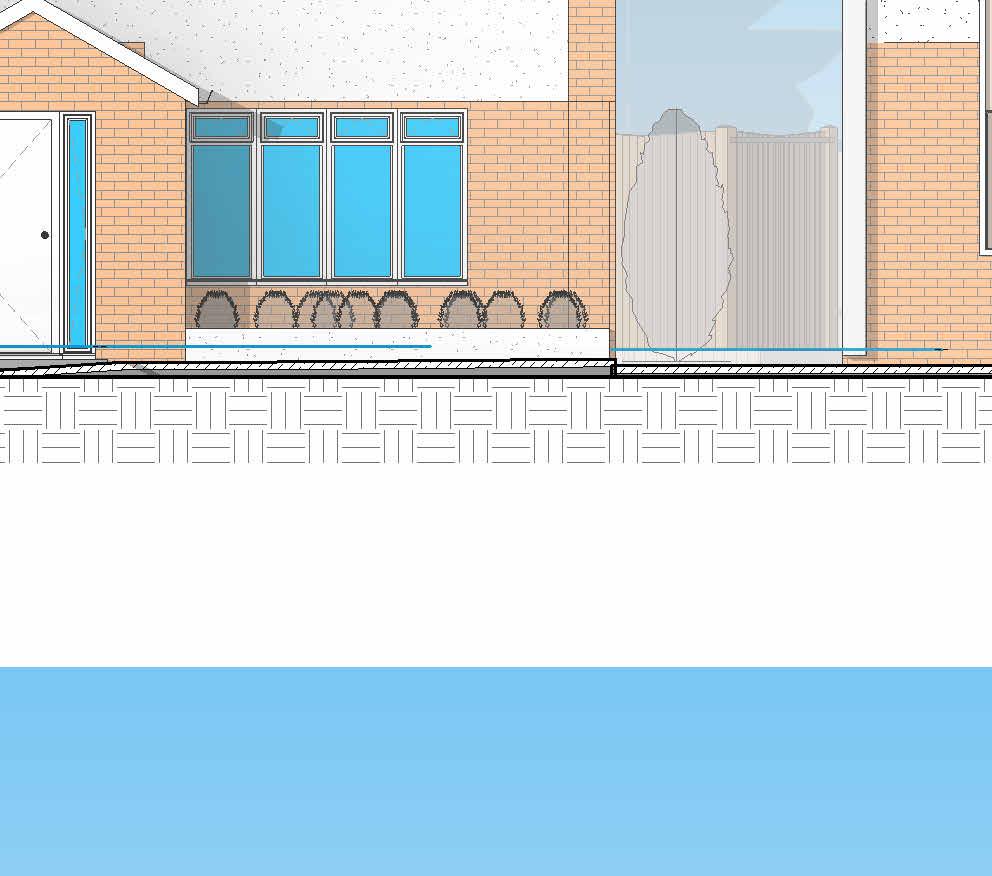
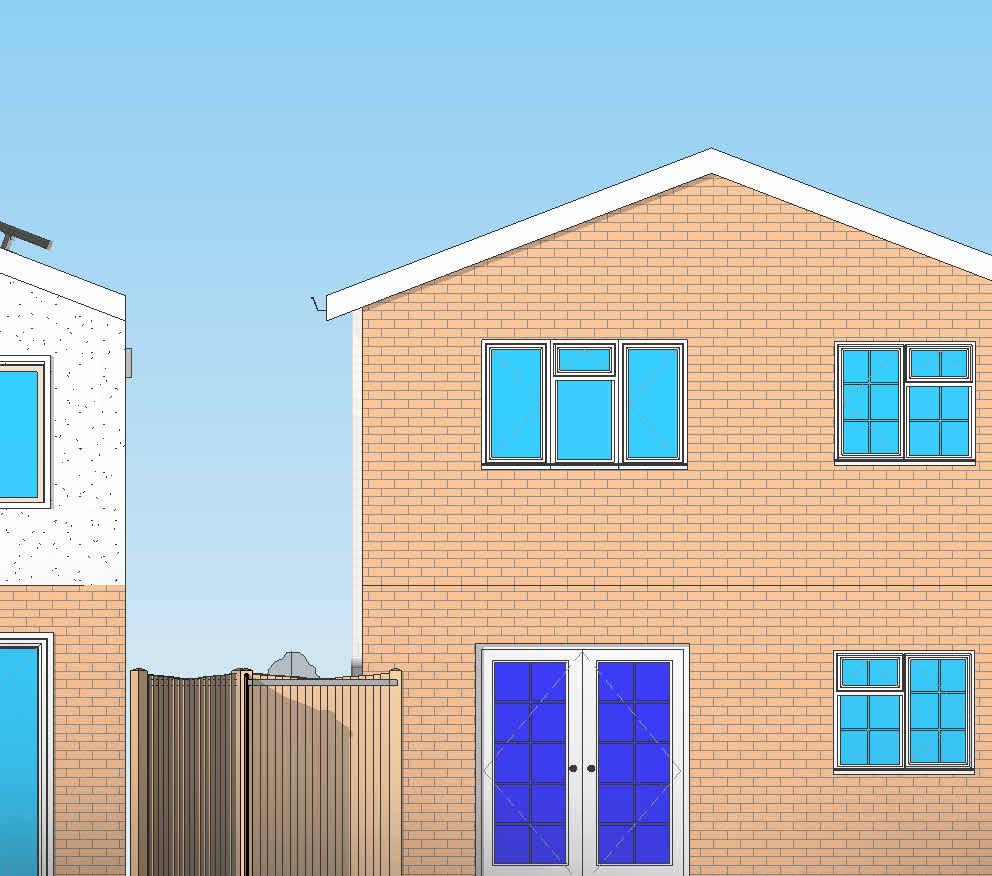
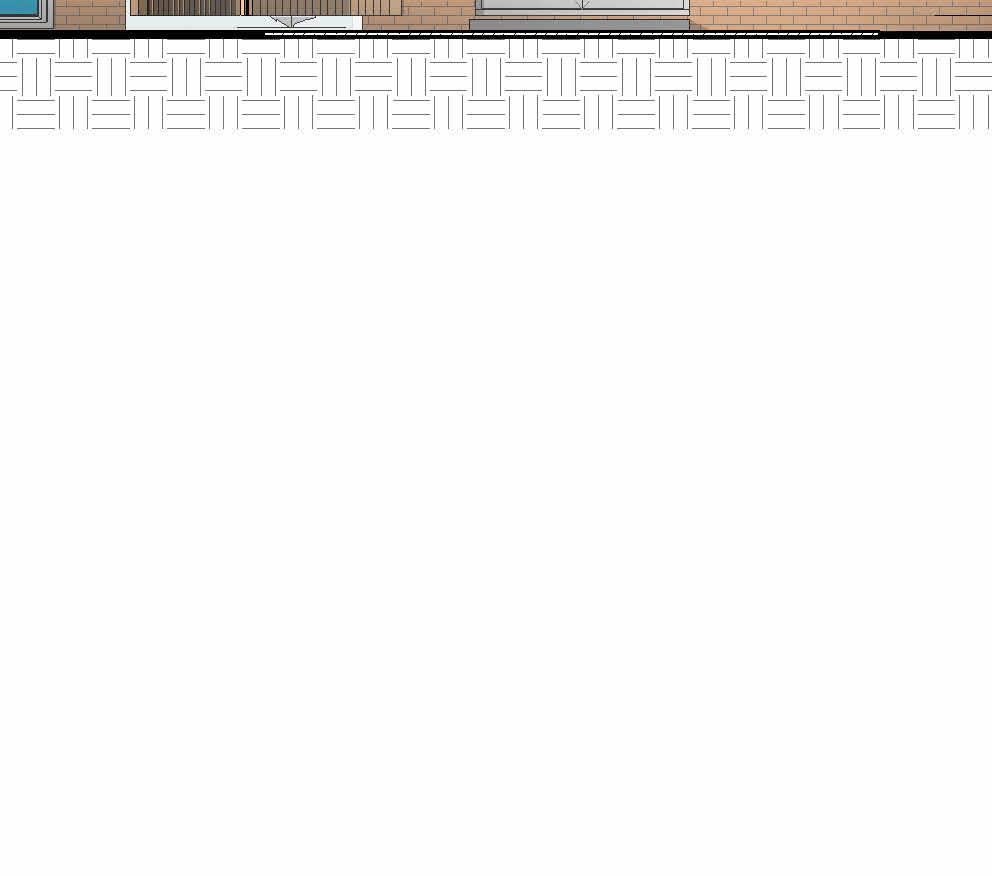
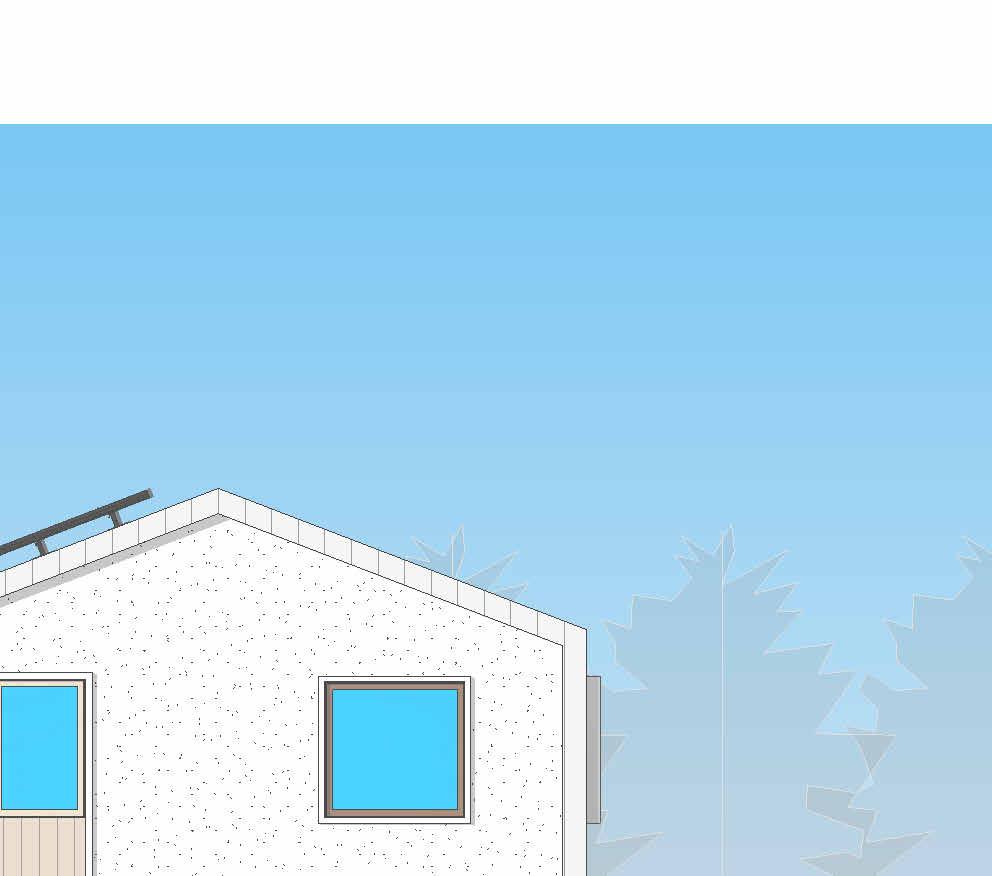
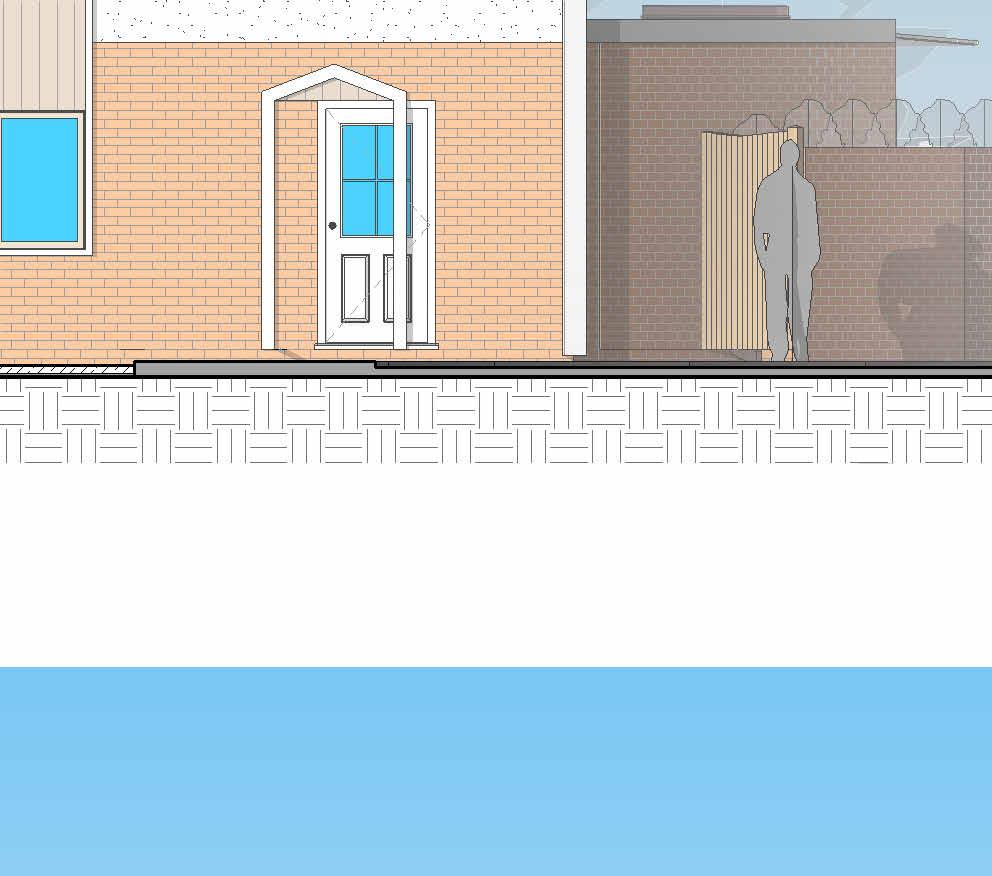
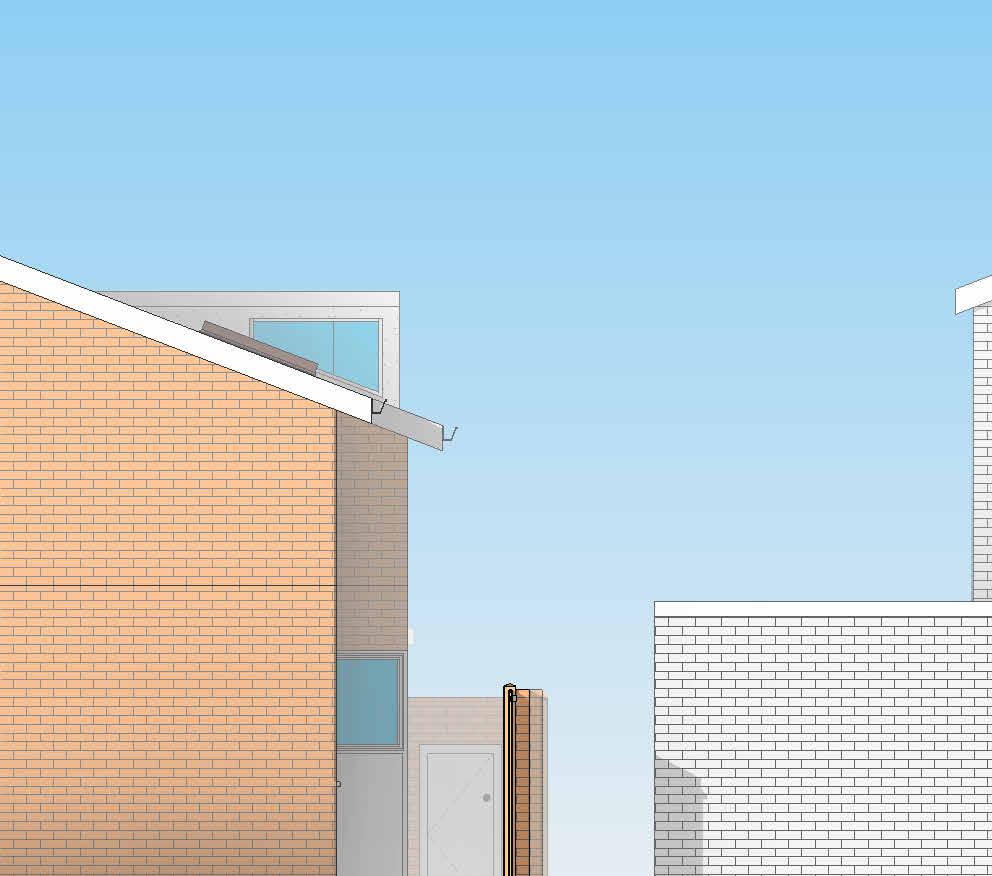
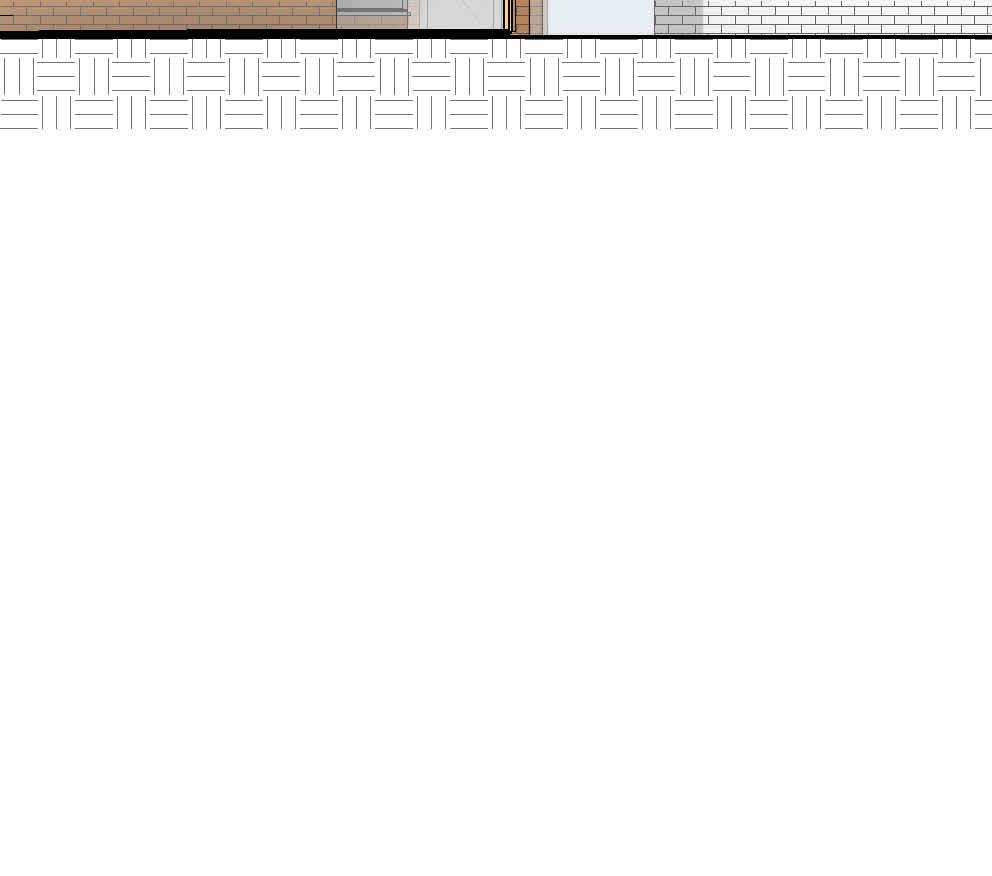

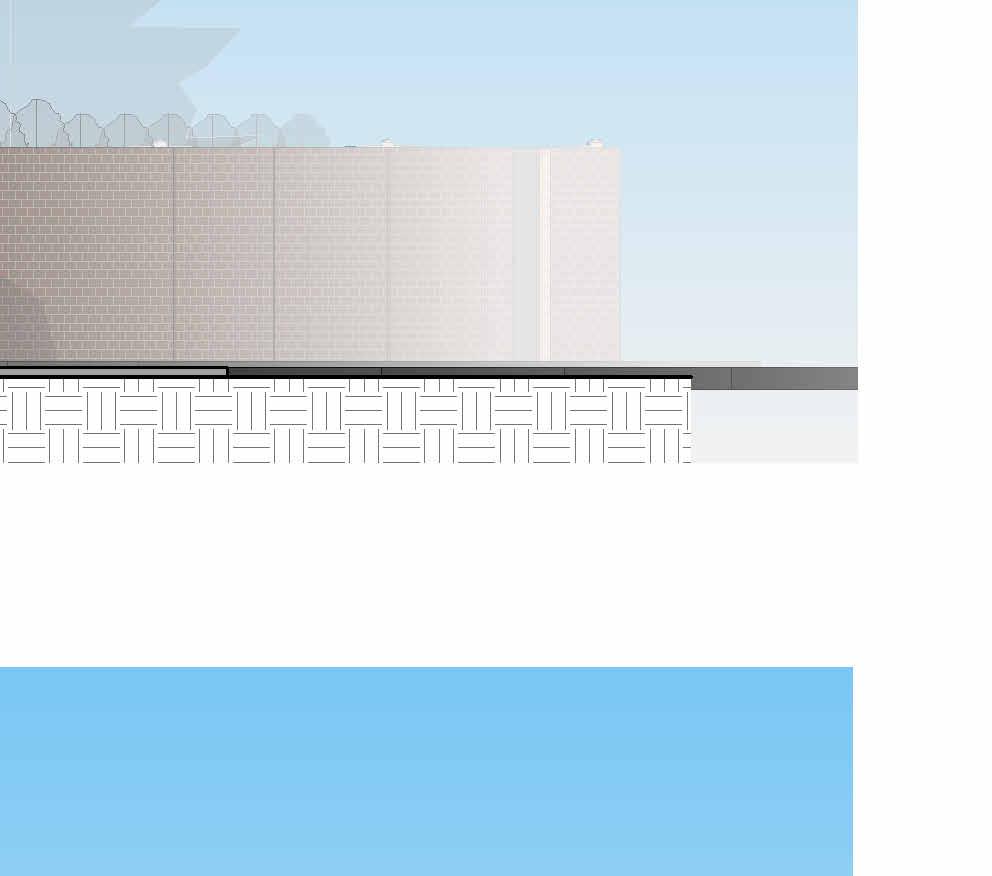
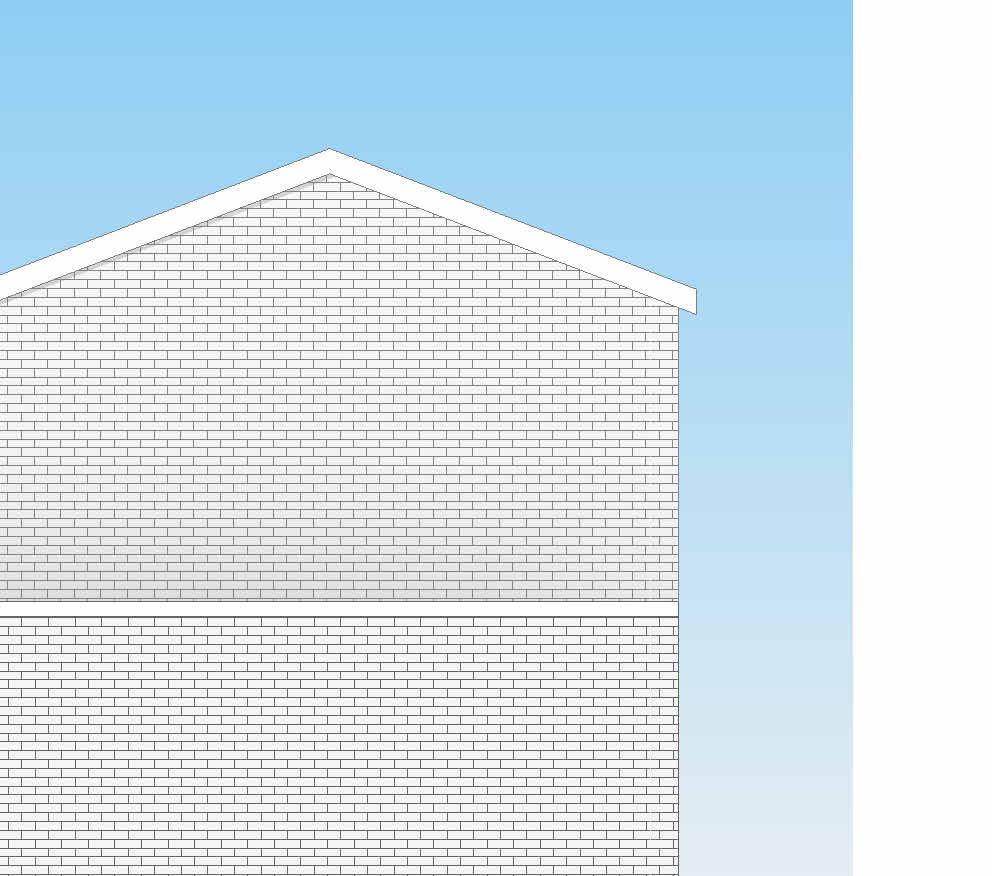
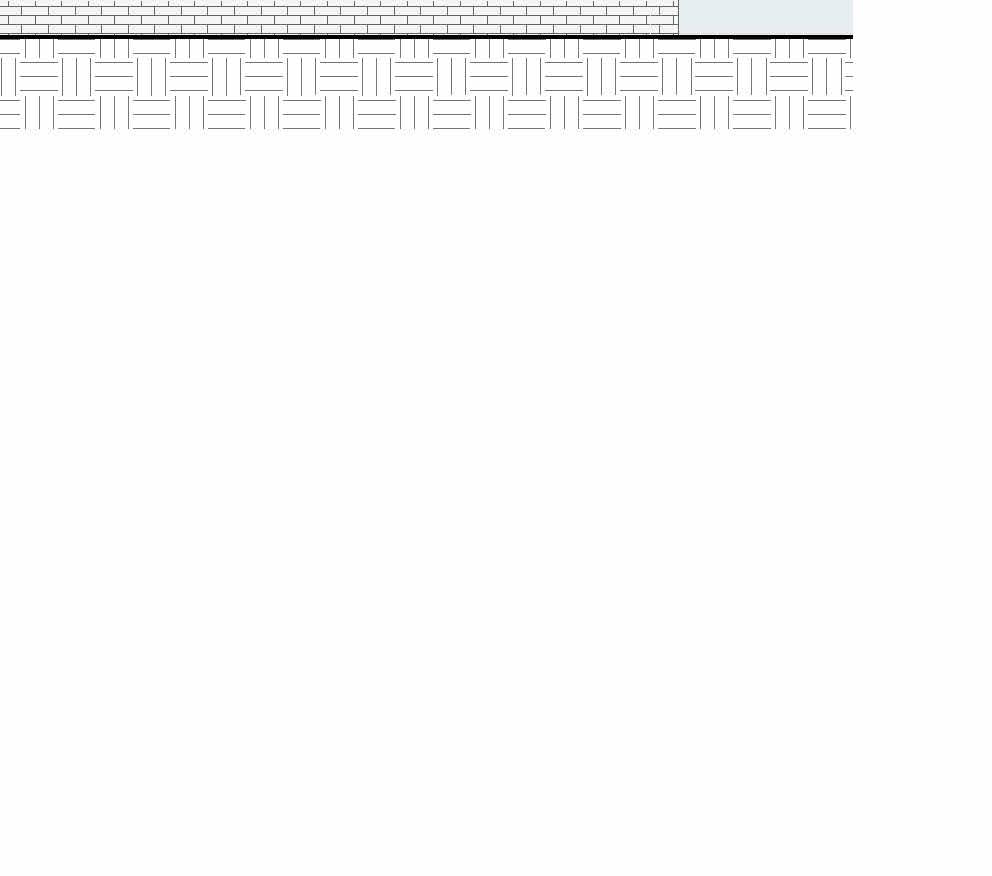

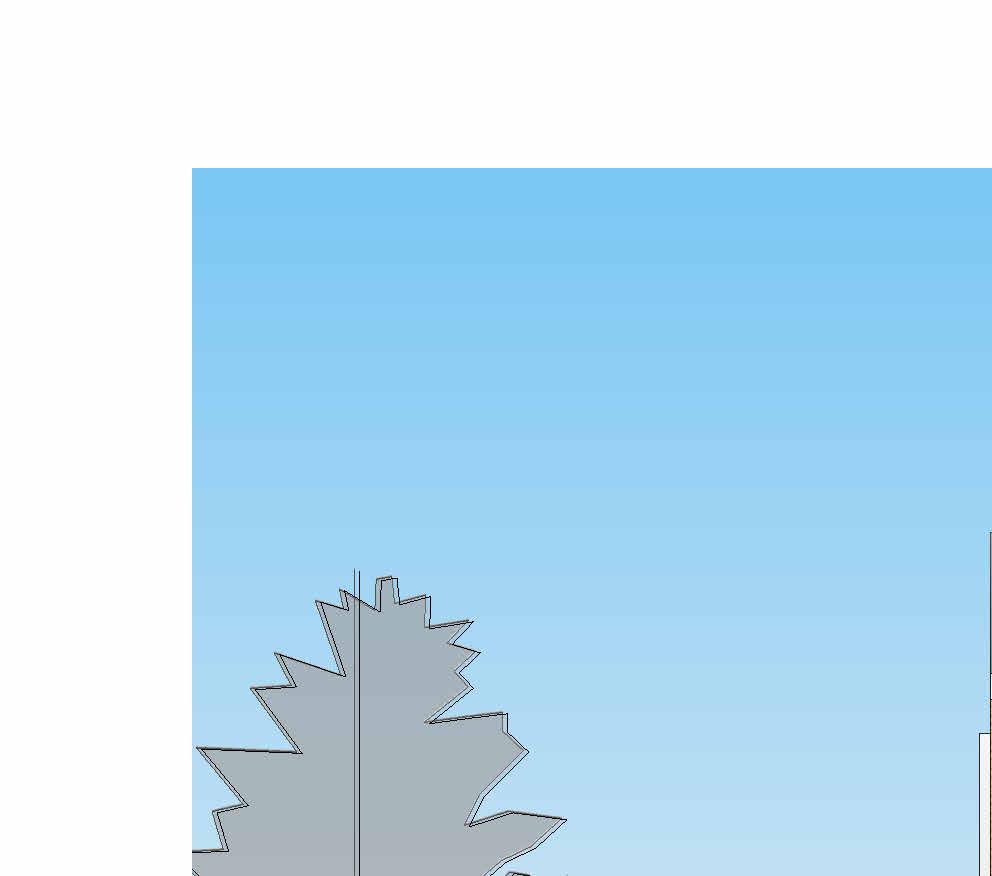
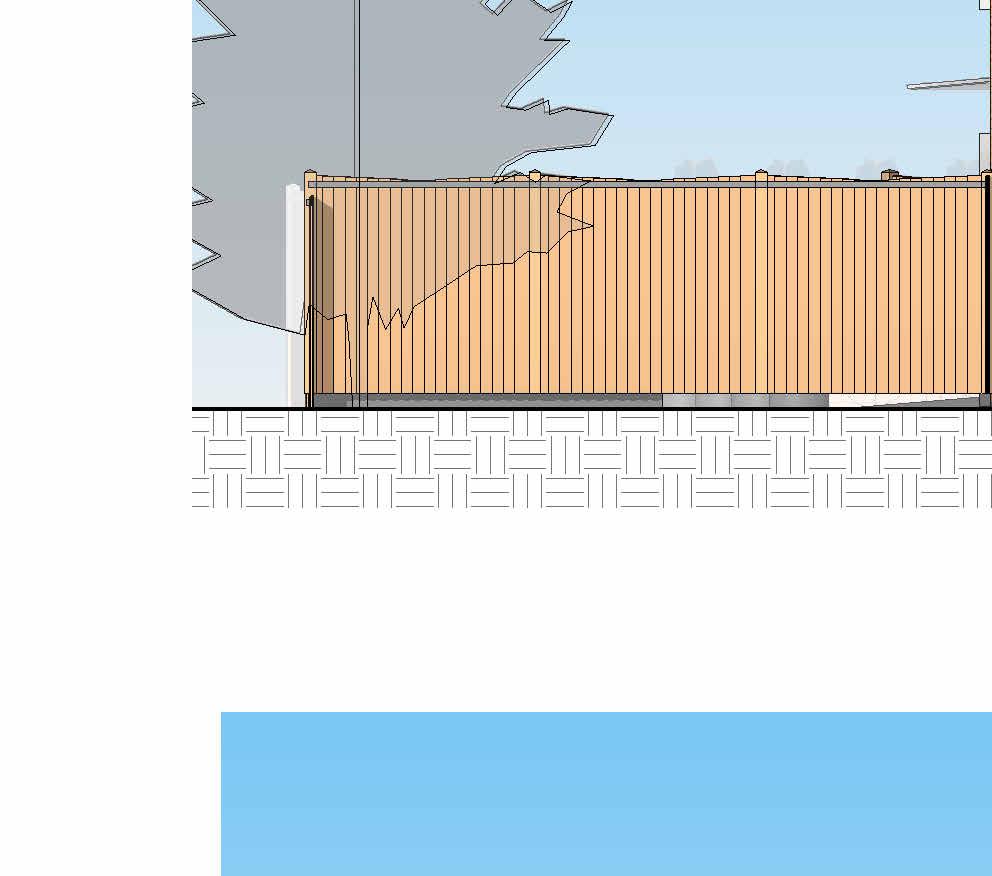

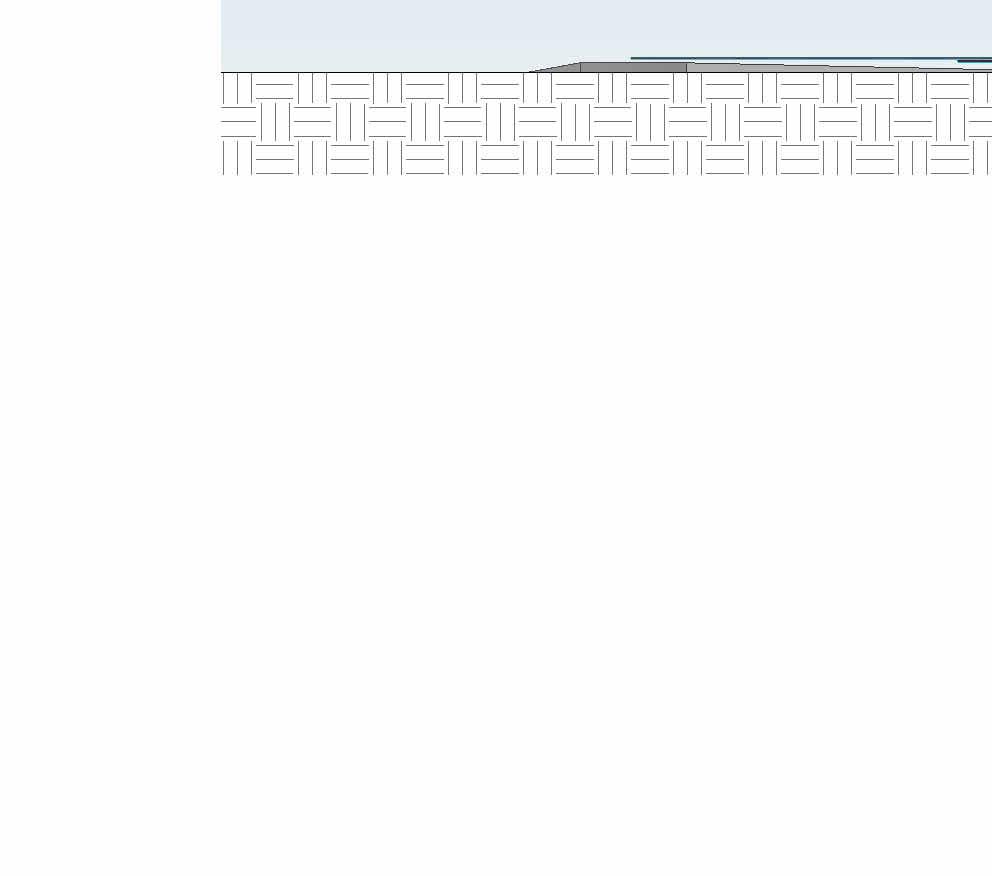
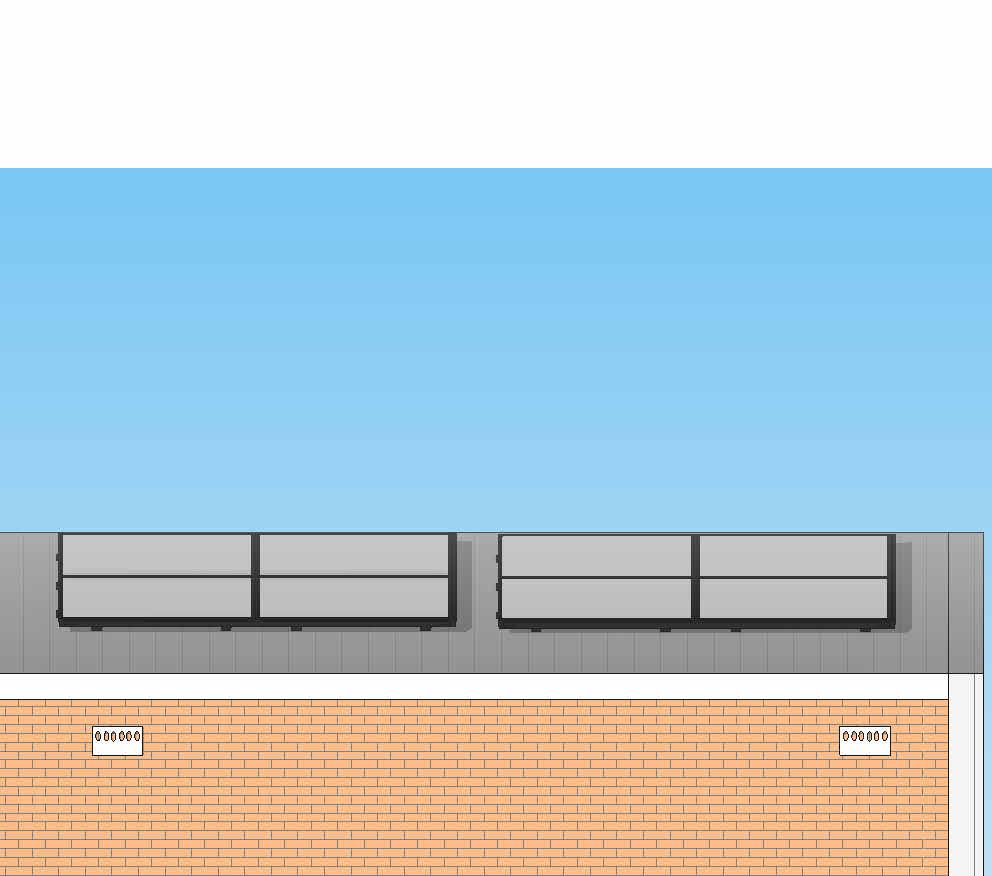
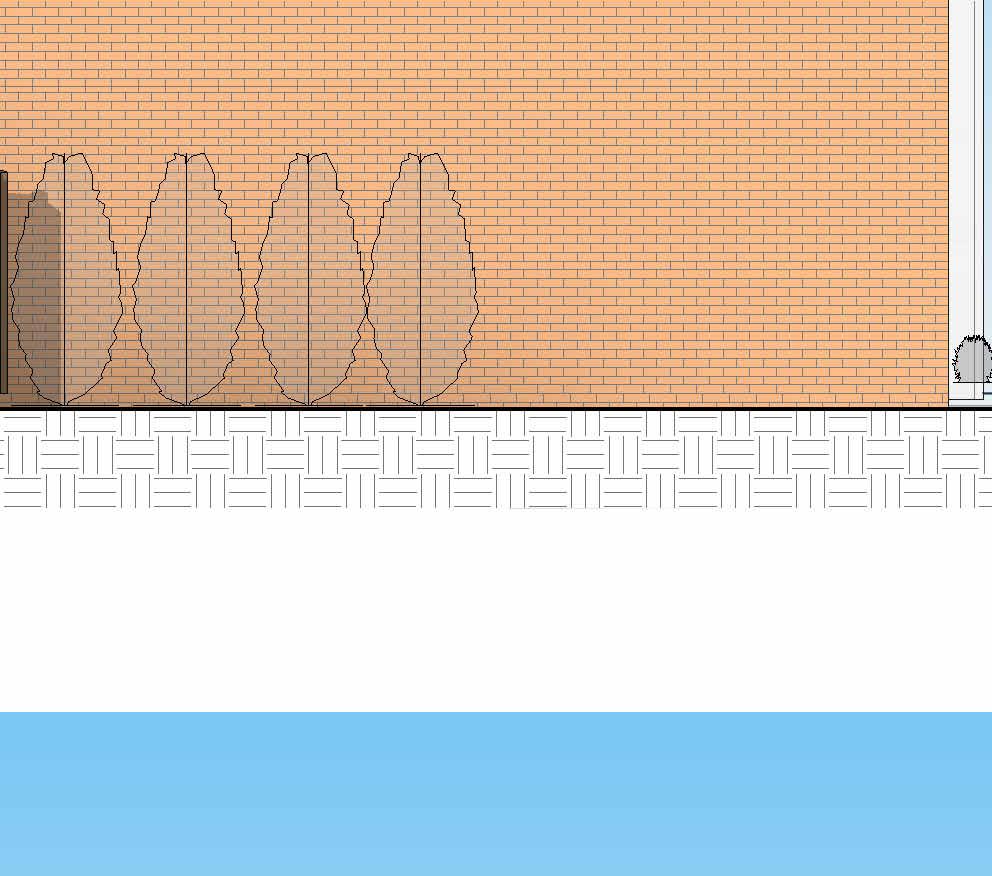
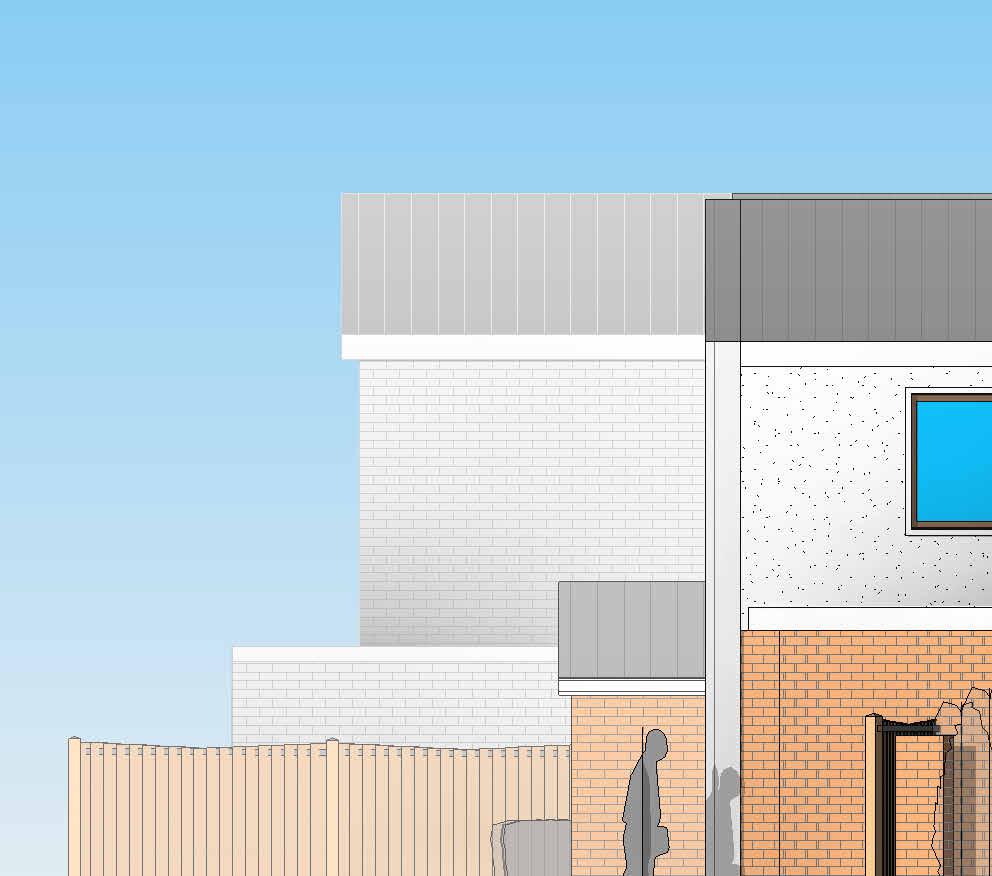
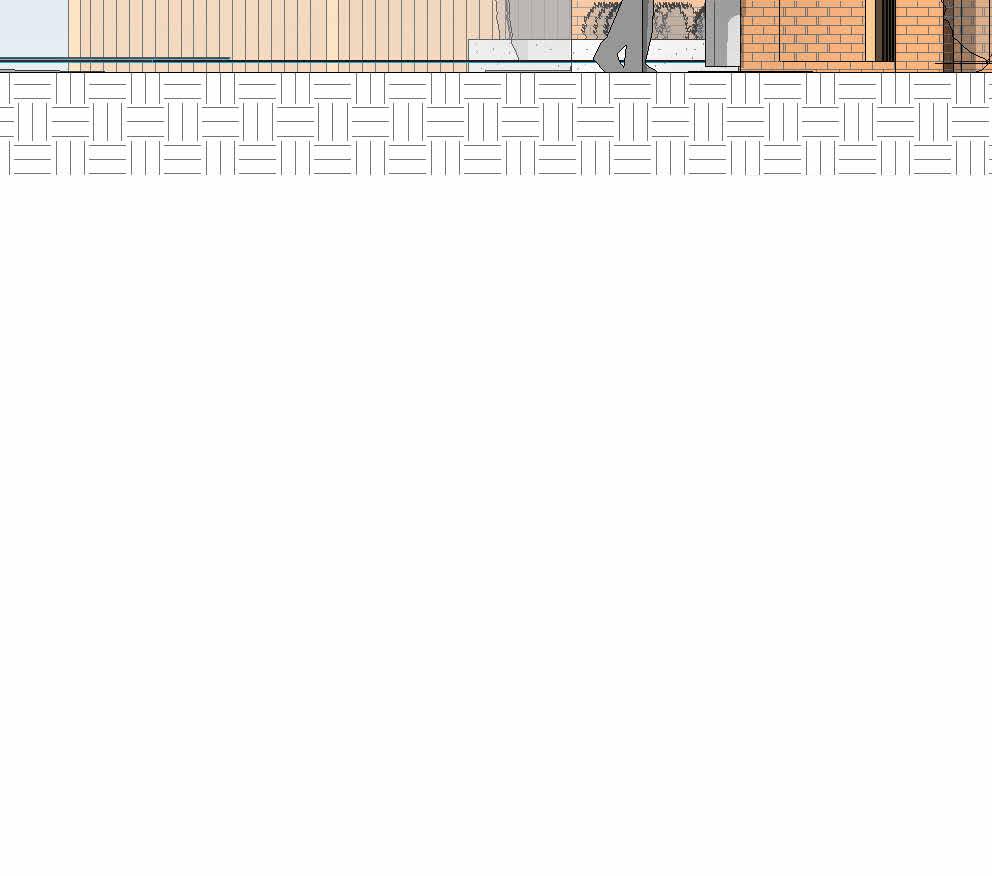

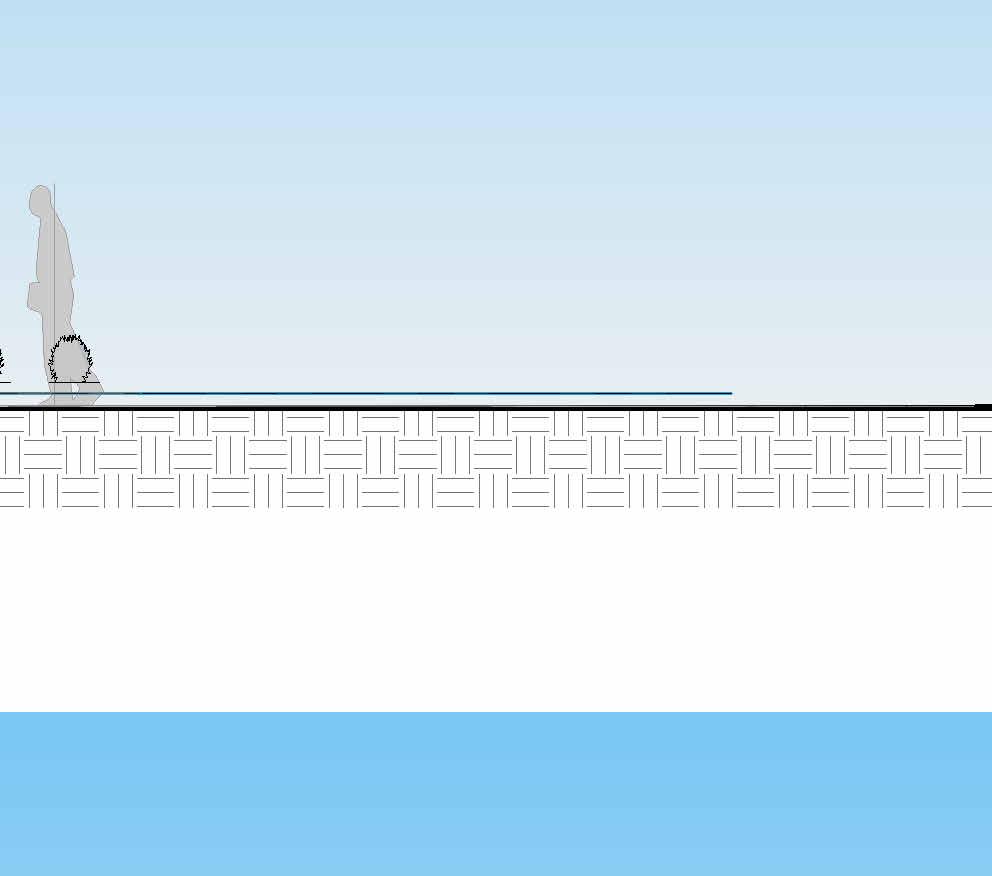
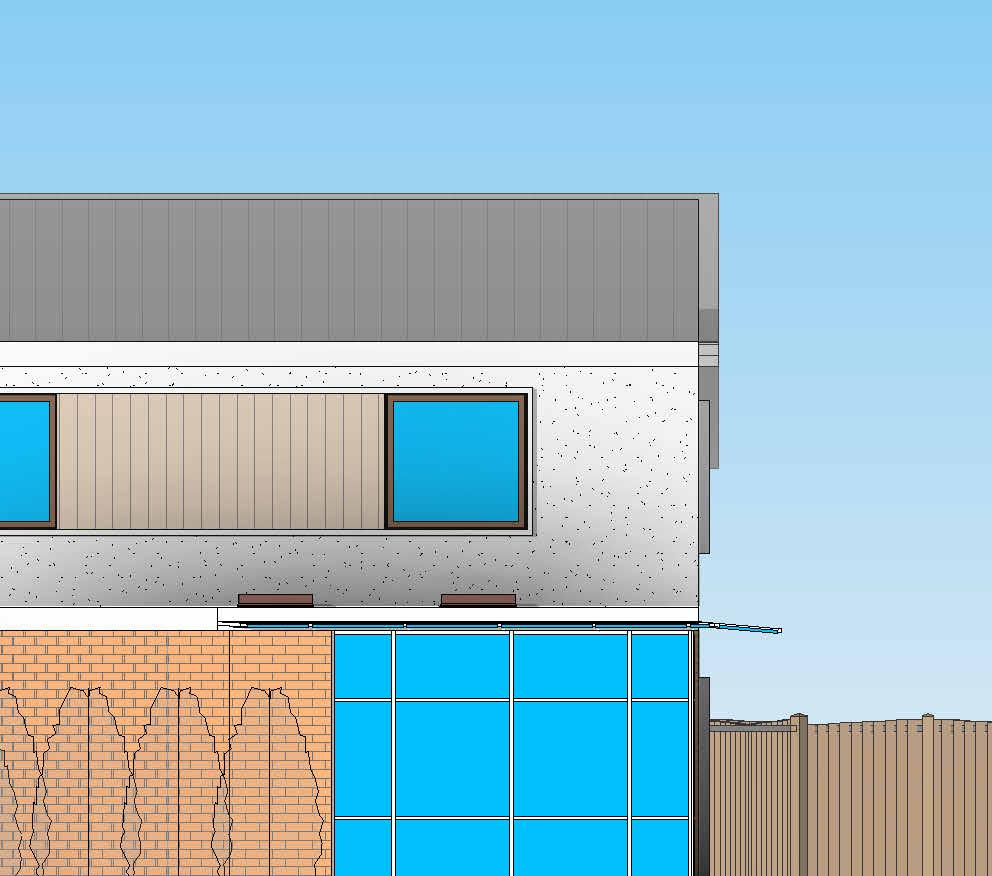
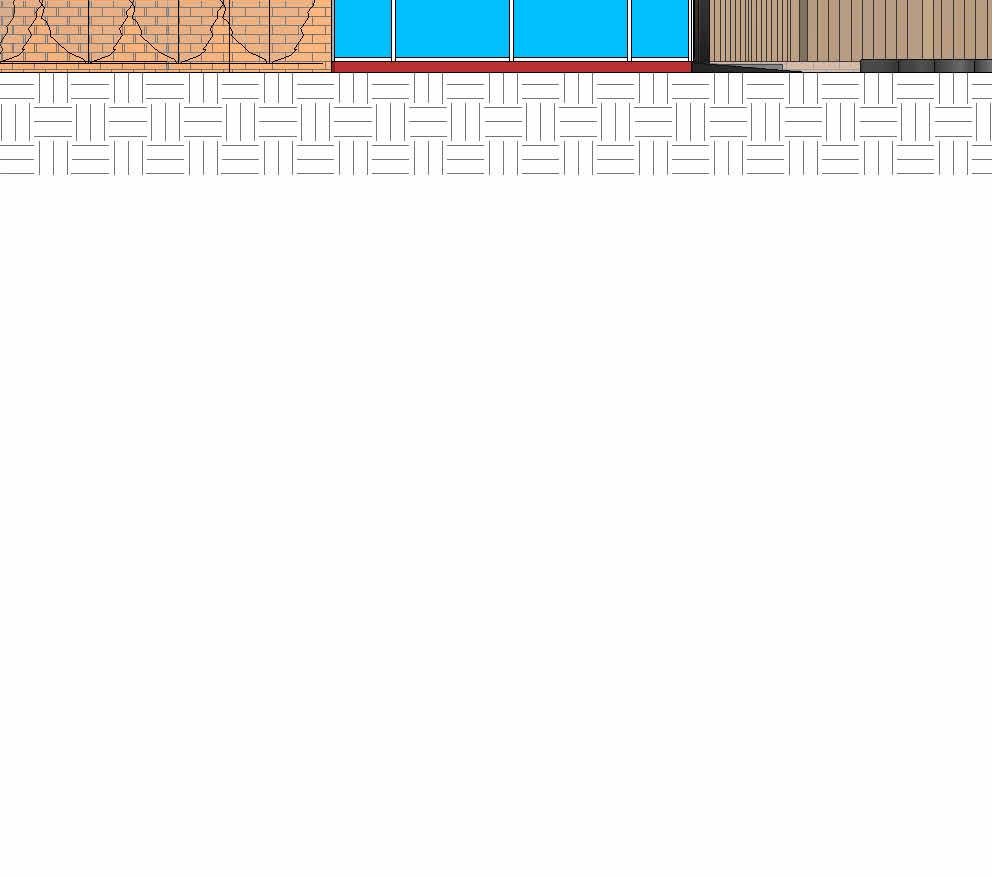

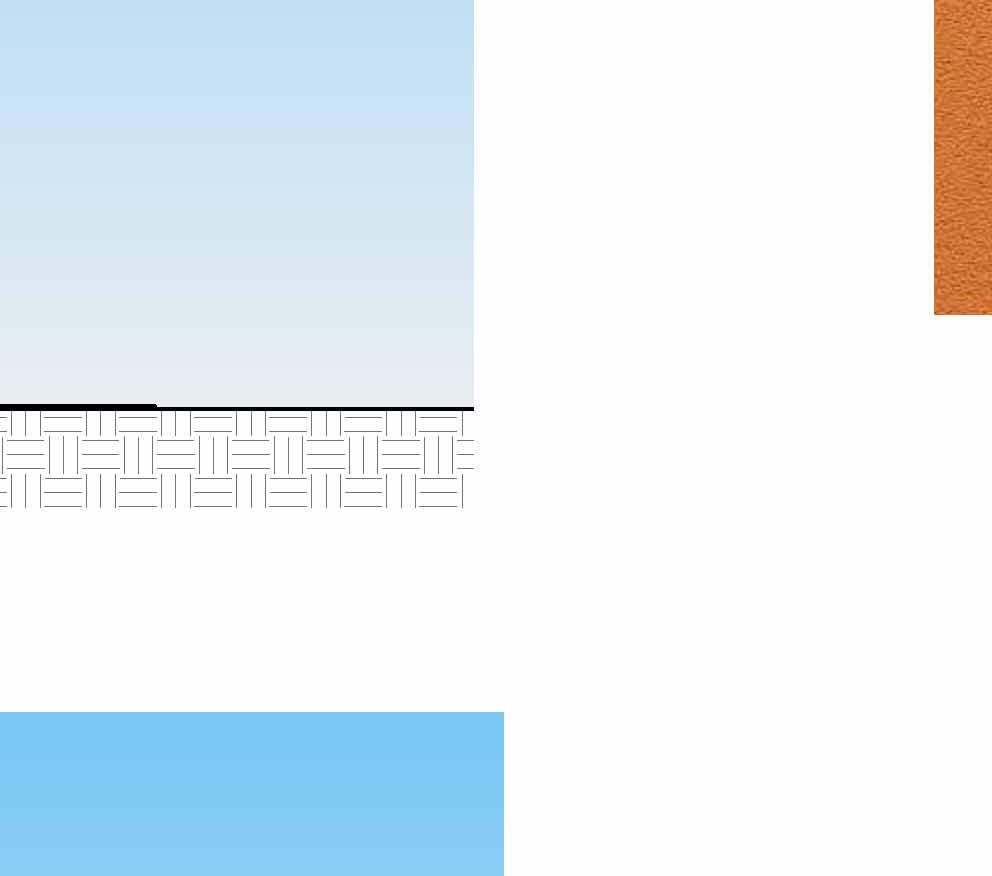
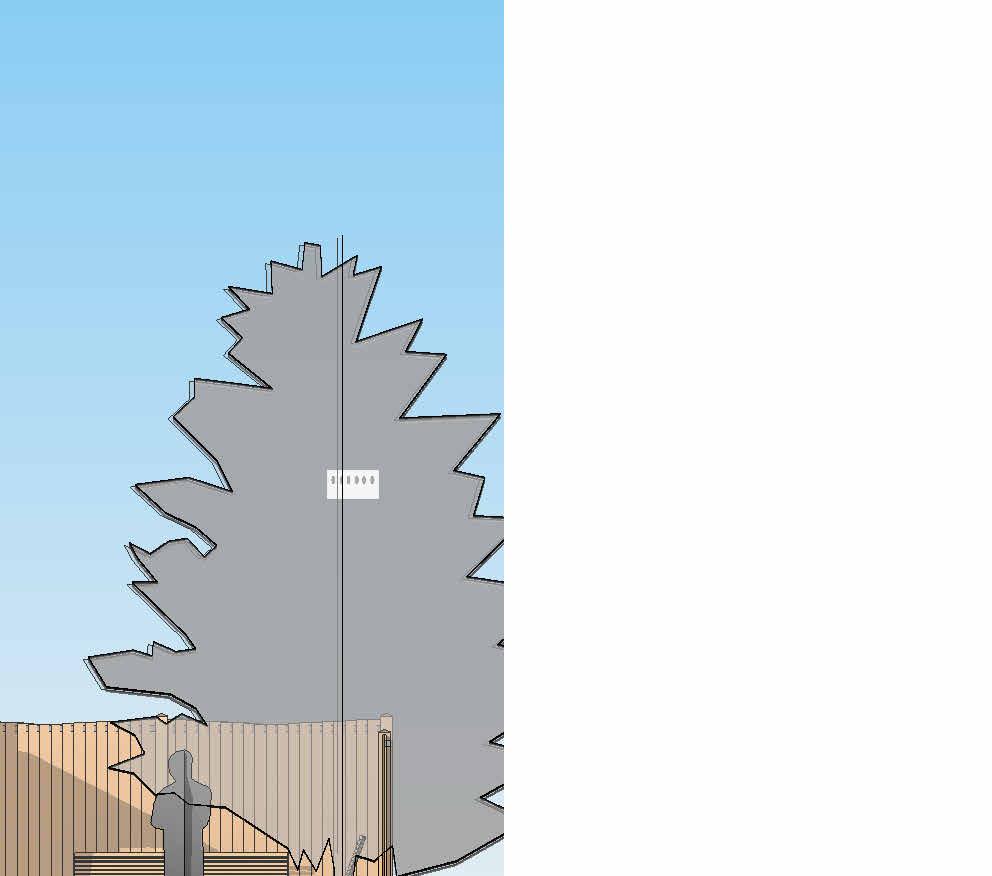
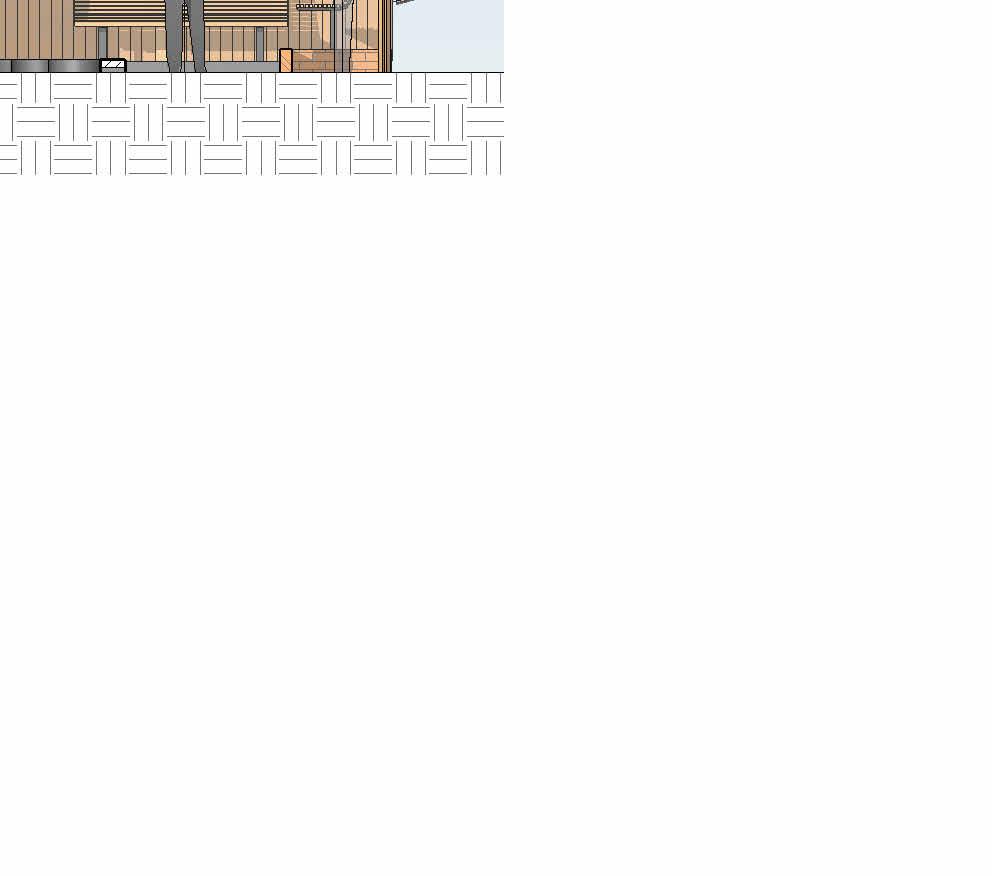

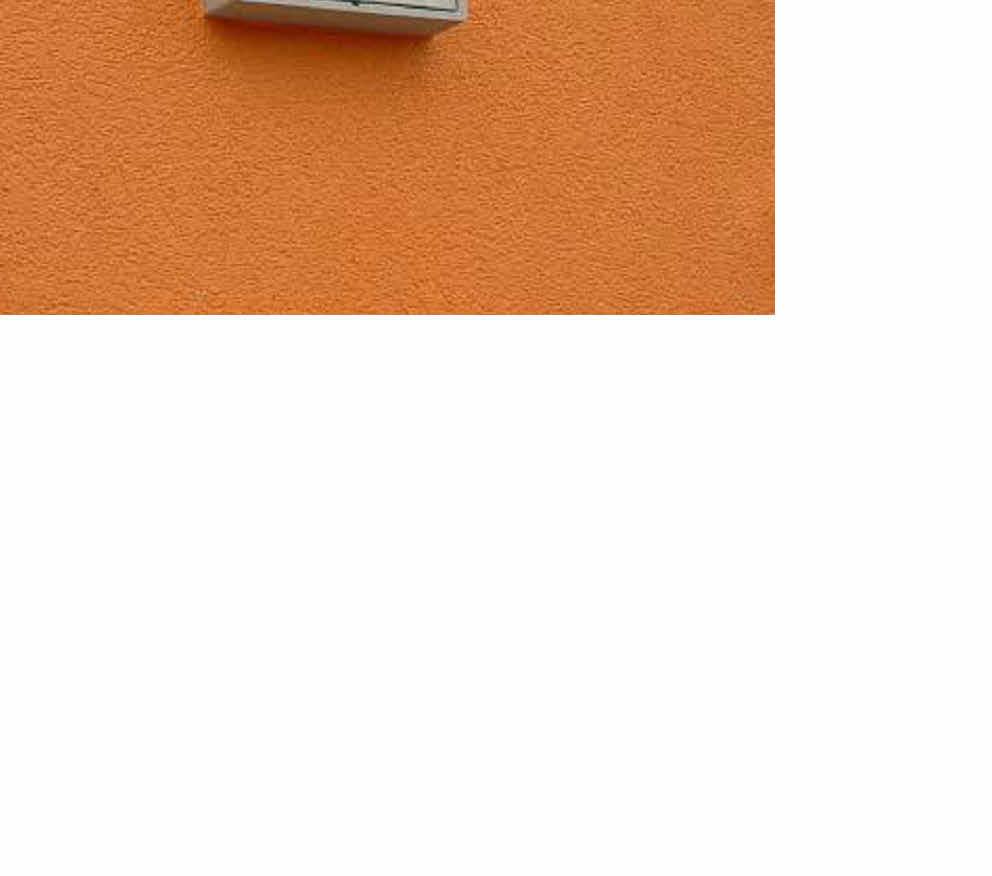




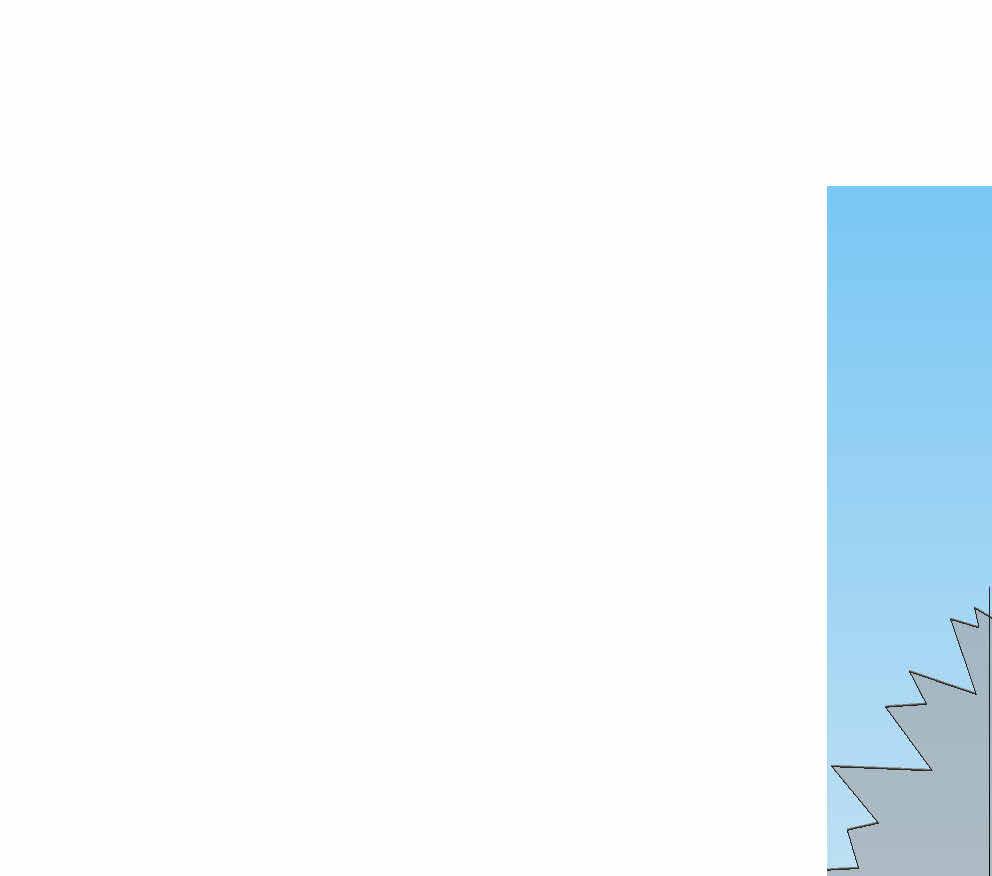
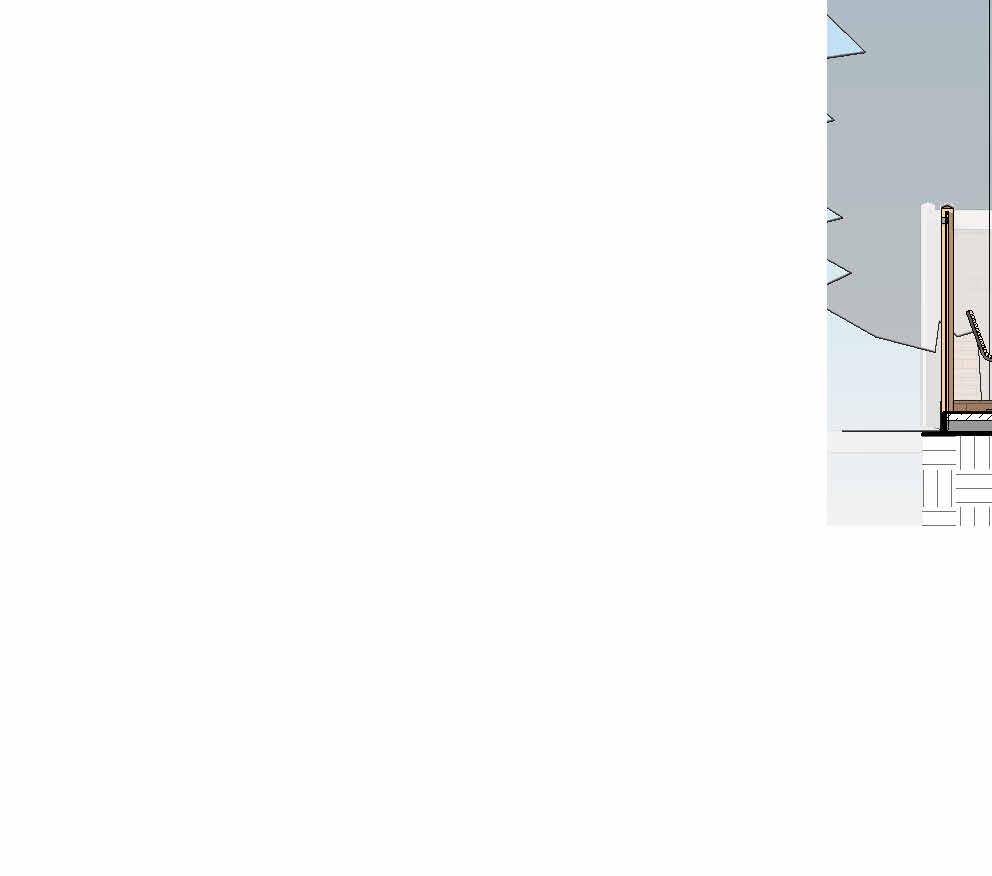


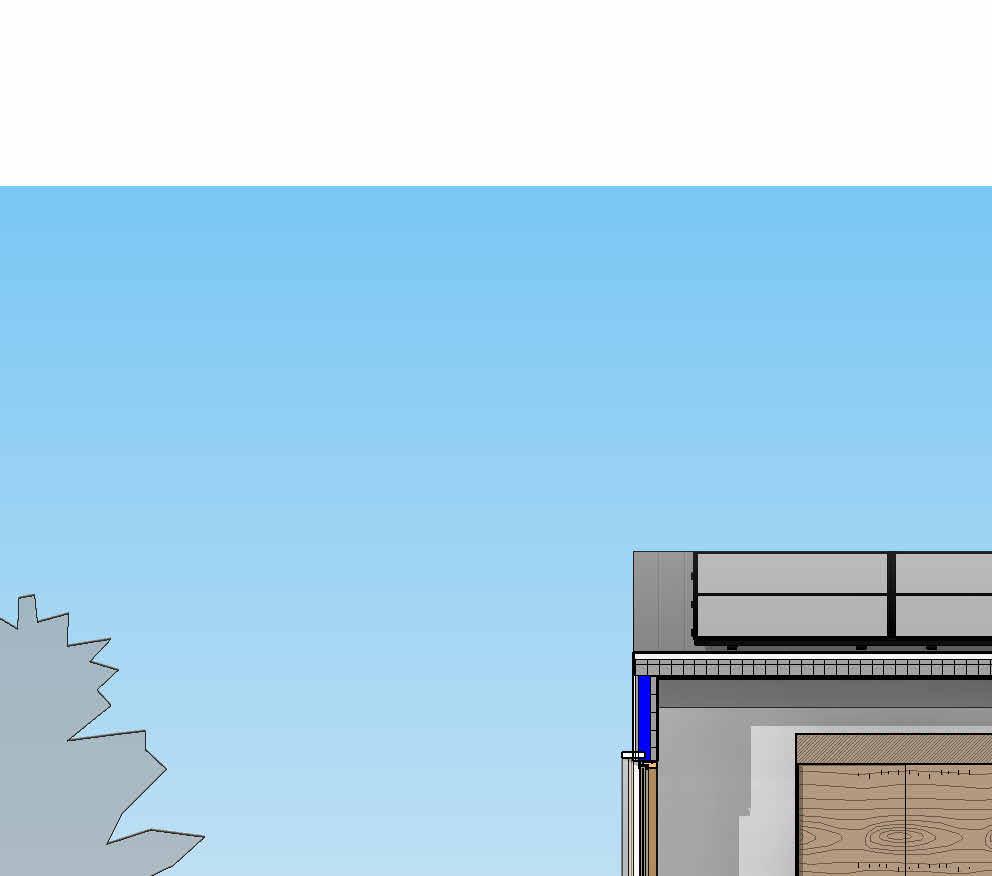
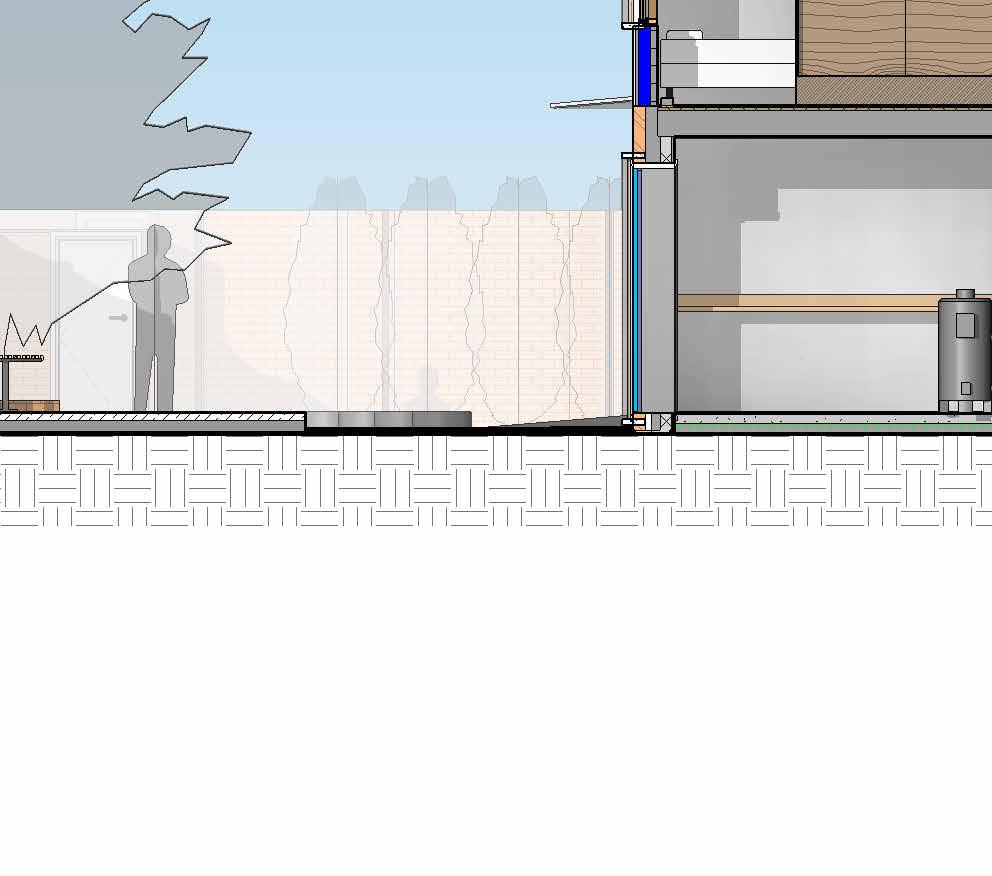


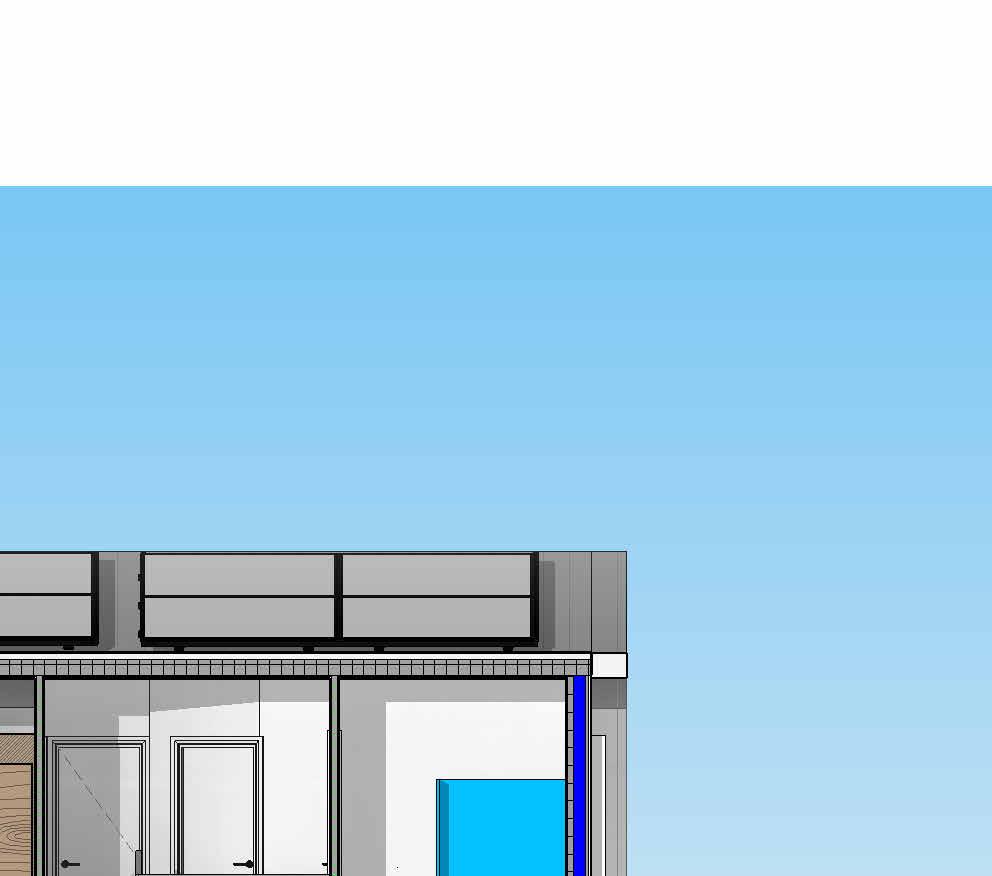
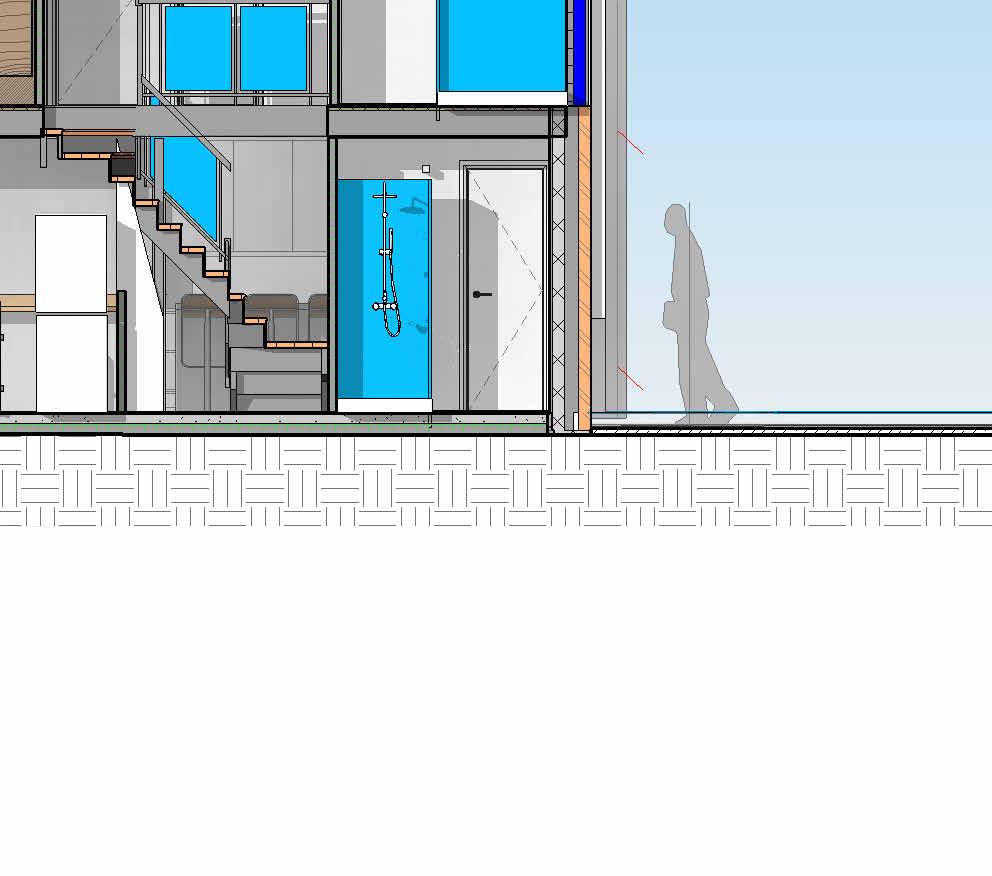



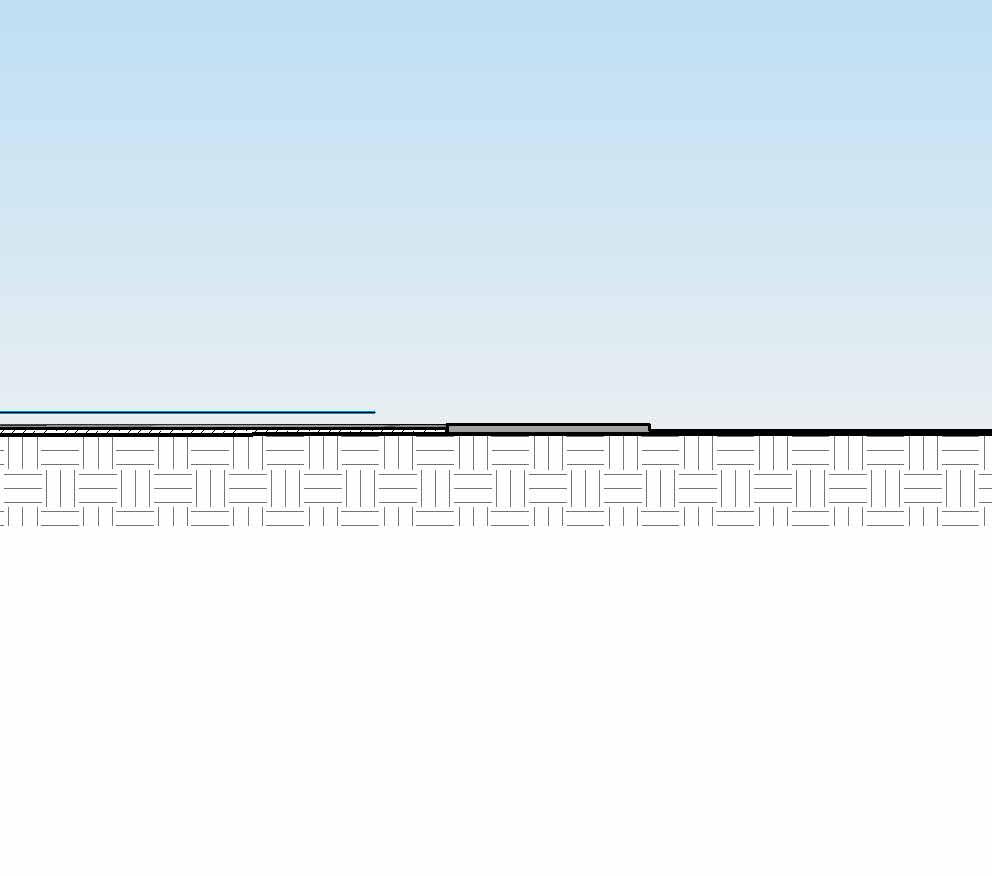



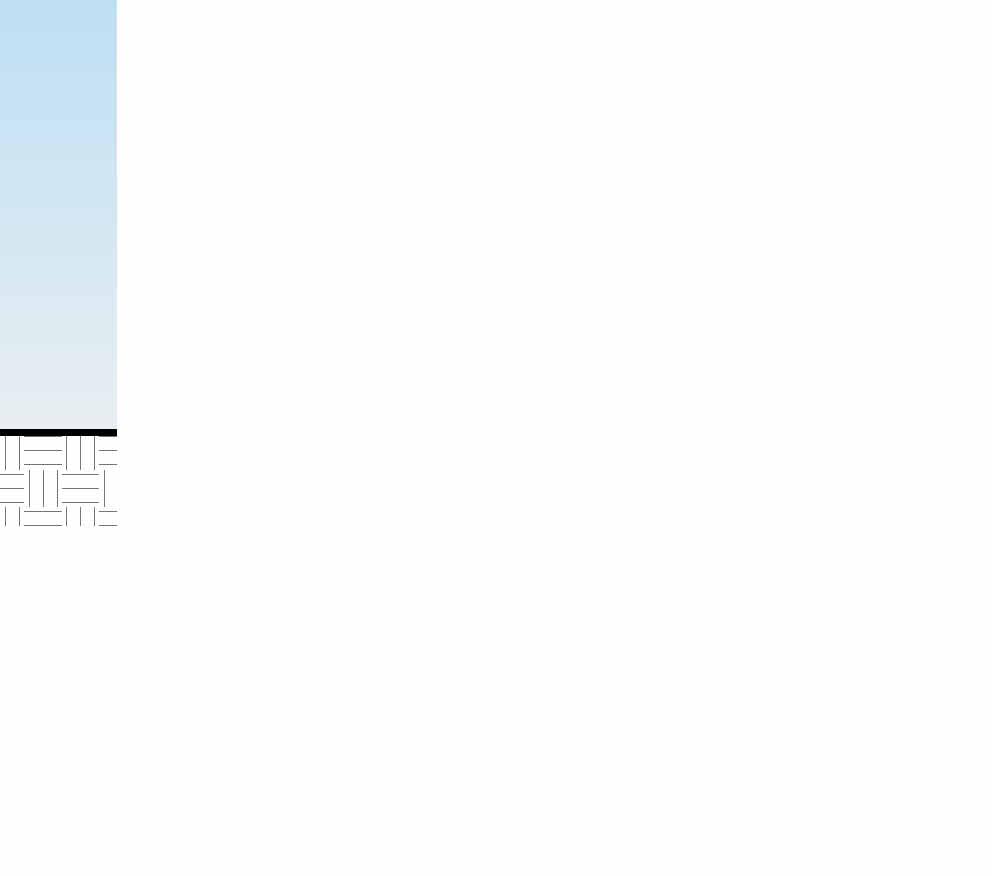



























































































































































































































































































Planting Preparation: All plants shall be planted between 31st October and 31st March but according to climatic conditions at the time
1.2. Trees
1.2.1. Trees are to be container grown and selected according to guidelines BS:3936: Pat 1: 1992Nursery Stock. This will ensure that they ore of good form and condition.
1.2.2. Planting pit A planting hole will be excavated by hand and will be twice the diameter of the rootball and of equal depth. The sides of the hole should be roughened with the spade. The new tree should be offered into the hole and backfilled using the original soil material. Soil amendments such as compost should not be added as this has been shown to be detrimental to successful establishment of plants.


1.2.3. Stalking All of the proposed new plantings are Standards to Extra Heavy Standards and are therefore relatively large. Staking will be required in order to prevent issues within the first year. Stakes should be positioned either side of the rootball before backfilling to avoid unnecessary damage to the roots it driven in. If the distance between tree stem and stake is too large for ties, the stake may be angled to facilitate tying. Adjustable and flexible tree ties will be used. These are to be attached at a point no more than one third of the way up the stem. Ties should be inspected after one year and adjusted as required. Only if establishment is particularly slow, should stakes remain in place longer than three growing seasons.
1.2.4. Mulching A woodchip mulch should be applied around the base of each tree tog depth of no less than 75mm. This will conserve water close to the soil surface and inhibit weed growth.
1.2.5. Timing: Planting should be carried out by a reputable contractor during the dormancy period for deciduous species (November to February).
1.2.6. Aftercare : All newly planted trees are to be thoroughly watered immediately after planting and during any prolonged periods of dry weather. Once planted, the trees should be inspected regularly for signs of poor condition or damage. Any poor quality, damaged or missing specimens are to be replaced. Tree ties should be inspected annually. and adjusted if required. Tree ties and stakes should be removed within three years of planting unless establishment deemed unusually sow.
1.3. Shrubs:
1.3.1. Handling of plants to be in accordance with current National Plant Specification Section 10.2 Handling & Establishing landscape Plants
1.3.2. All plants and planting operations to comply with current requirements of all Current/relevant British Standard Specifications and the National Plant Specification.
1.3.3. Prior to planting and seeding. all proposed areas of planting and seeding to be cleared of existing vegetation using an appropriate herbicide treatment, and cultivated using a suitable mechanical cultivator, where appropriate, to a depth of 450mm for planting areas and 150mm for seeding. The soil is to be brought to a fine tilth and to even flowing levels. Al weeds including roots. Large stones in excess of 30mm and building debris shall be removed from site and disposed of in the correct manner.


1.4 TOPSOIL
1.4.1. Existing site topsoil is to be stripped and stored for re-use for the purpose of general landscaping works, it is recommended that the storage procedures set out below are followed.
1.4.2. If no existing topsoil is available for re-use then imported topsoil should conform to BS3882:1994 Grades of Topsoil 'General Purpose Grade' suitable for amenity landscape purposes.
14.3. Topsoiling to be caried out in dry conditions, and when the soil is in a dry and friable state. 44. Topsoil for general planting and seeding/turfing shall be free of stones larger than 30mm in any direction, perennial weeds, pant matter and other extraneous material.
1.4.5. Typical recommended topsoil depths for planting are as follows: Shrubs- 450mm. Seed/turf areas 200mm,
1.4.6. Prior to spreading topsoil, subsoil areas to be broken up to a depth of 450mm, depth of ripping dependant on site conditions and other constraints e.g. services.
14.7. Topsoil should be spread evenly on formation levels to a consolidated (not compacted depth of 200mm for gross areas and 450mm for planting areas. All areas to be cultivated using a Suitable mechanical cultivator or other means if required to a depth of 400mm for planting areas and 150mm for seed/turf. The soil is to be brought to a line tilth and to even and flowing levels.
14.8. During final cultivation, any weeds including roots or large stones in excess of 30mm and building debris brought to the surface shall be removed and disposed of in the appropriate manner.
1.5. GRASS

1.5.1. All areas that show weed generation to be re-cultivated and finally prepared to give a fine tilth for good soil to turf contact. Final levelling to be carried out if required using General Purpose Grade topsoil.

1.5.2, Prior to laying turf, apply pre-seeding fertiliser in granular form. Turf to be selected seed grown, laid to from staggered joints.
1.5.3. The turf shall not be rolled at any time during laying or immediately after laying. Any irregularities in level shall be rectified by careful lifting and raking out or infilling with fine soil.
1.5.4. Turf edges shall be neatly trimmed and whole turves used at edges.
1.5.5. Turf must not be laid during frosty or exceptionally dry weather or on waterlogged ground.
1.5.6. If period of dry weather occurs after laying arrangements shall be made to ensure the turf is watered.
1.5.7. On completion of the turfing, the whole area is to be dressed with finely sifted soil., well worked into cracks and joints to fill them to surface level.
2.0 Maintenance
2.1. Replacement of Plants and Material
2.11 At the end of the first growing season all trees and shrubs that are not in a thriving condition shall be replaced
2.12. Any ties on tree stakes shall be adjusted to prevent chafing. Replace damaged tree Stakes.



























































































































































































































































































Biodiversity: Schwegler SP1 Terrace Permanently built-in nesting terrace feature for sparrows for biodiversity











Ecological Enhancements
Hedgerow Planting/Enhancment
Dead Wood Pile
Hedgehog House
Woodstone Insect Block type Insect Hotel


Hedgerow Planting/Management:.

Hedgerow Planting/Management:.


1B Schwegler type Bird Box
1SP Schwegler type Bird Box
Note: All bird boxes, insect hotels and hedgehog houses are to be sourced from NHBS (https://www.nhbs.com/) to ensureb the products used are in line with the recommendations made on this plan
Hedgehog House:
A hedgehog house will be placed in the north-east corner of the proposed lawn area, to increase the available shelter resource at the site for hedgehog. Placing the hedgehog house here will also ensure it is suitably connected (via the area of roposed ornamental planting) to the corridor of vegetation along the northern oundary of the site, which provides connectivity to neighboring gardens. The integrity of the hedgehog house should be checked on an annual basis up to 10 years after the completion of the scheme.
Insect Hotel:





Two insect hotels (Woodstone Insect Block type) will be installed on retained trees, to increase the shelter resource at the site for invertebrates, including solitary bees. Insect hotels should be installed on south-facing aspects of tree stems to increase the likelihood of use by invertebrates. The integrity of the insect hotels should be checked every two years up to 10 years after the completion of the scheme.




Deadwood Piles:
Bird Boxes:

Three bird boxes will be incorporated into the scheme; it is recommended that two natural cavity nest boxes (1B Schwegler type) be hung from retained trees and one sparrow terrace (1SP Schwegler Type) be hung on the north elevation of the proposed building. The bird boxes should be hung at heights of 2-3m on northwest, north or north-east facing aspects, to increase the likelihood of use by nesting birds. The bird boxes should be cleaned outside of the nesting bird season (March-September inclusive), through removing old nesting material/debris, on an annual basis and up to 10 years after the completion of the scheme. This can be undertaken by anyone provided they are reasonably certain that the nest box is not in use

Hedgerow Planting/Management:
Newly planted hedgerows, particularly around the site boundaries, will include native woody species such as hawthorn, blackthorn, field maple and honeysuckle. Any retained hedgerows will also be planted up, where practicable, with these species to increase the native woody species diversity of these existing hedgerows. This will increase the value of the new and retained hedgerows at the site to the target species groups, amongst others.The hedgerows and trees at the site will be managed outside the nesting bird season (March-september inclusive) to avoid the need for a preworks check for nesting birds by an Ecological Clerk of Works (ECoW). It should be noted that birds can nest at any time of year, so even if works are time to be between October-February as recommended here, the contractor undertaking anagement works should be sure no birds are nesting within the vegetation to be managed before commencing works. Factoring in the consideration for nesting birds, management of hedgerows should be undertaken in line with the recommendations set out in the landscape ‘Maintenance Notes ’ prepared by John Davies Landscape.


Two deadwood piles will be instated in the north-east and north-west corners of the site. These deadwood piles will provide additional shelter and foraging resource at the site for species including reptiles, hedgehog and invertebrates. Increasing the suitability of the site for species groups such as invertebrates increases the availability of forage for other target species groups, namely bats and birds.

